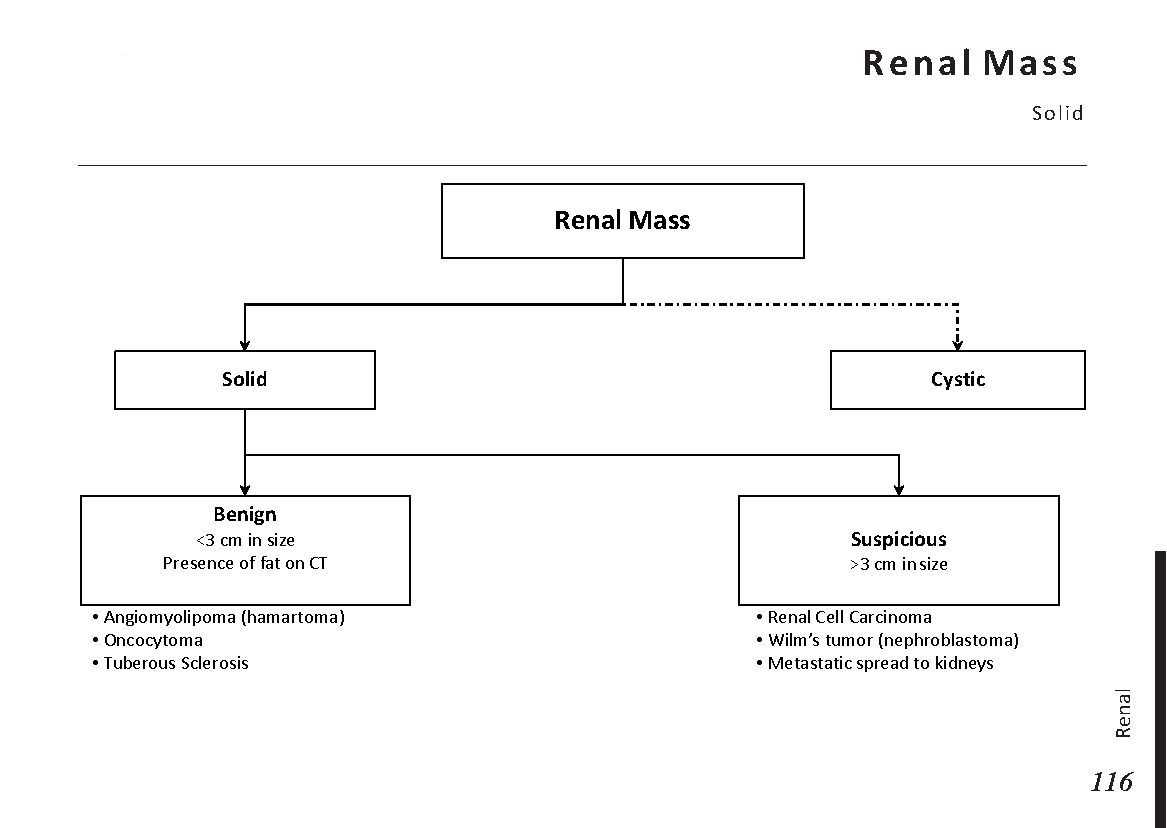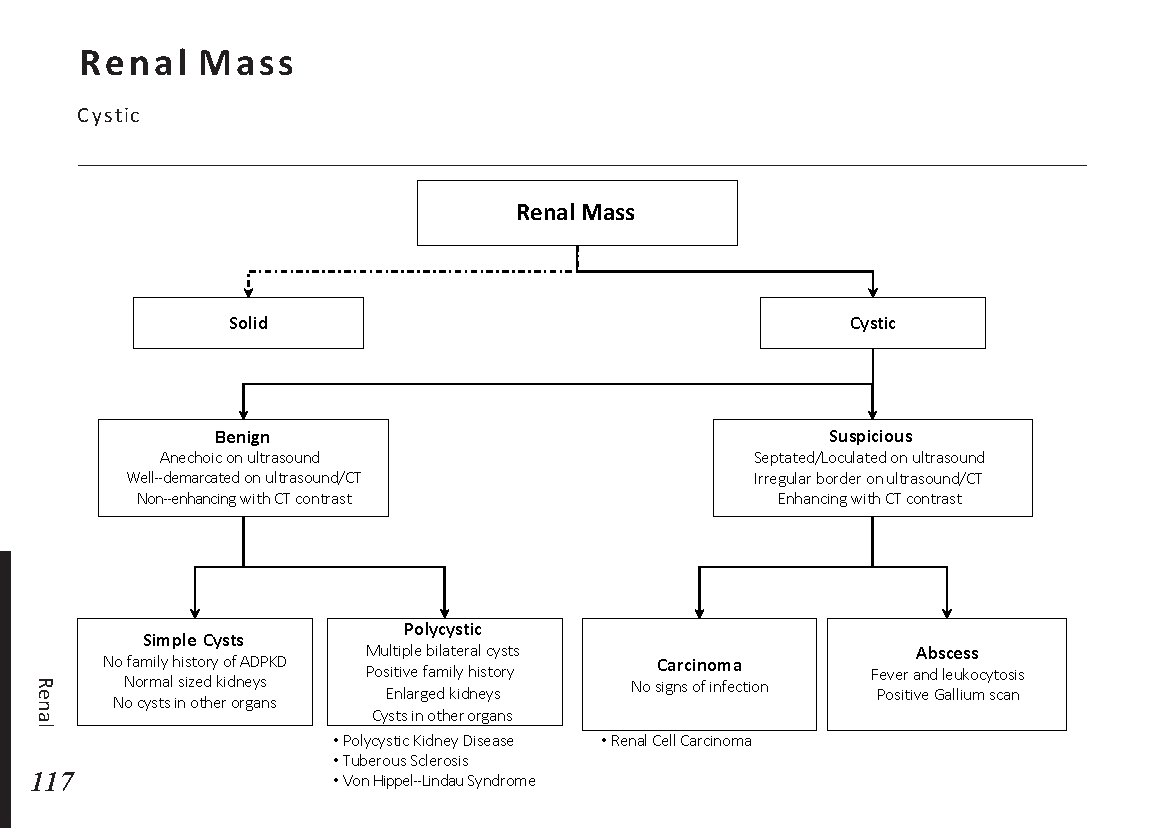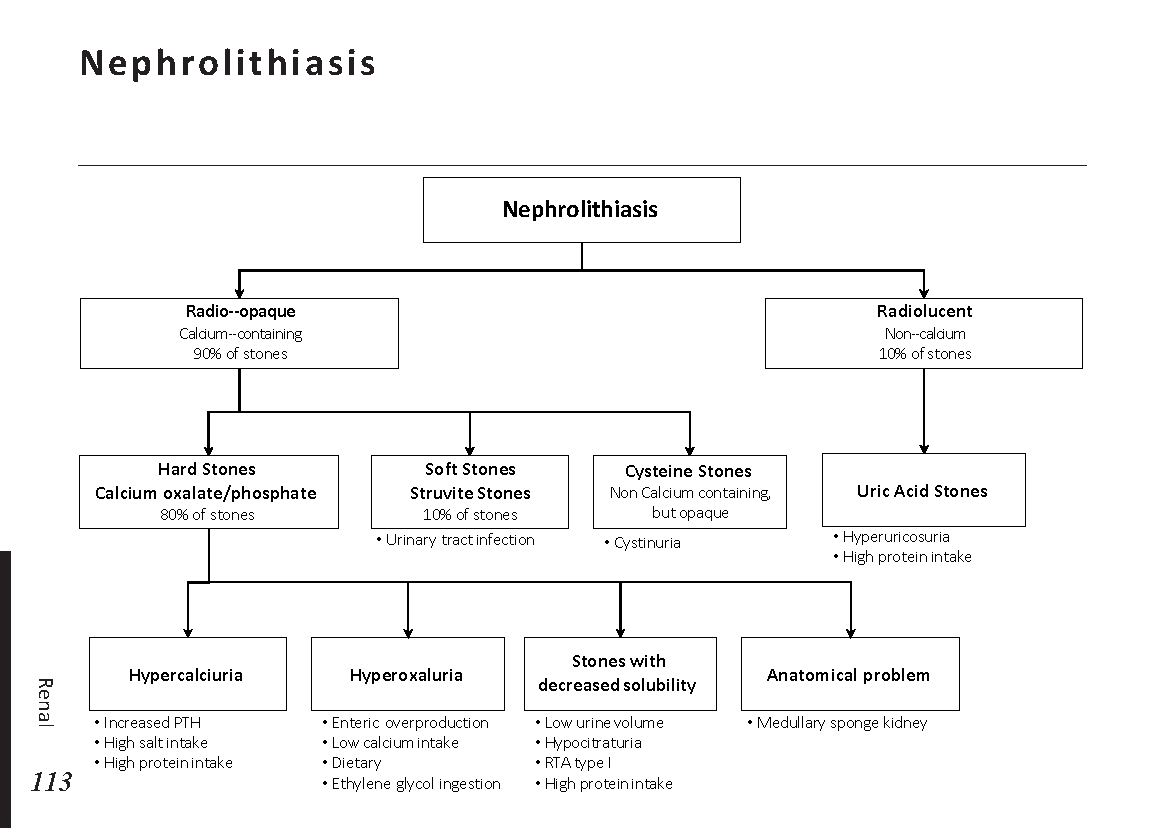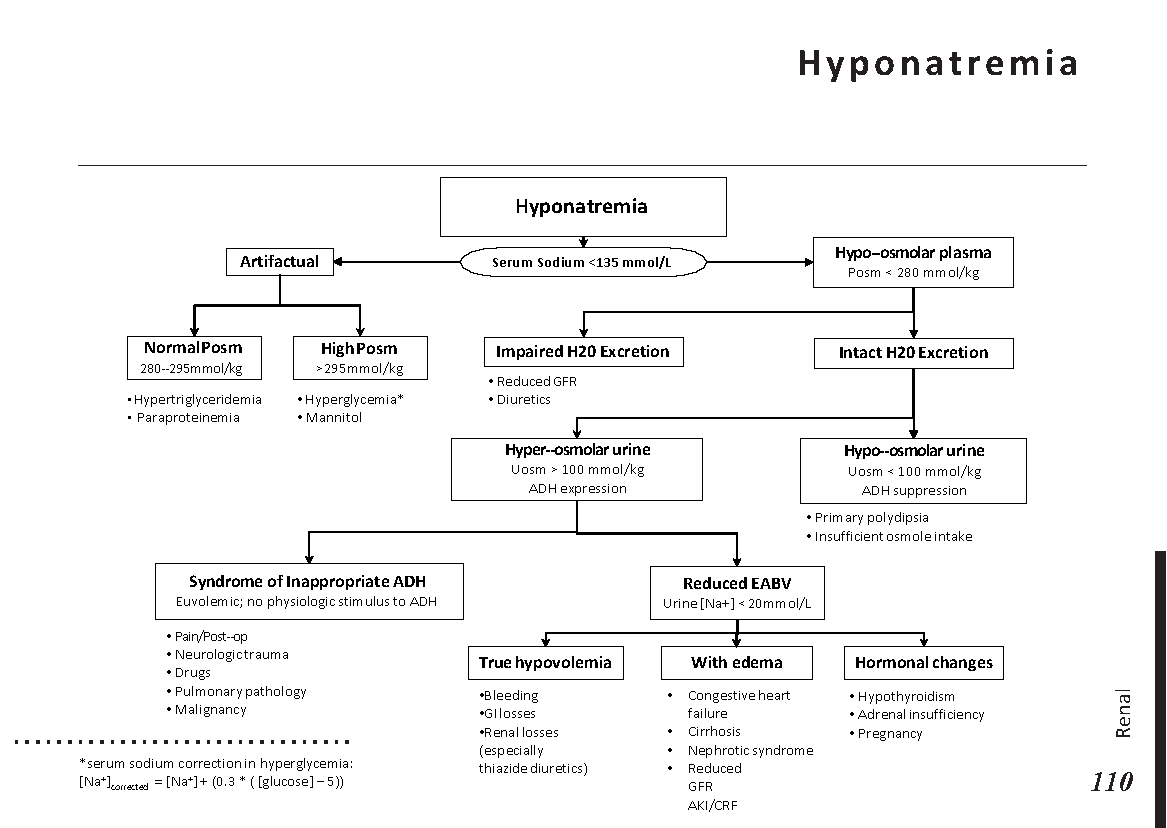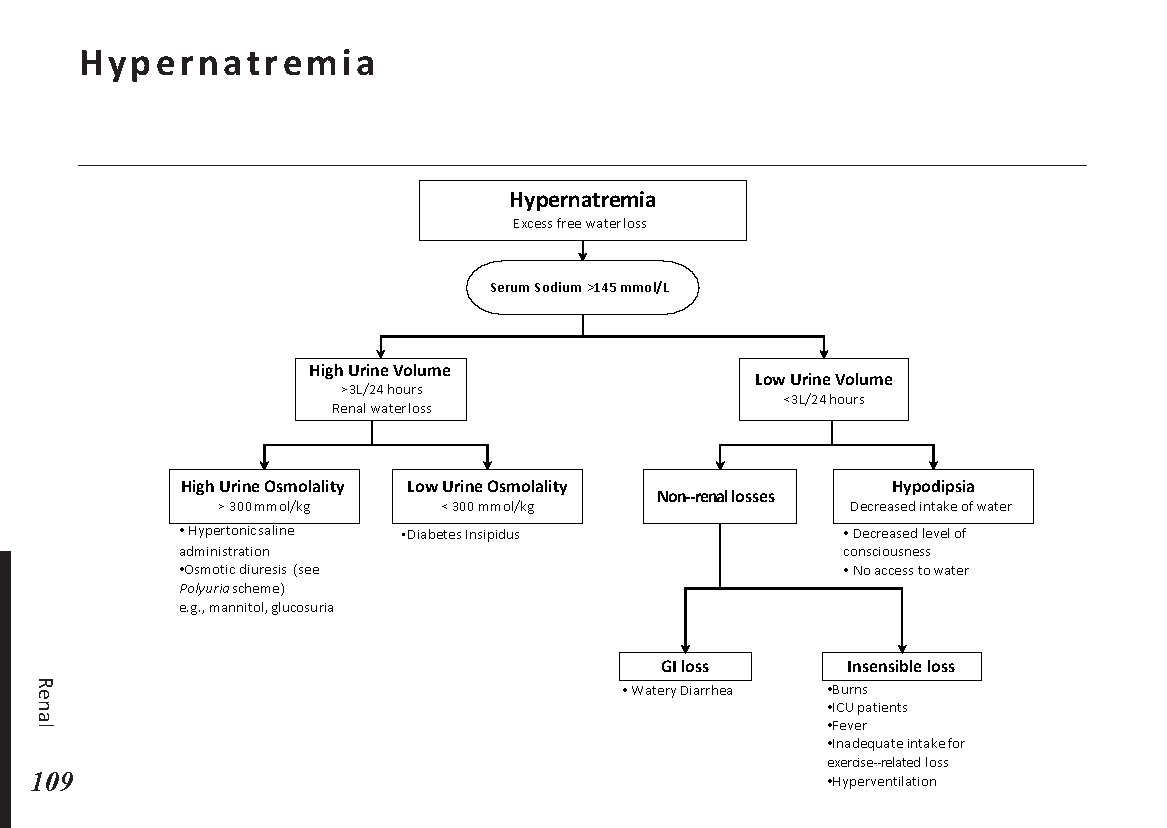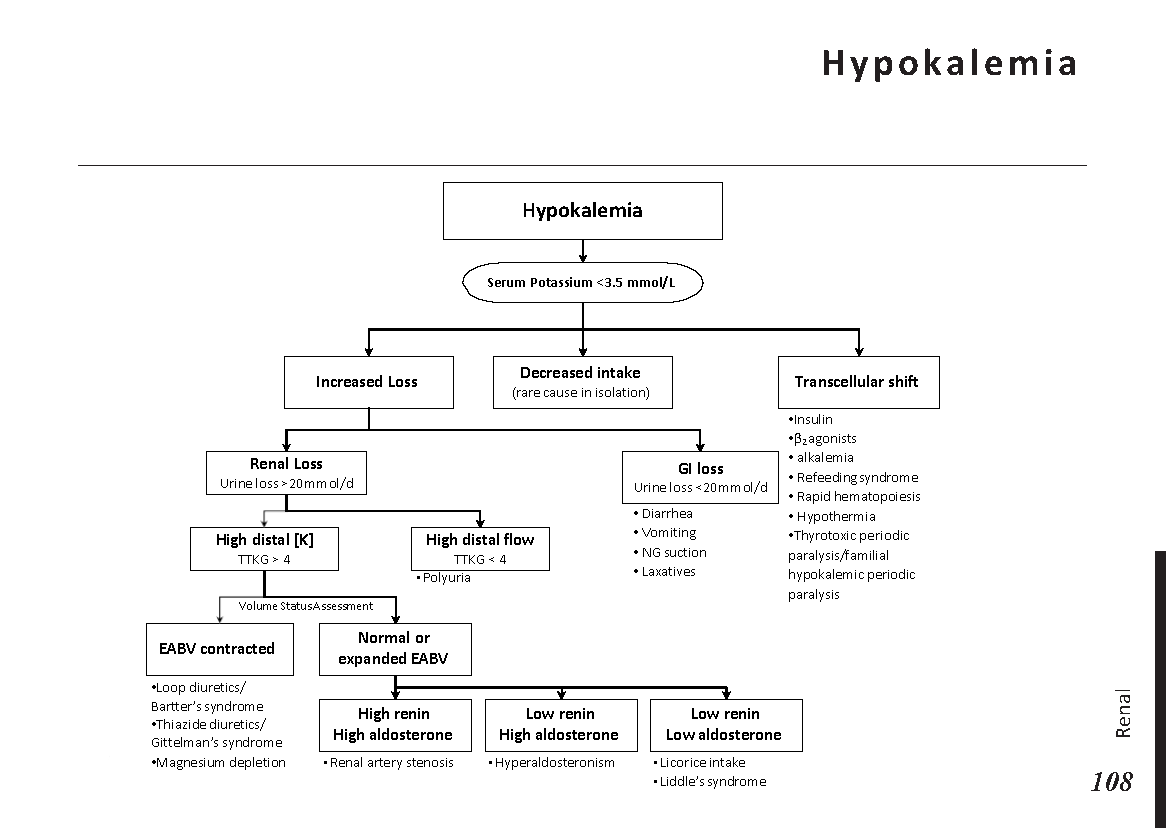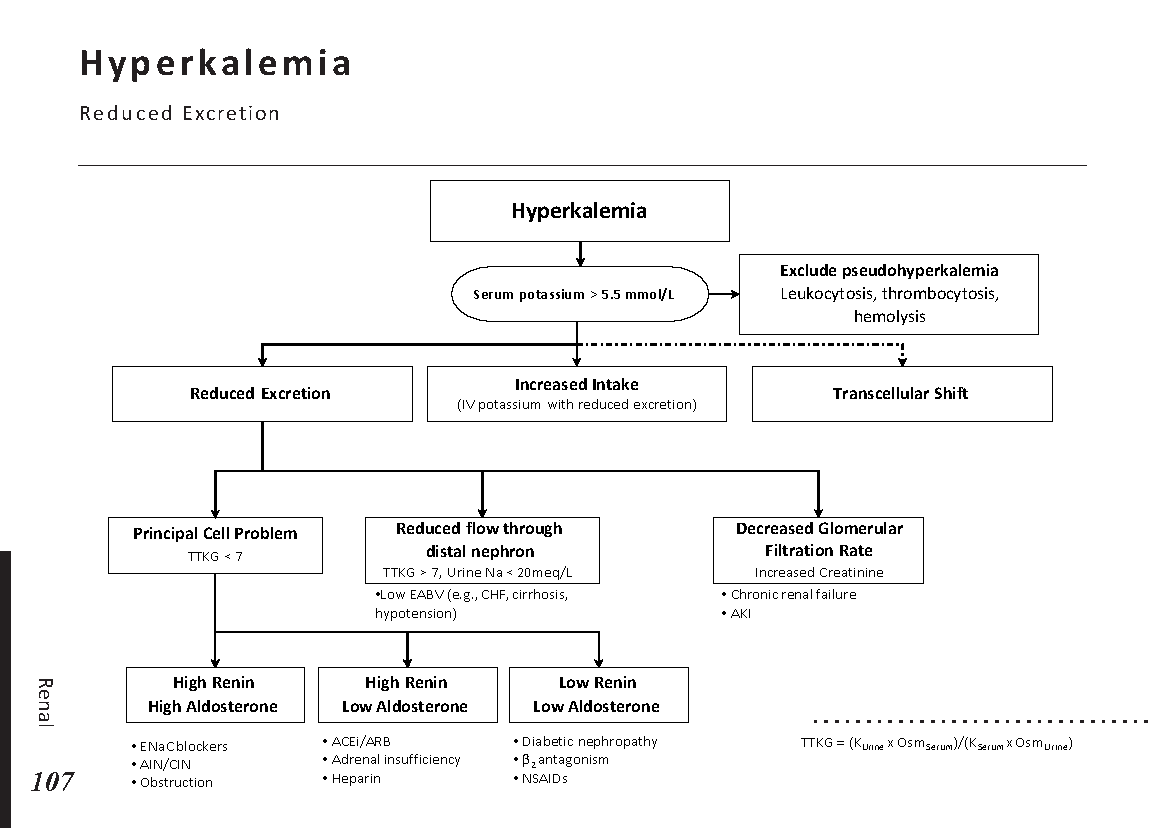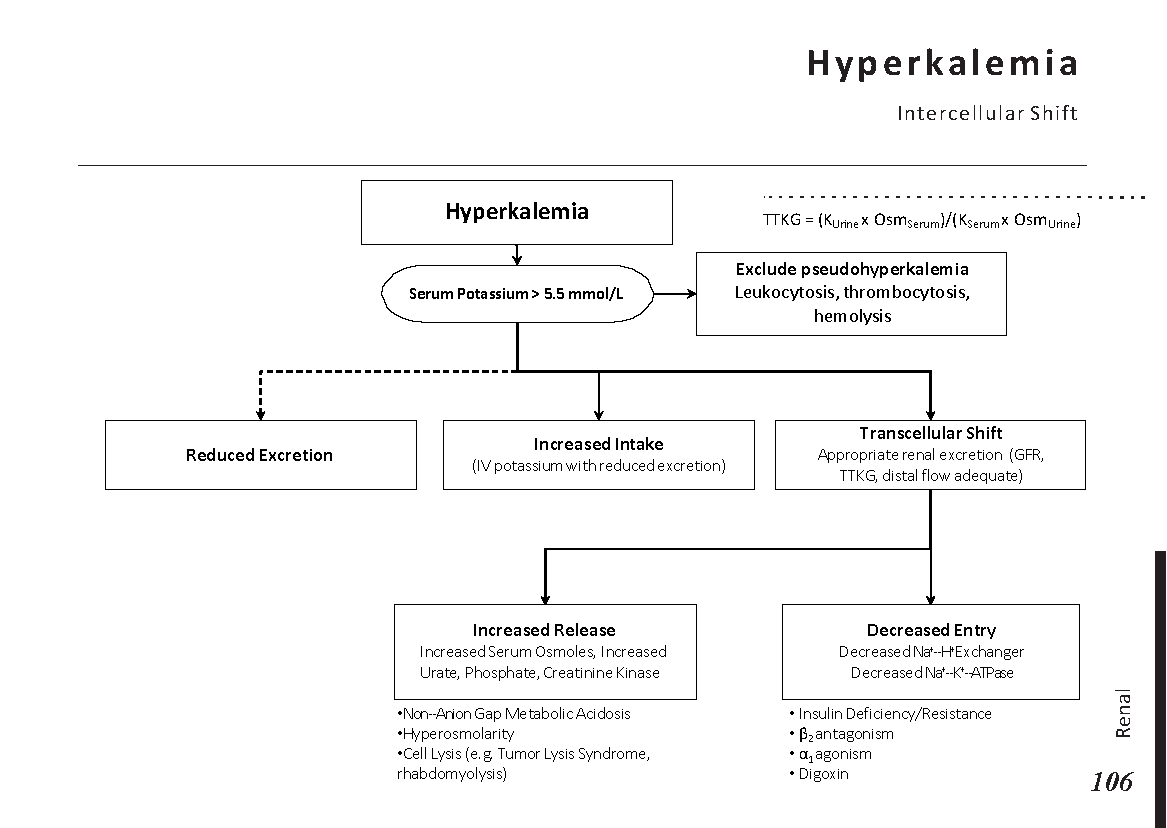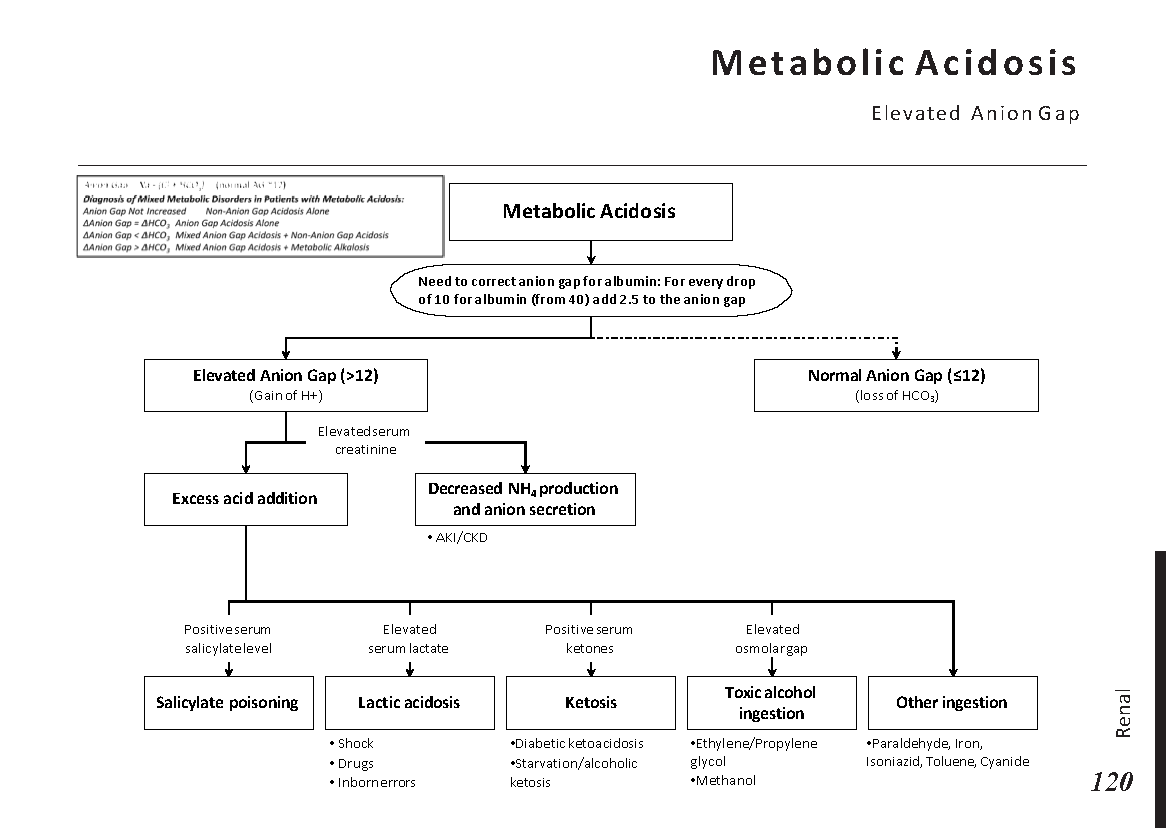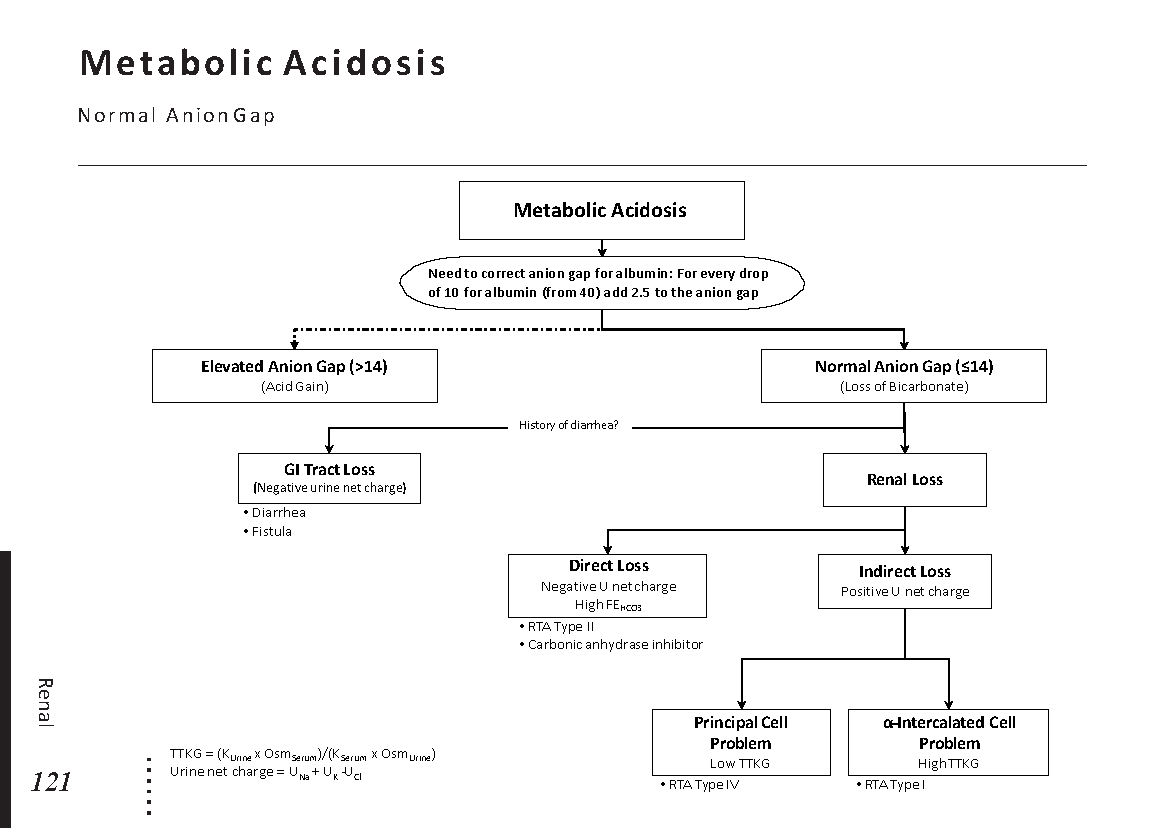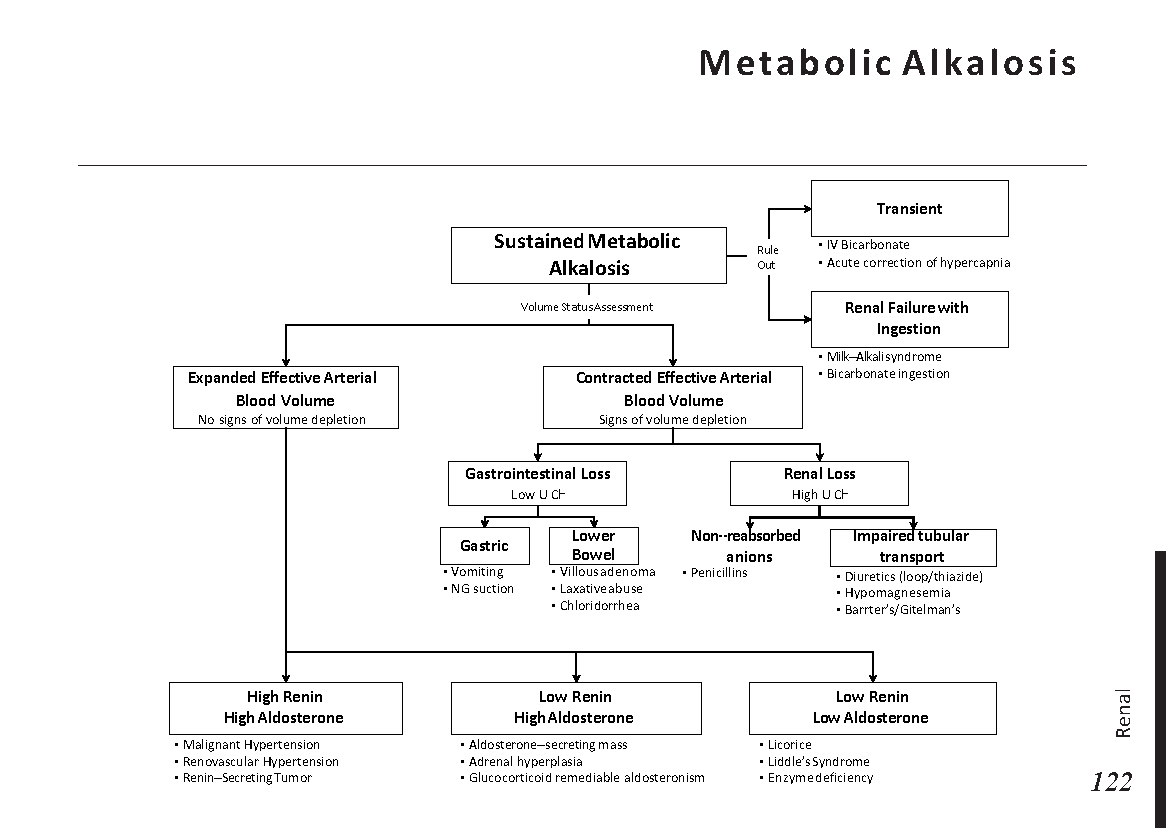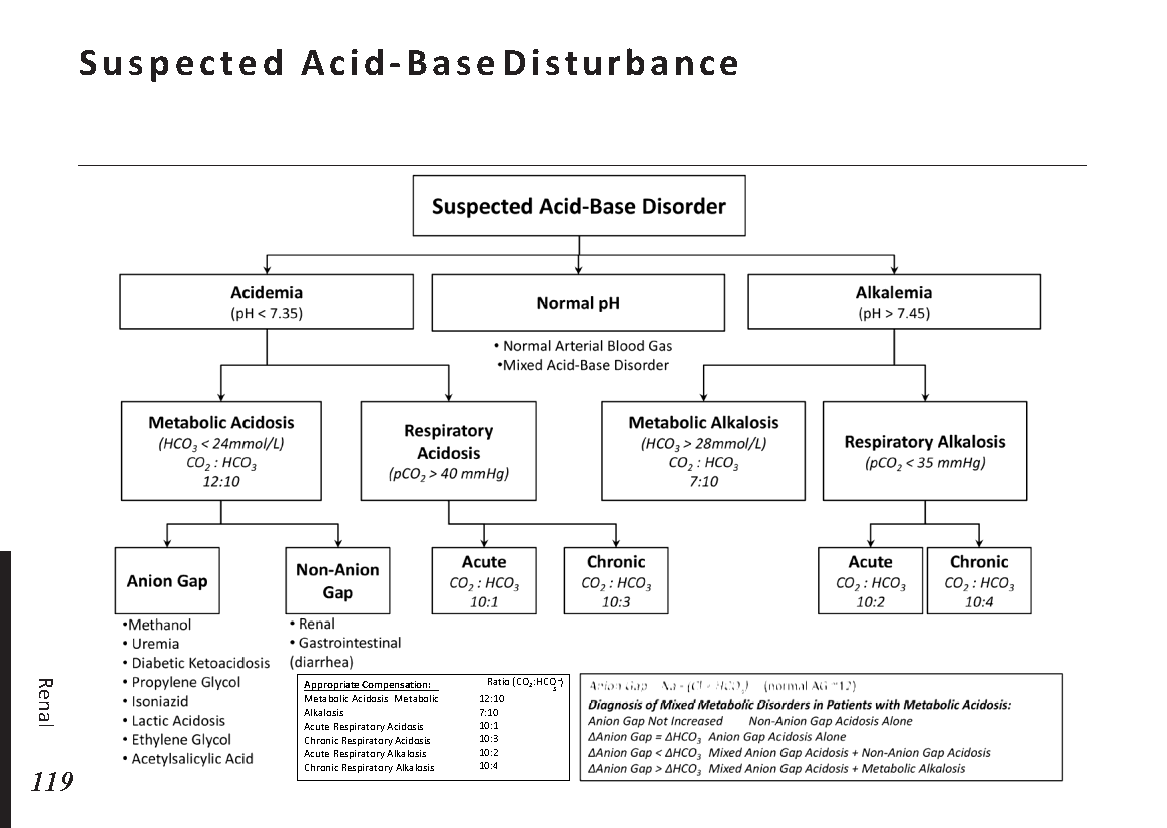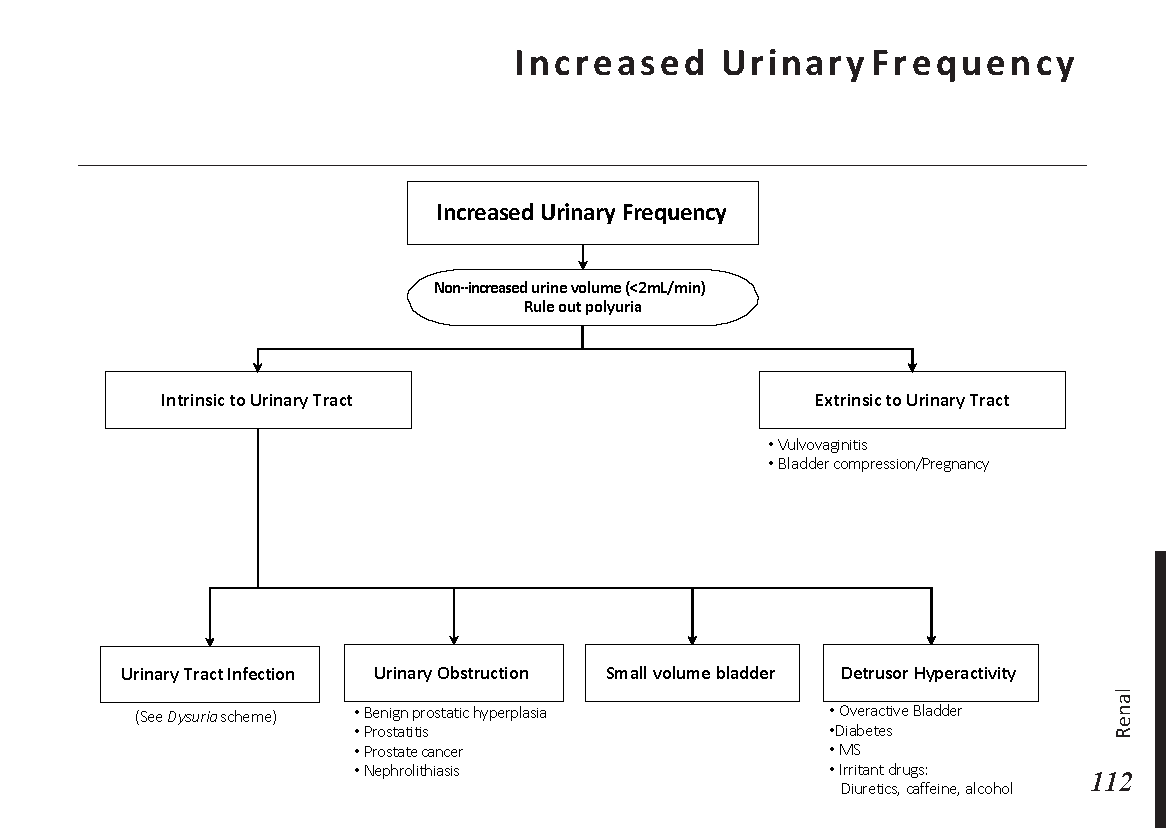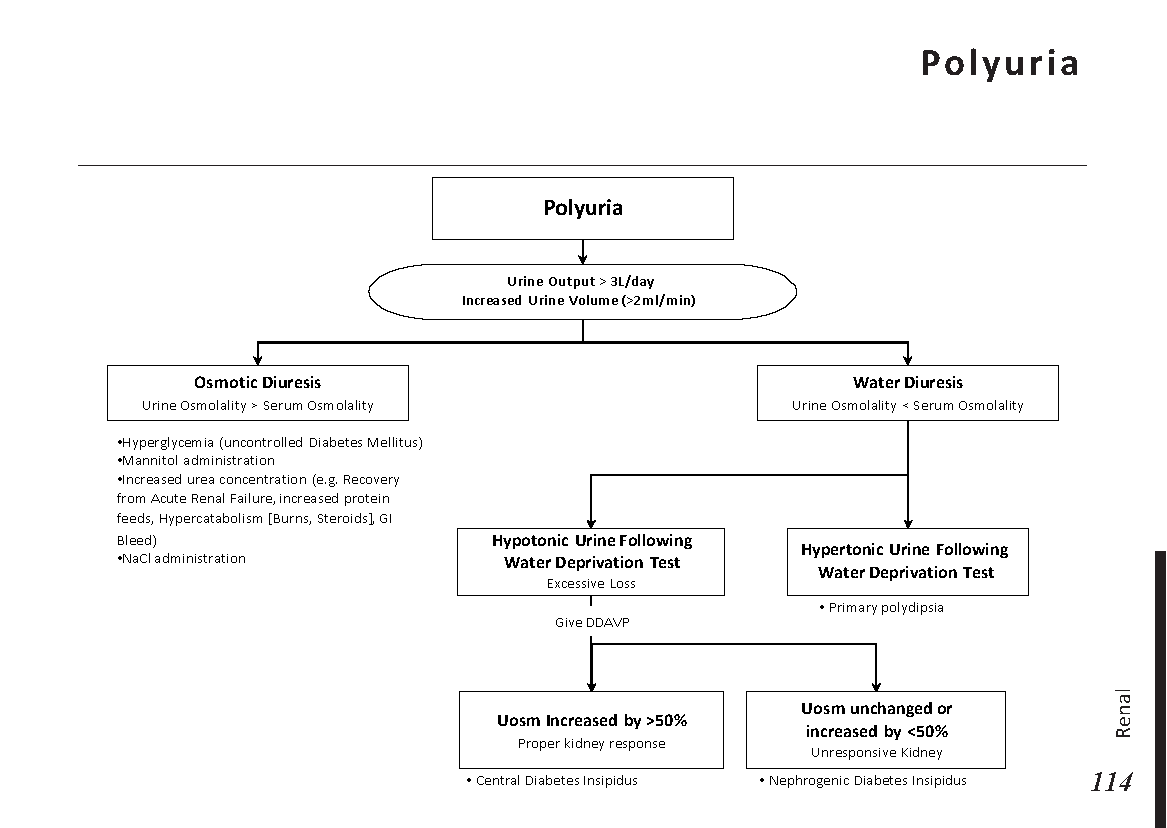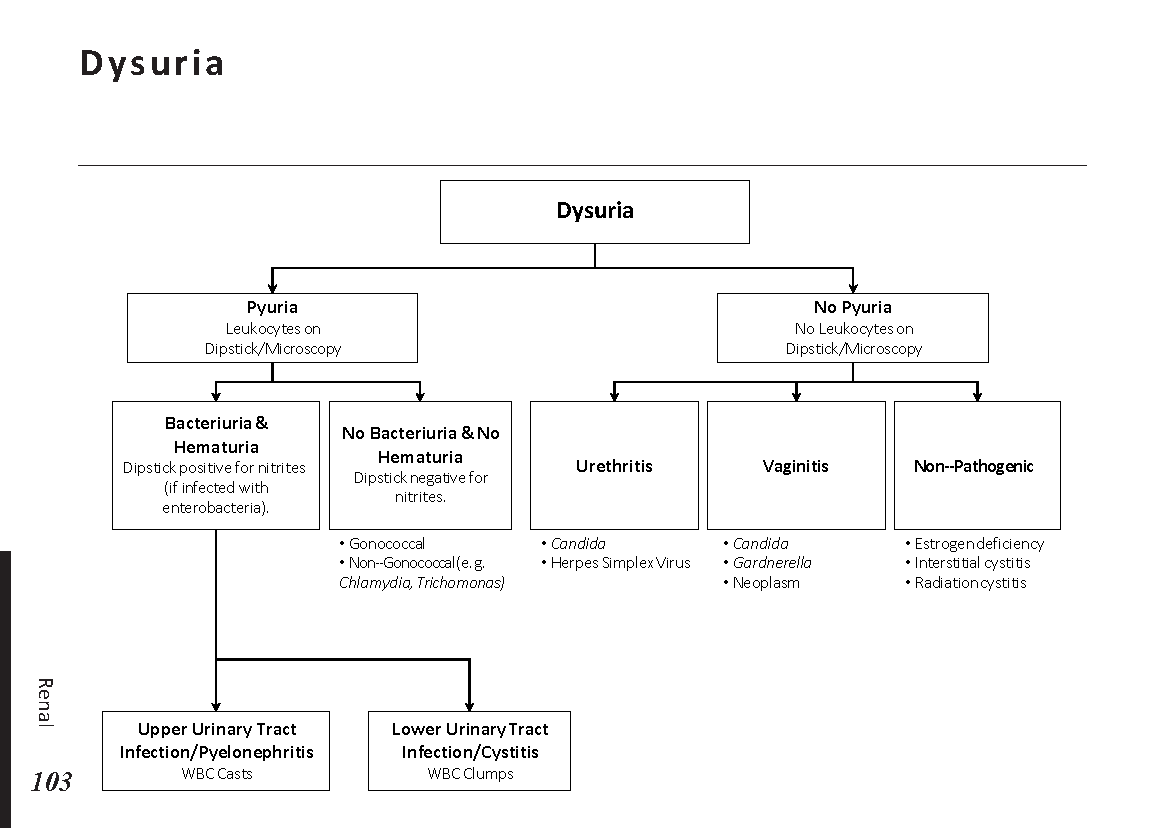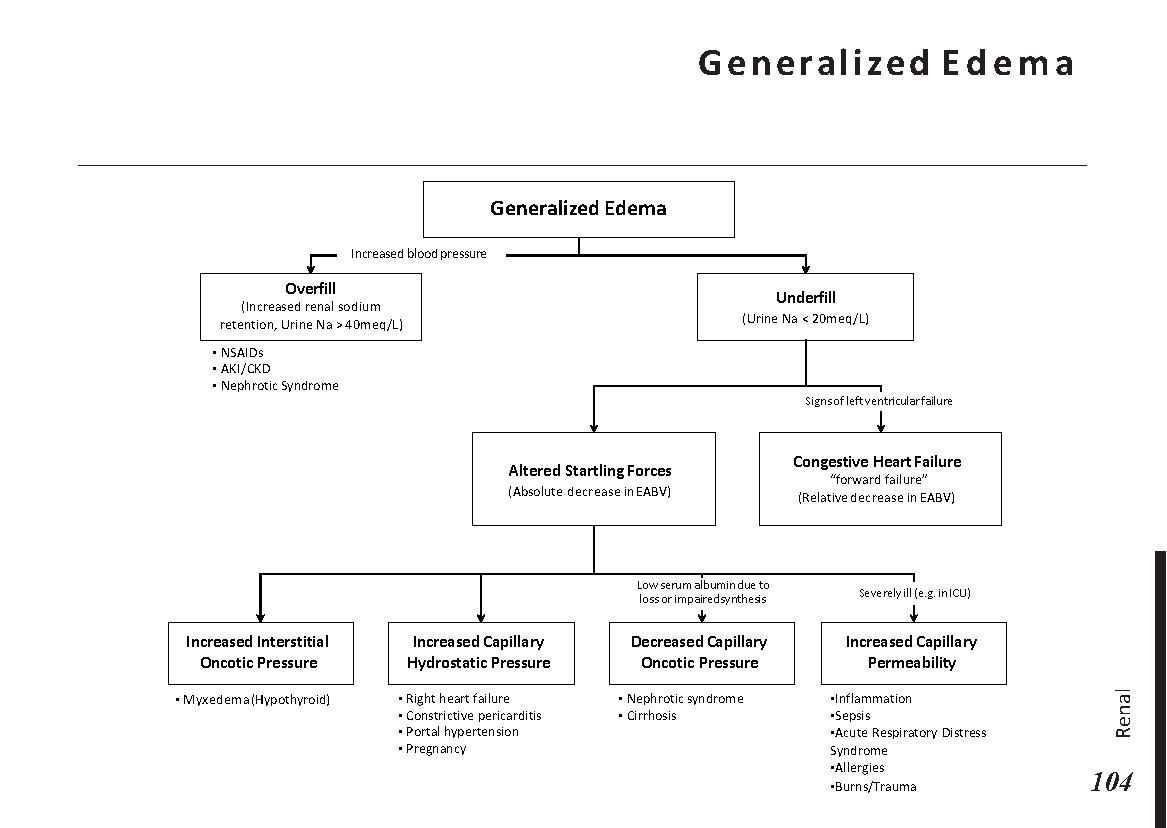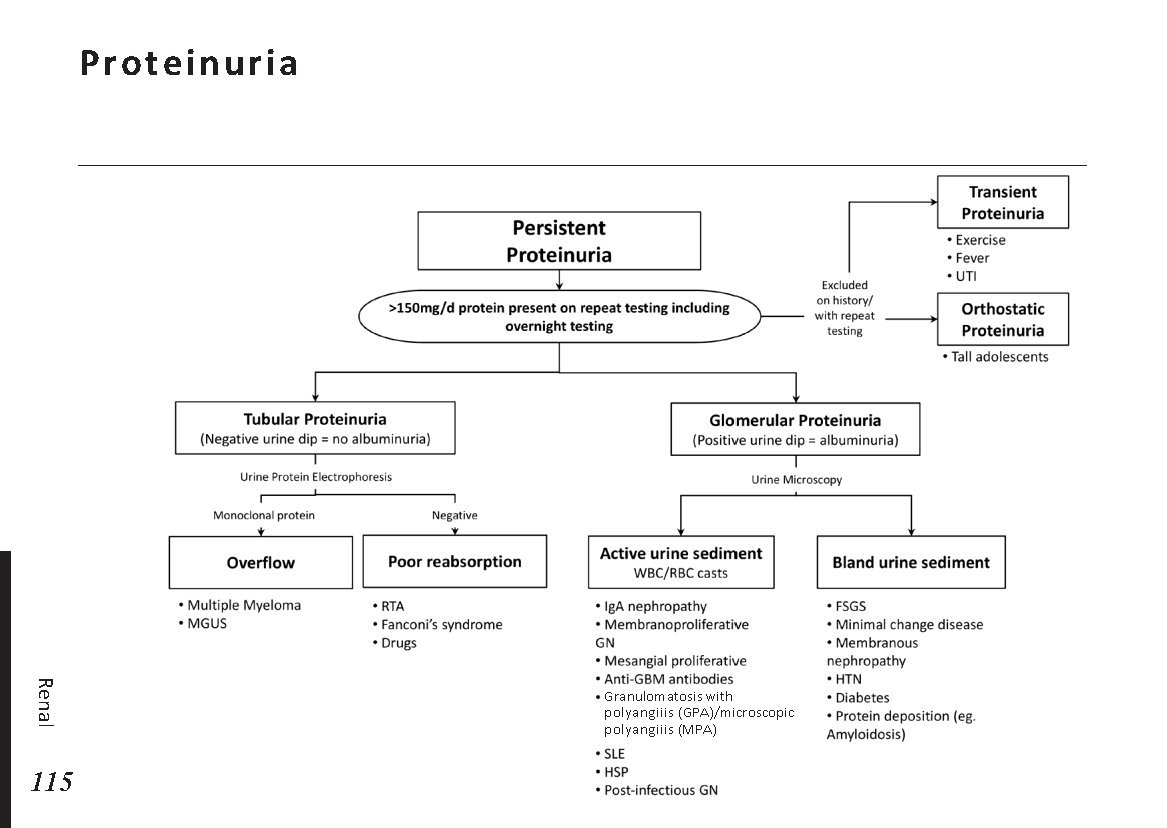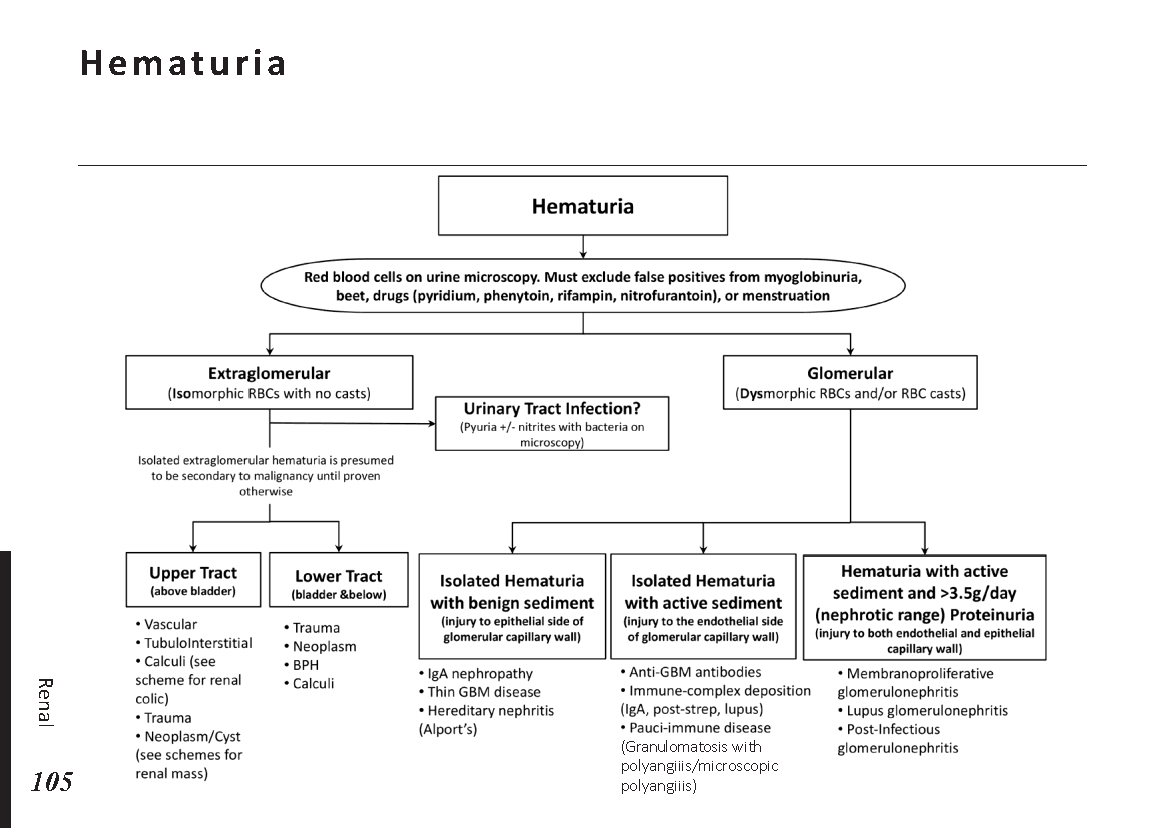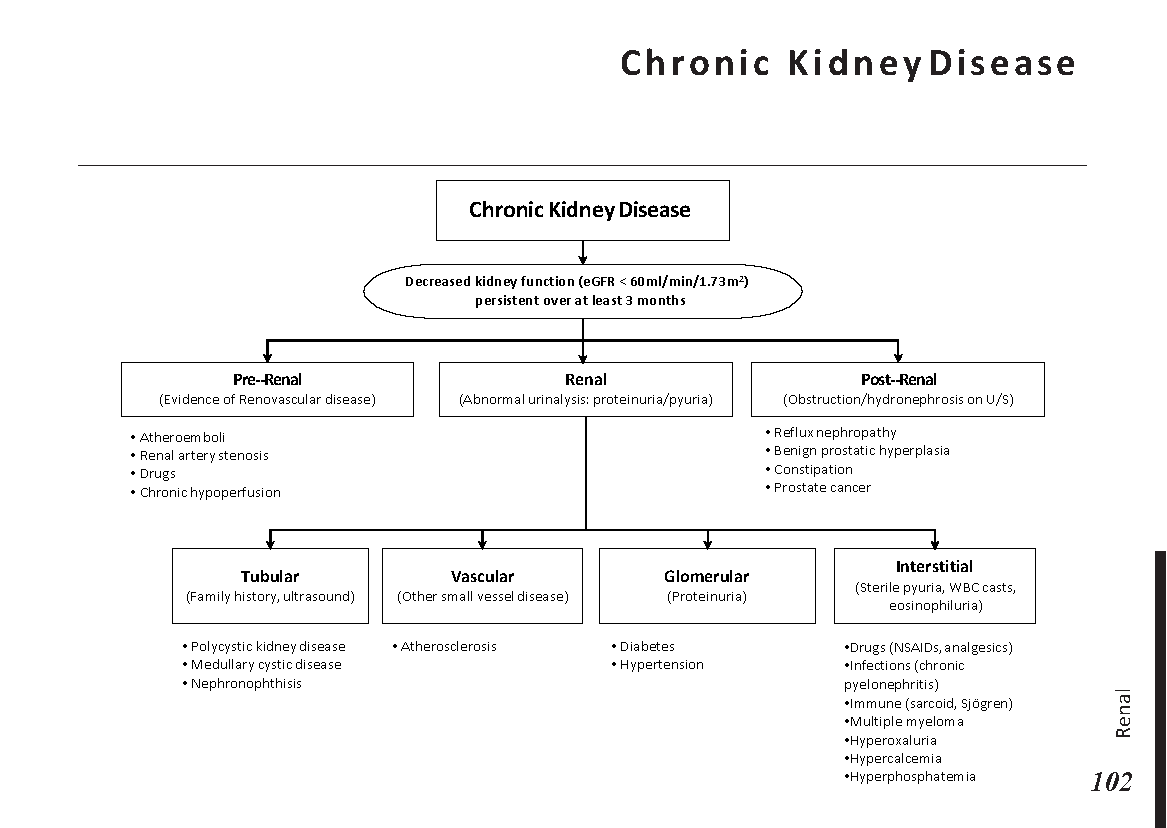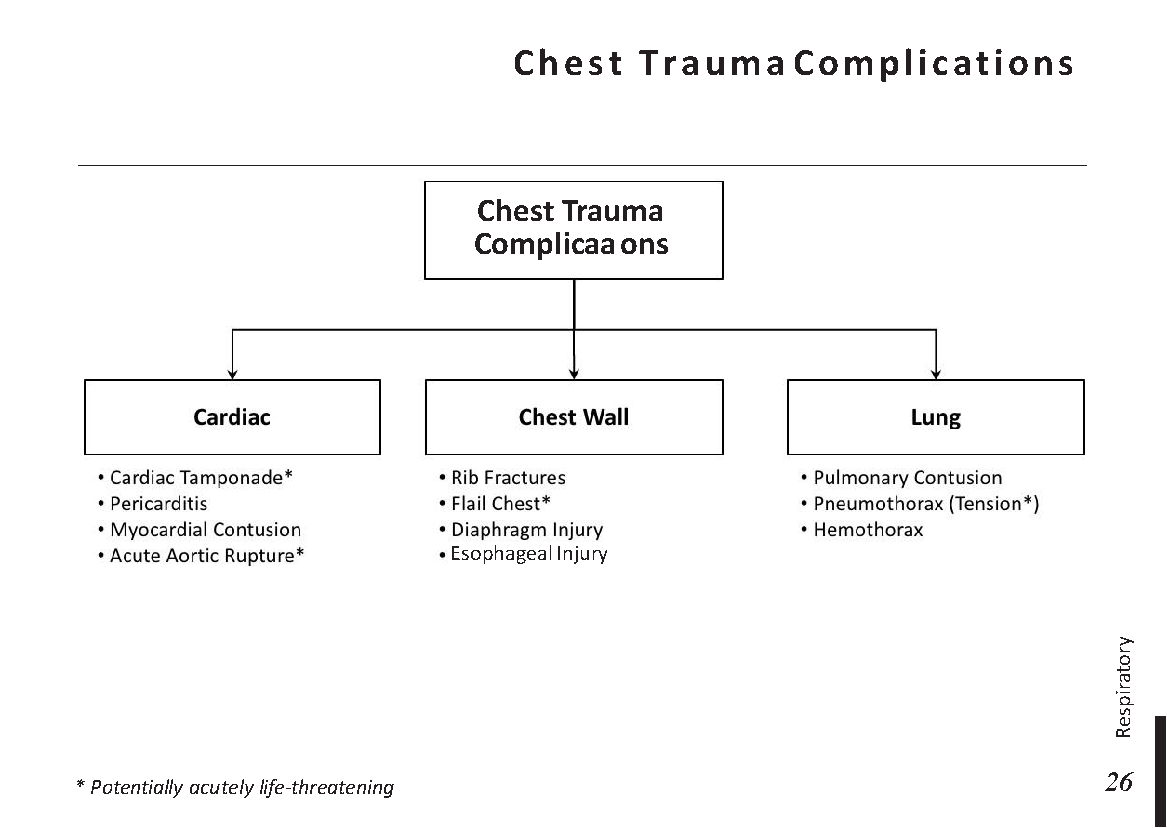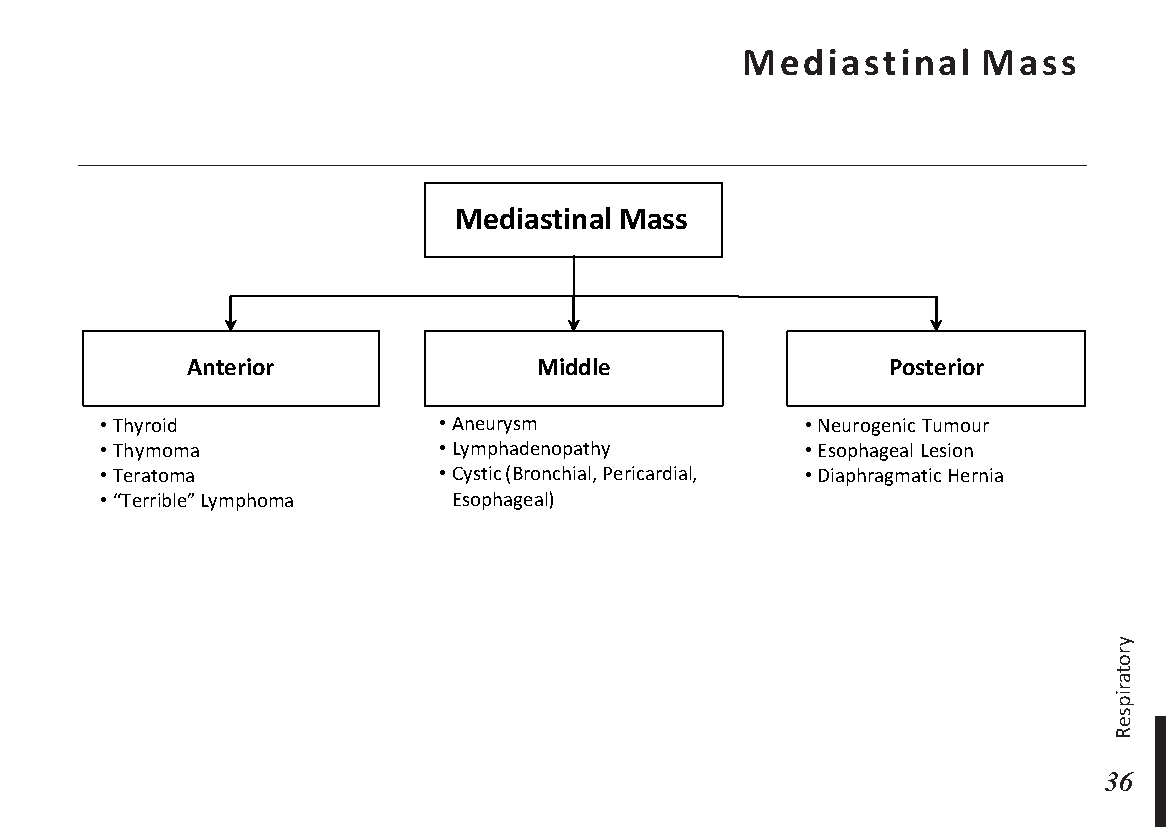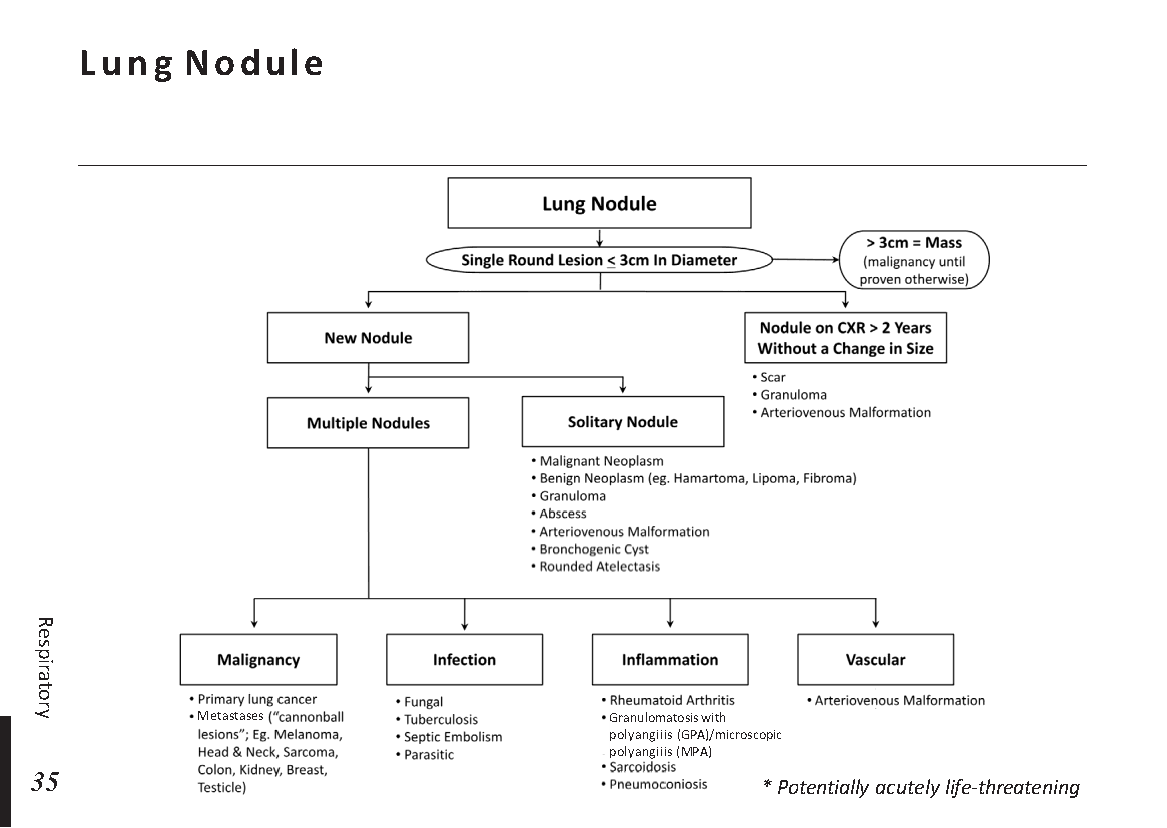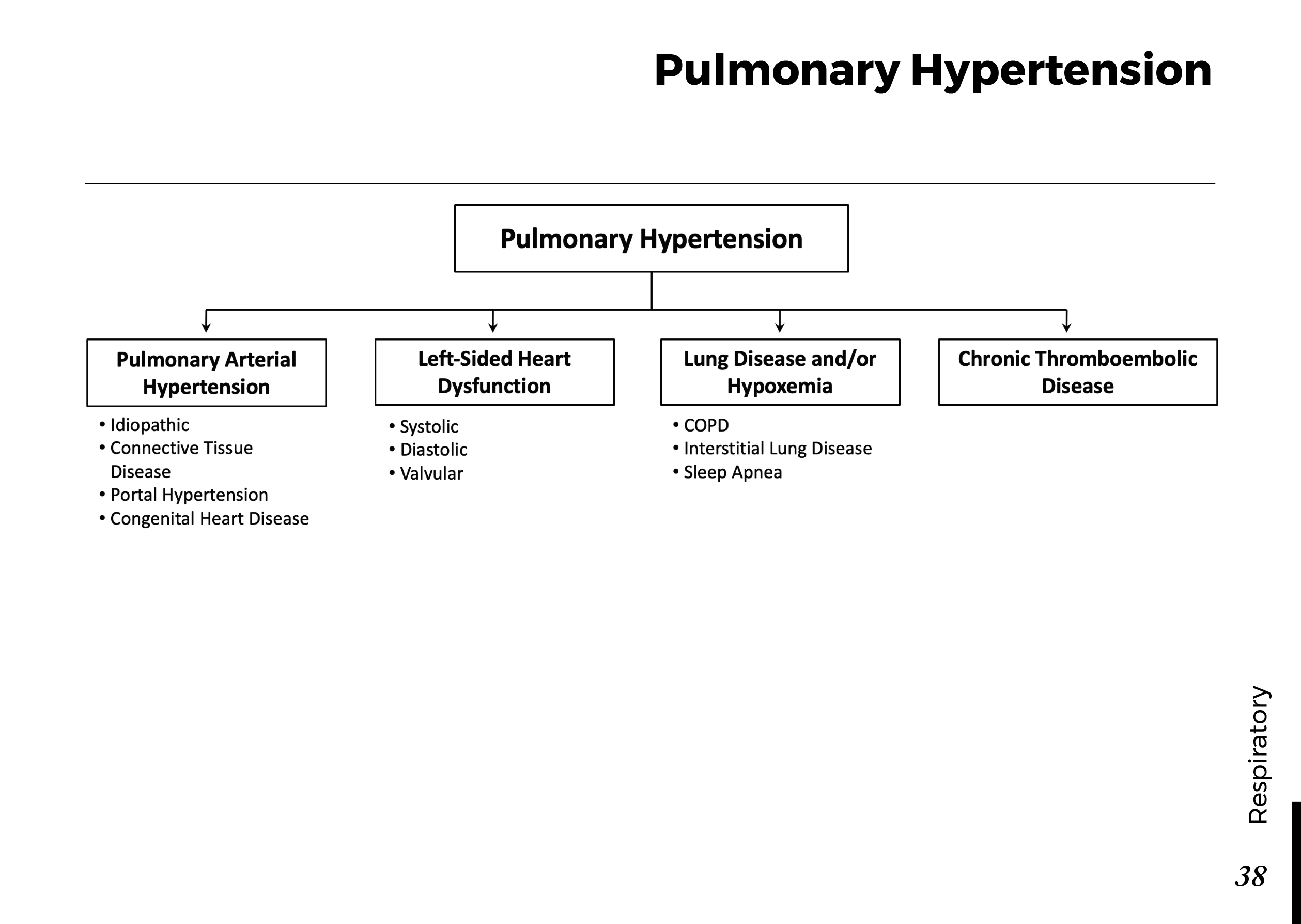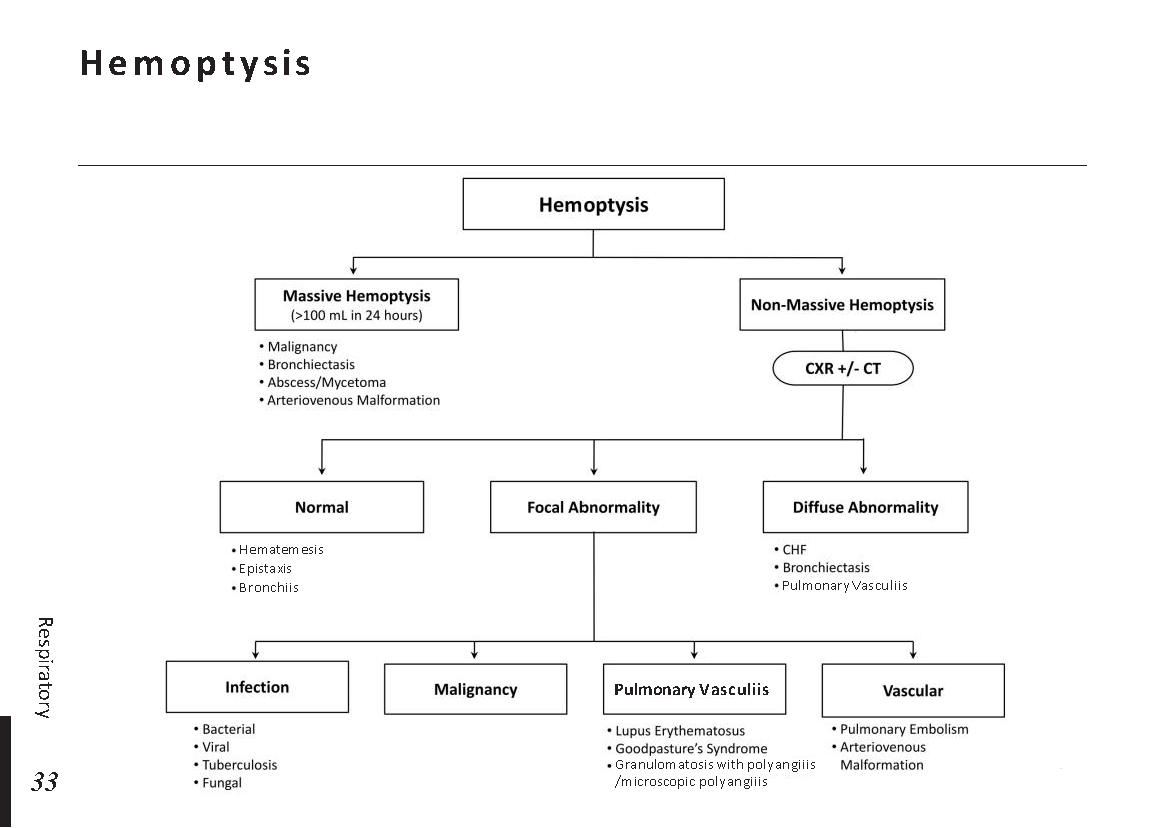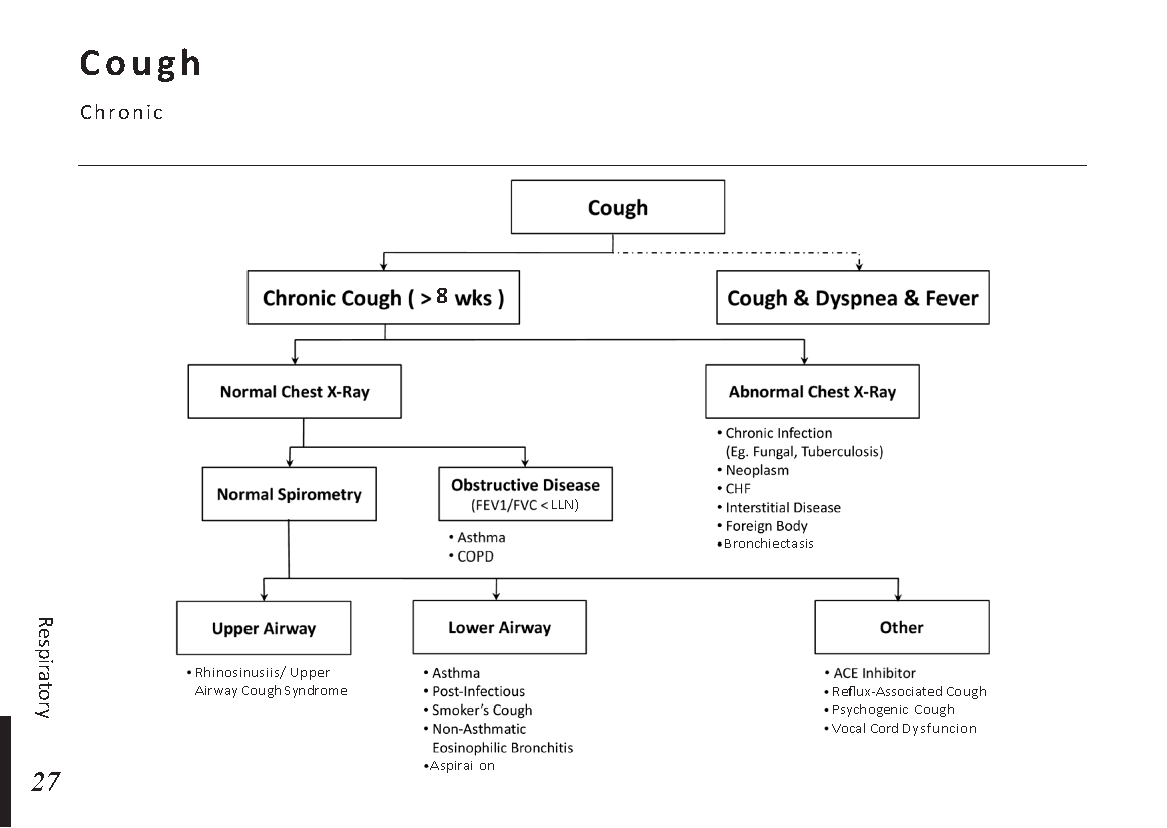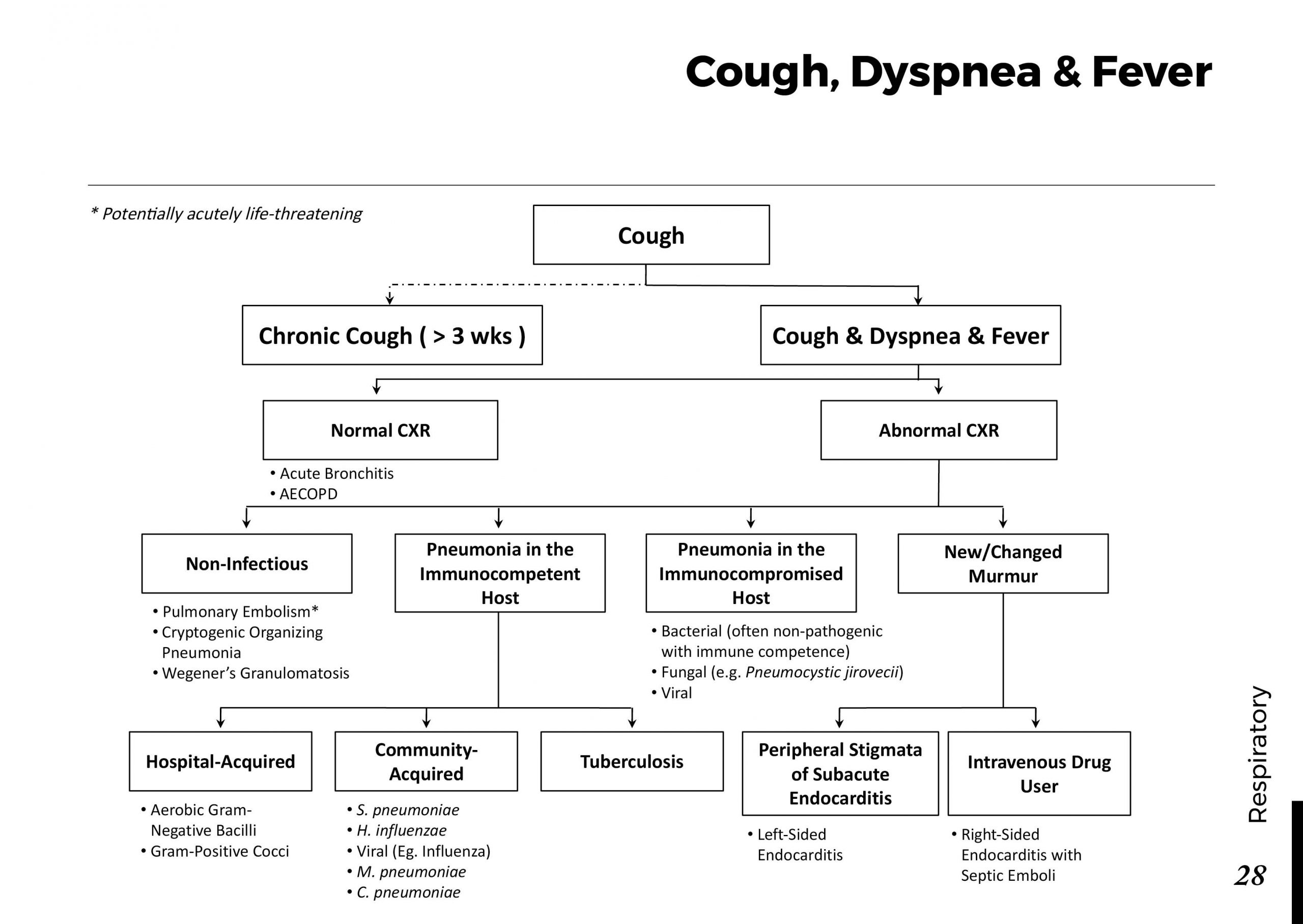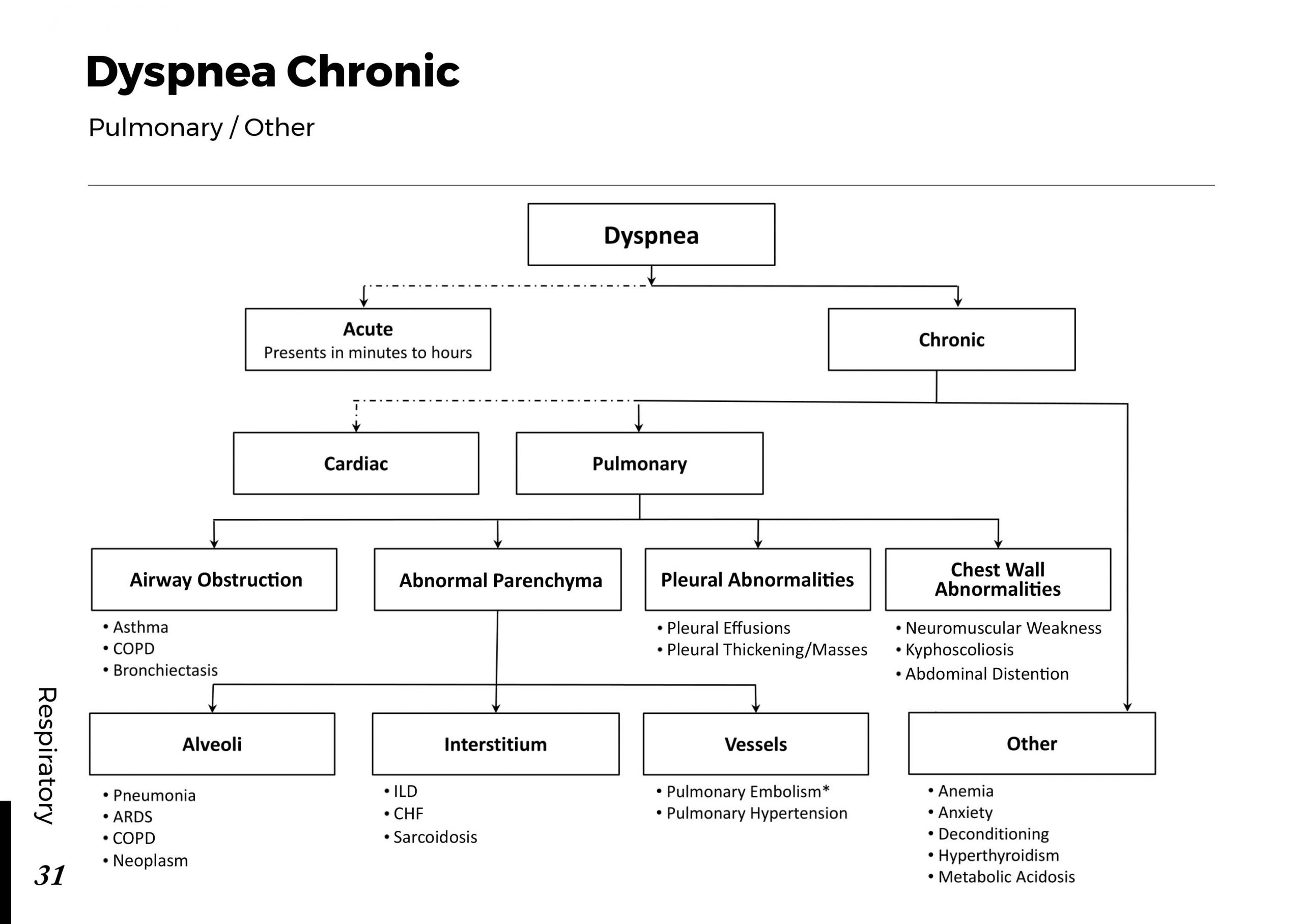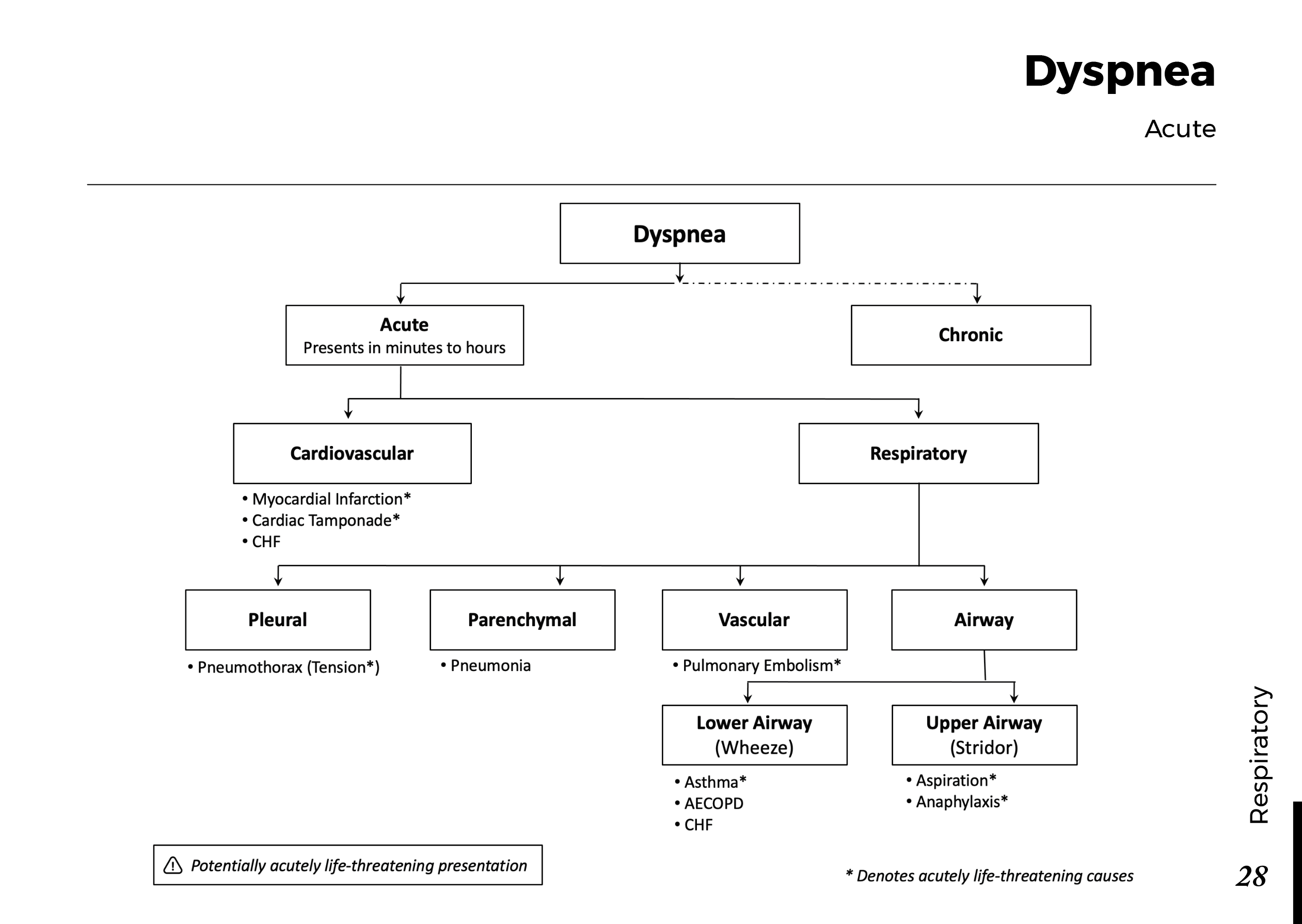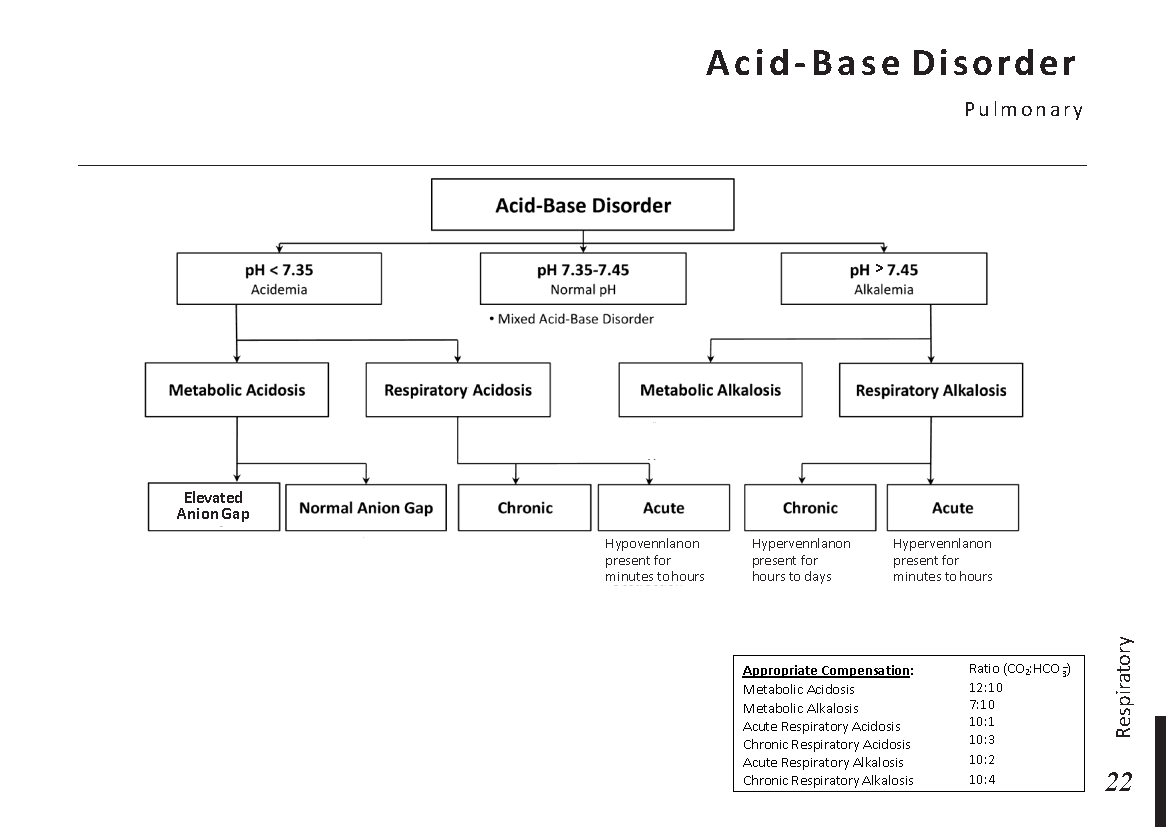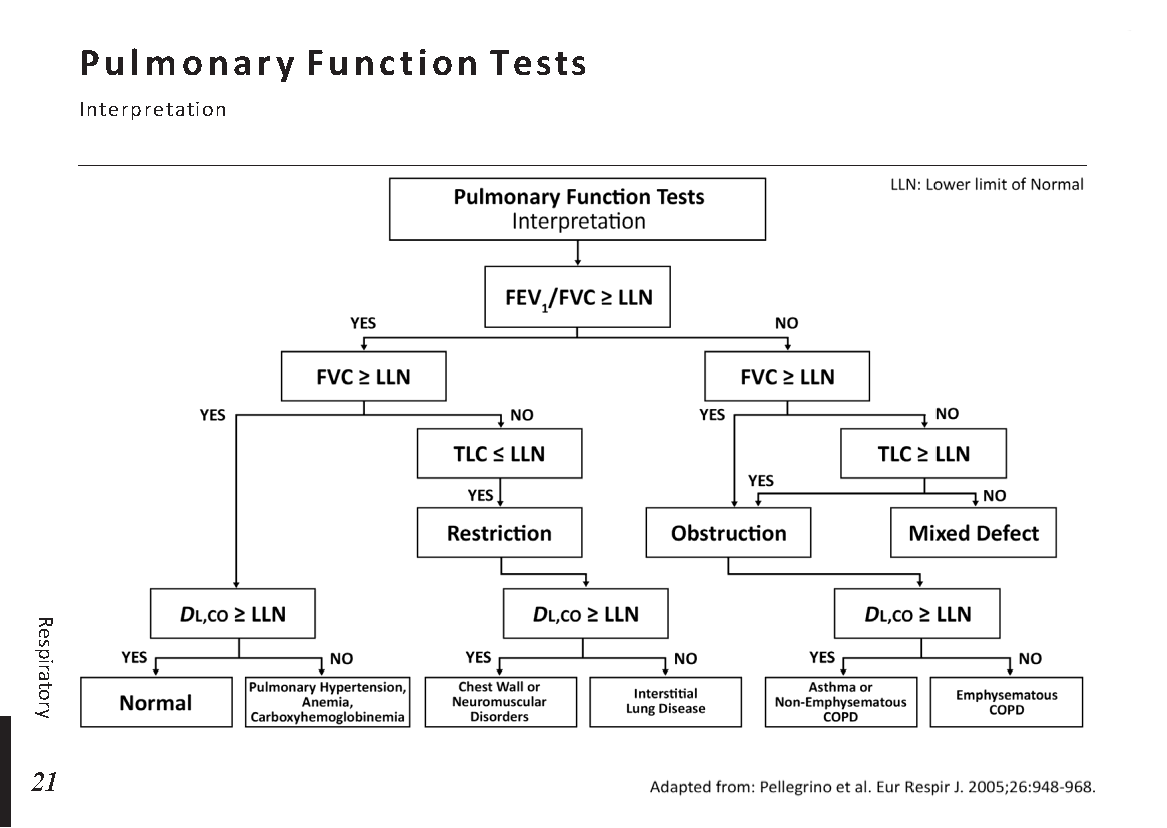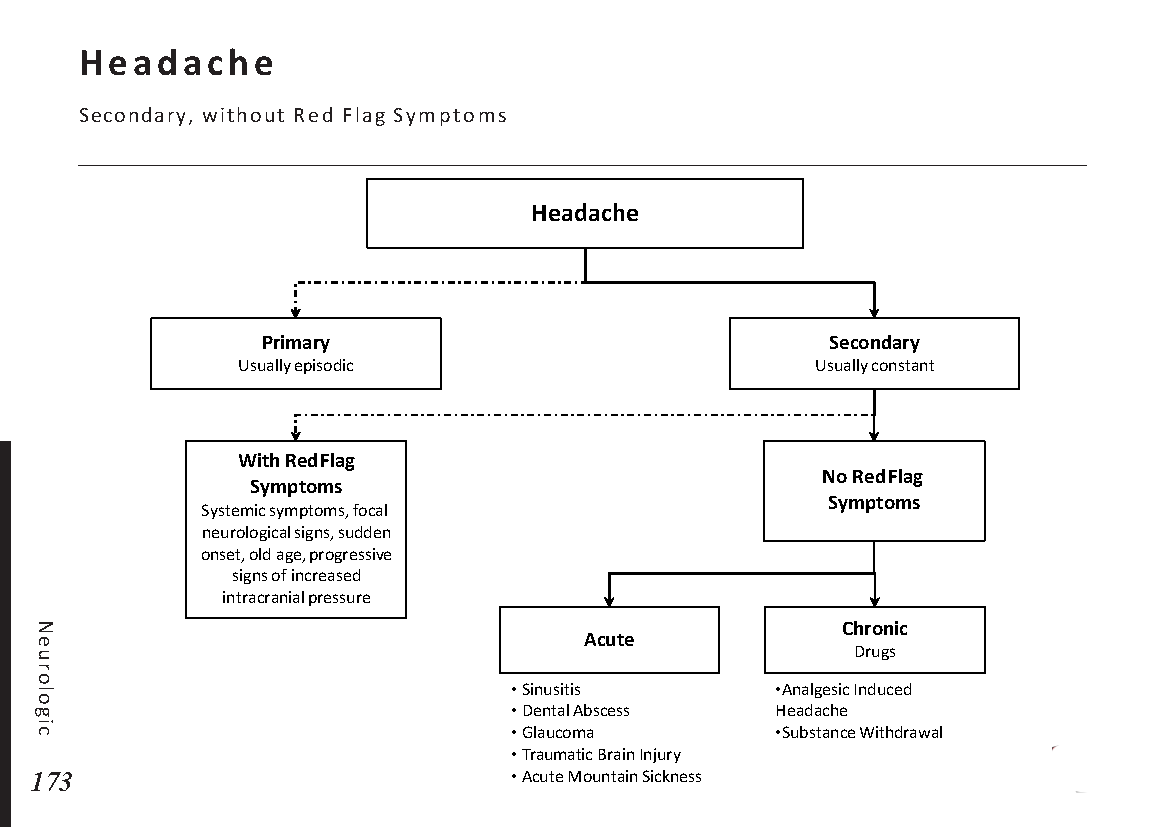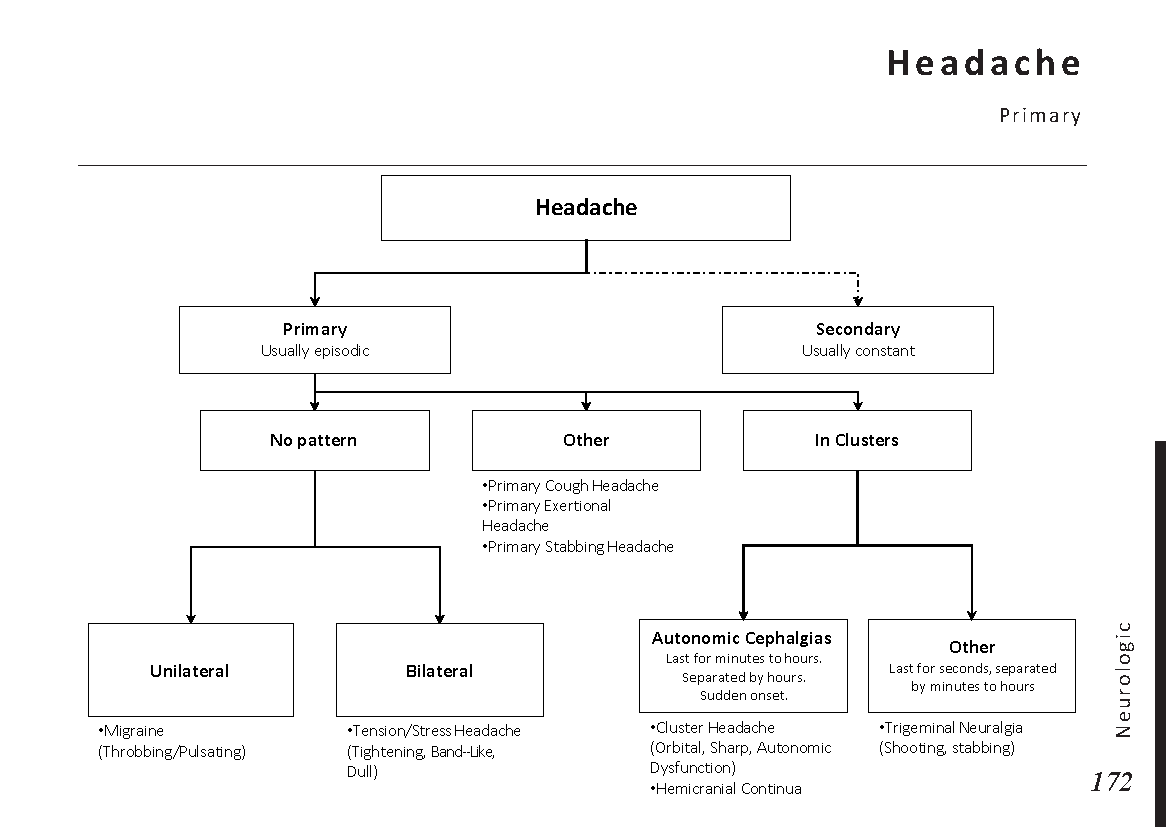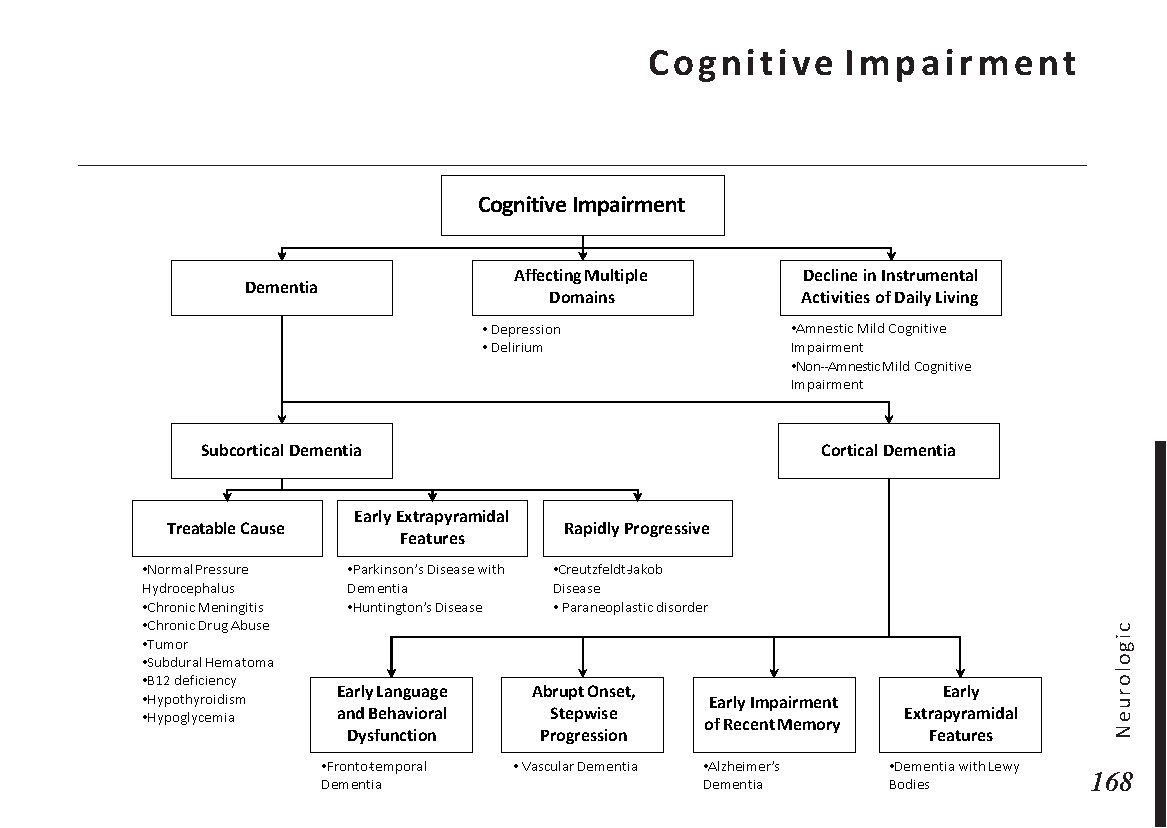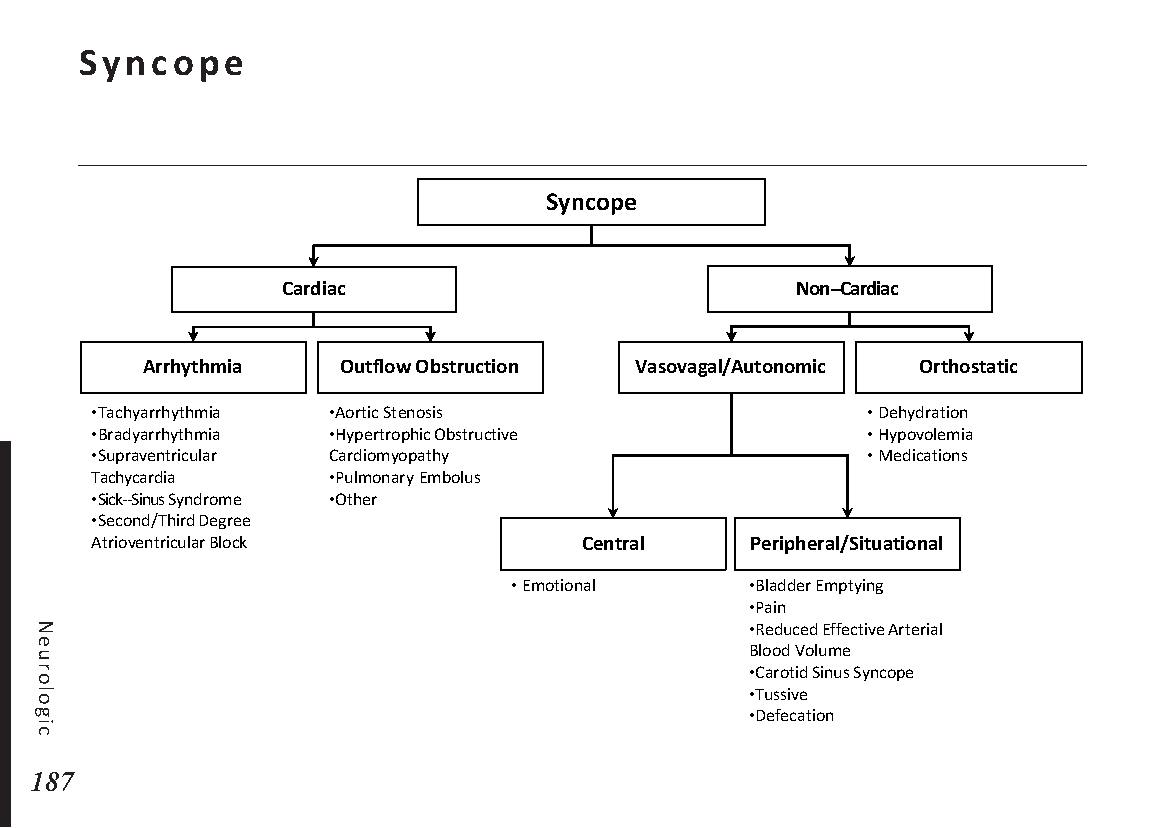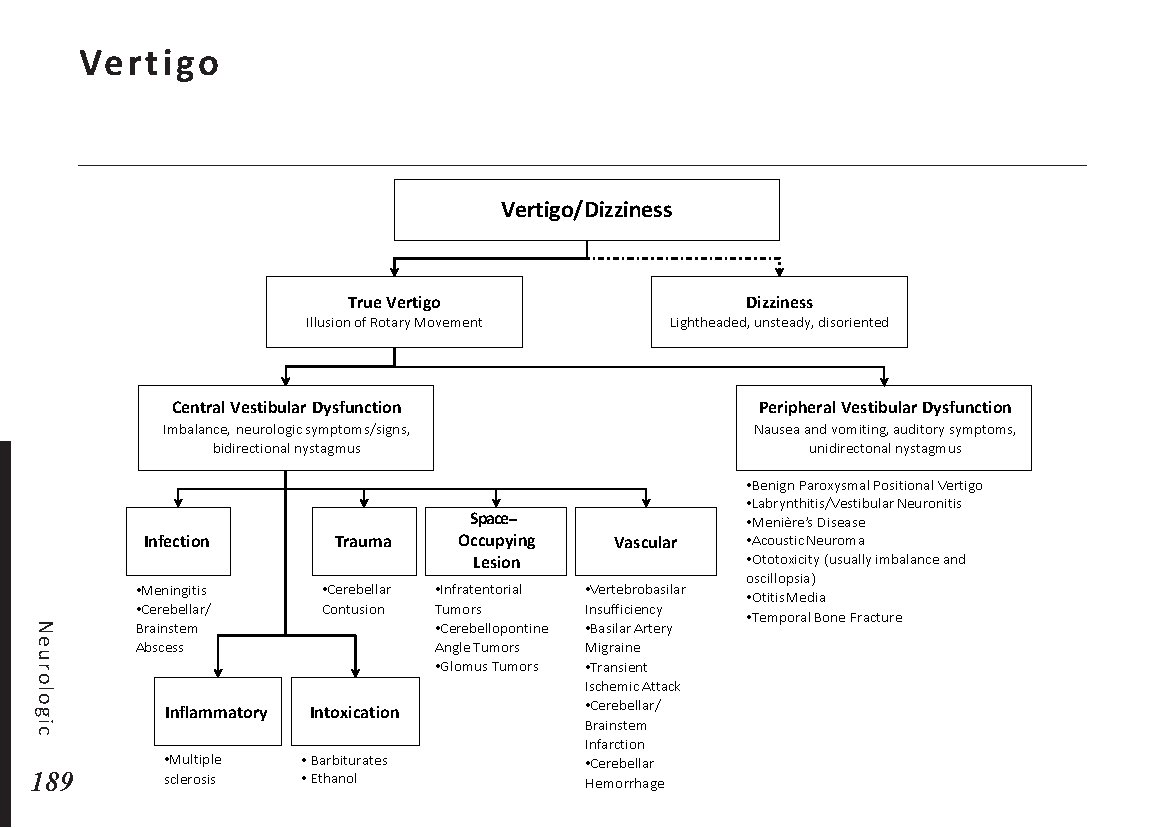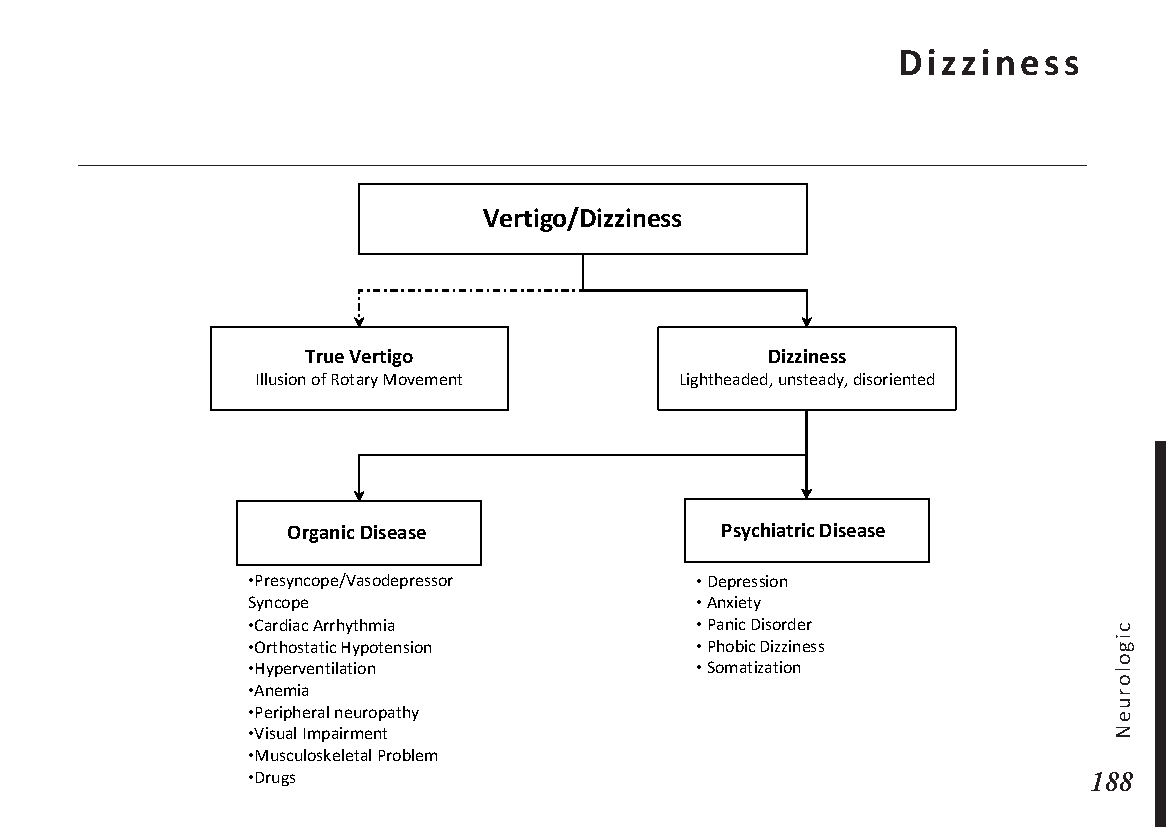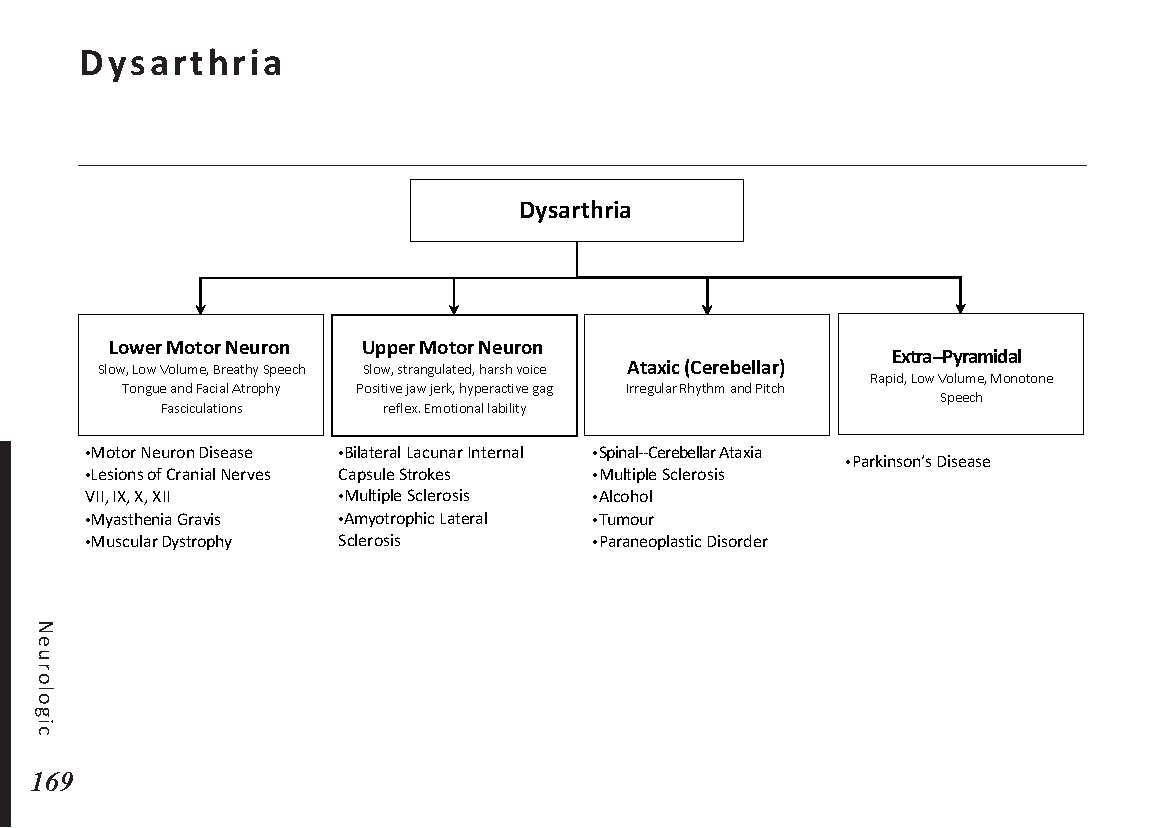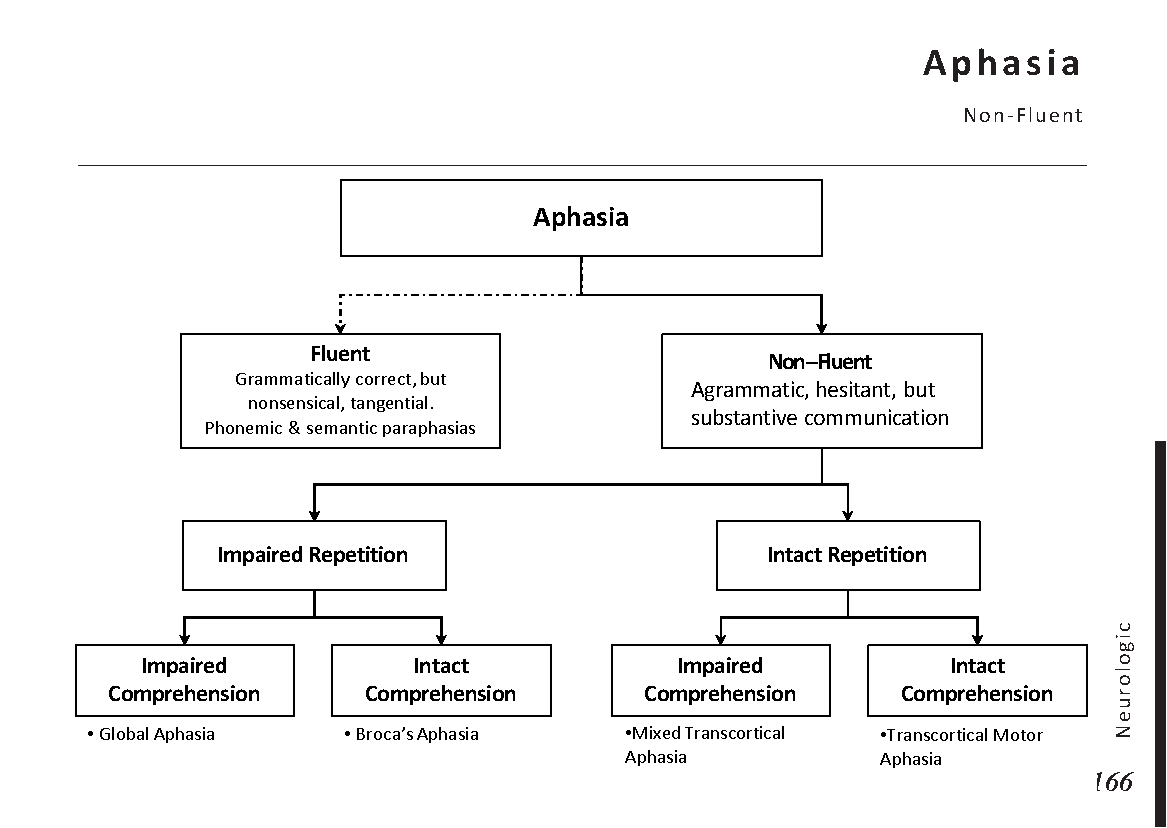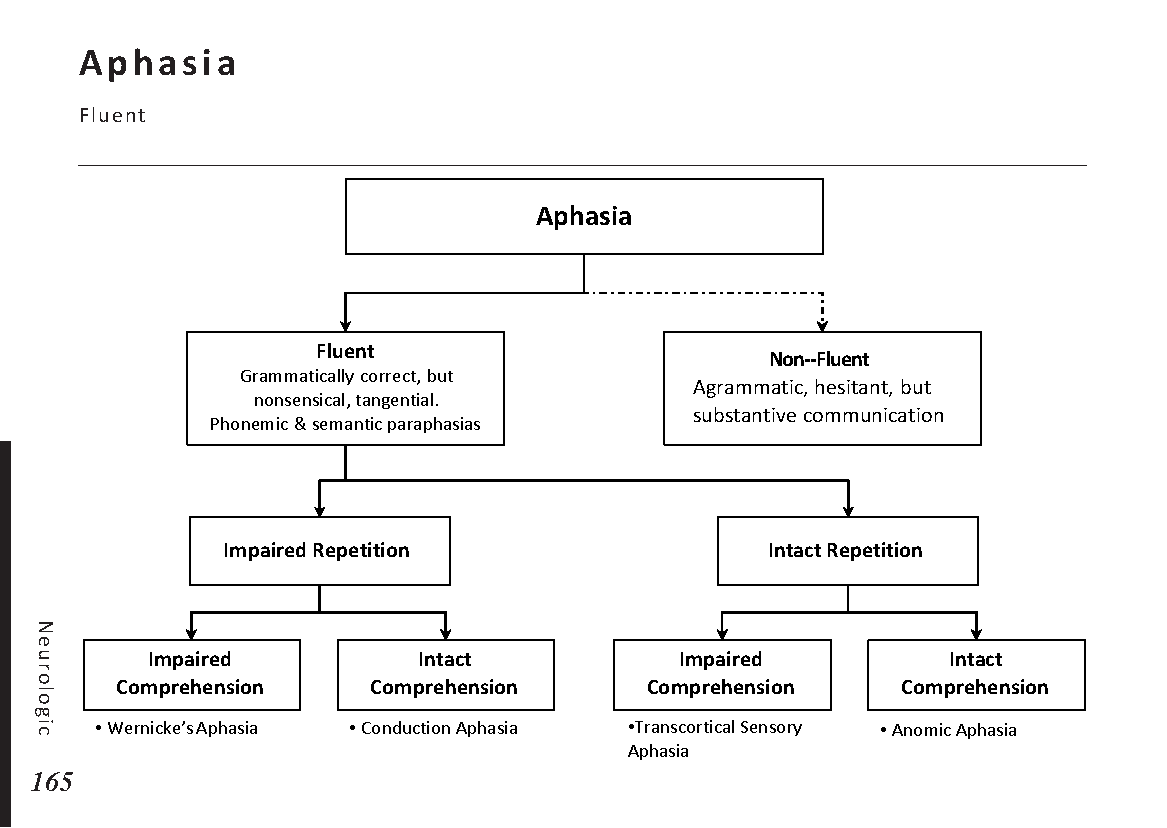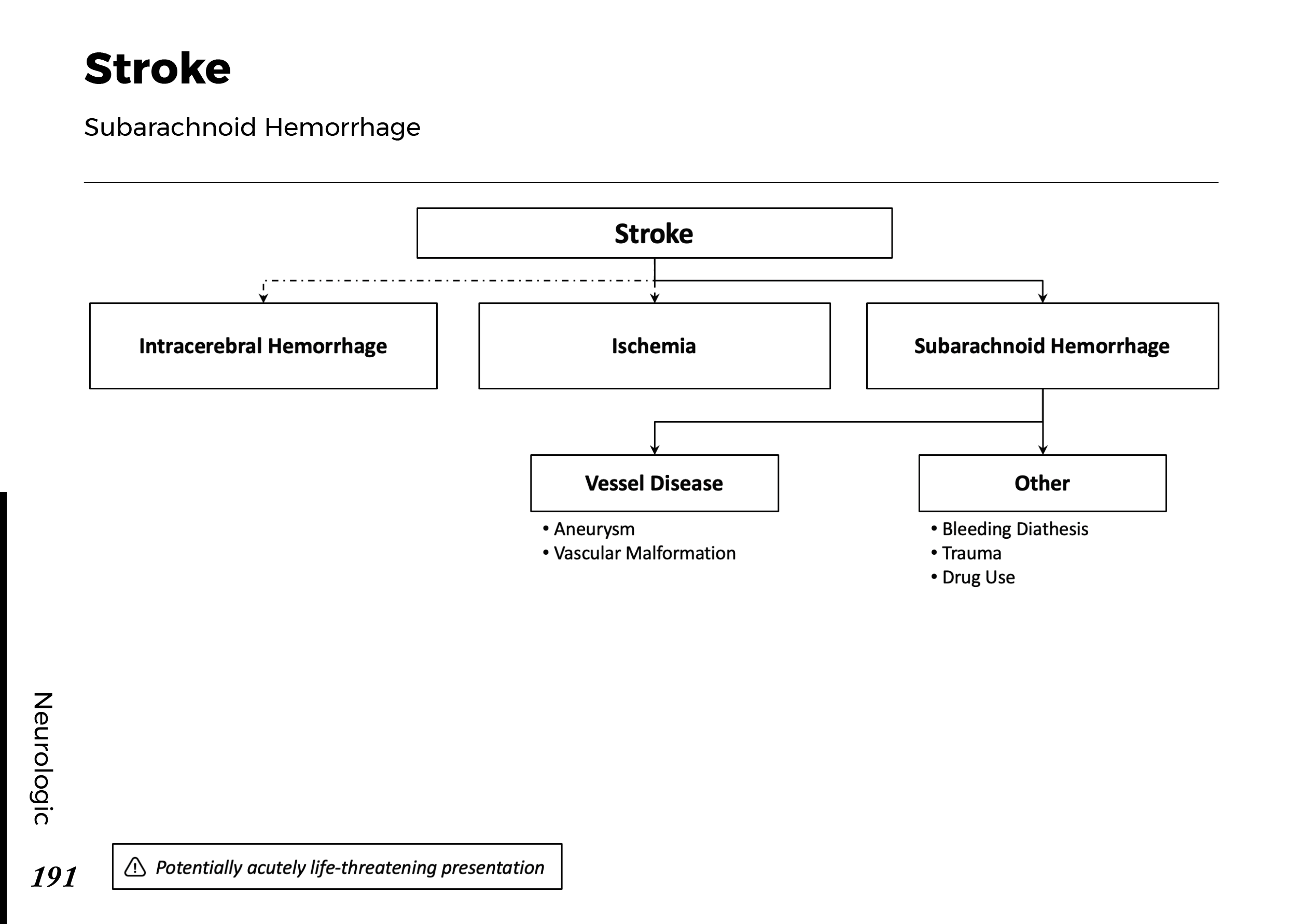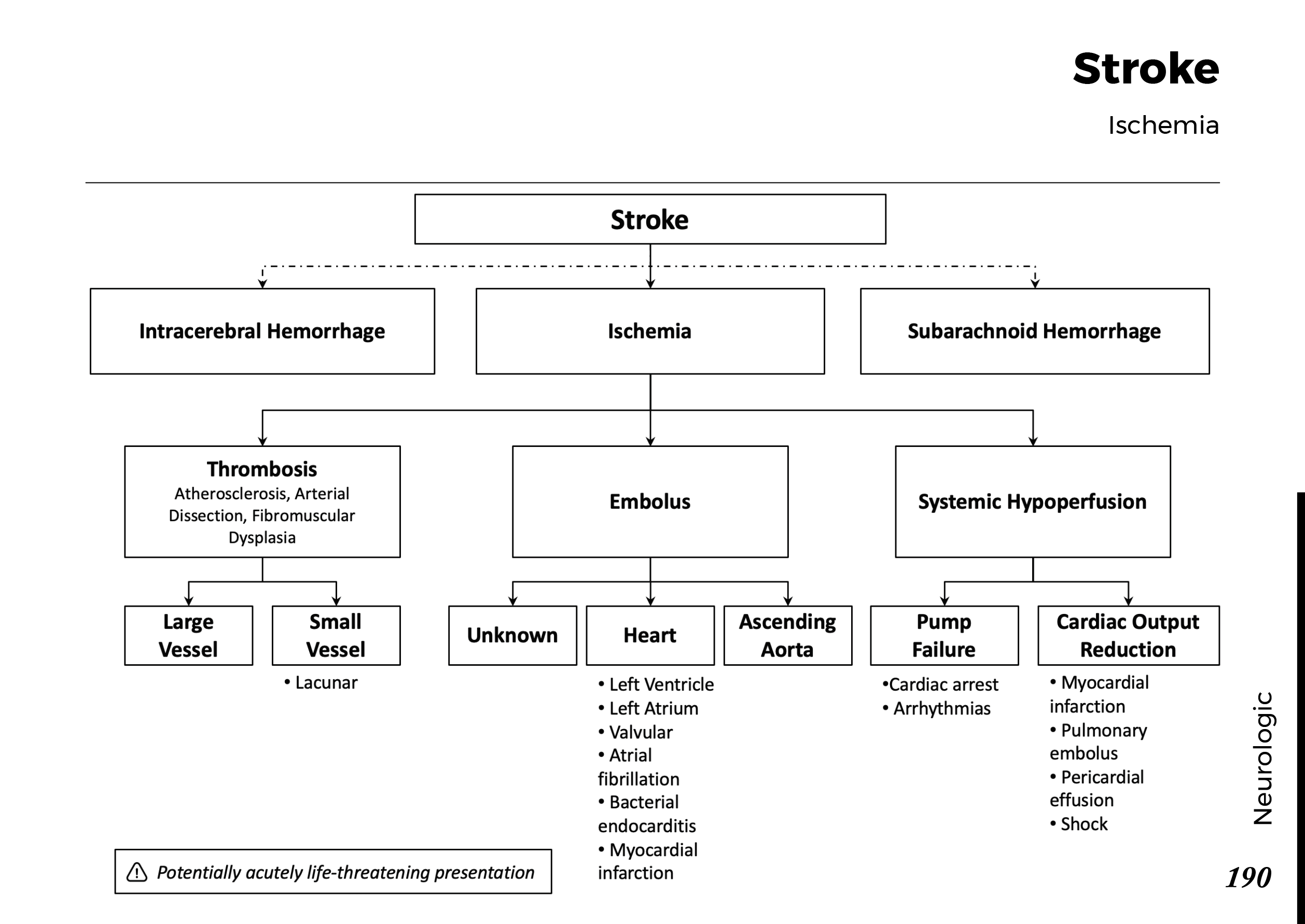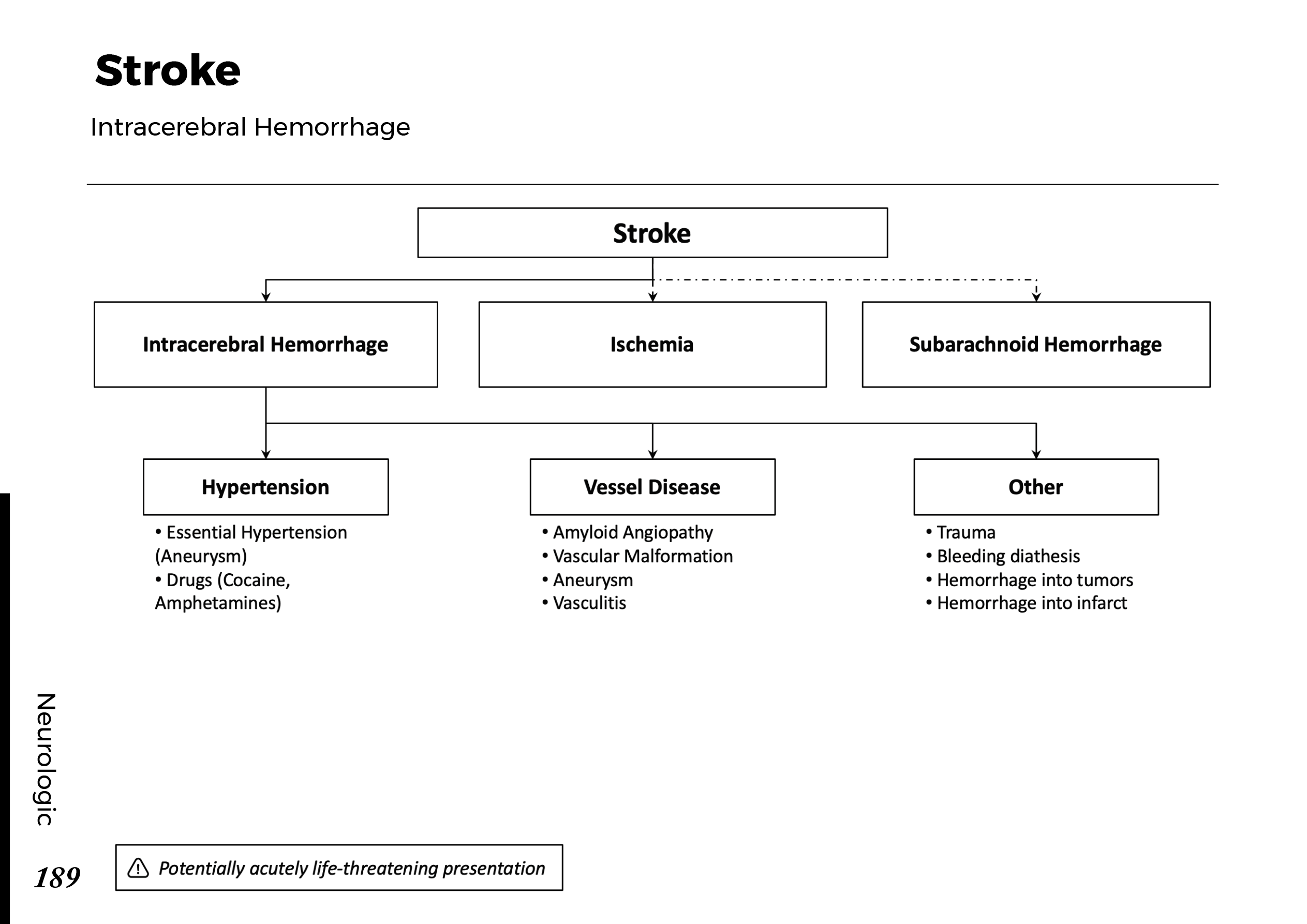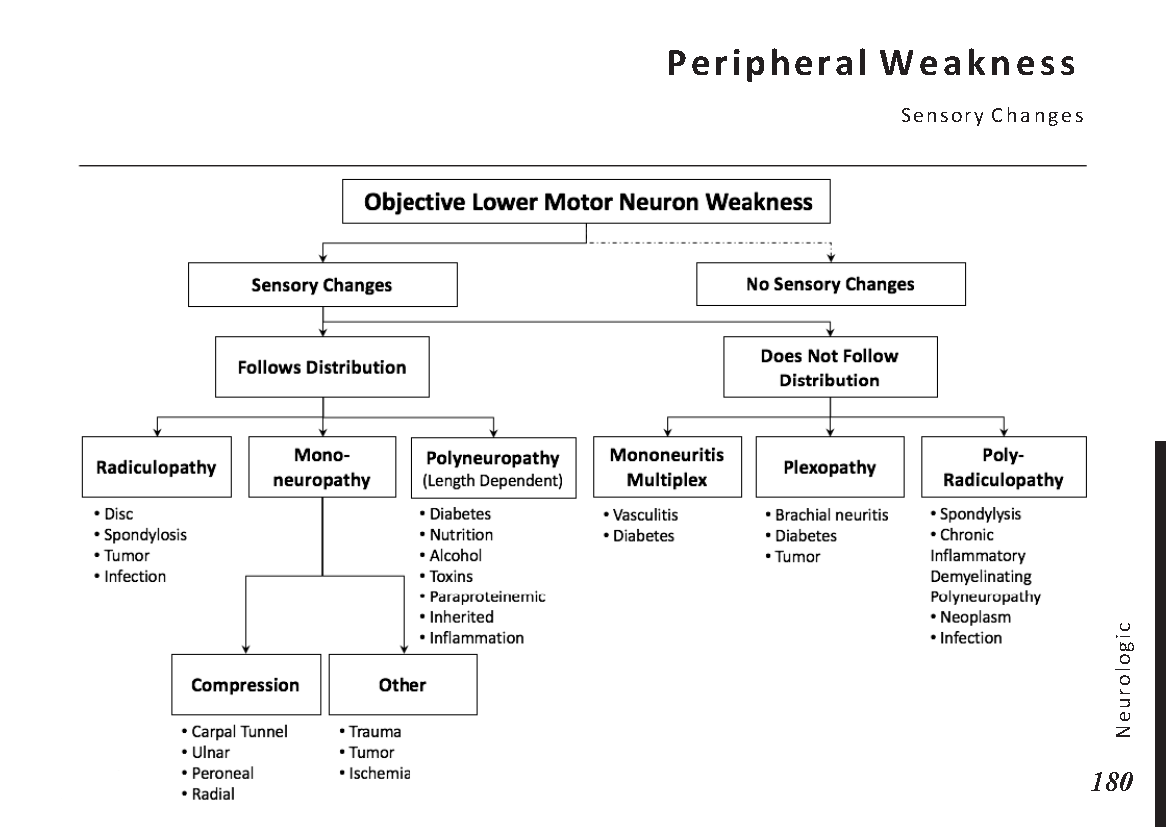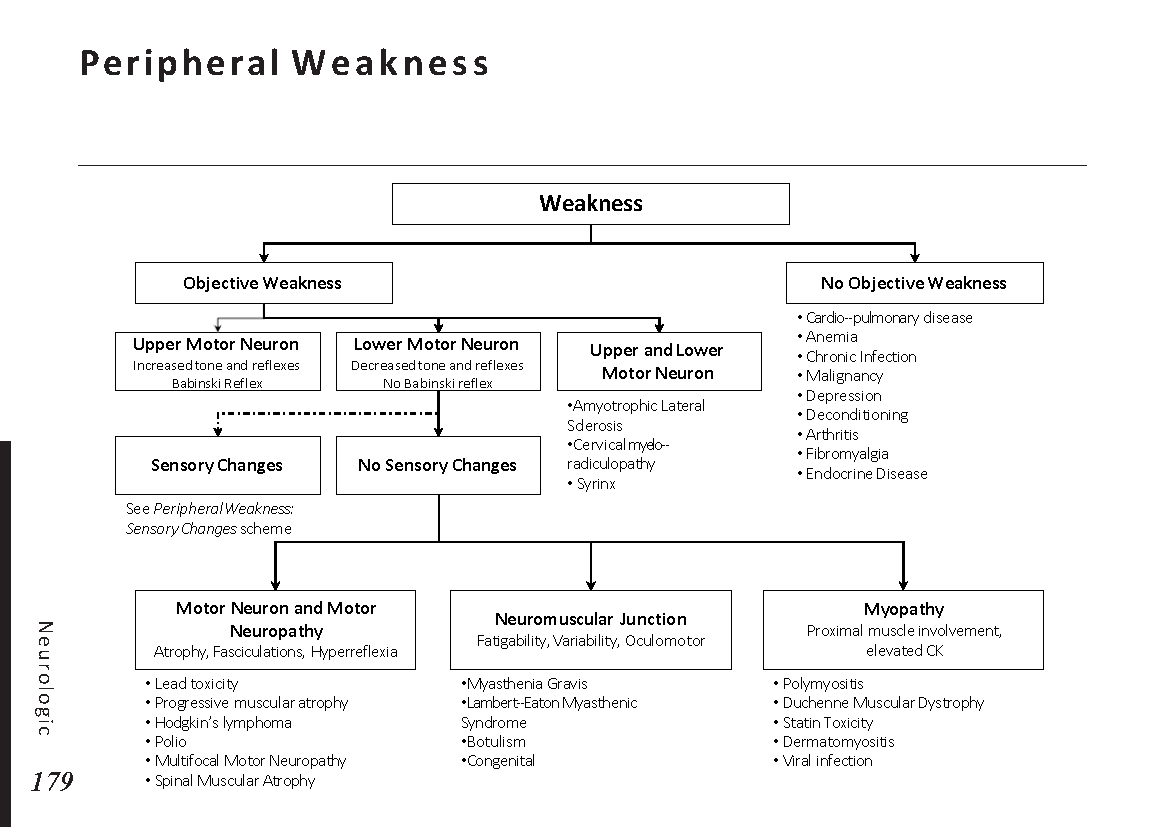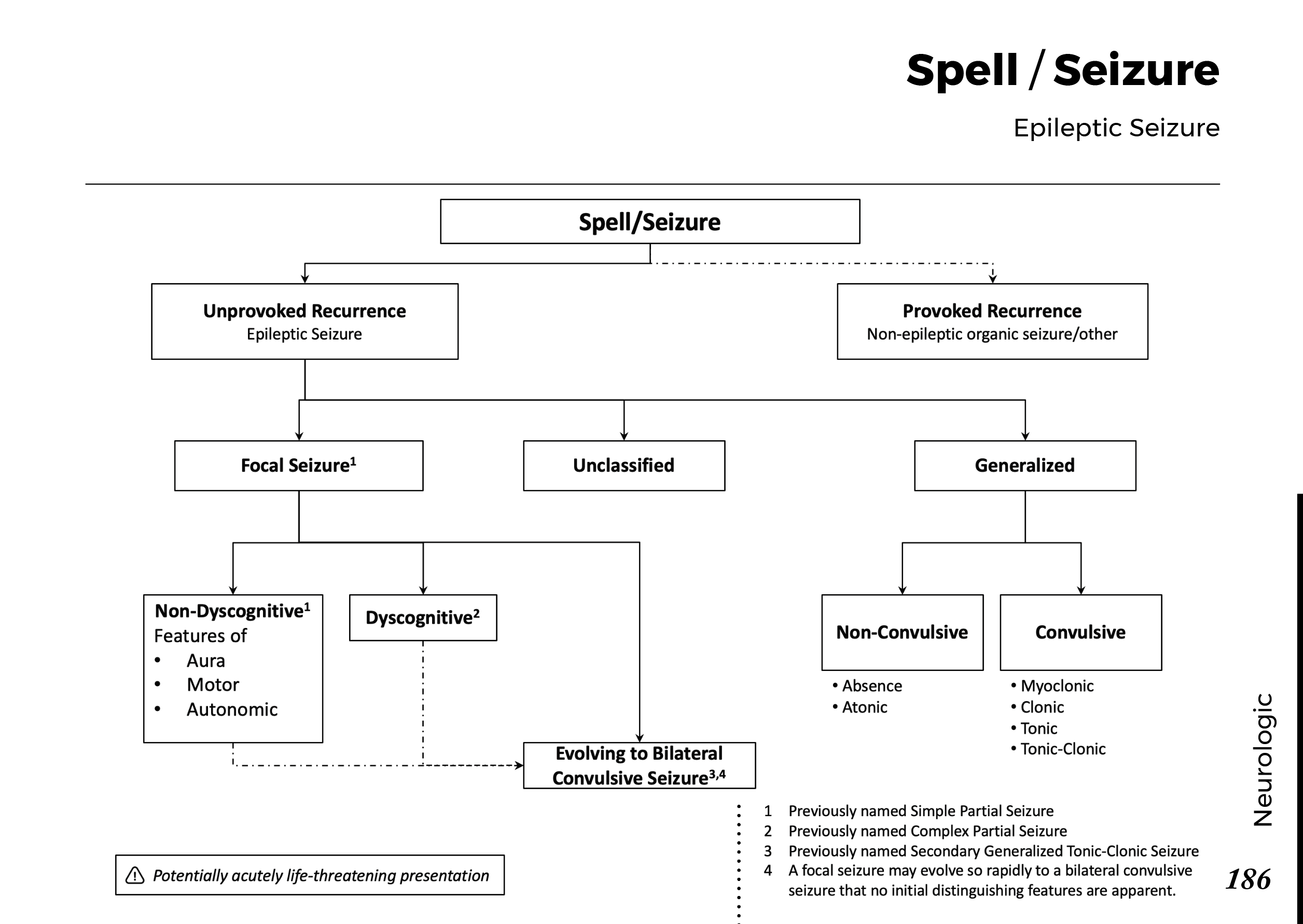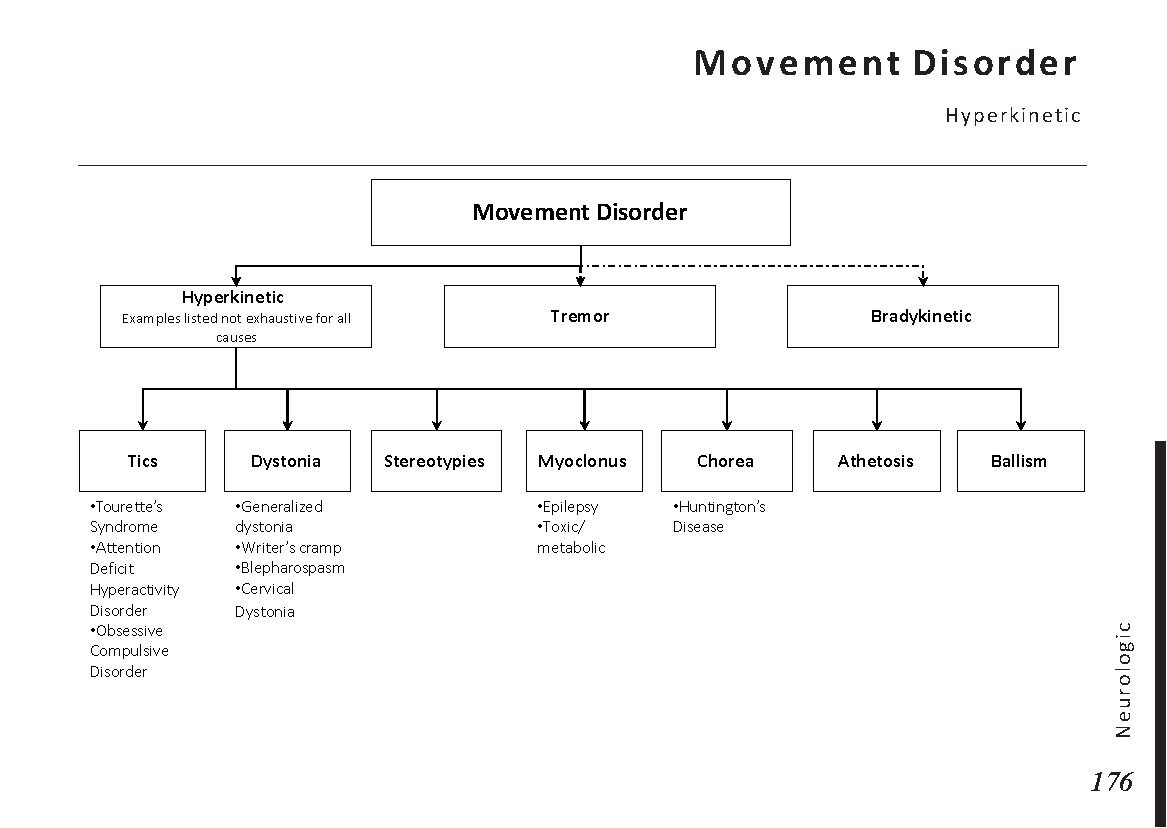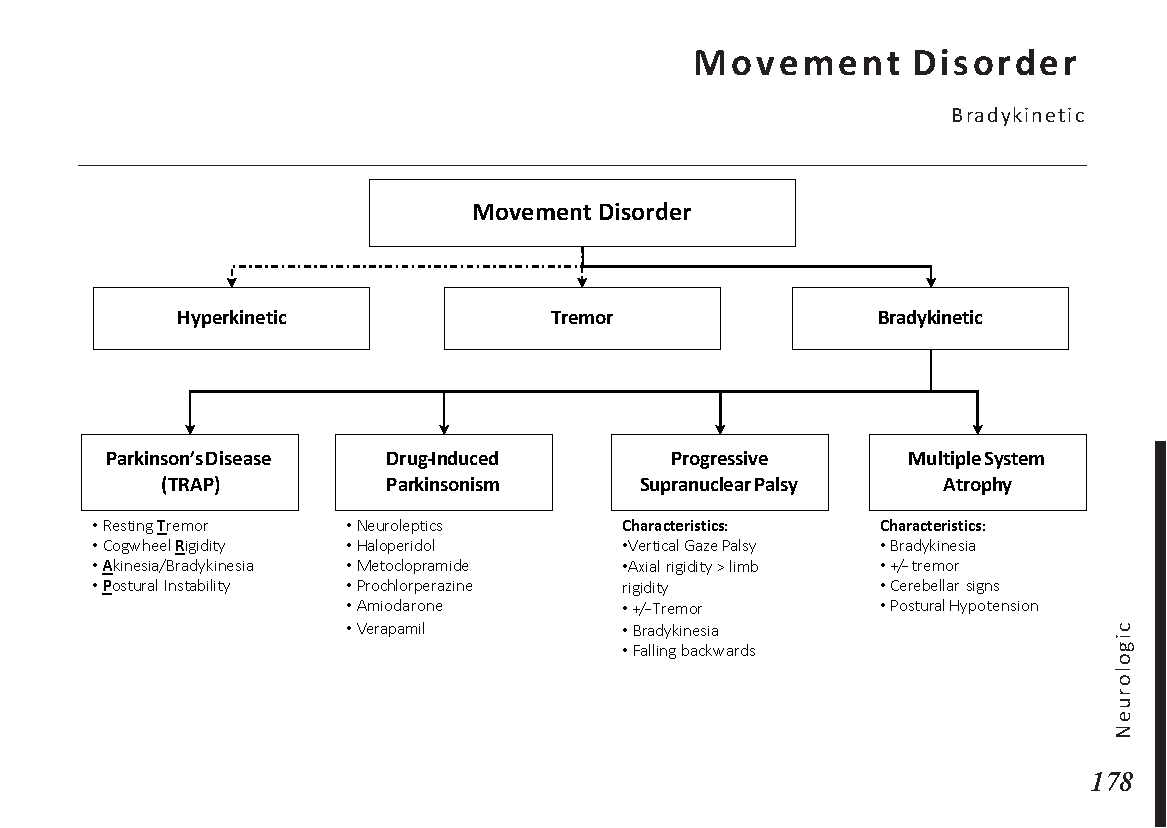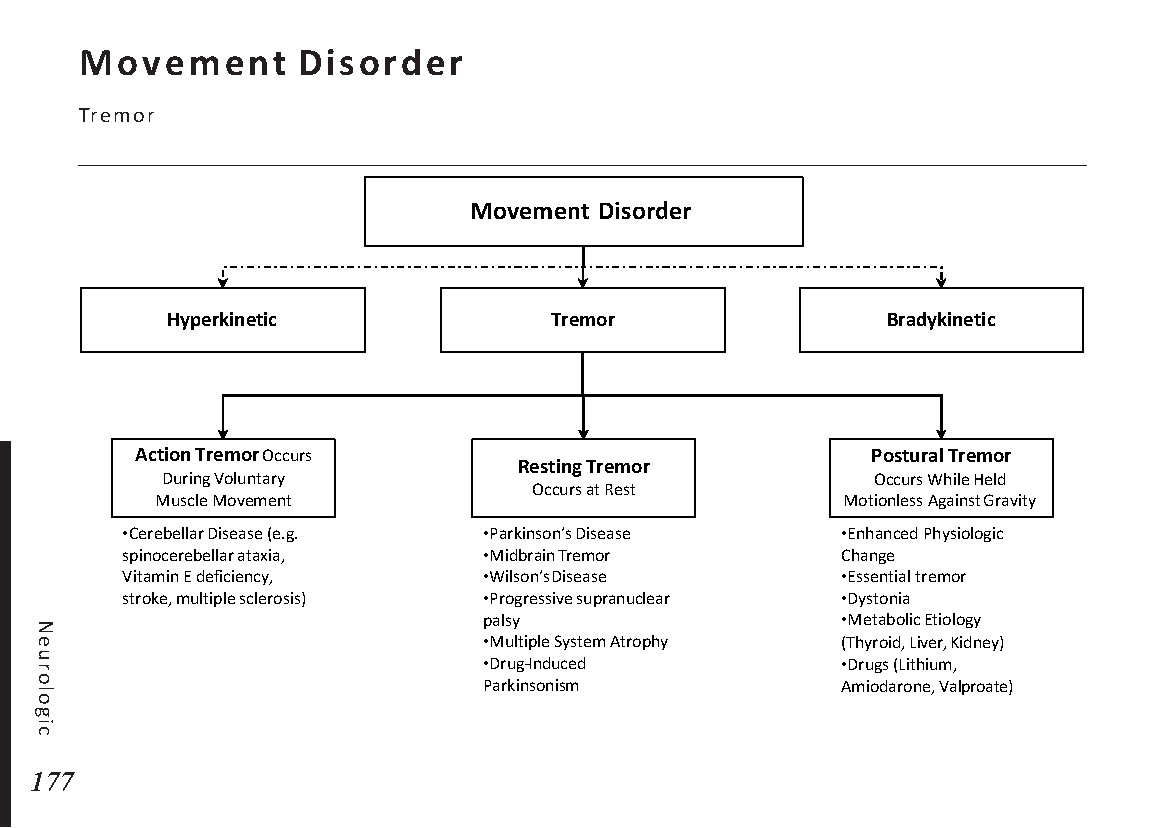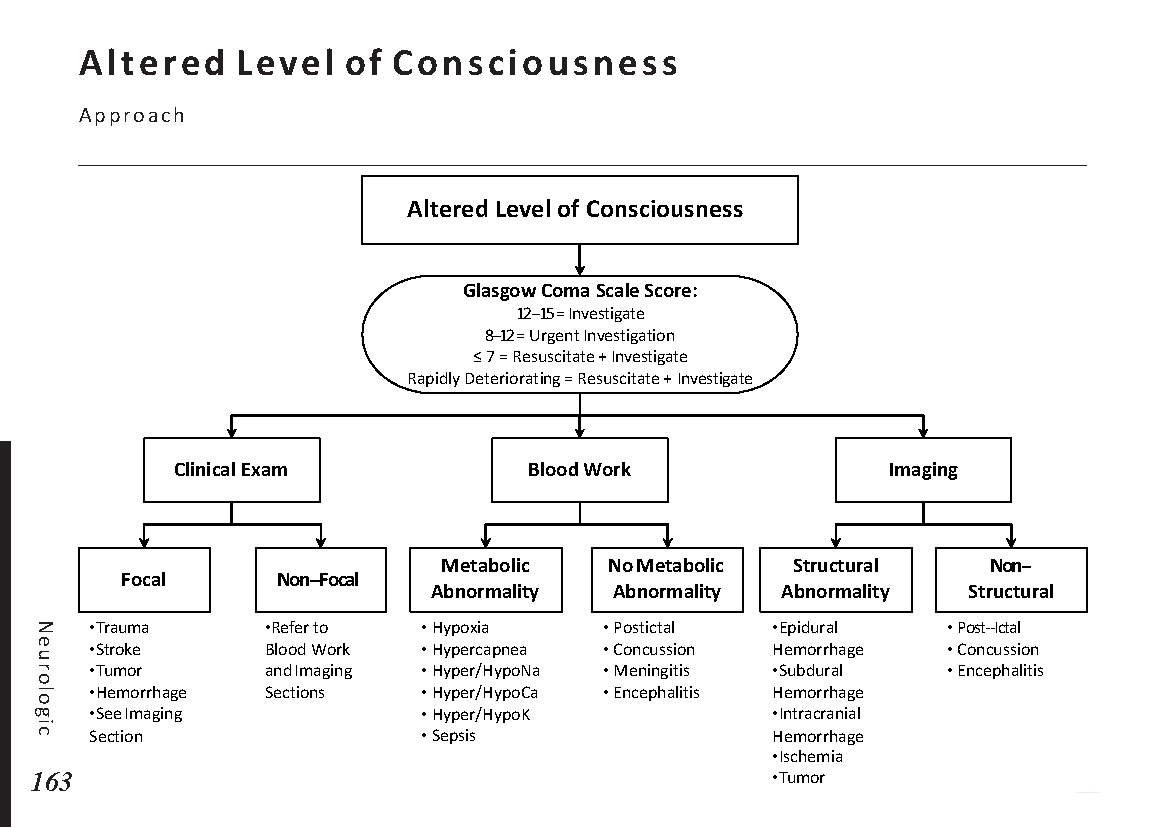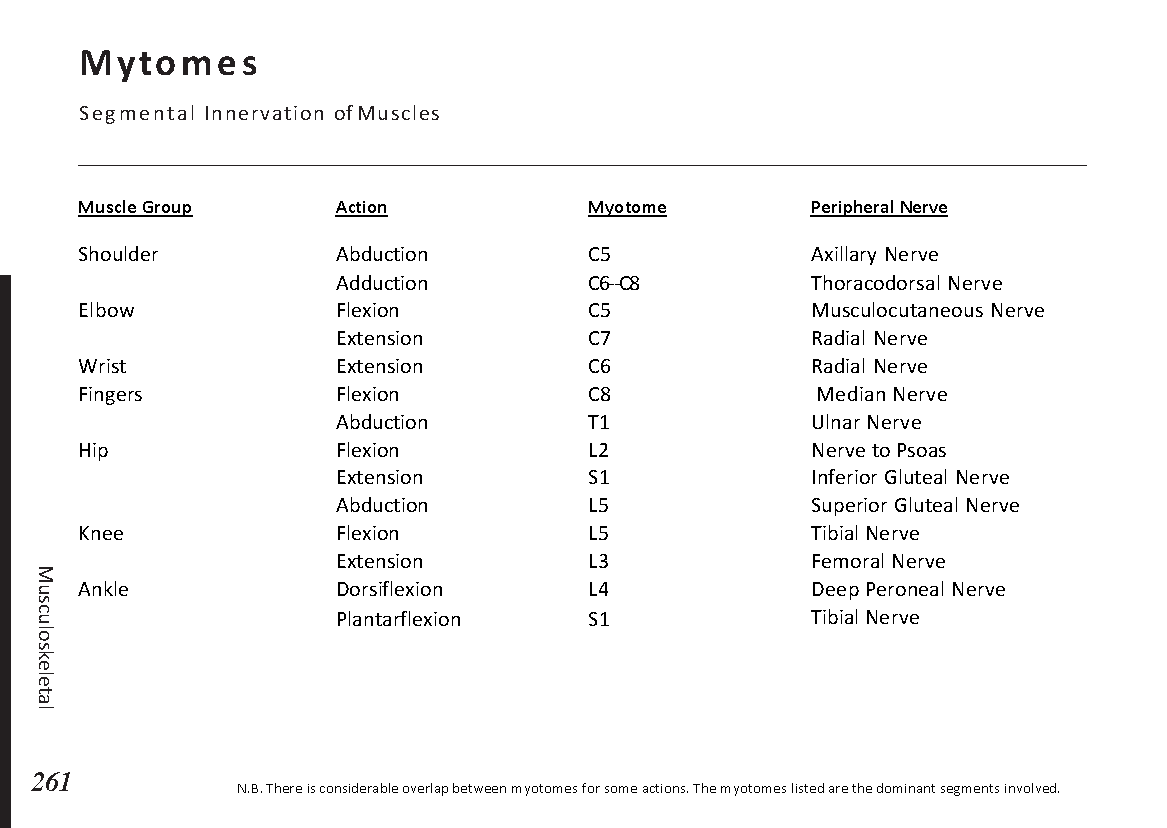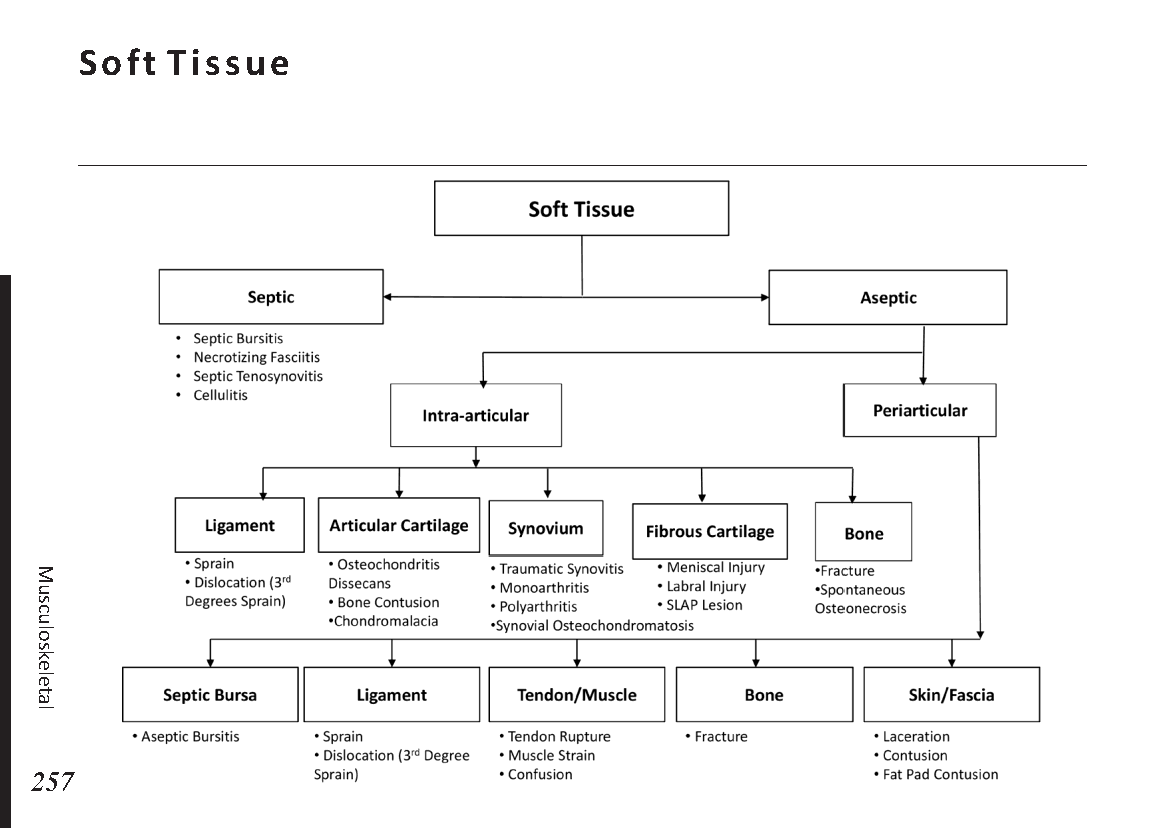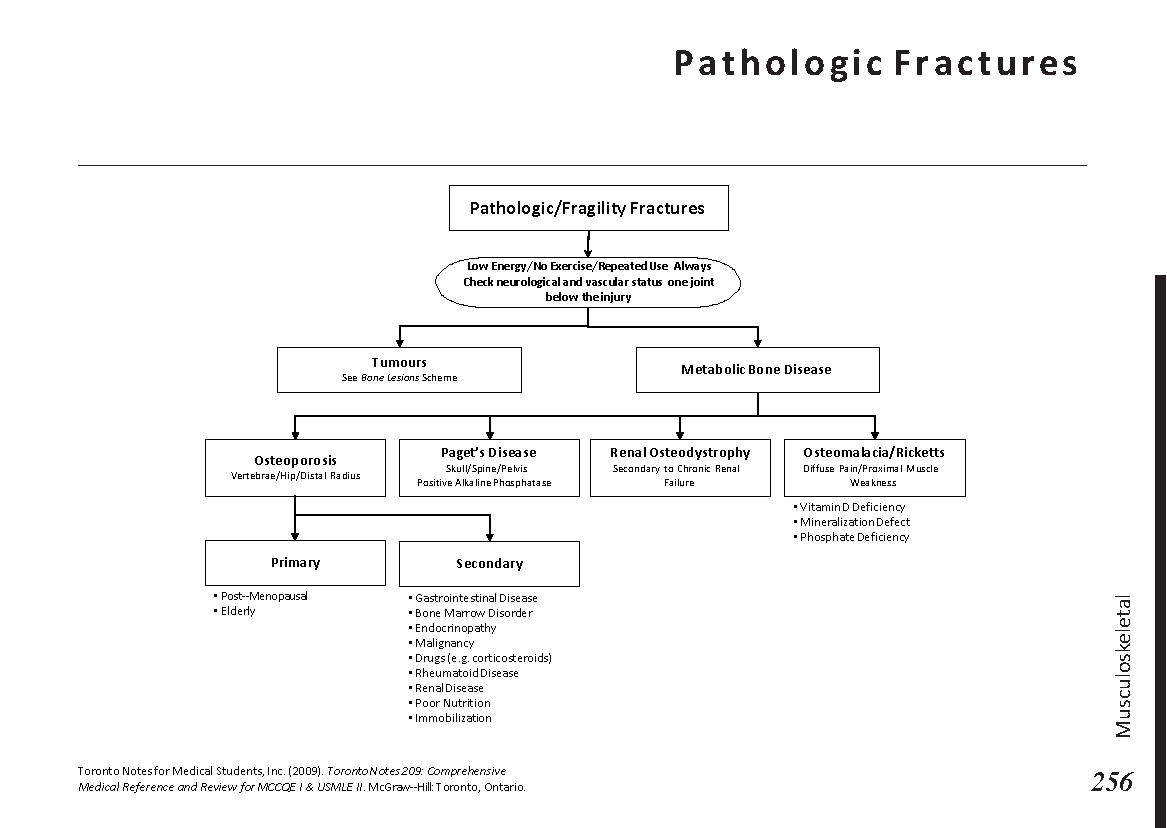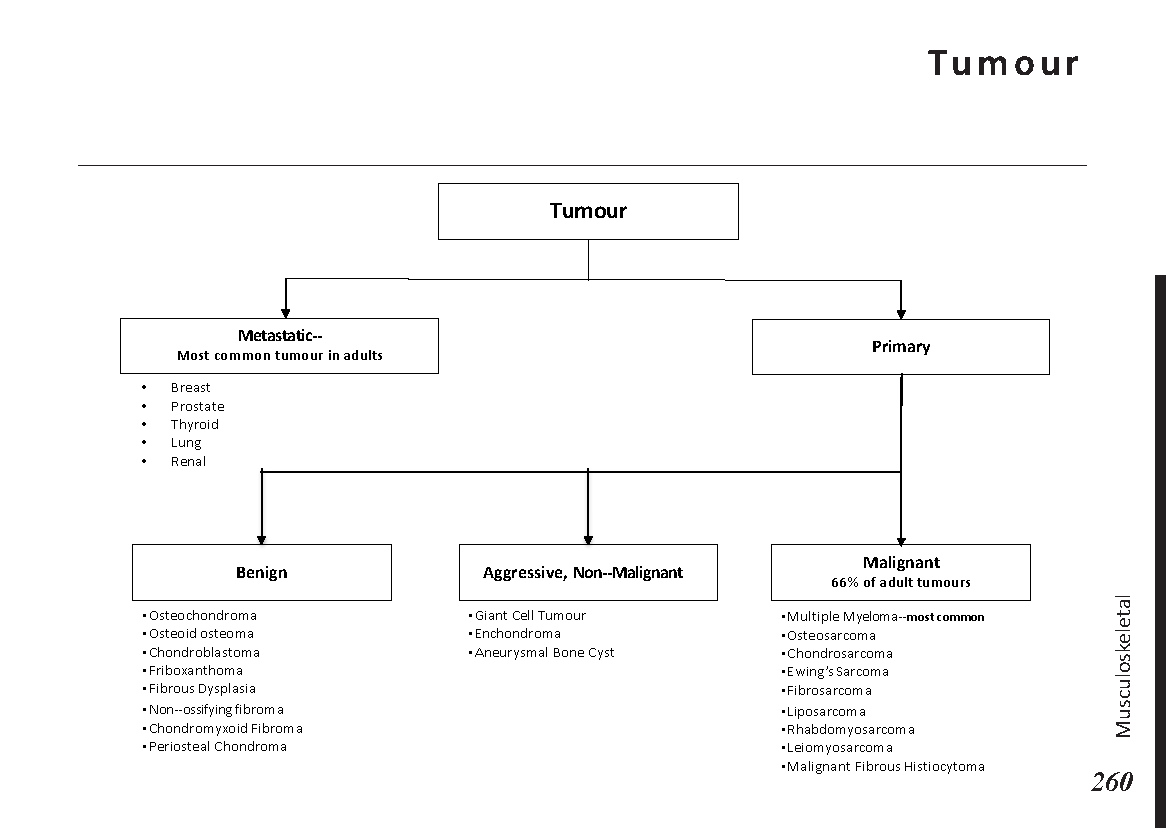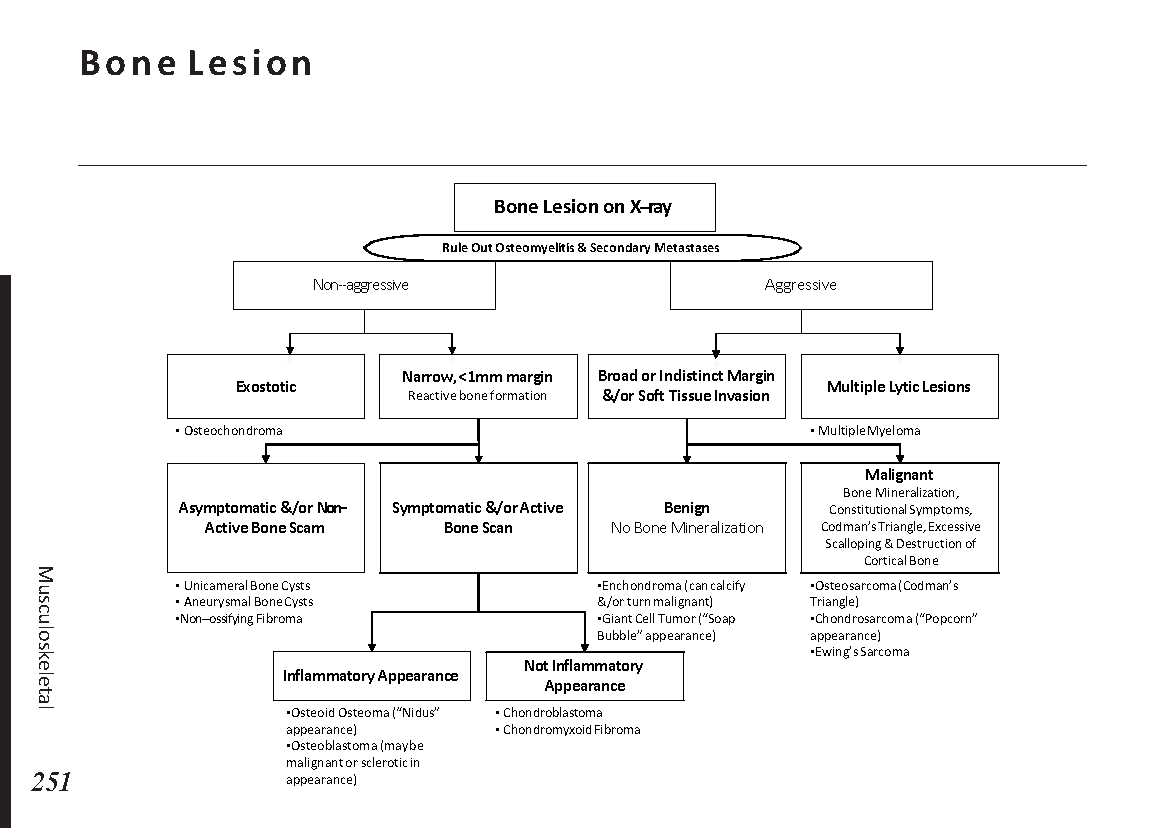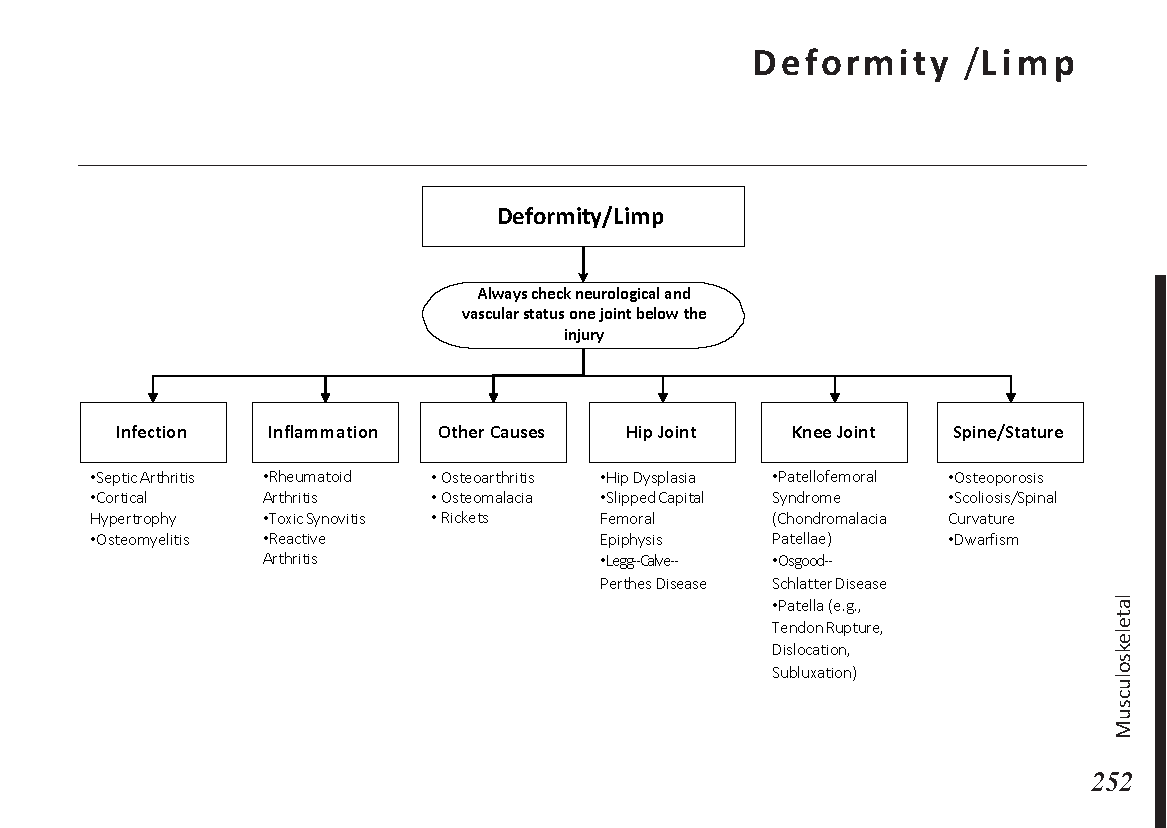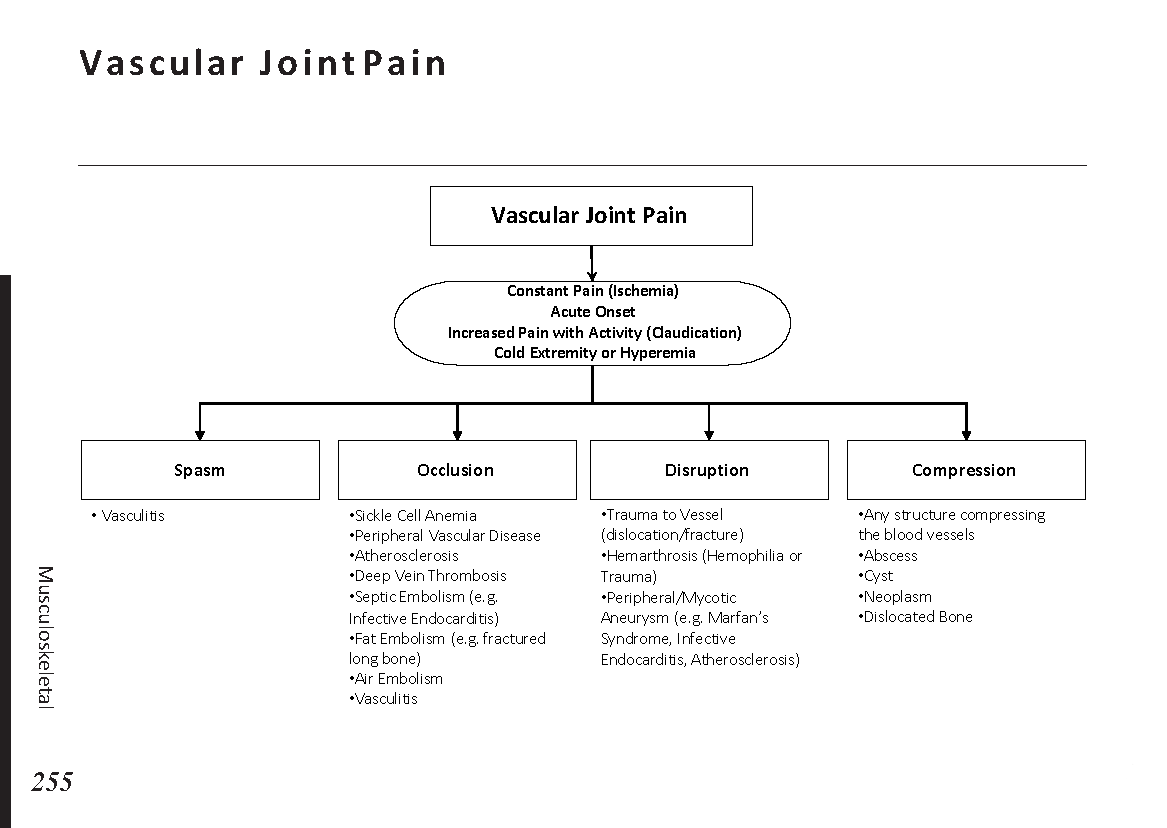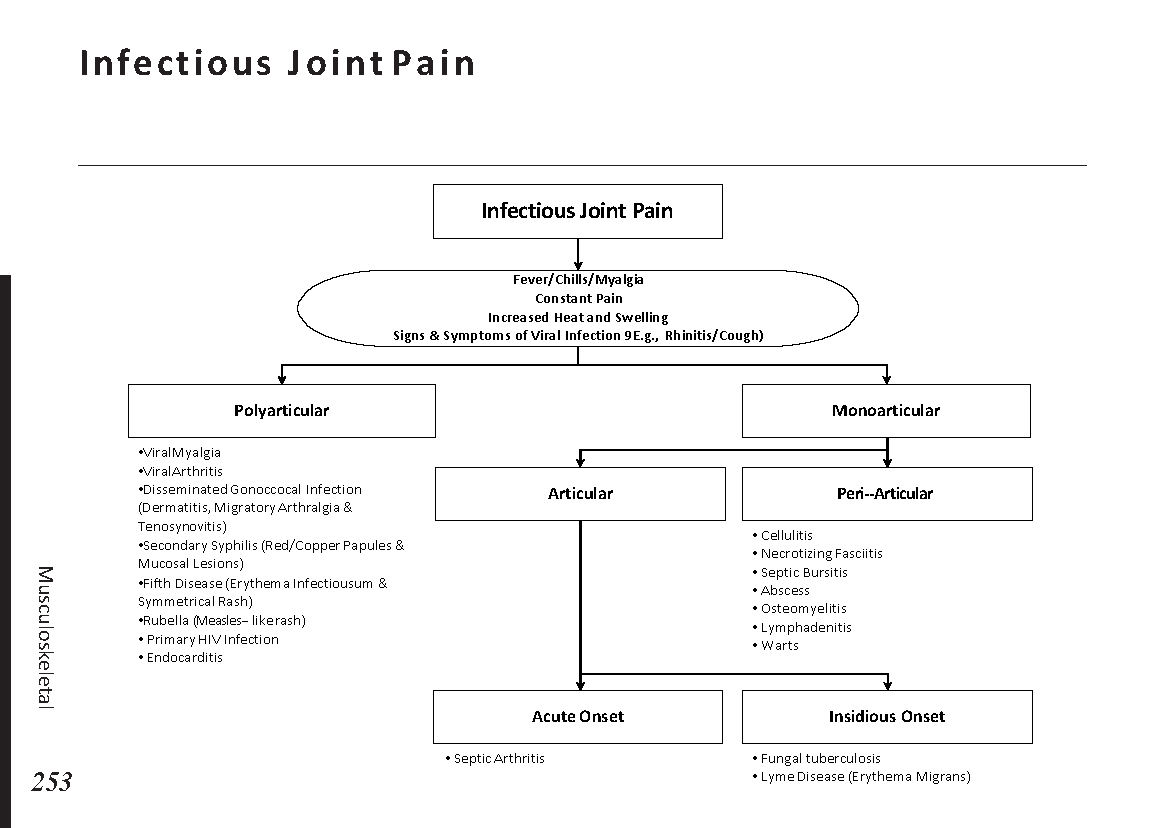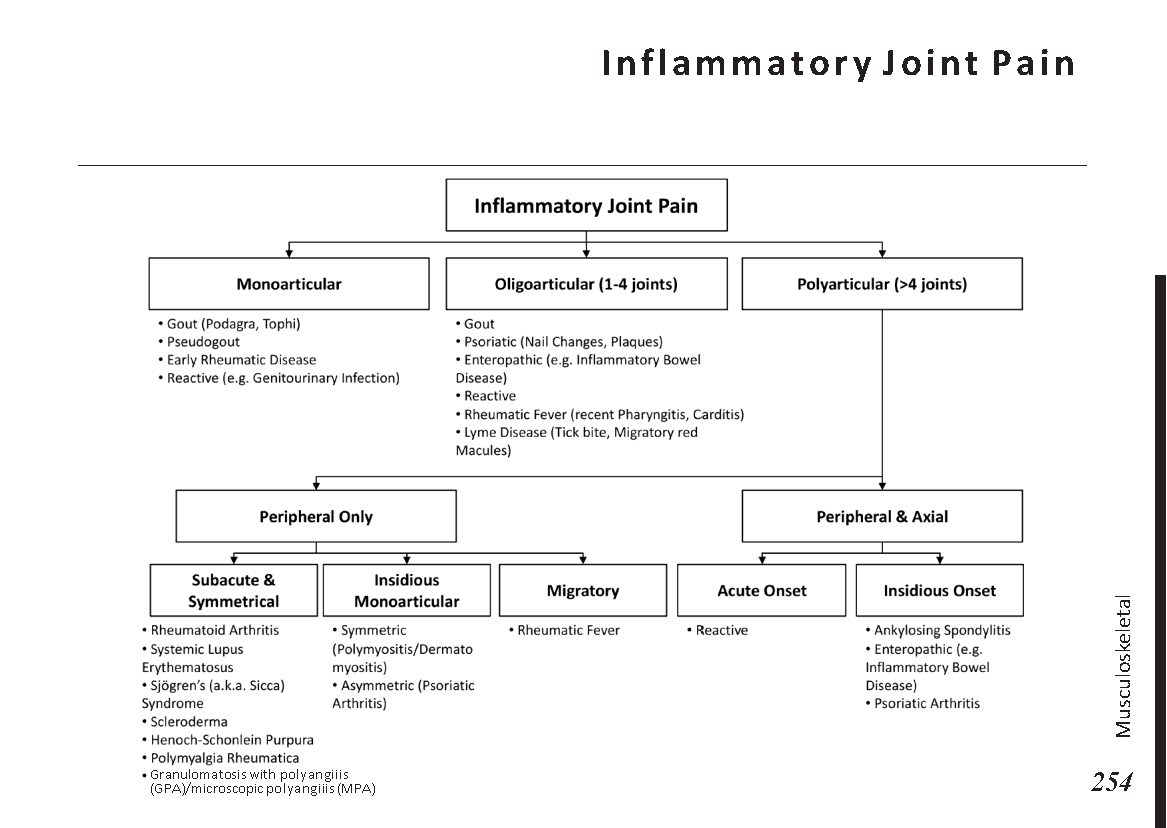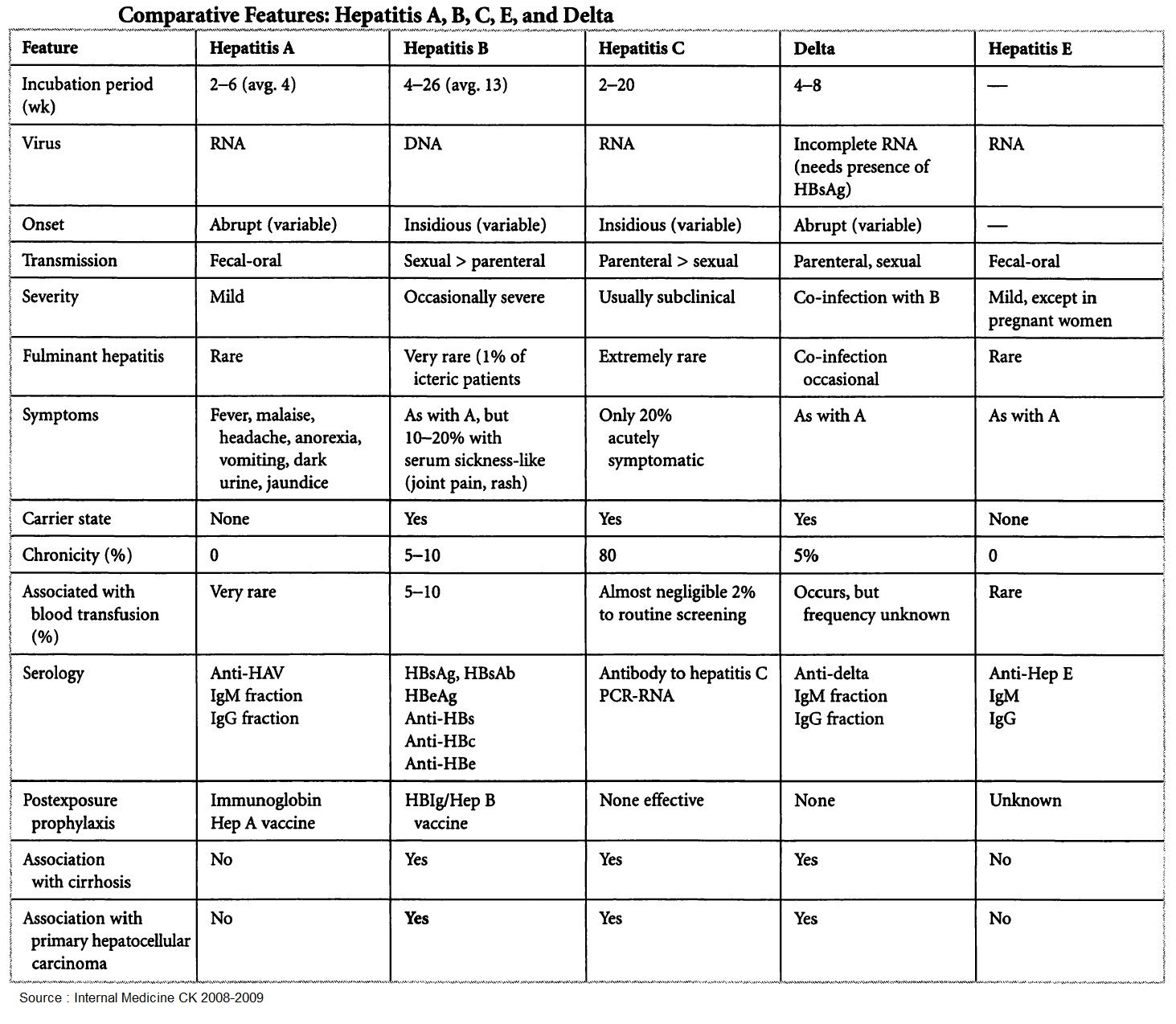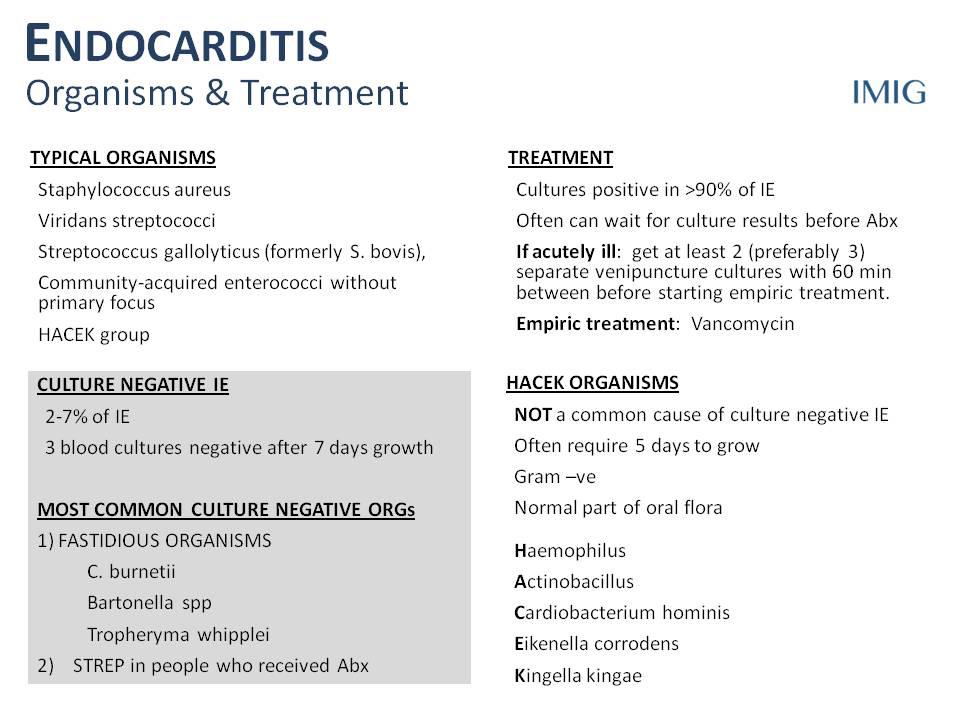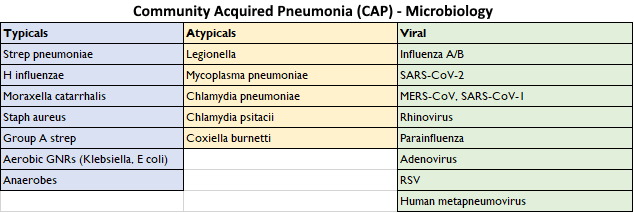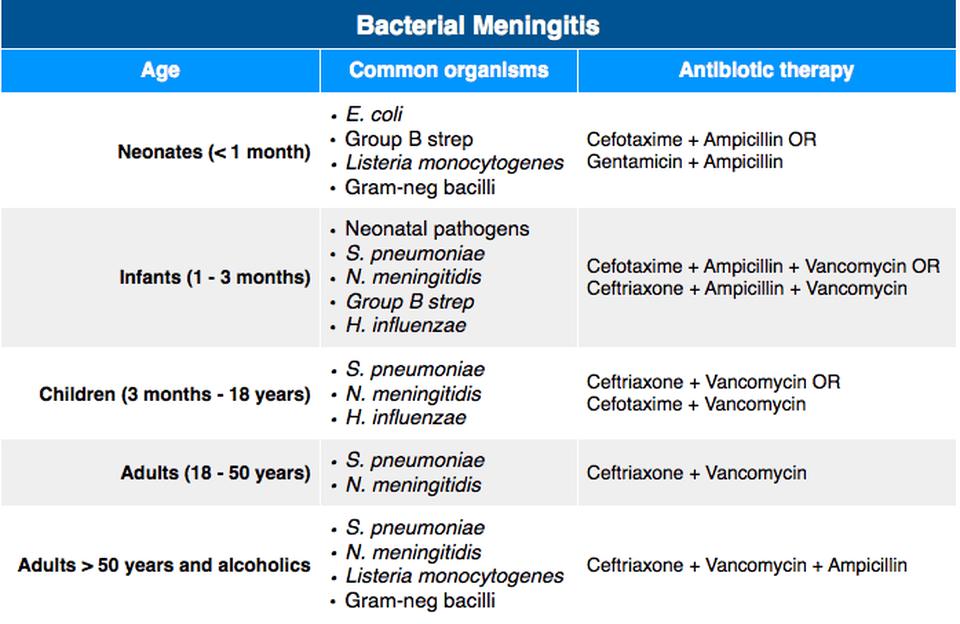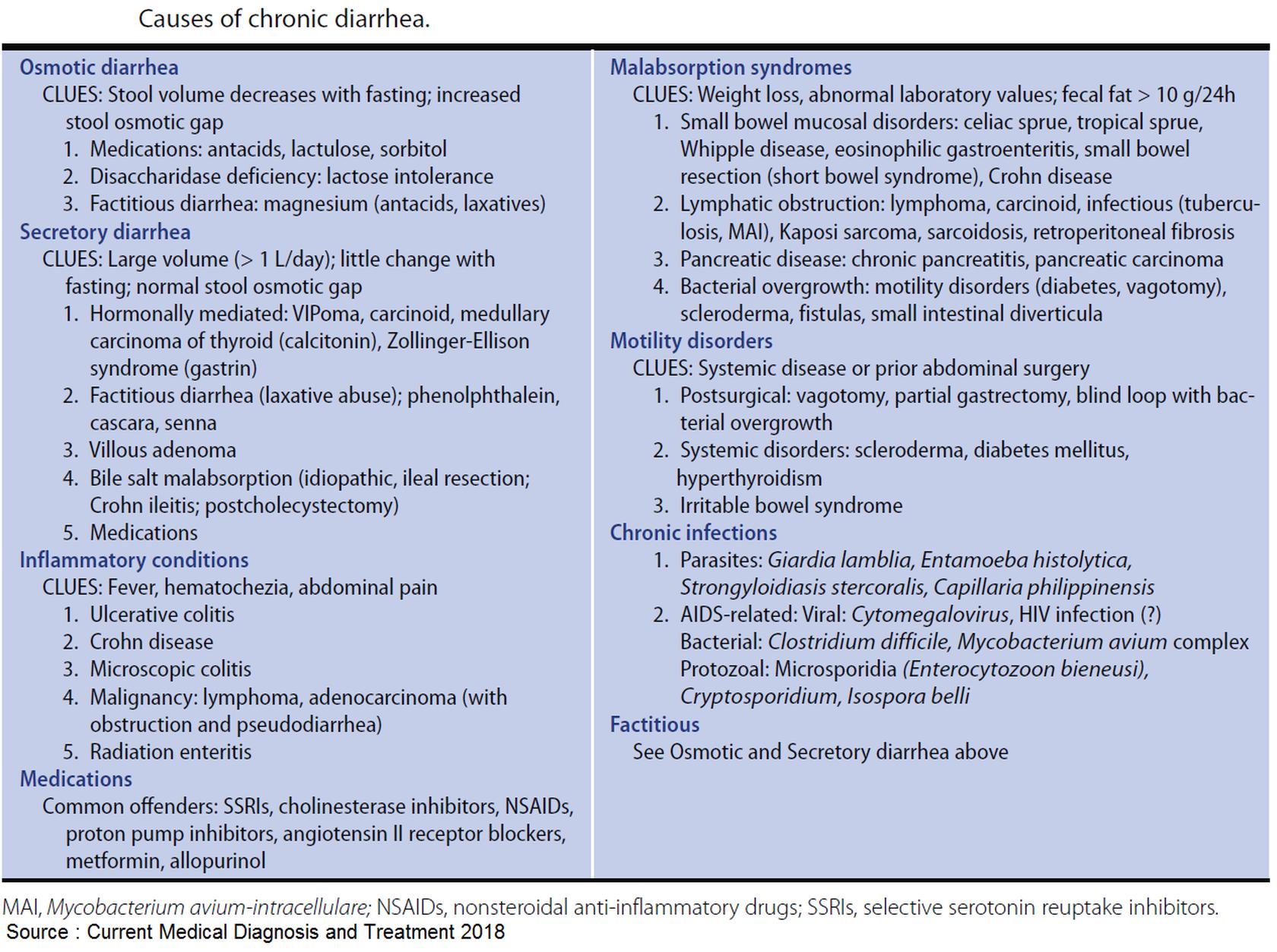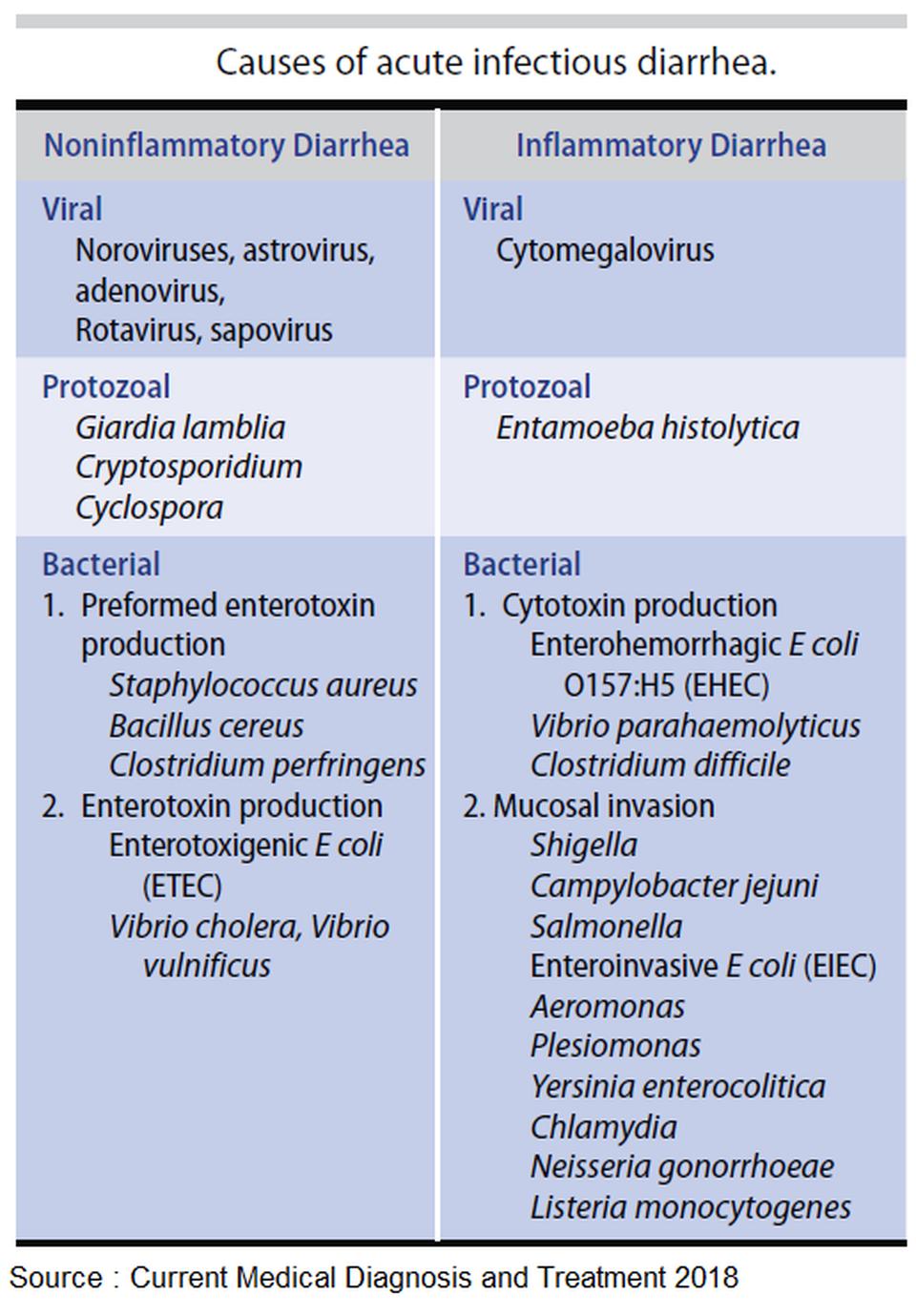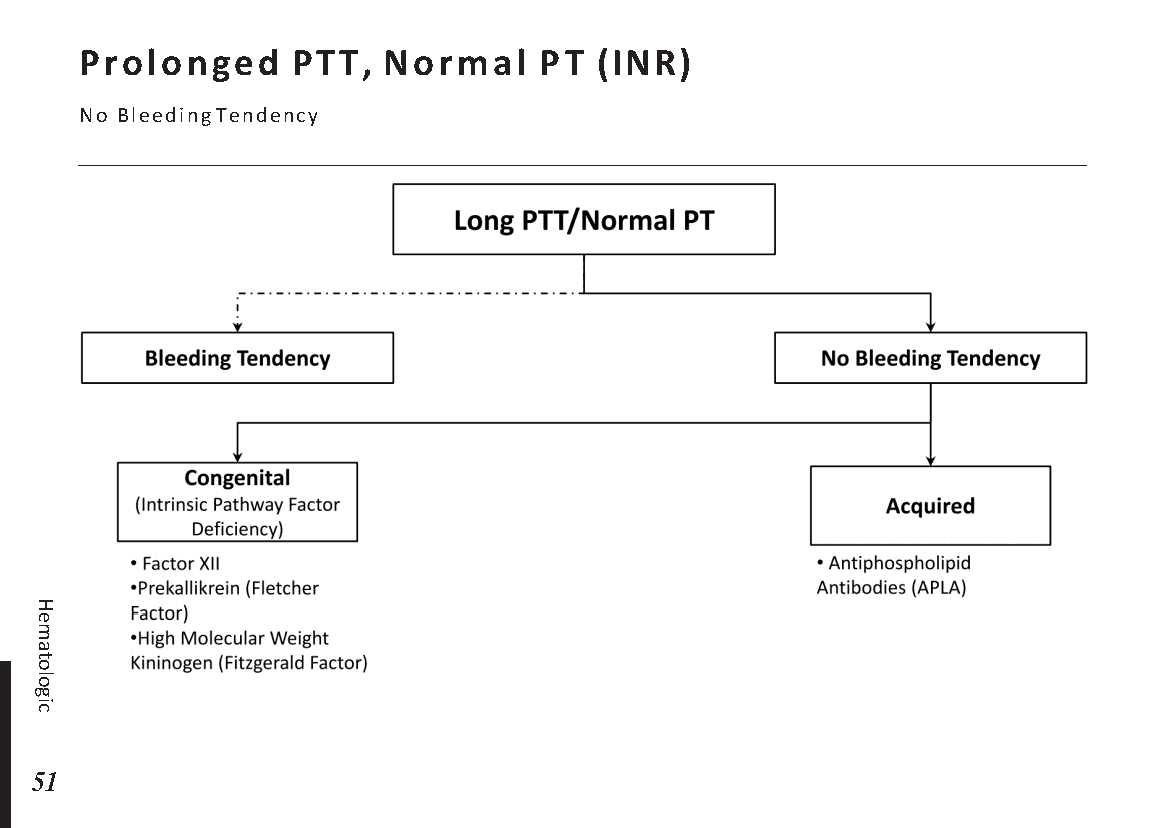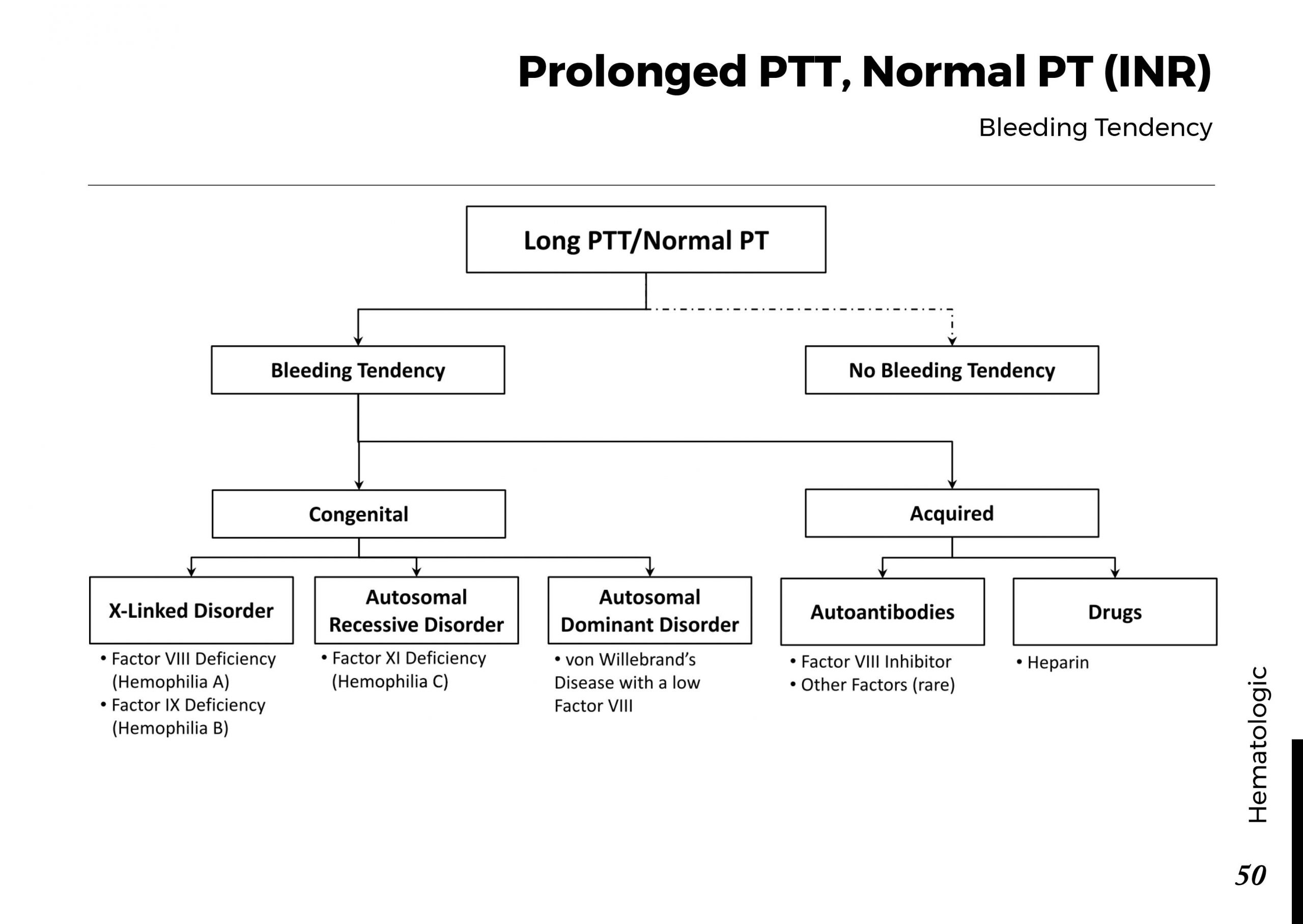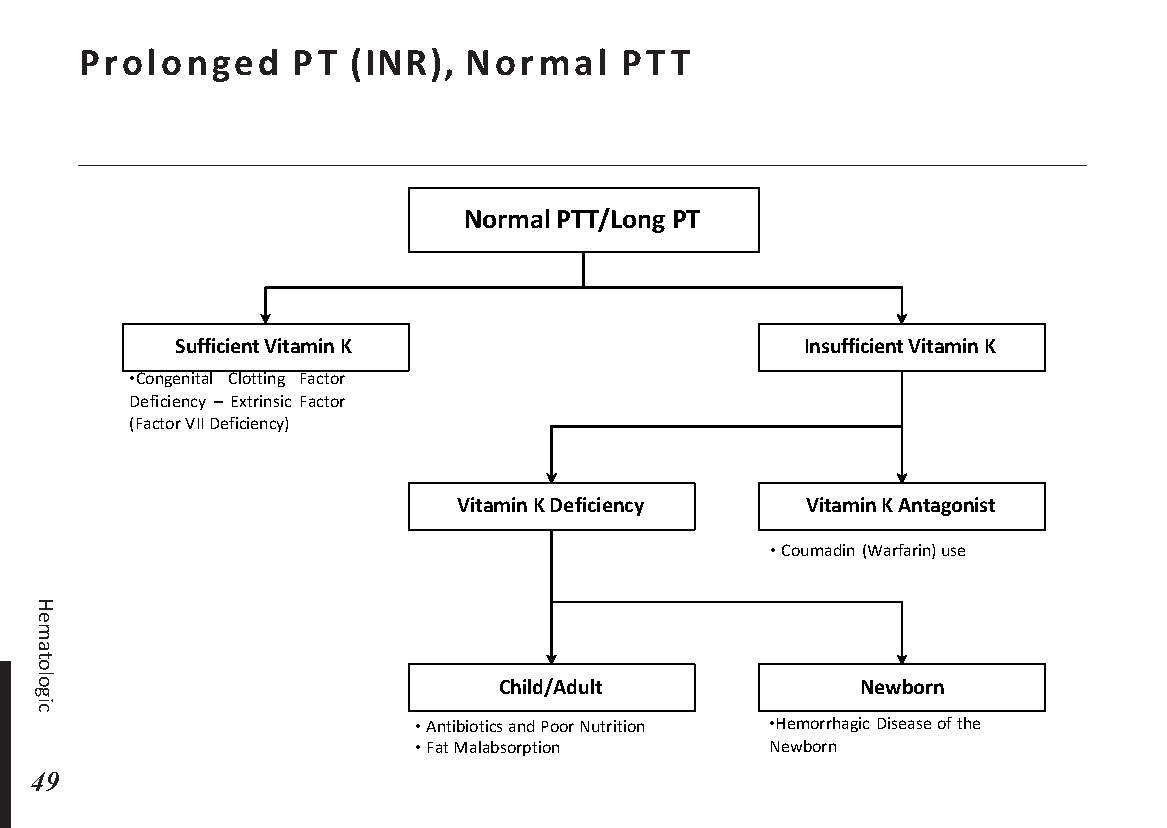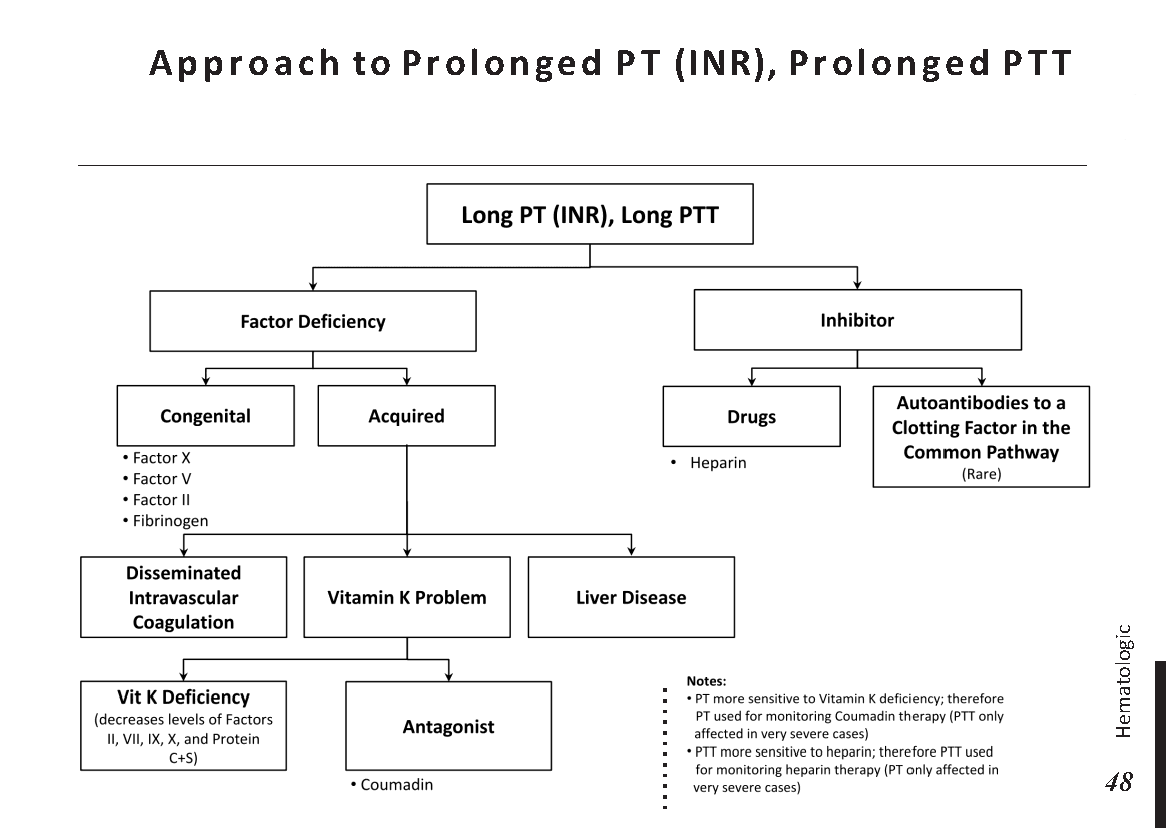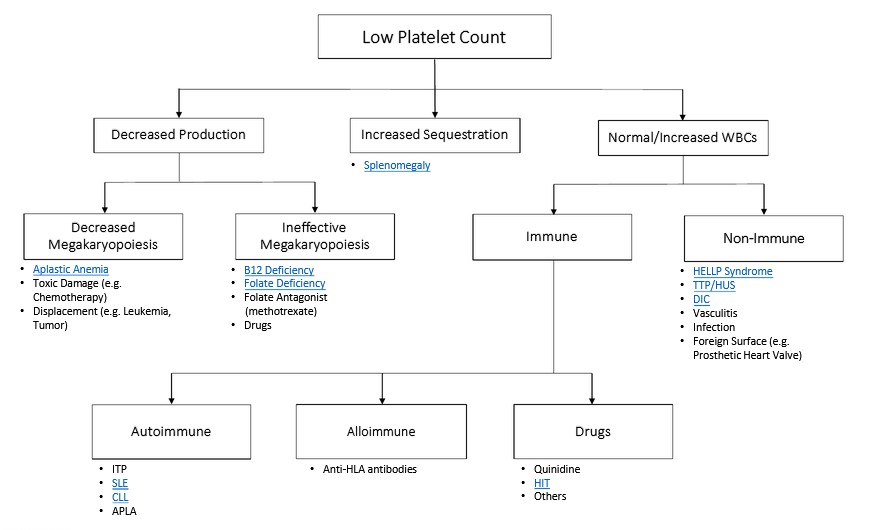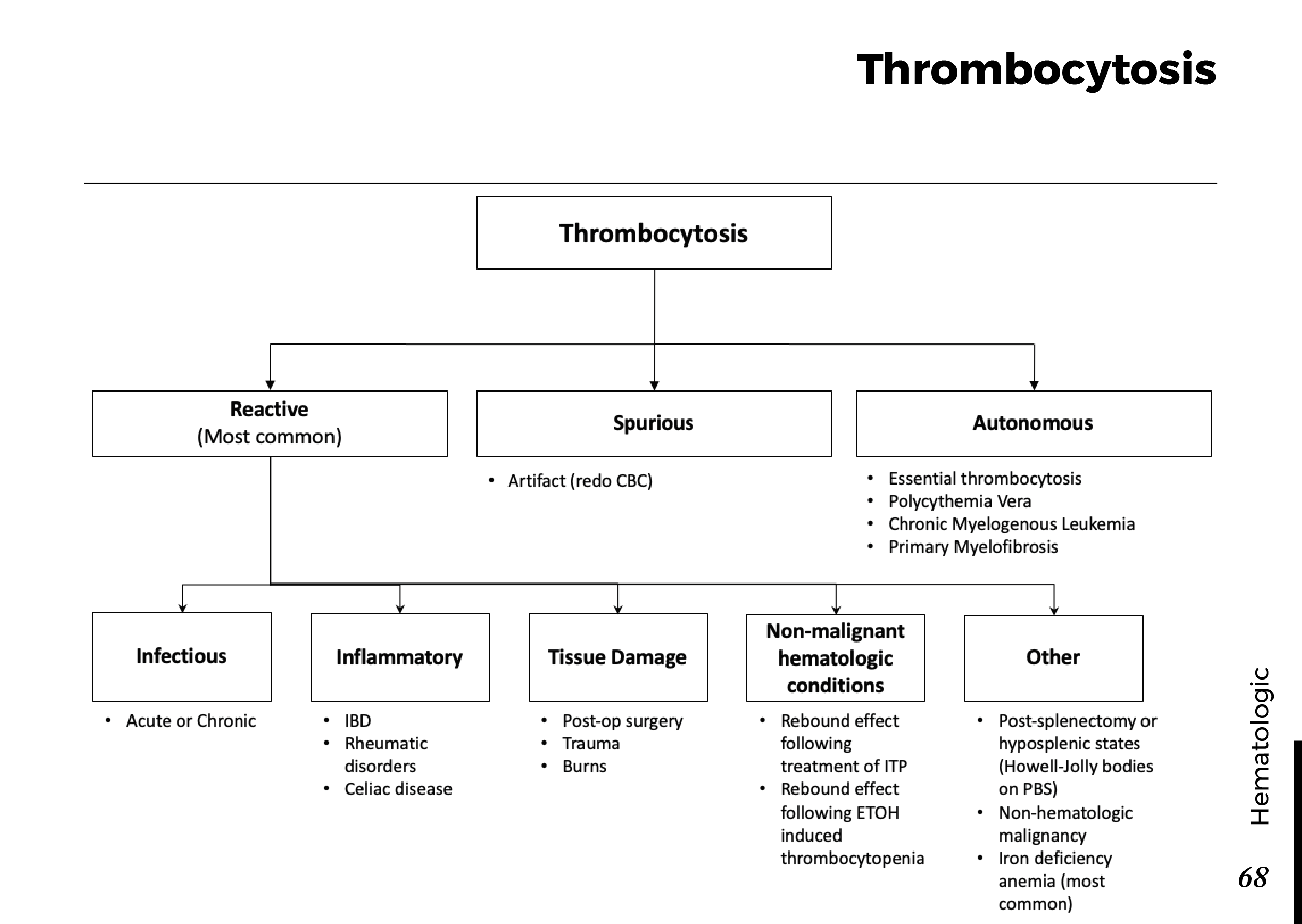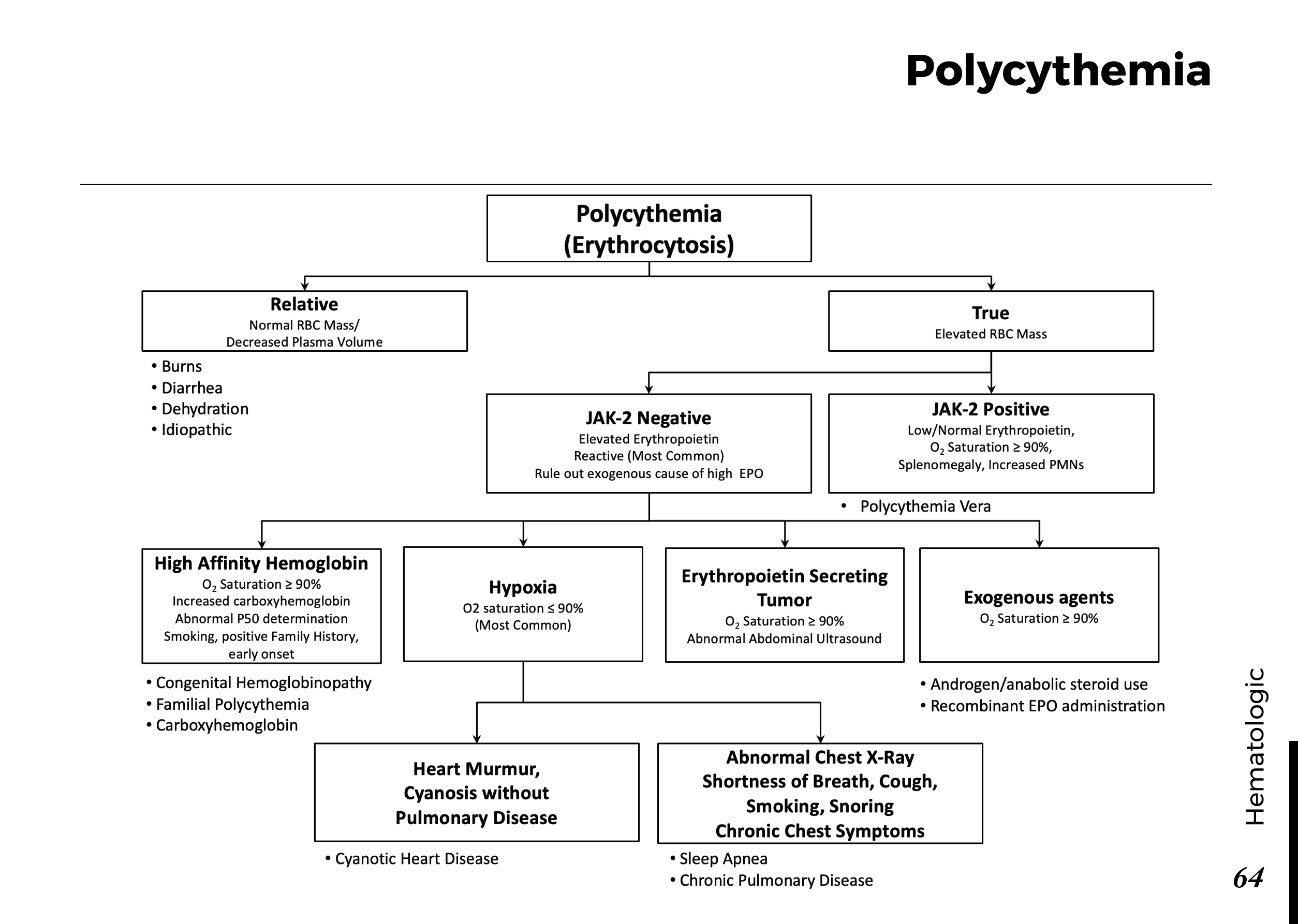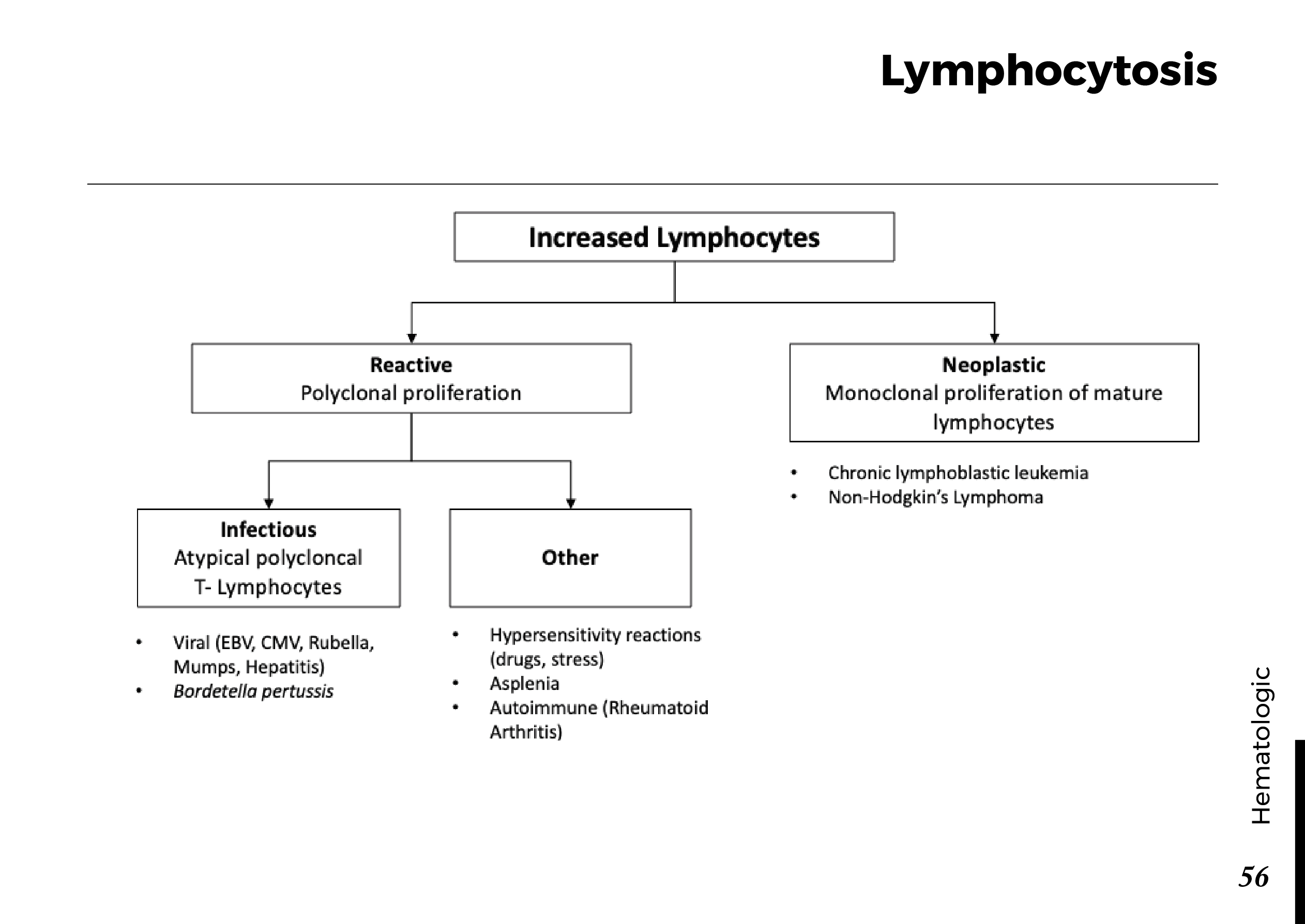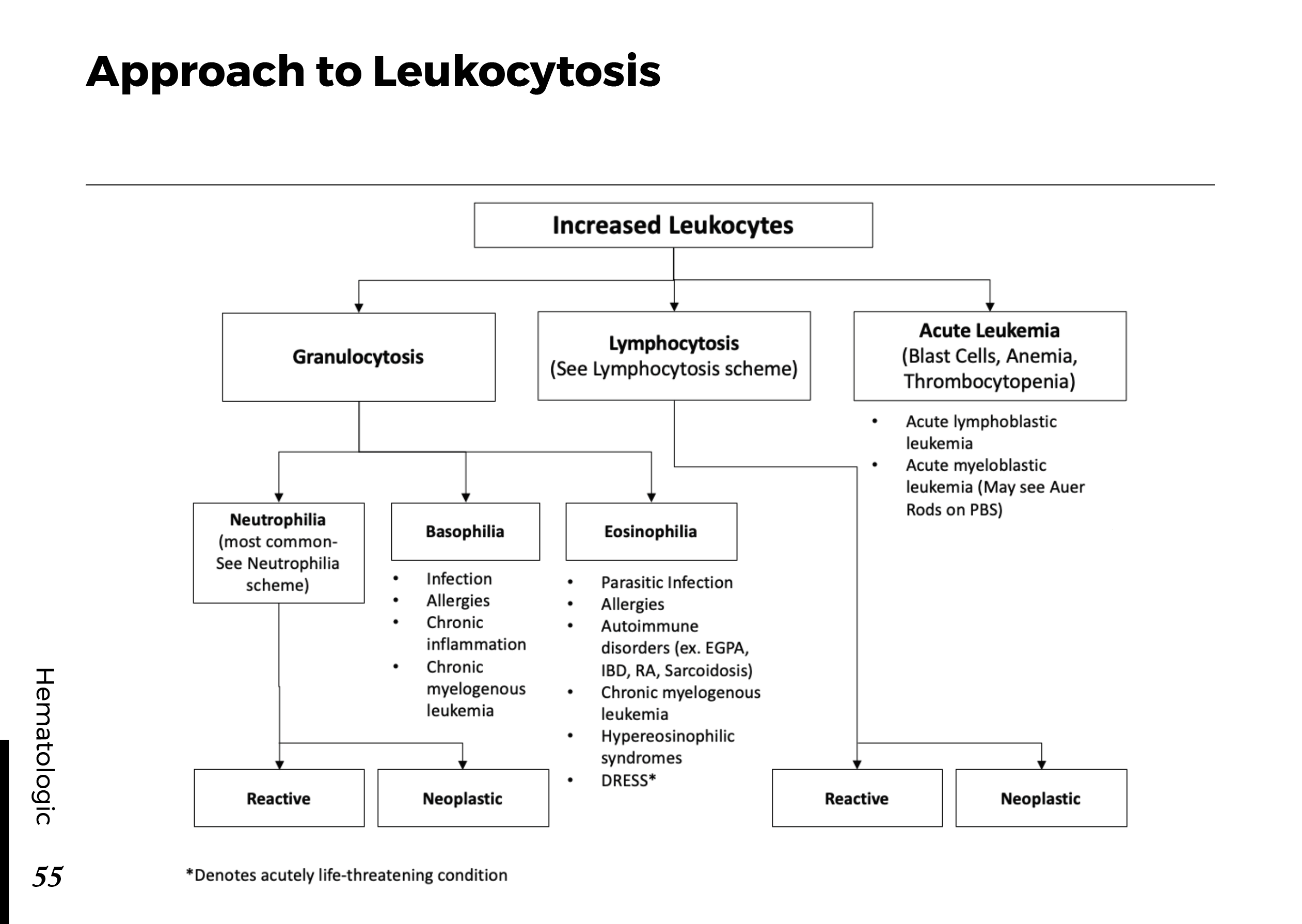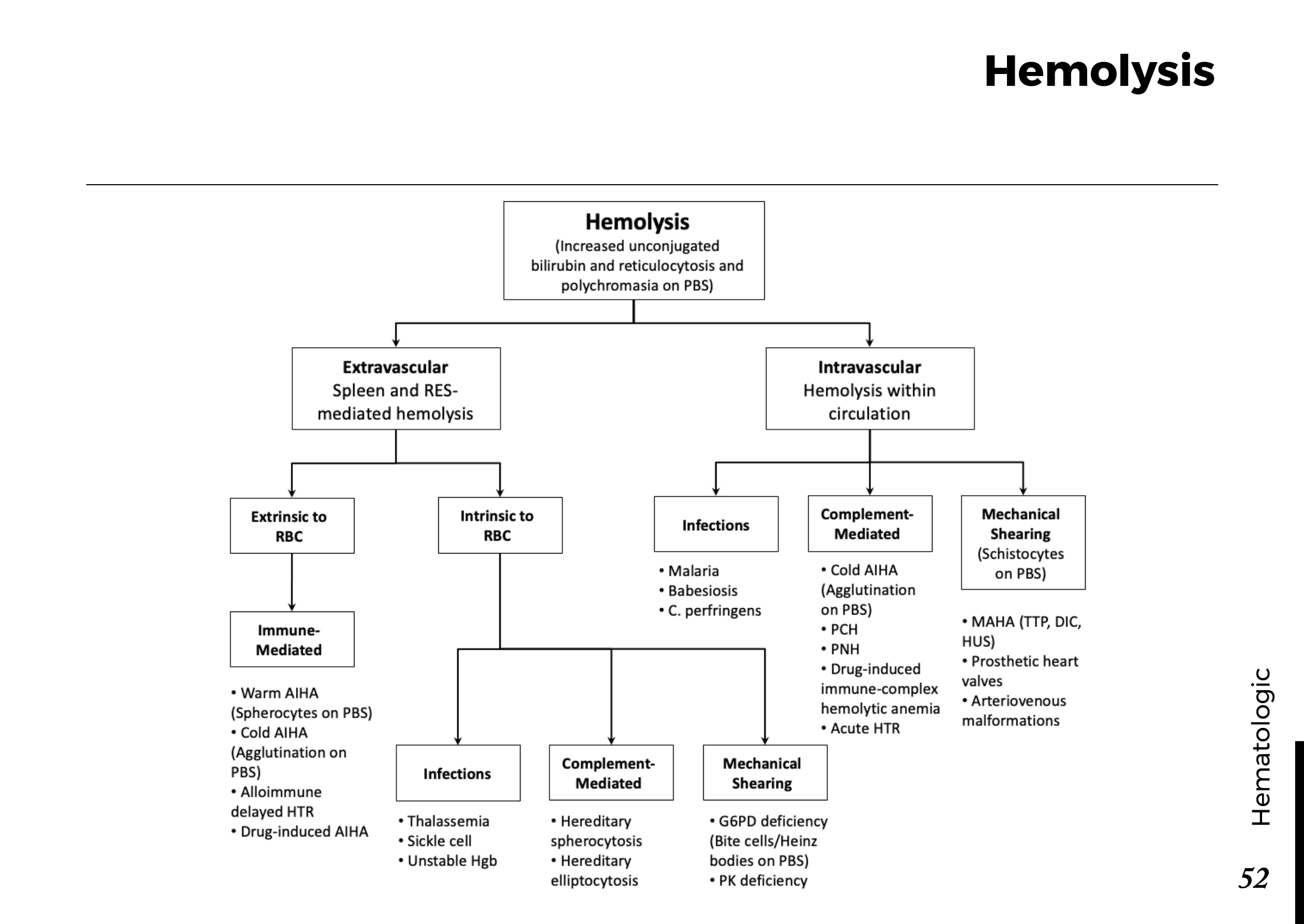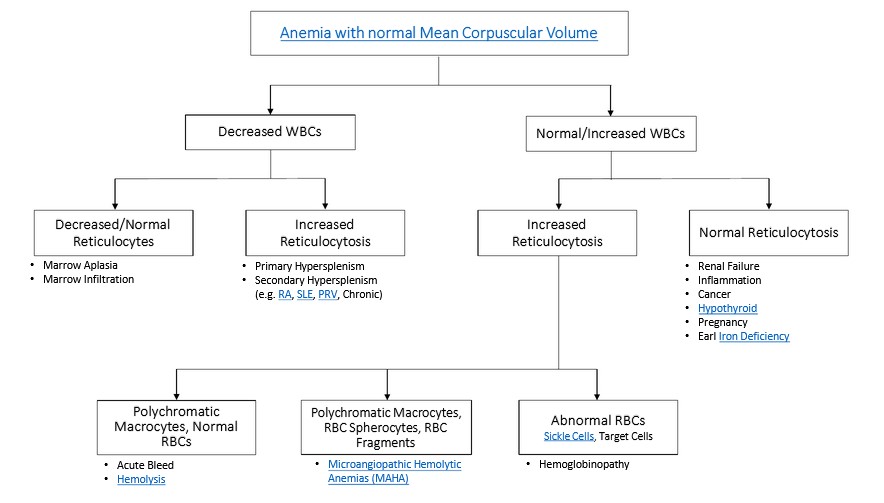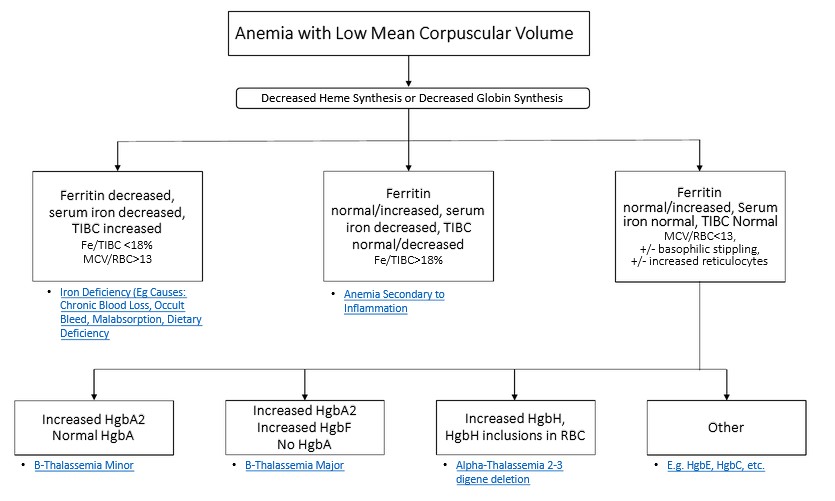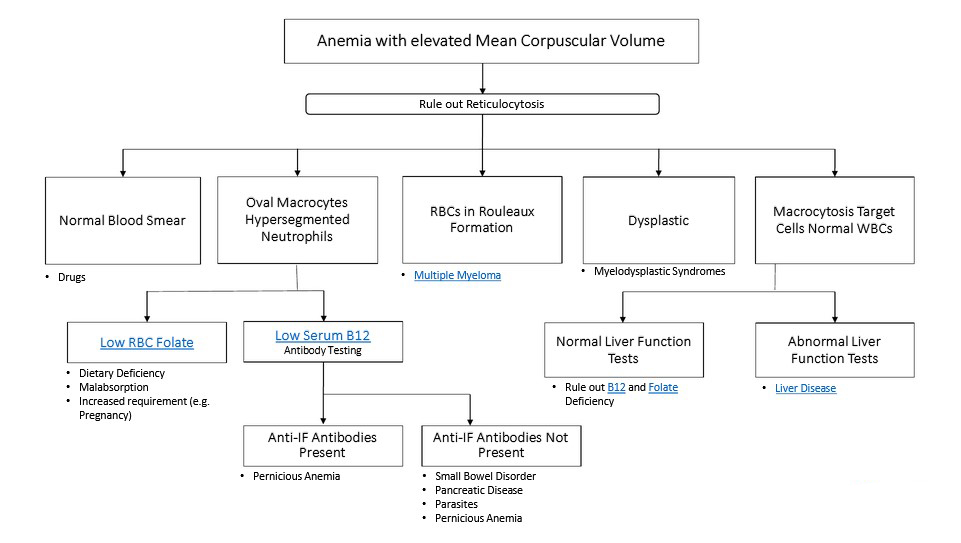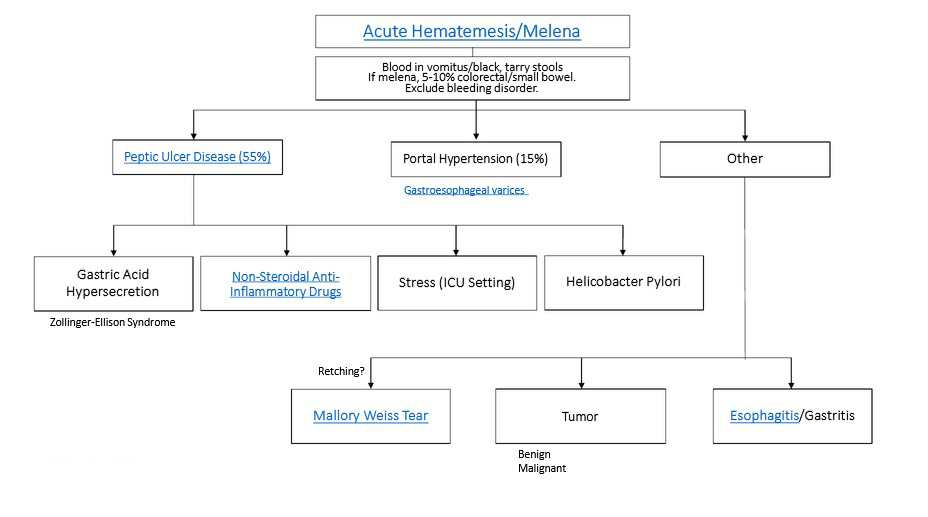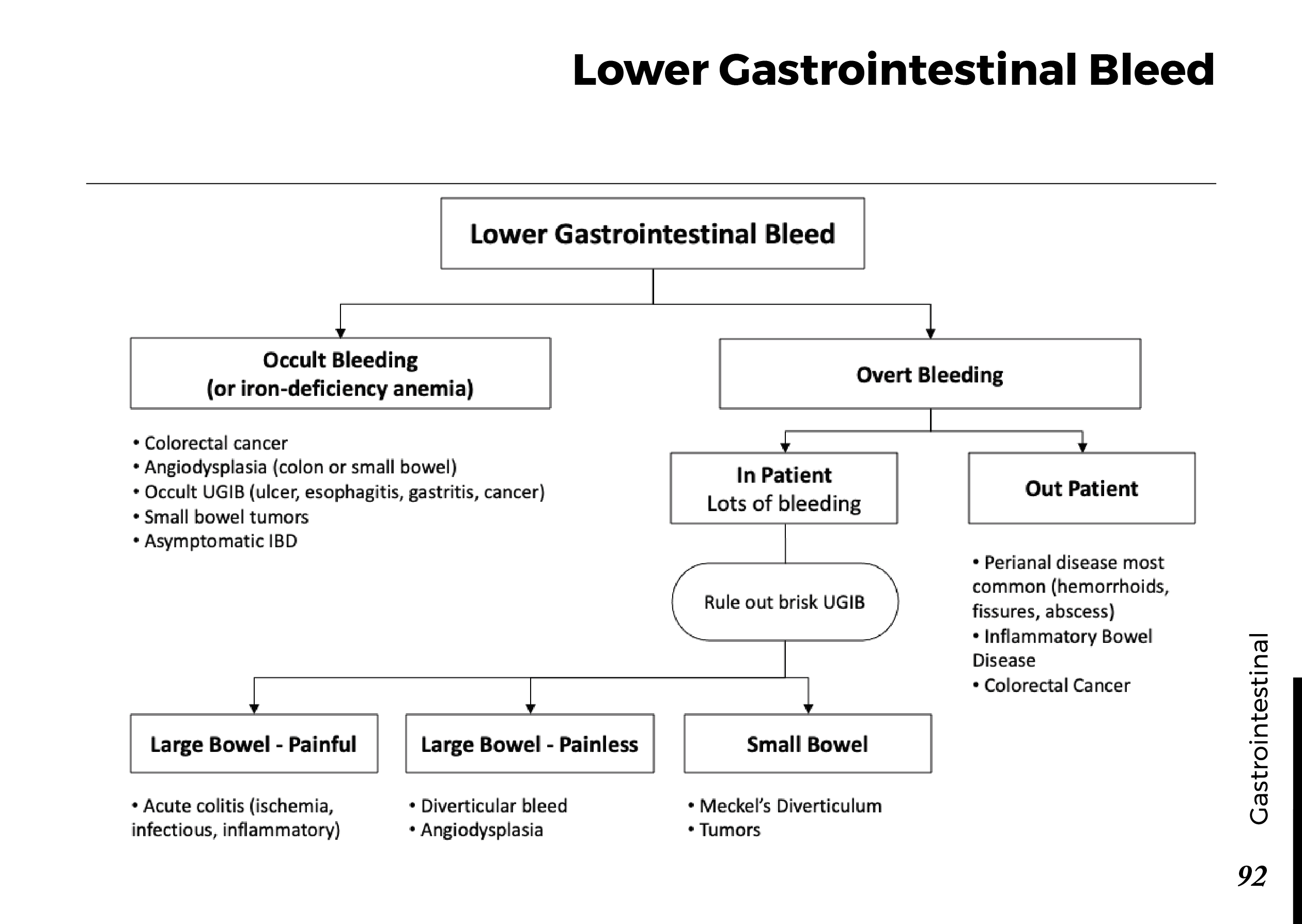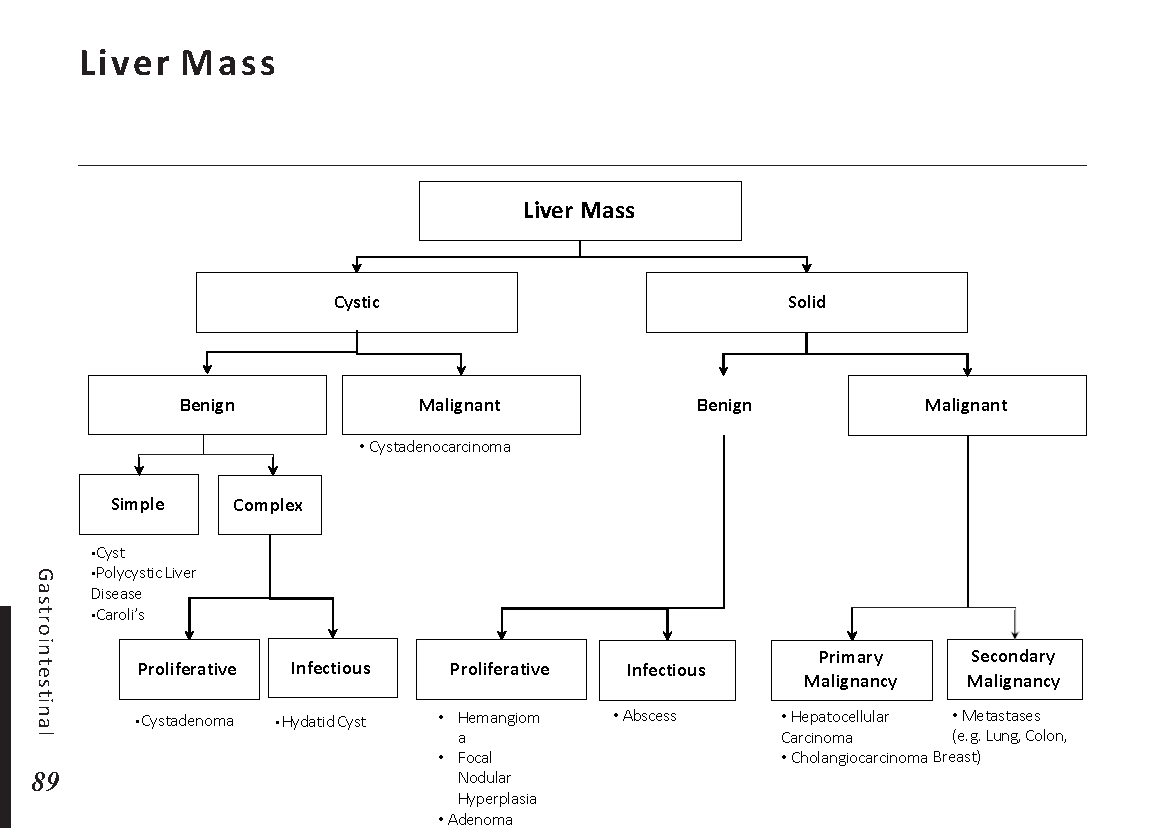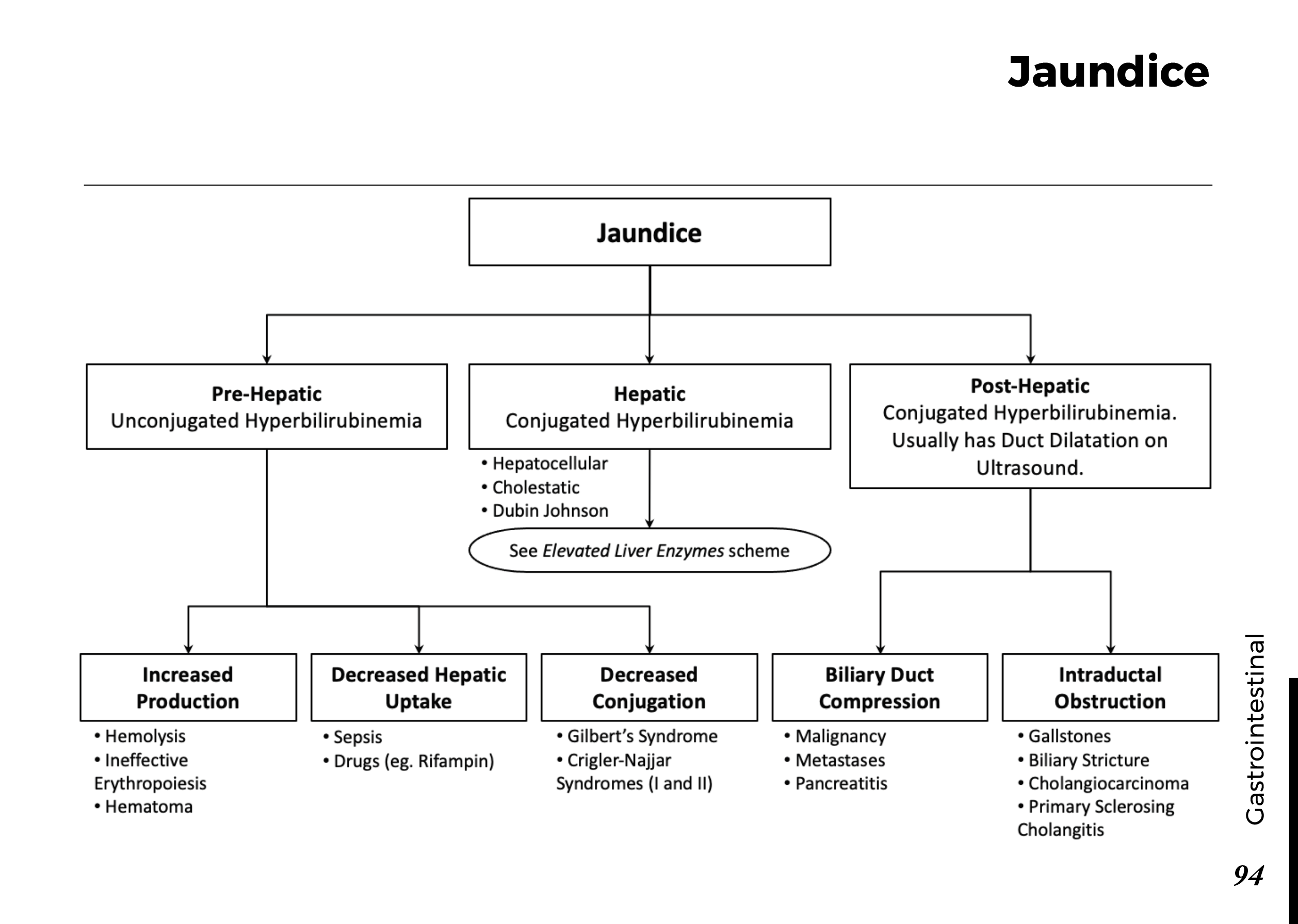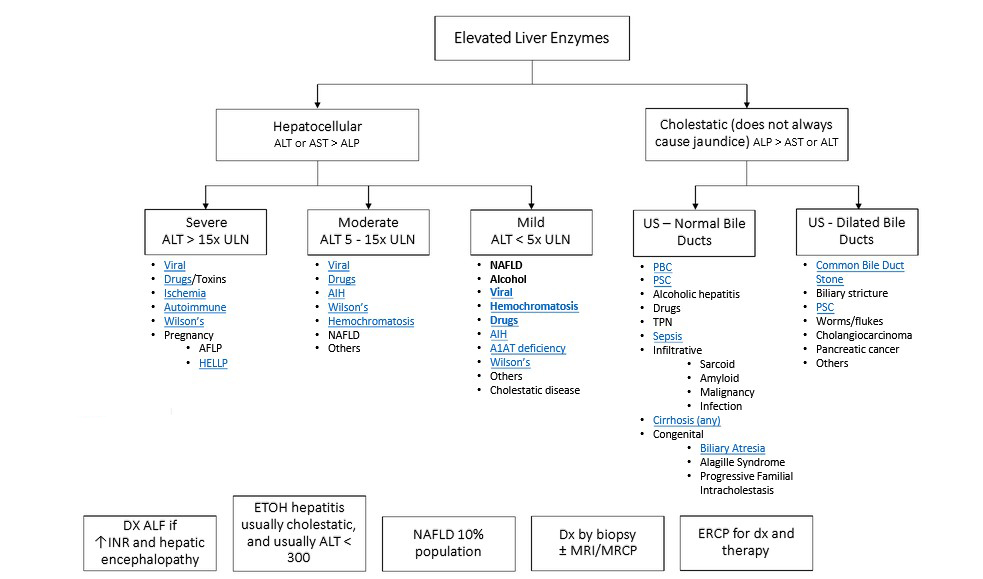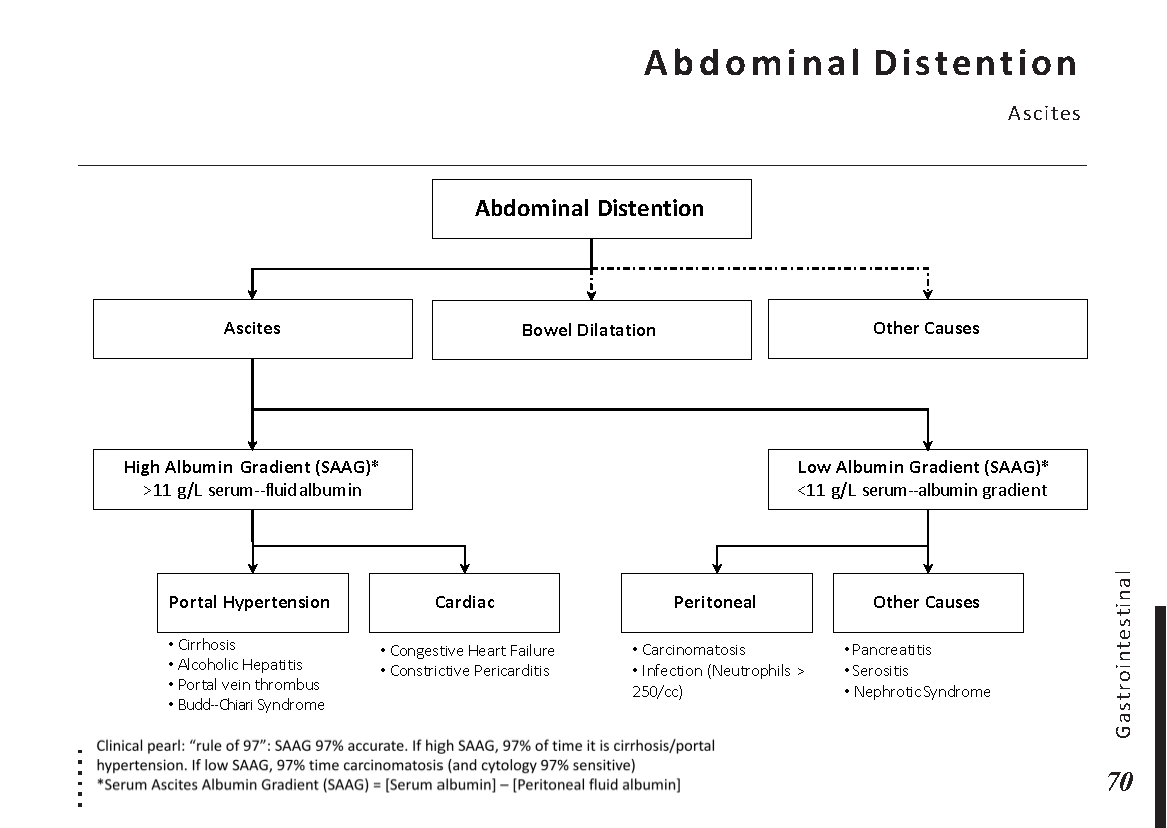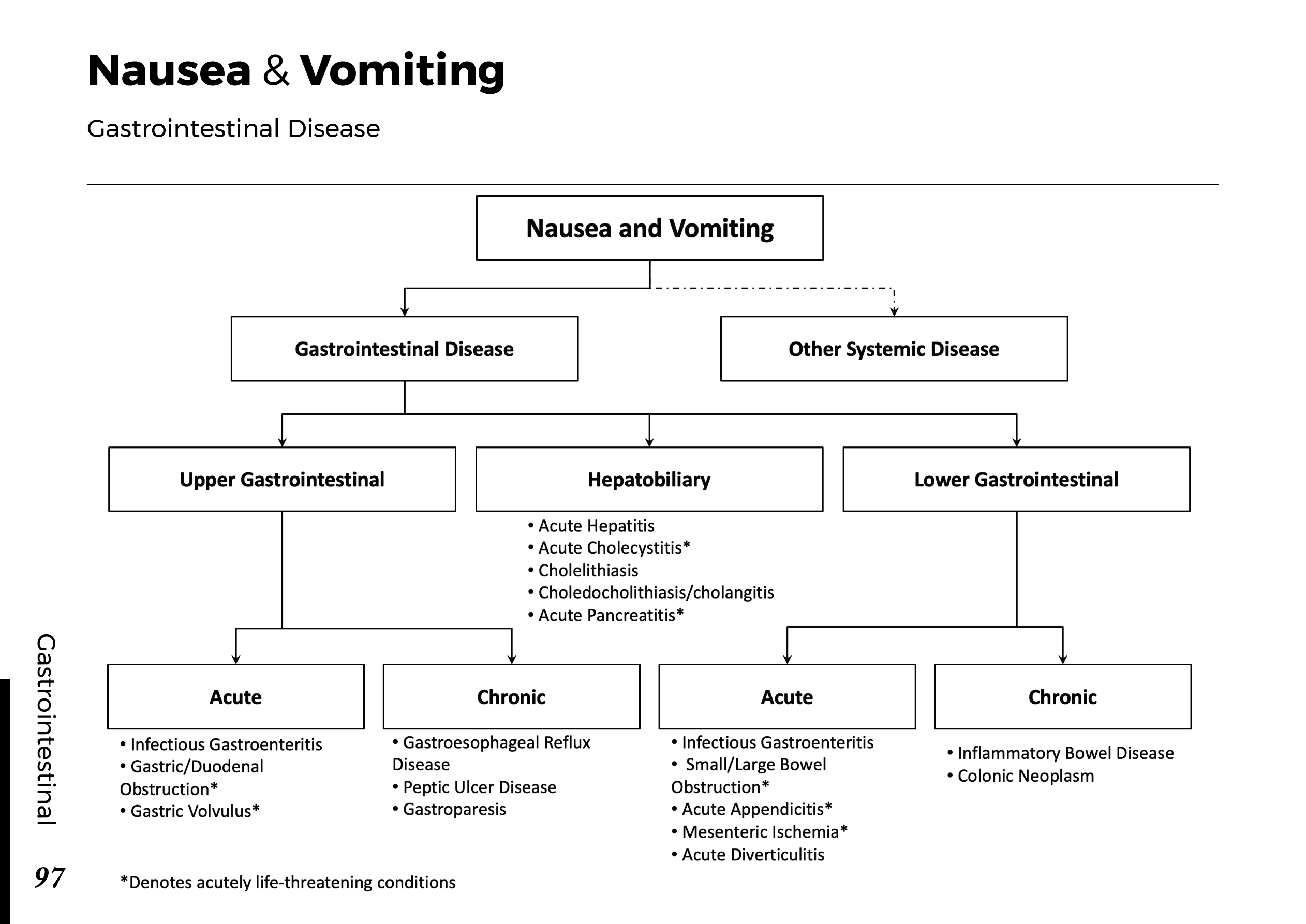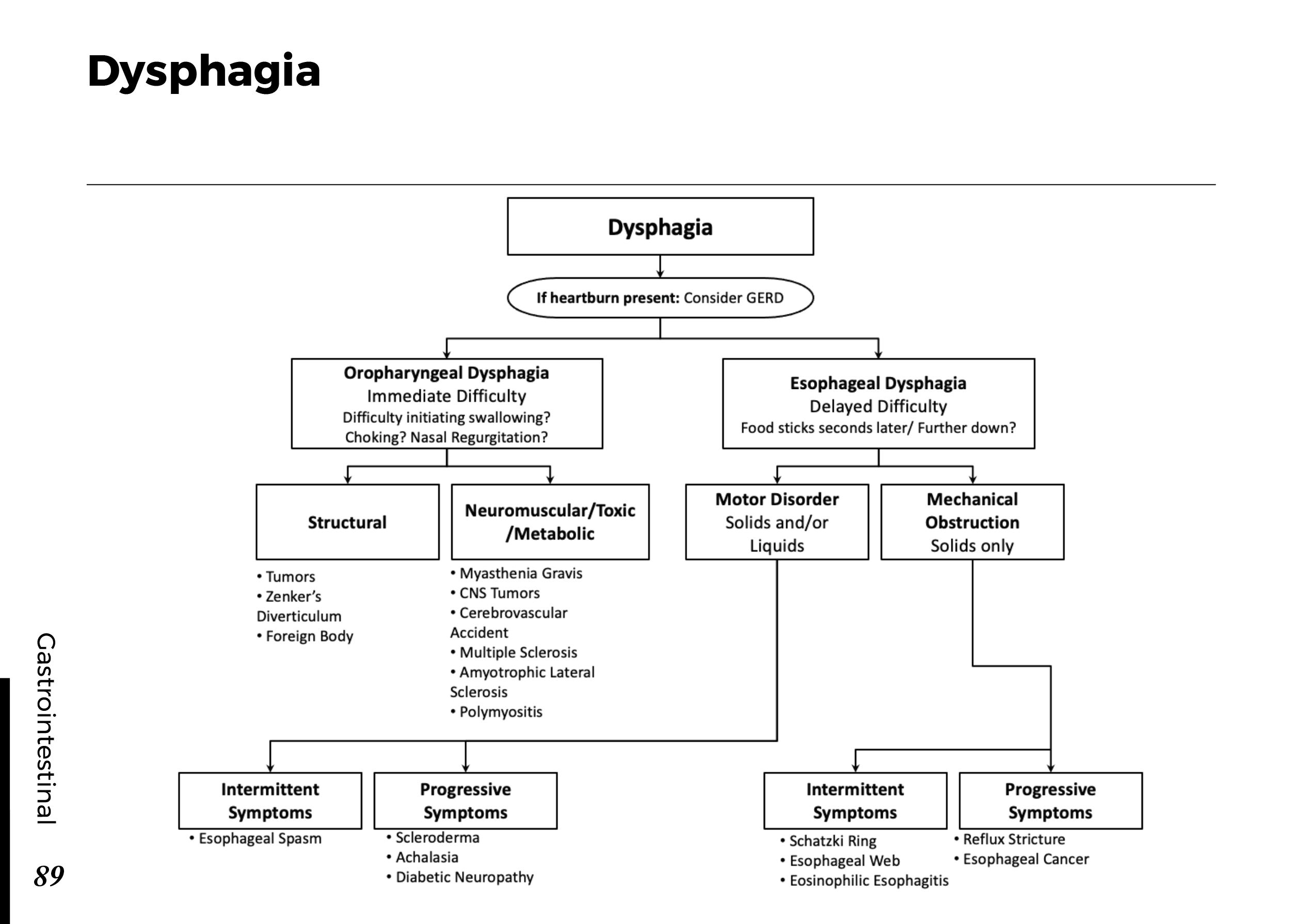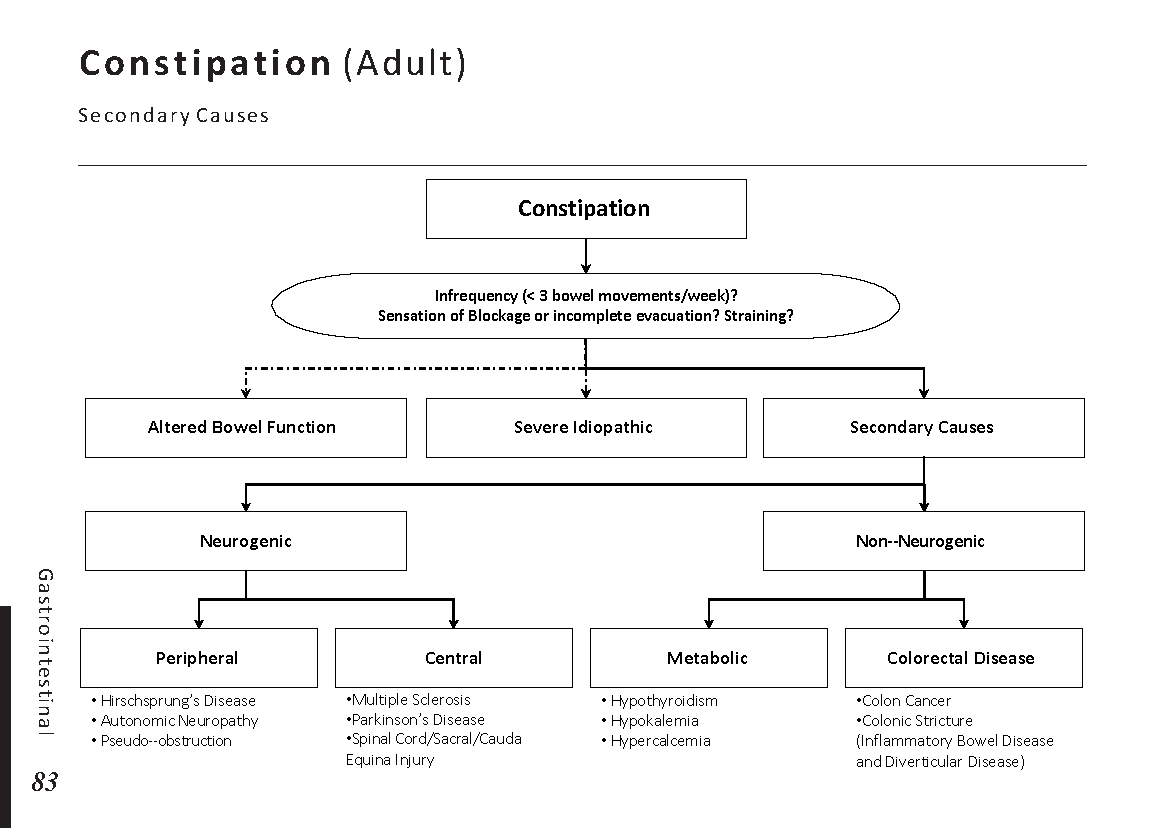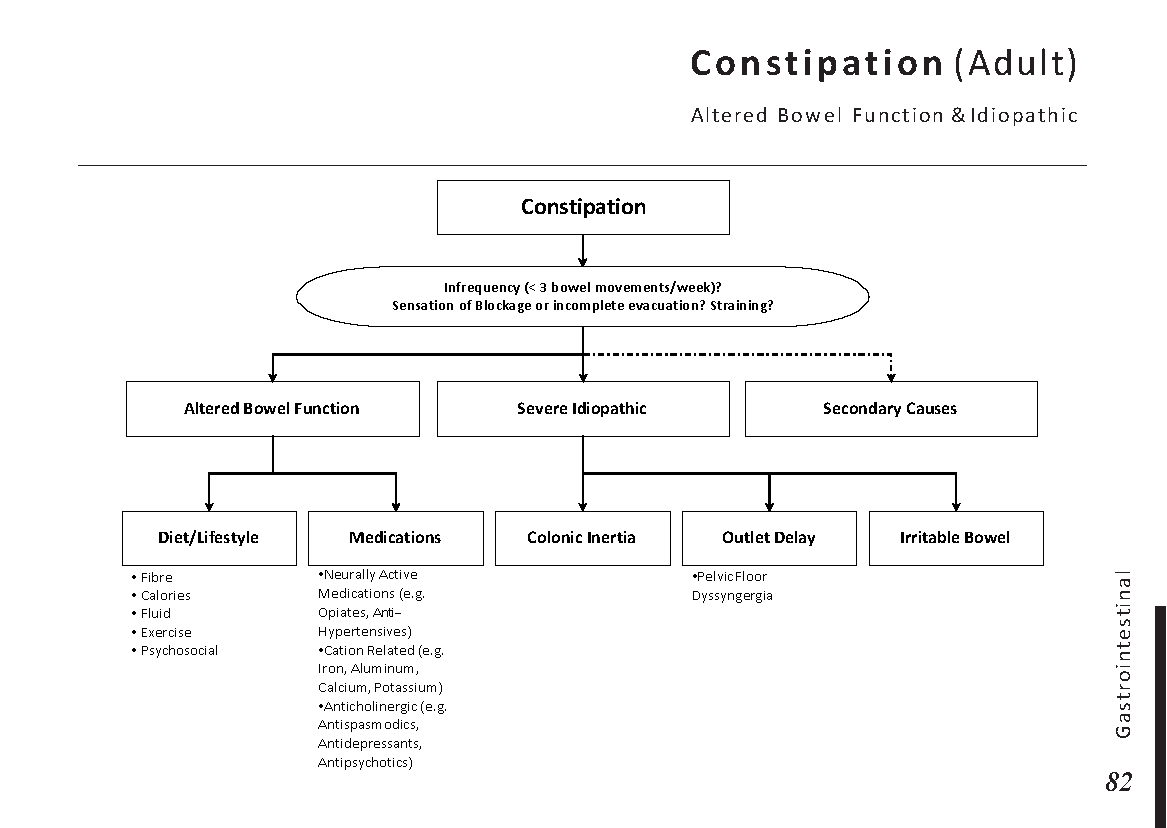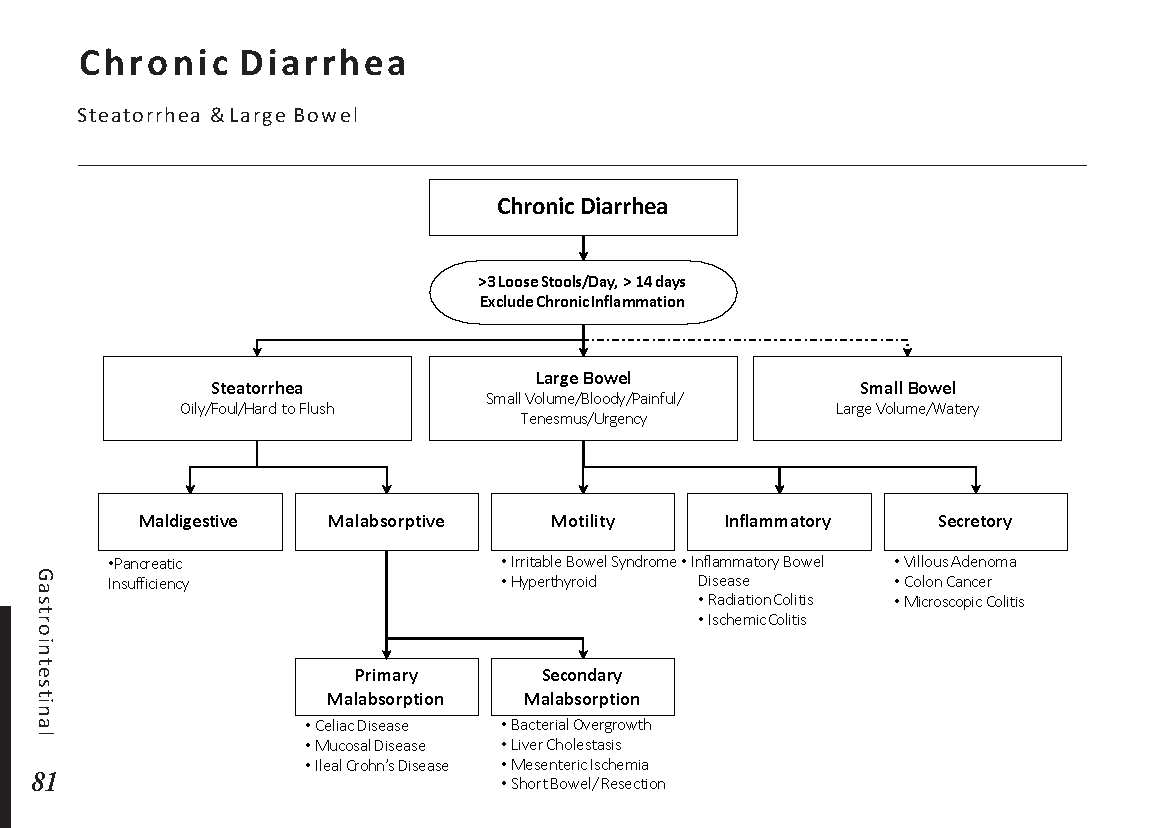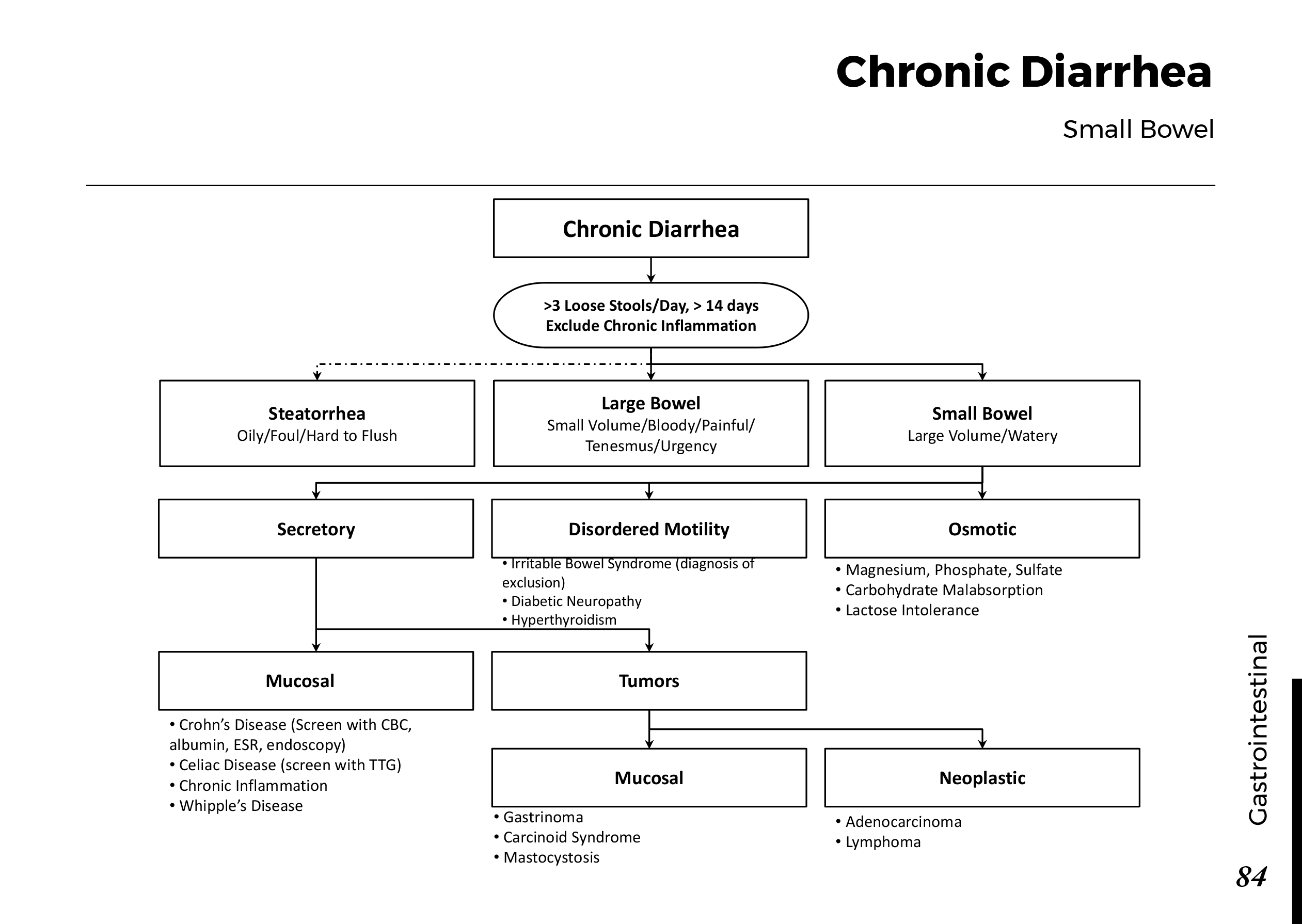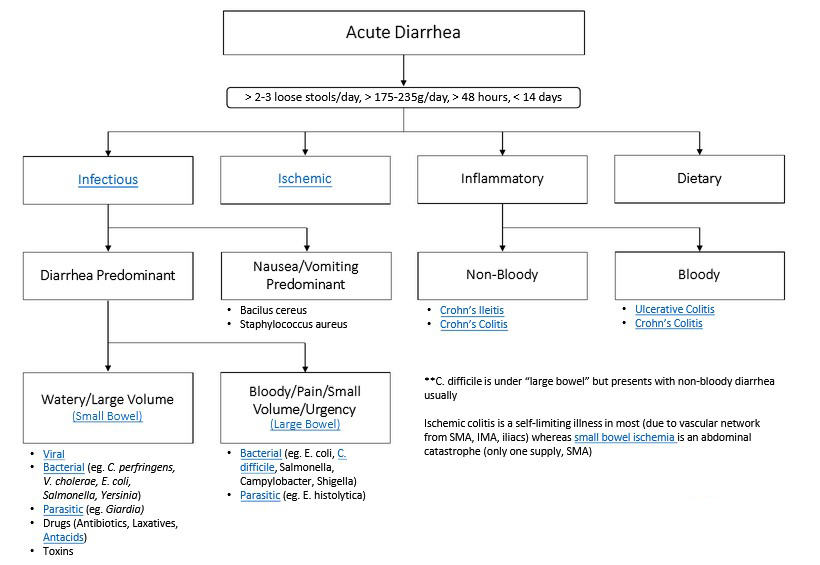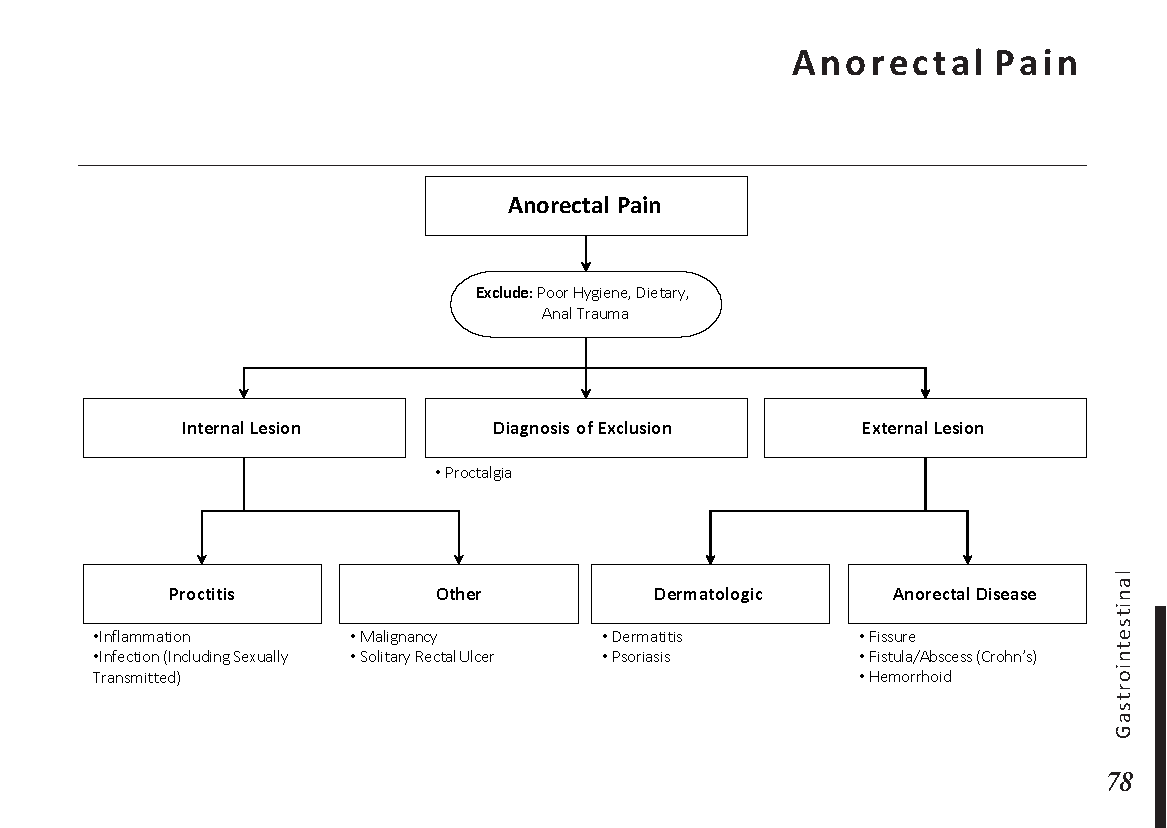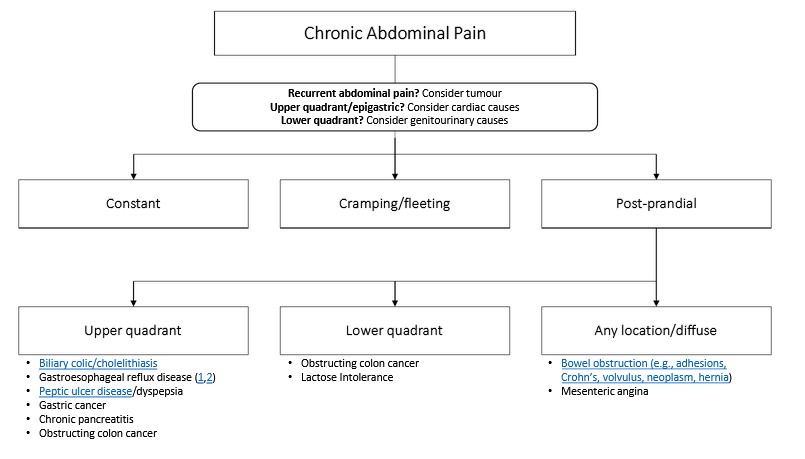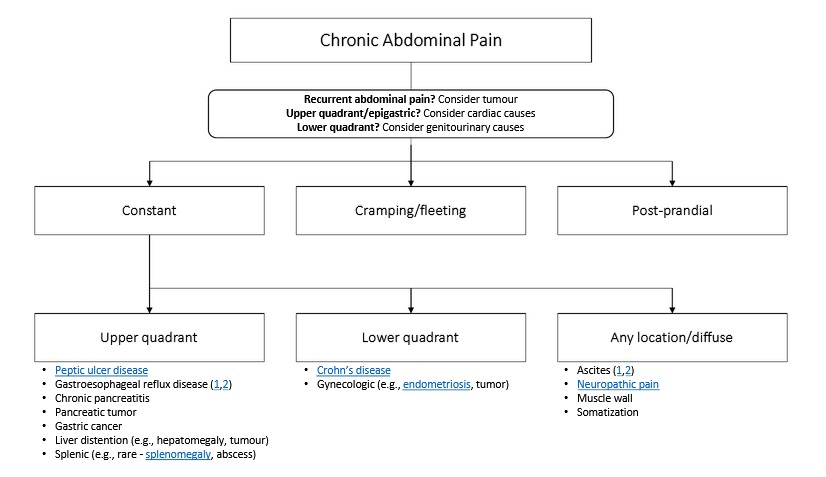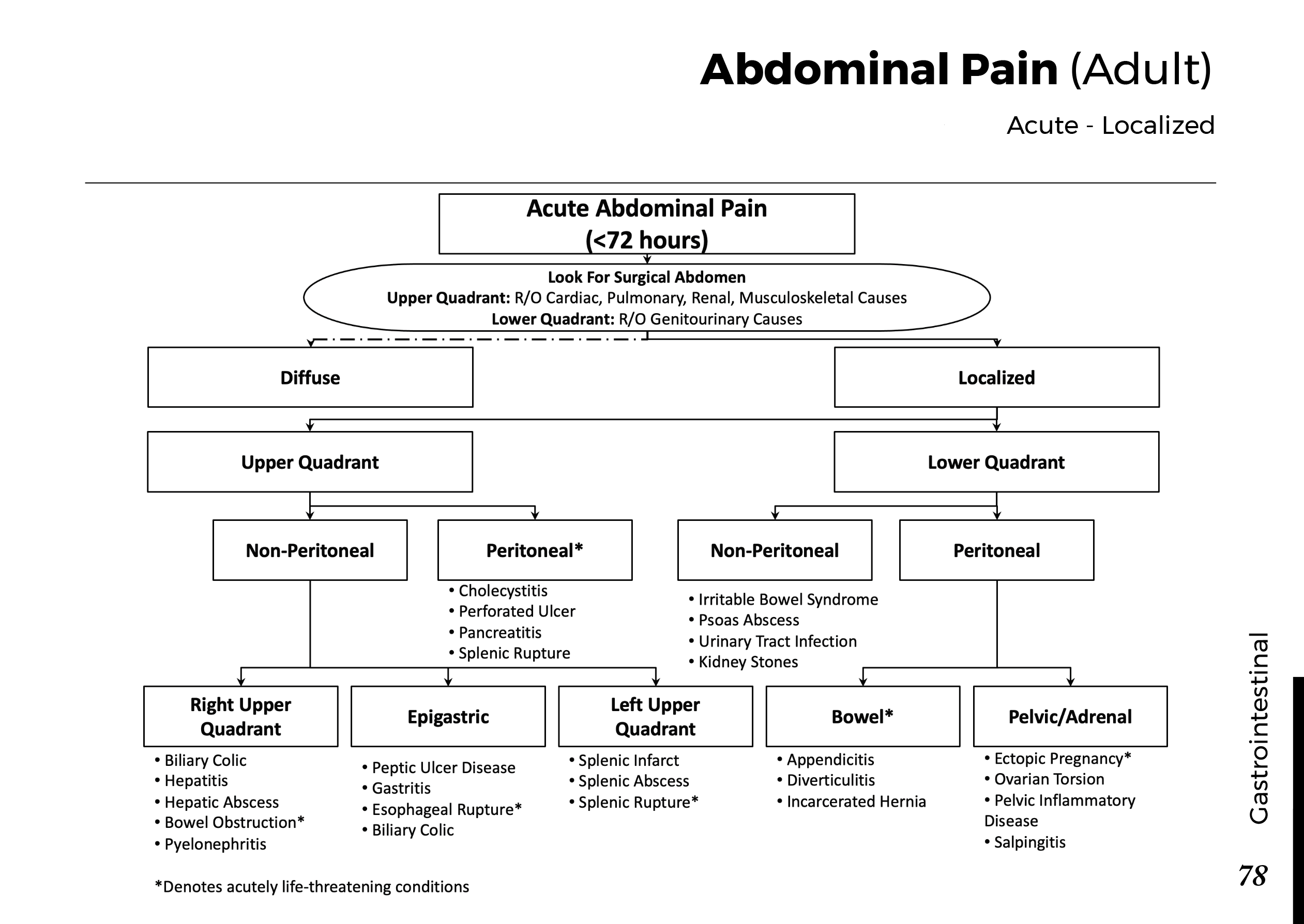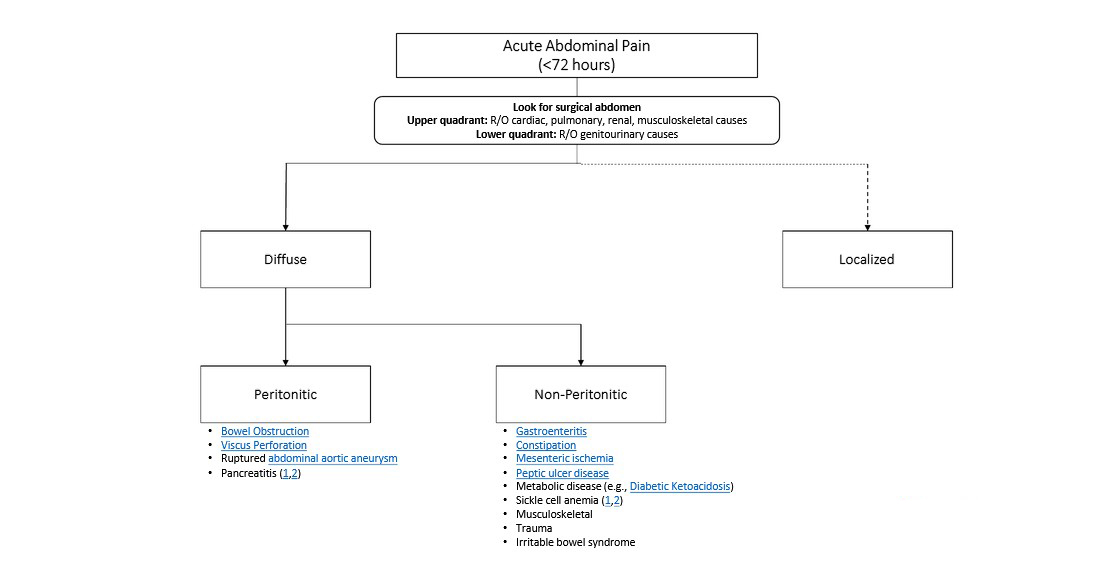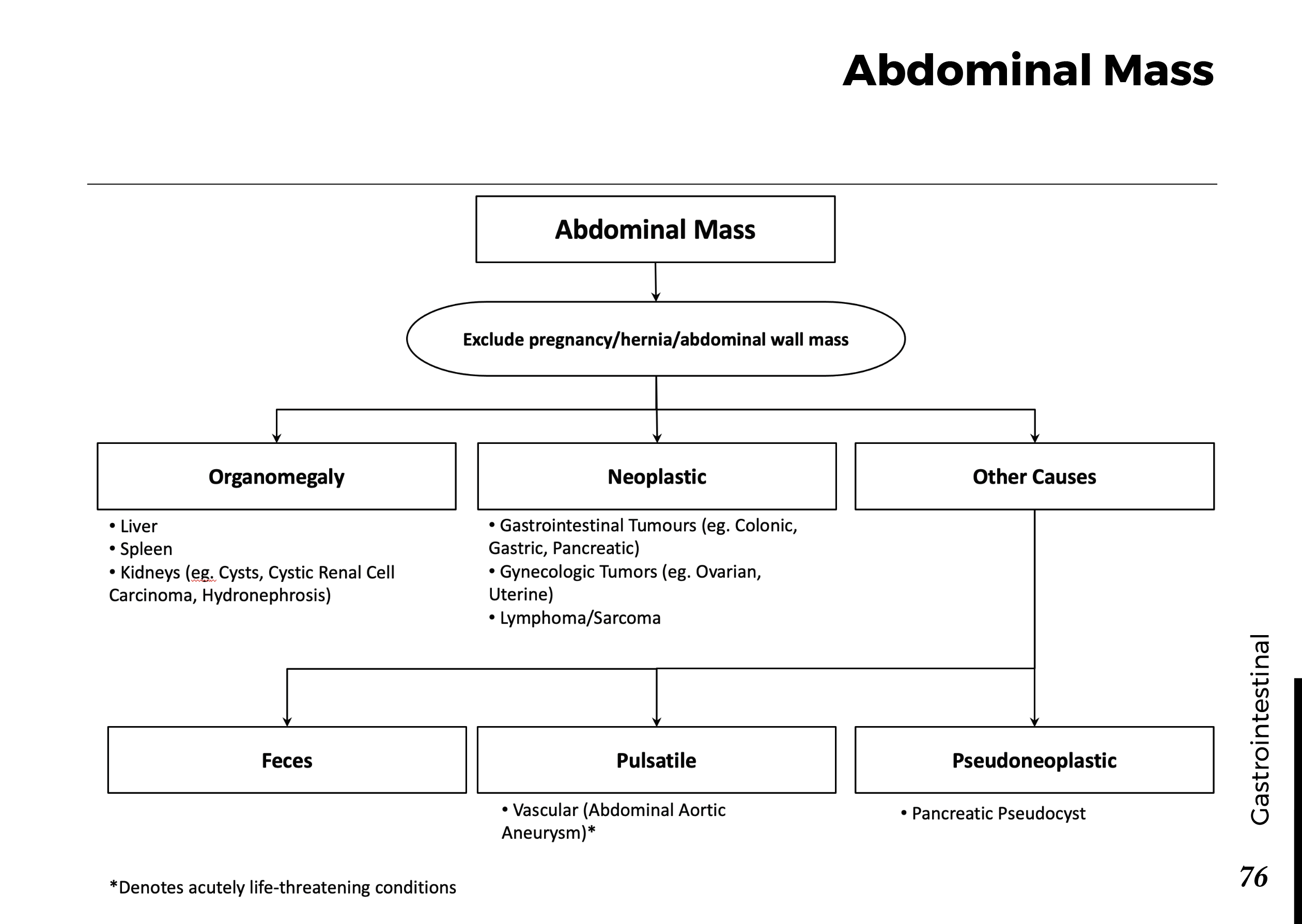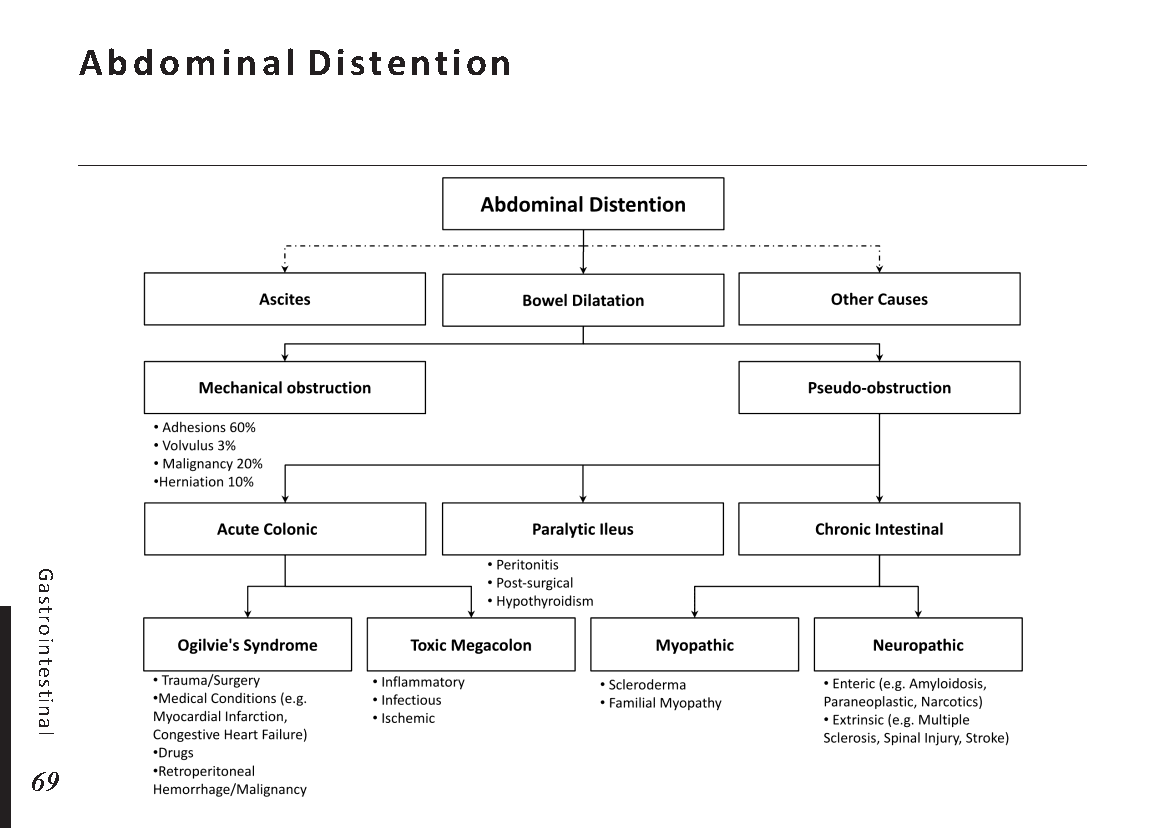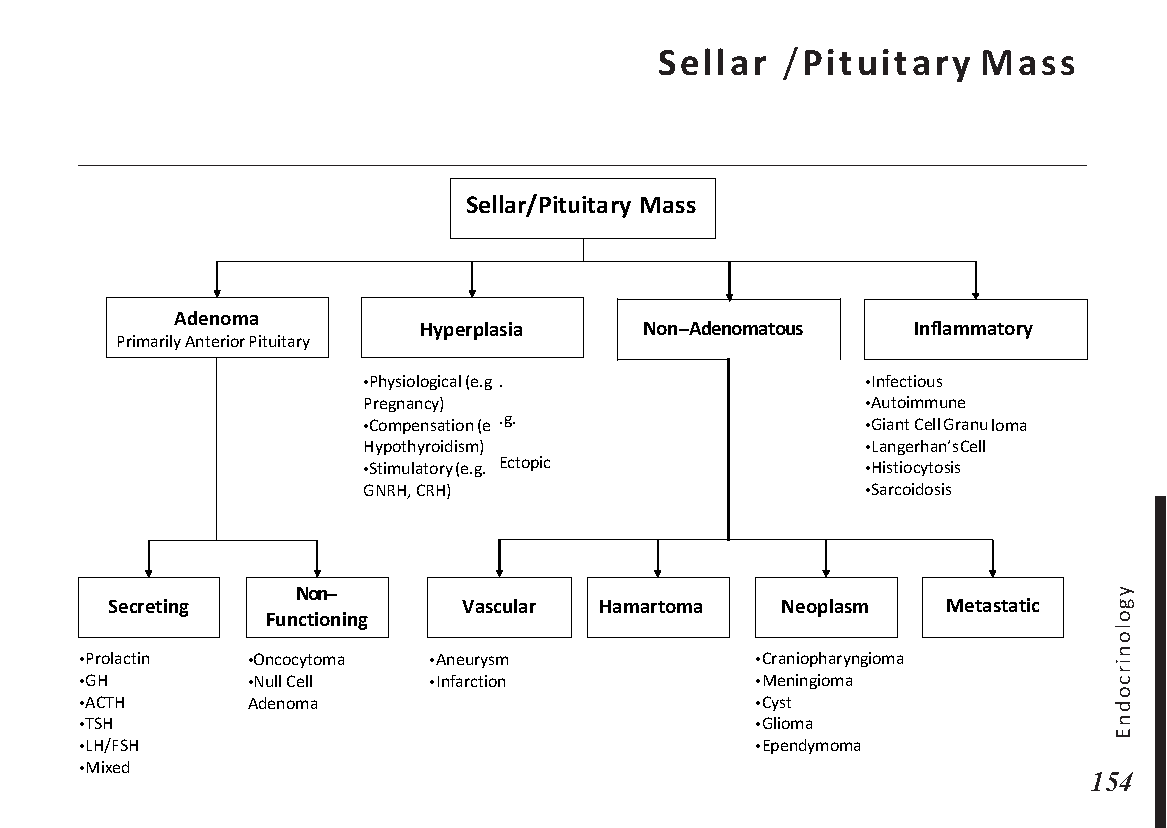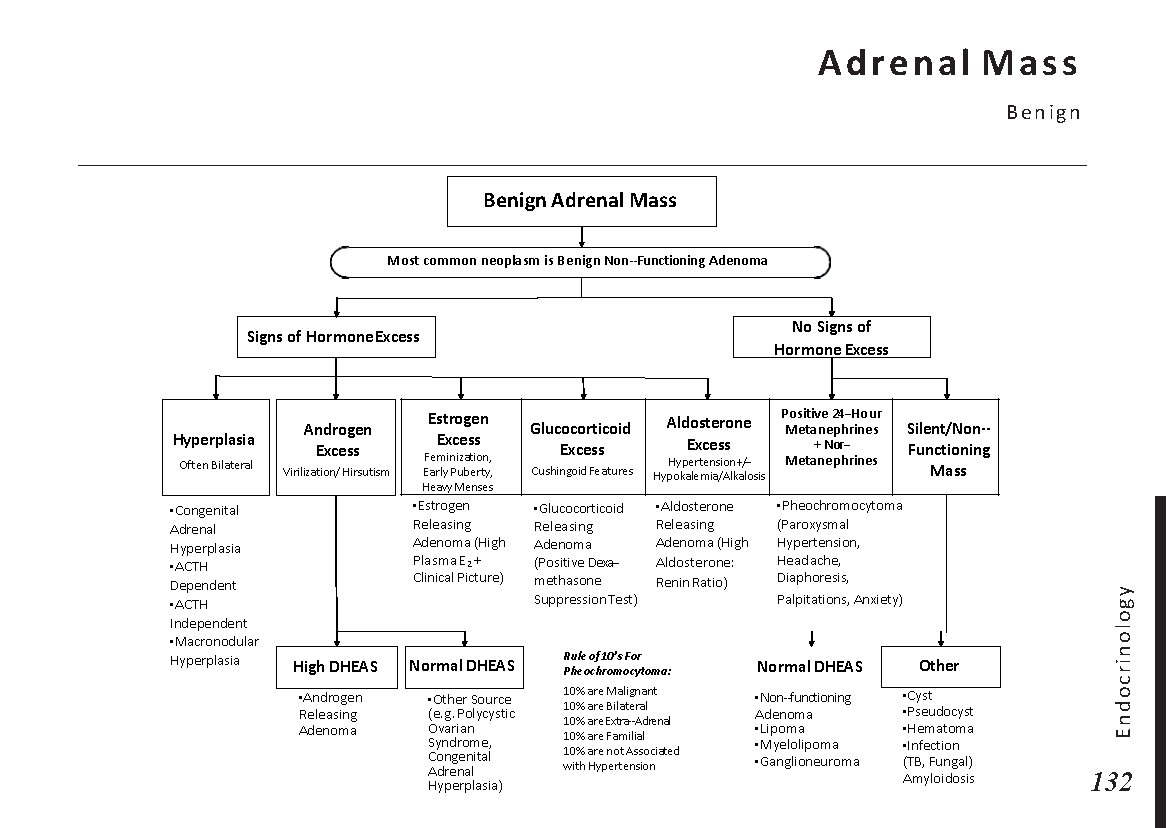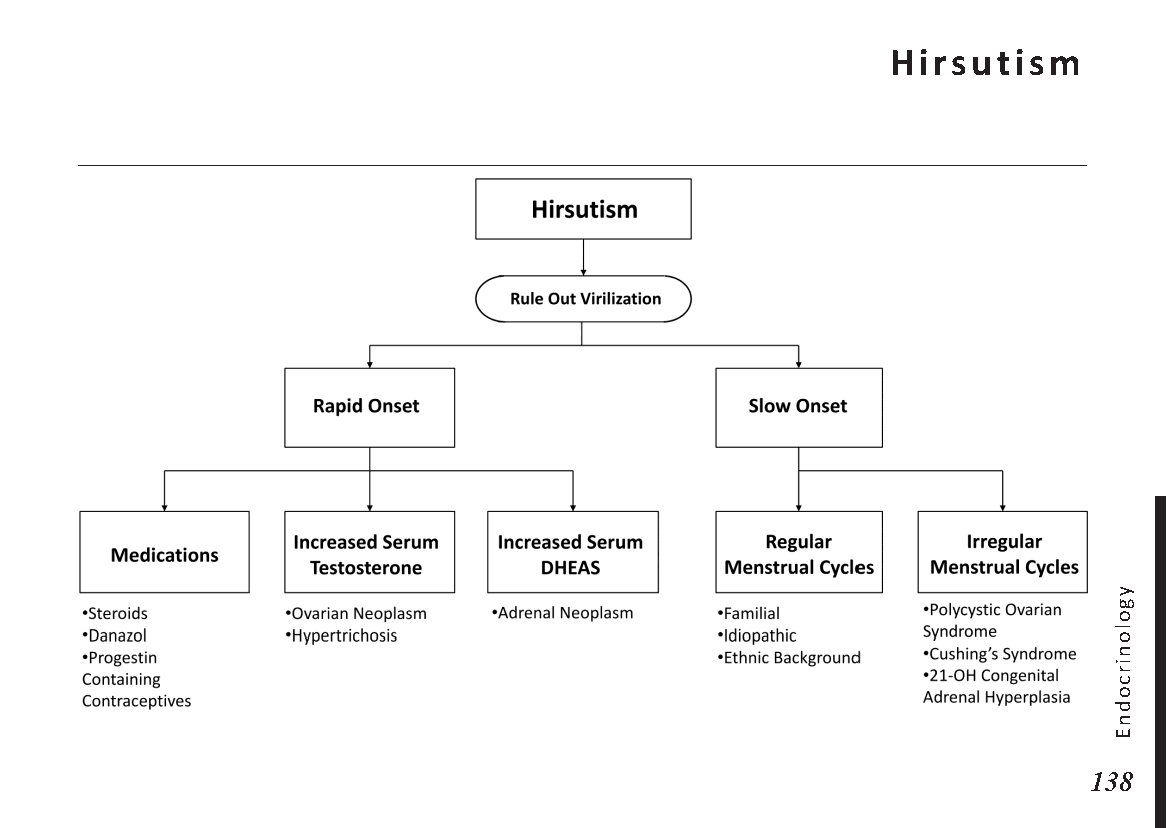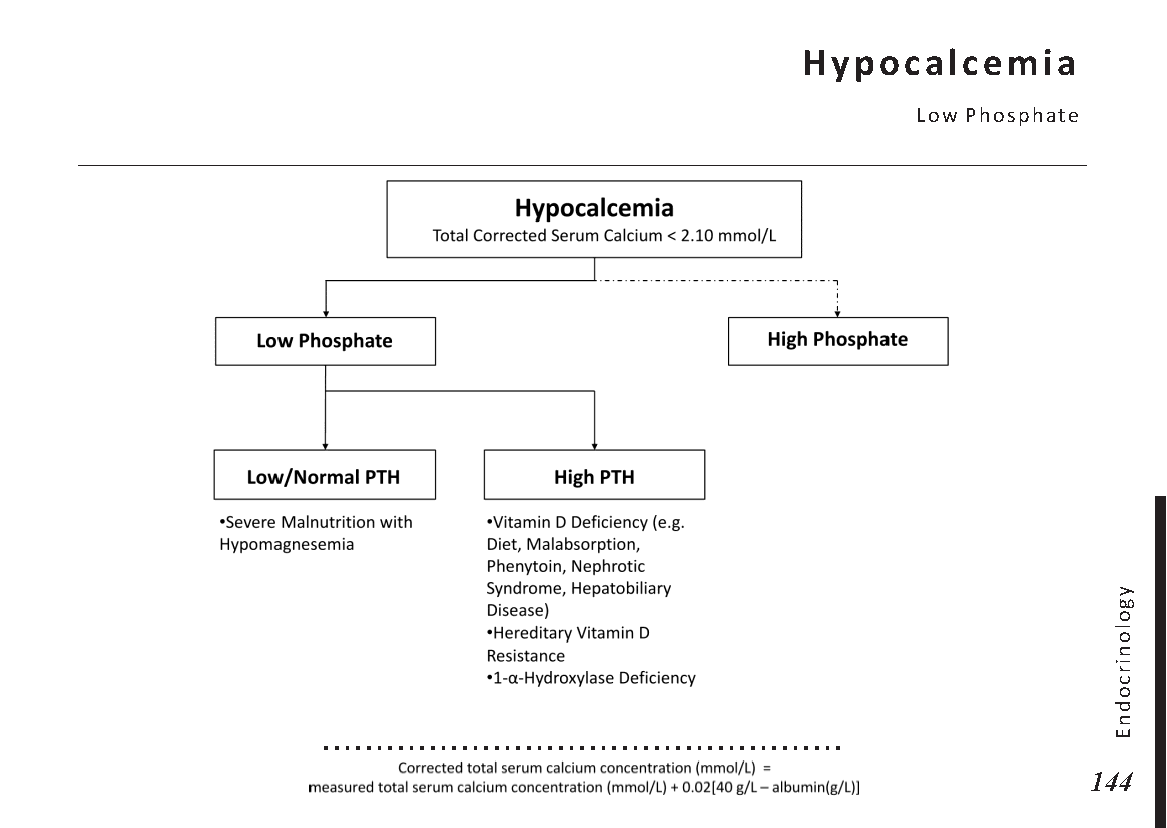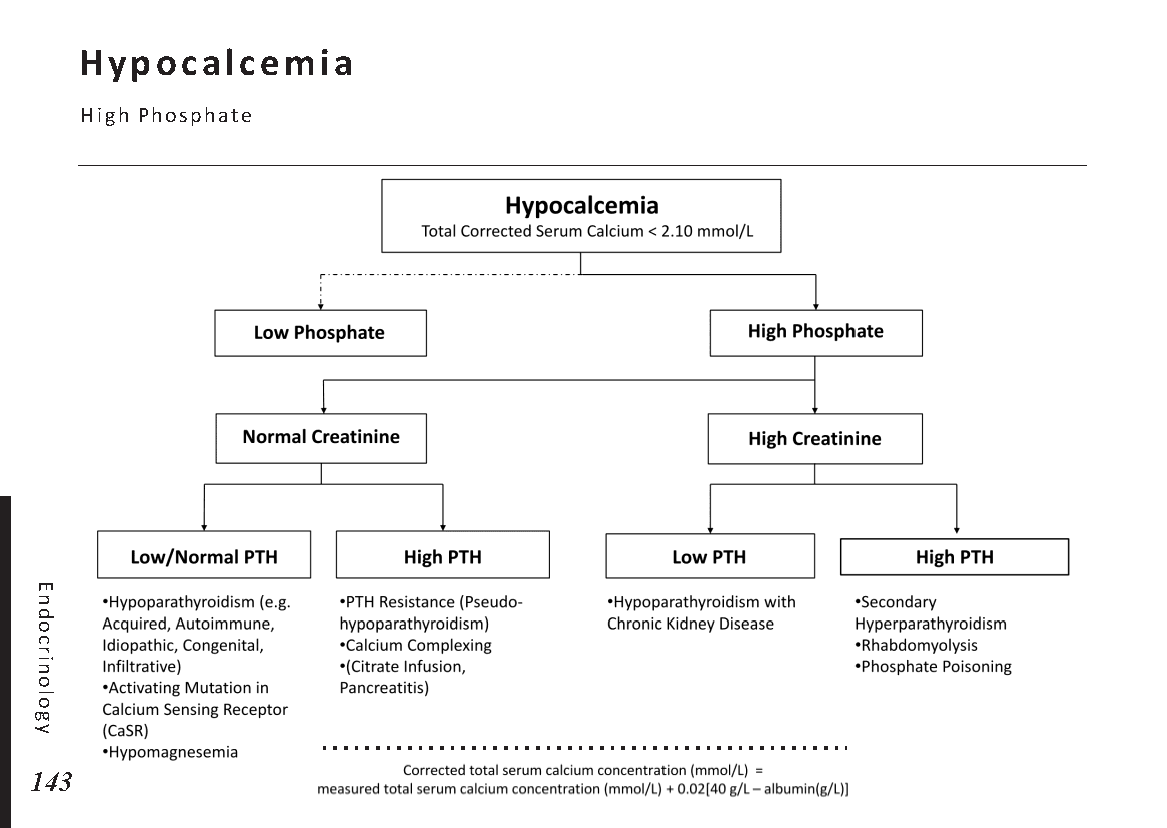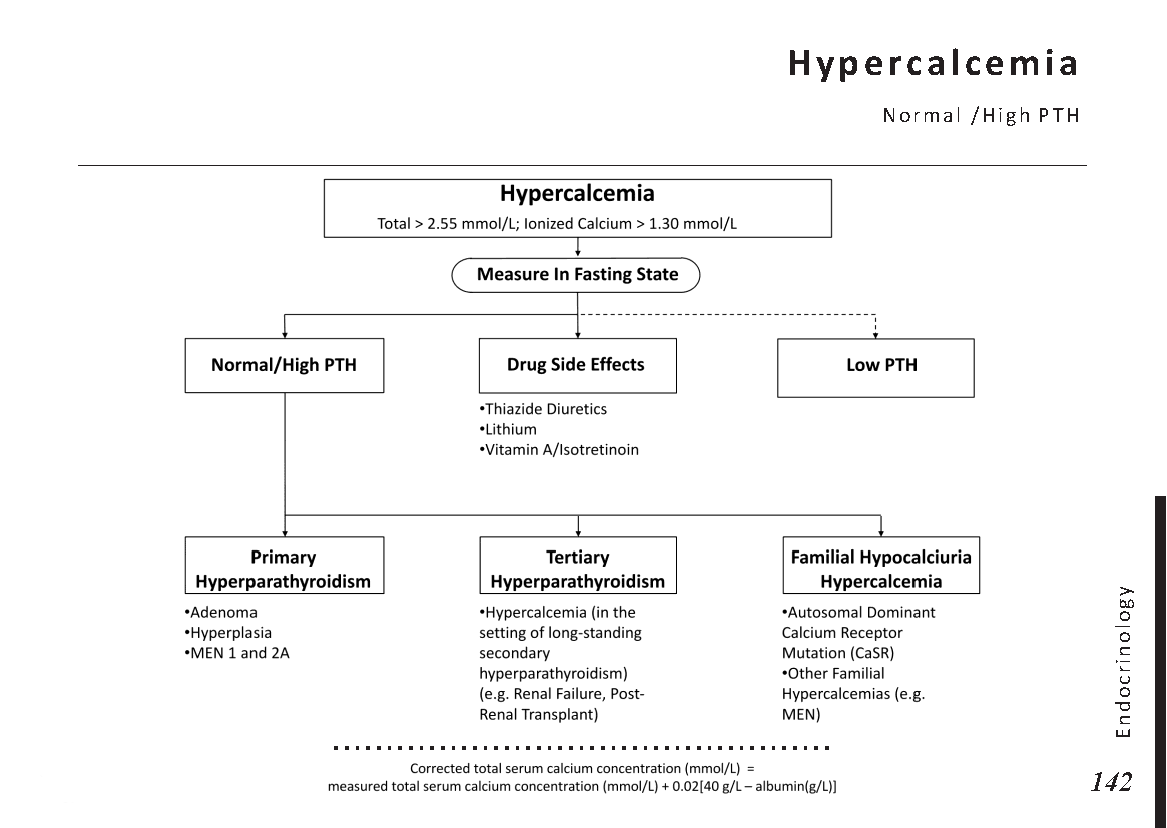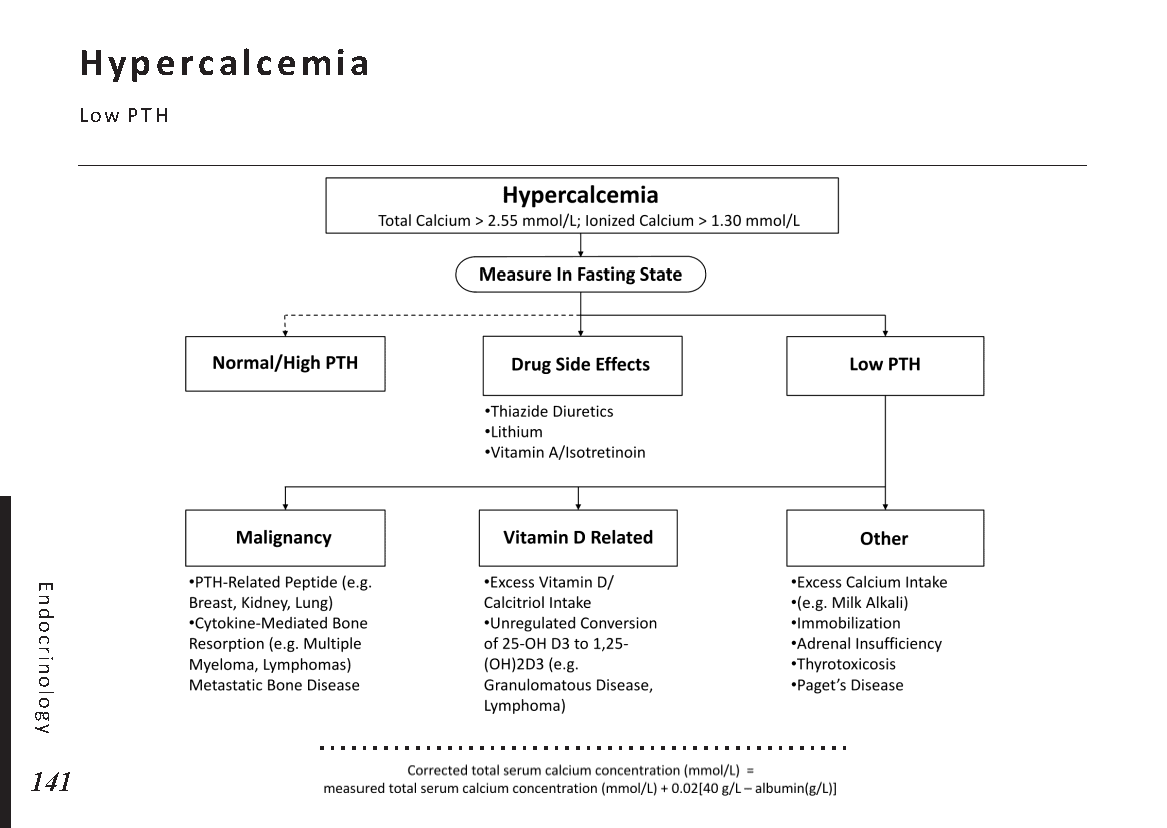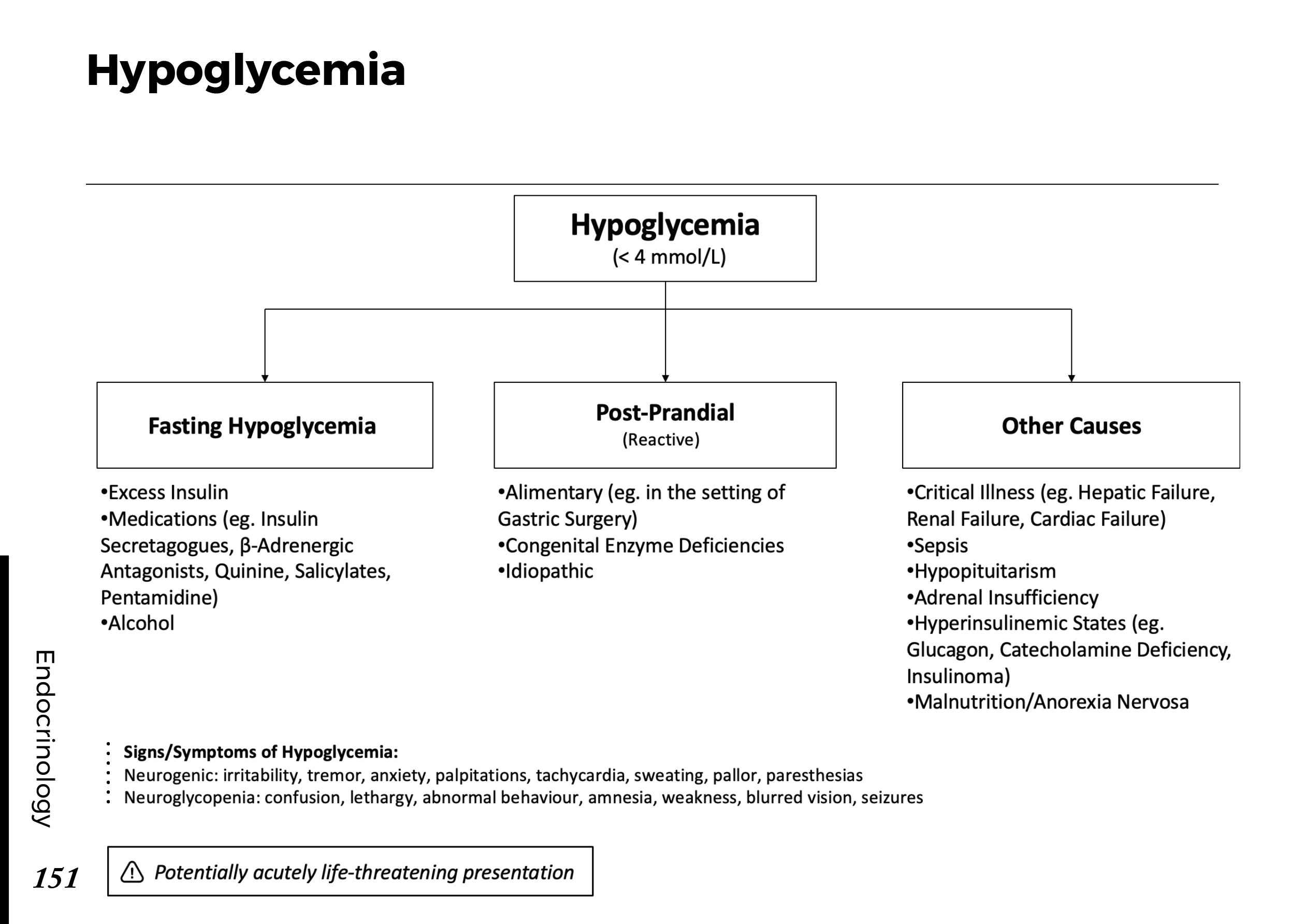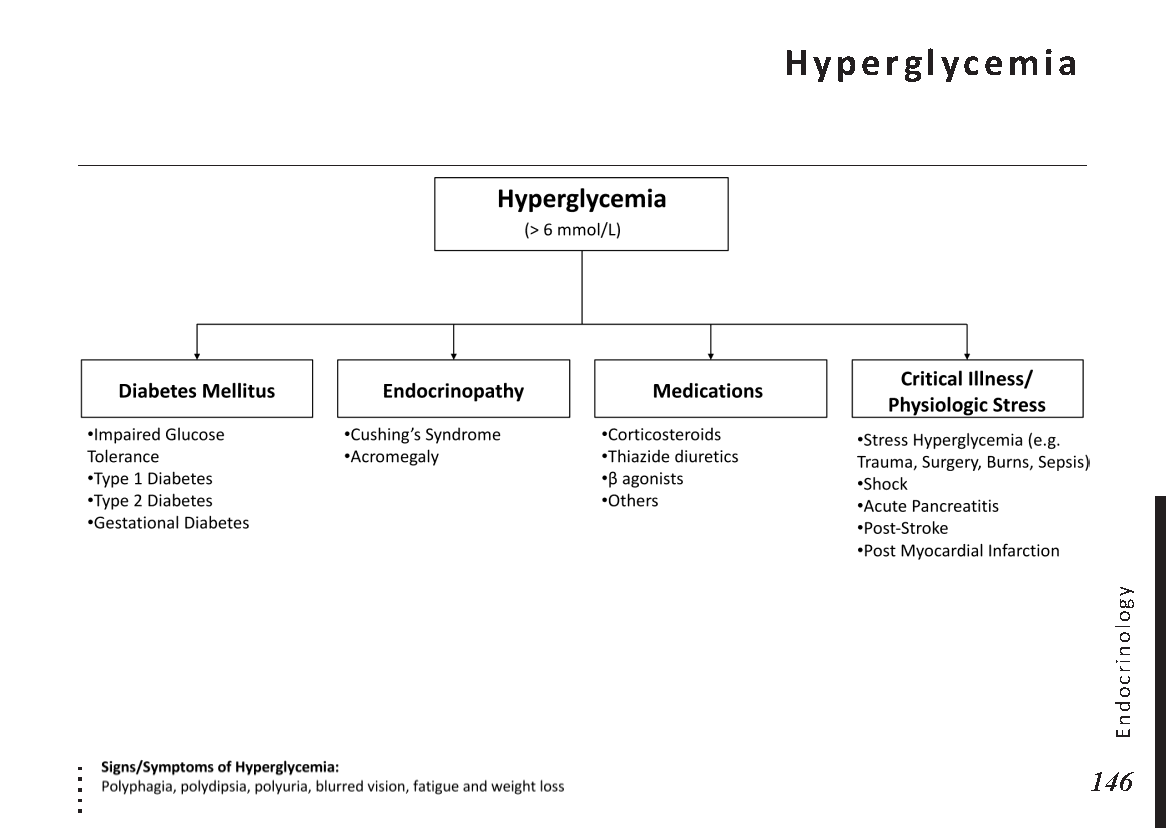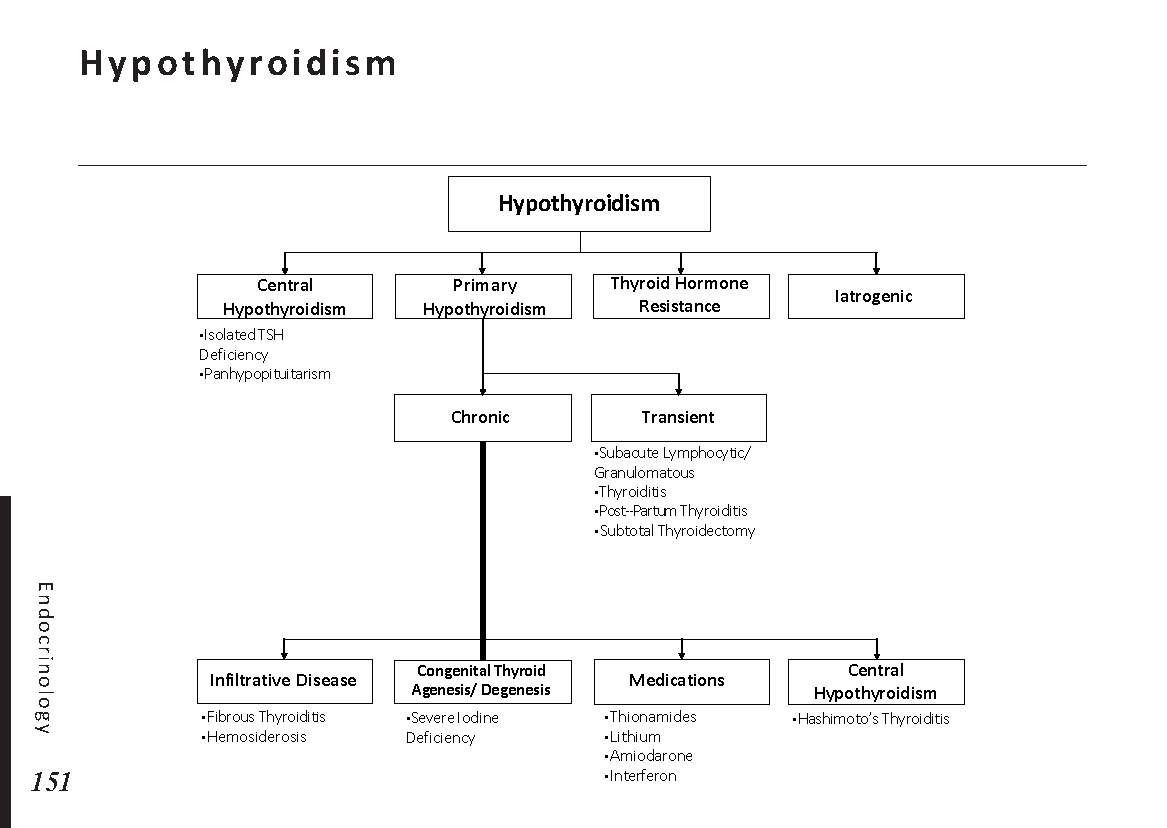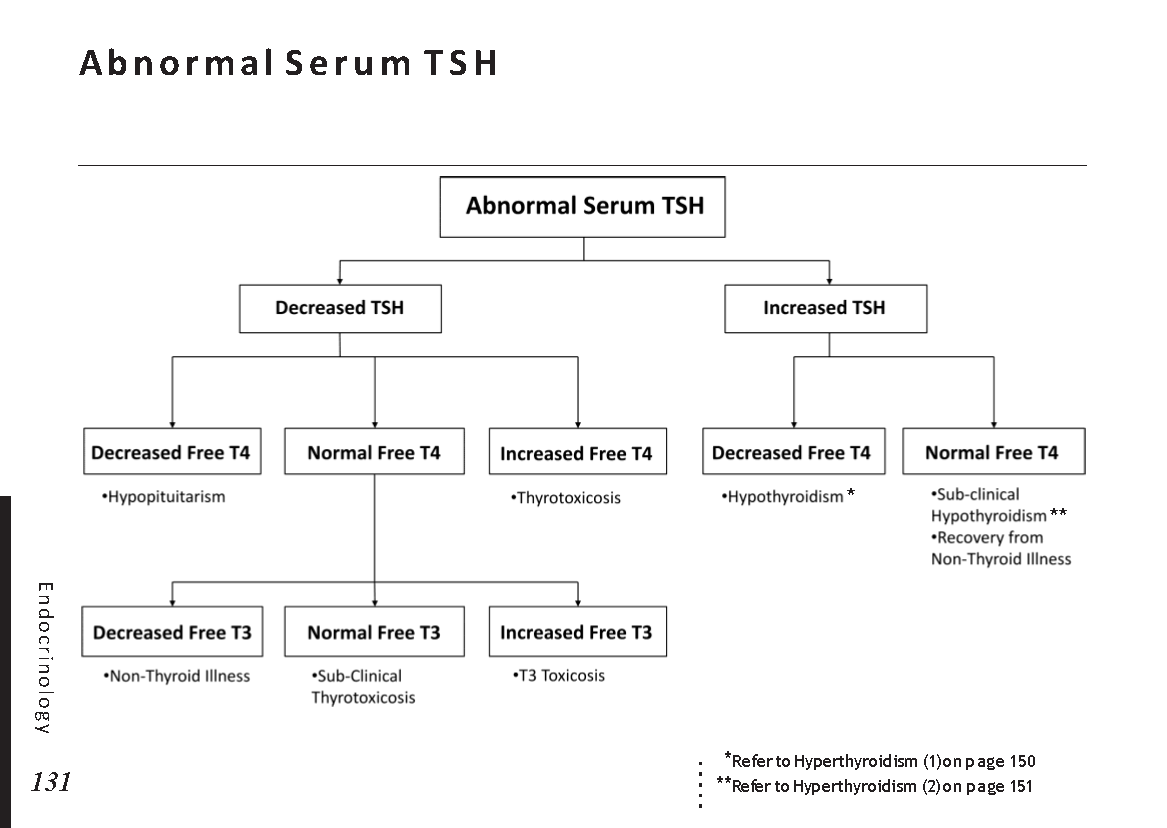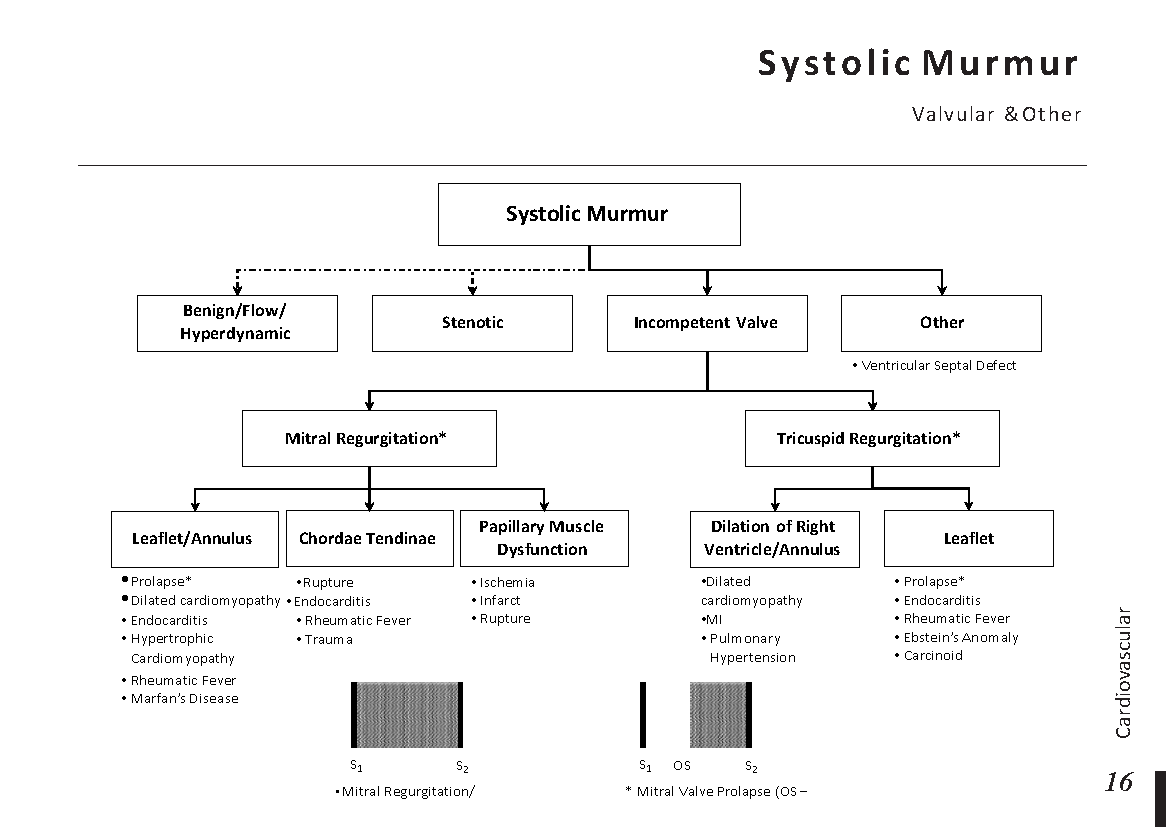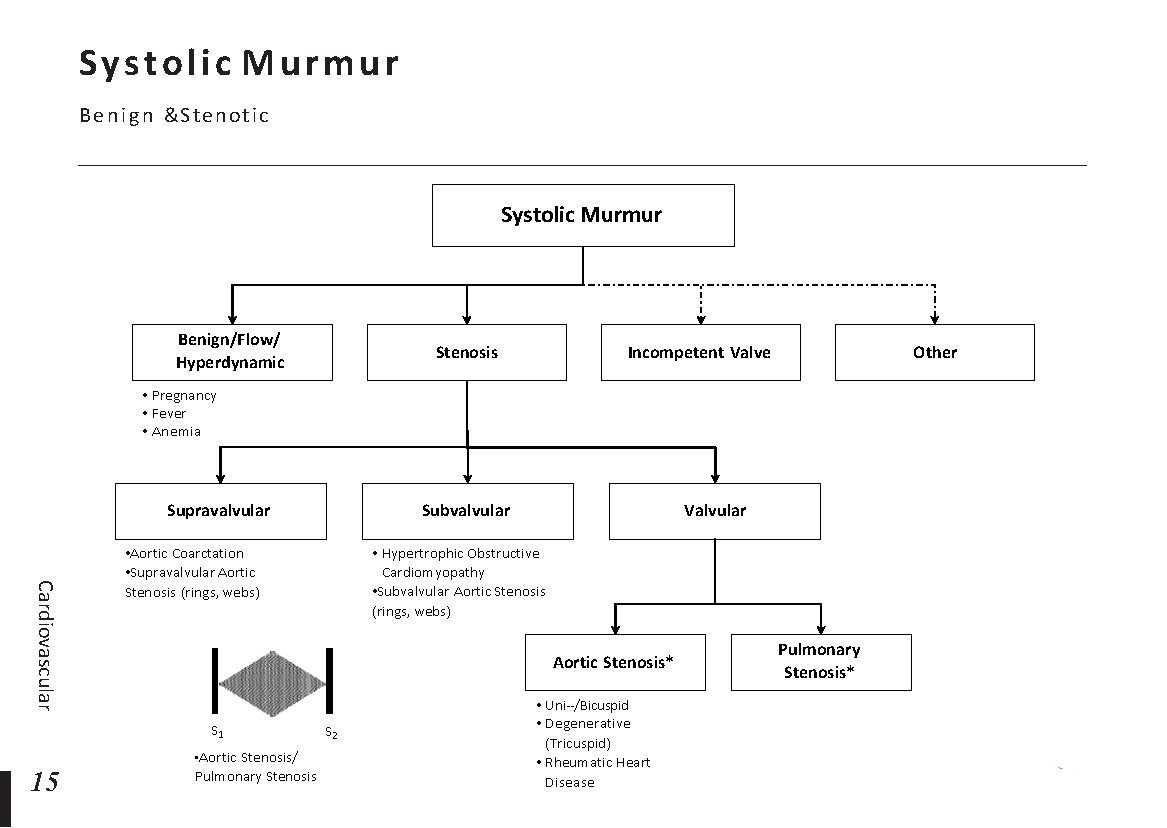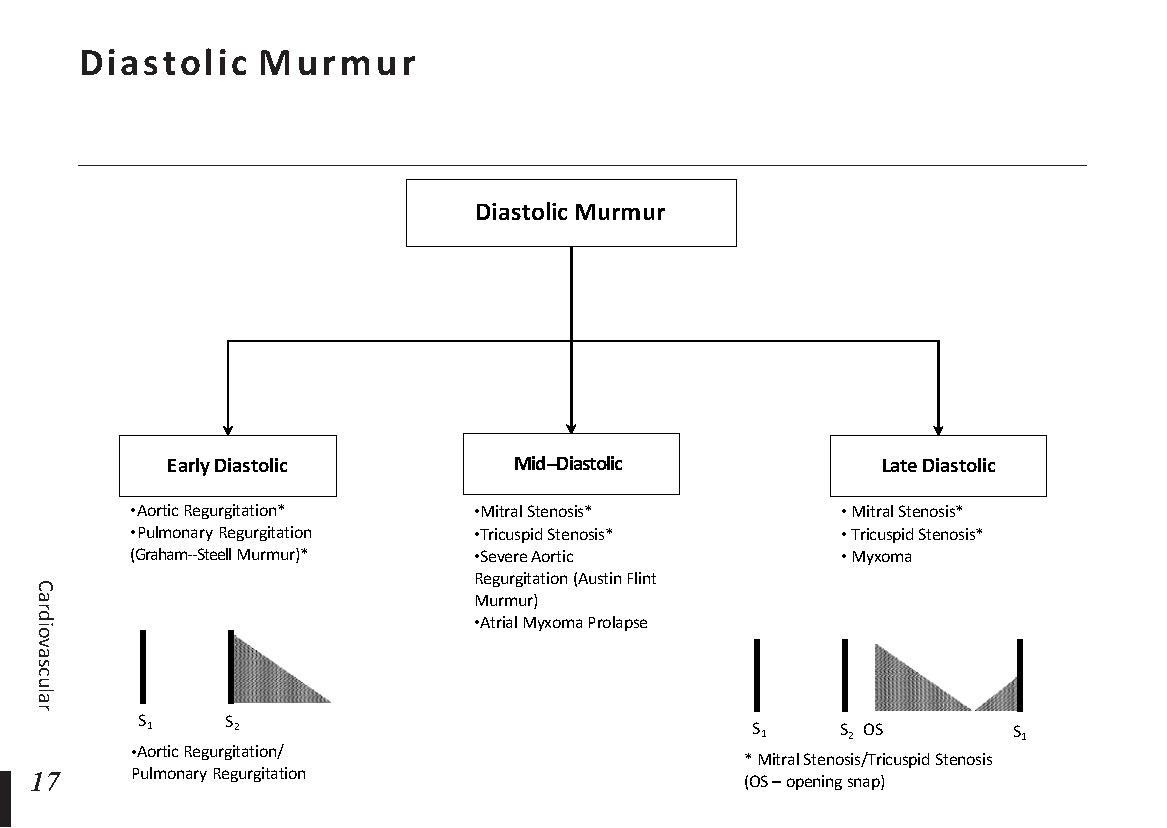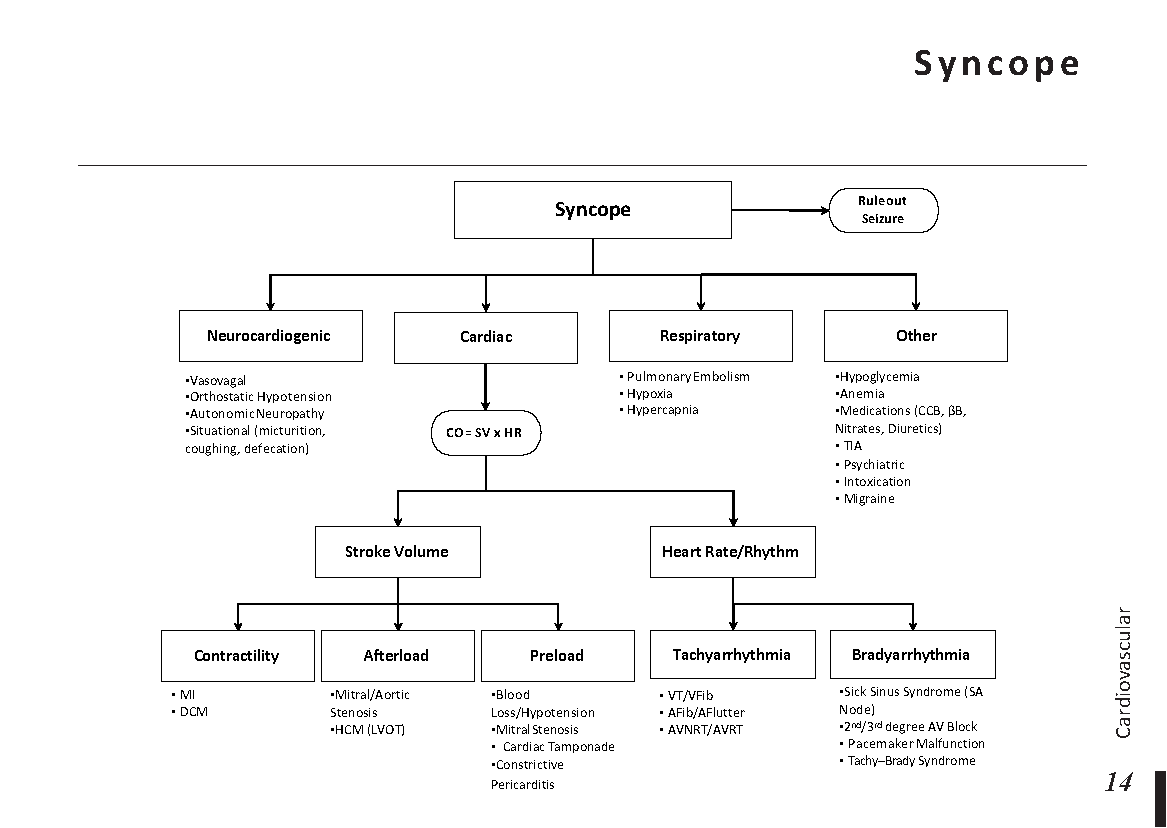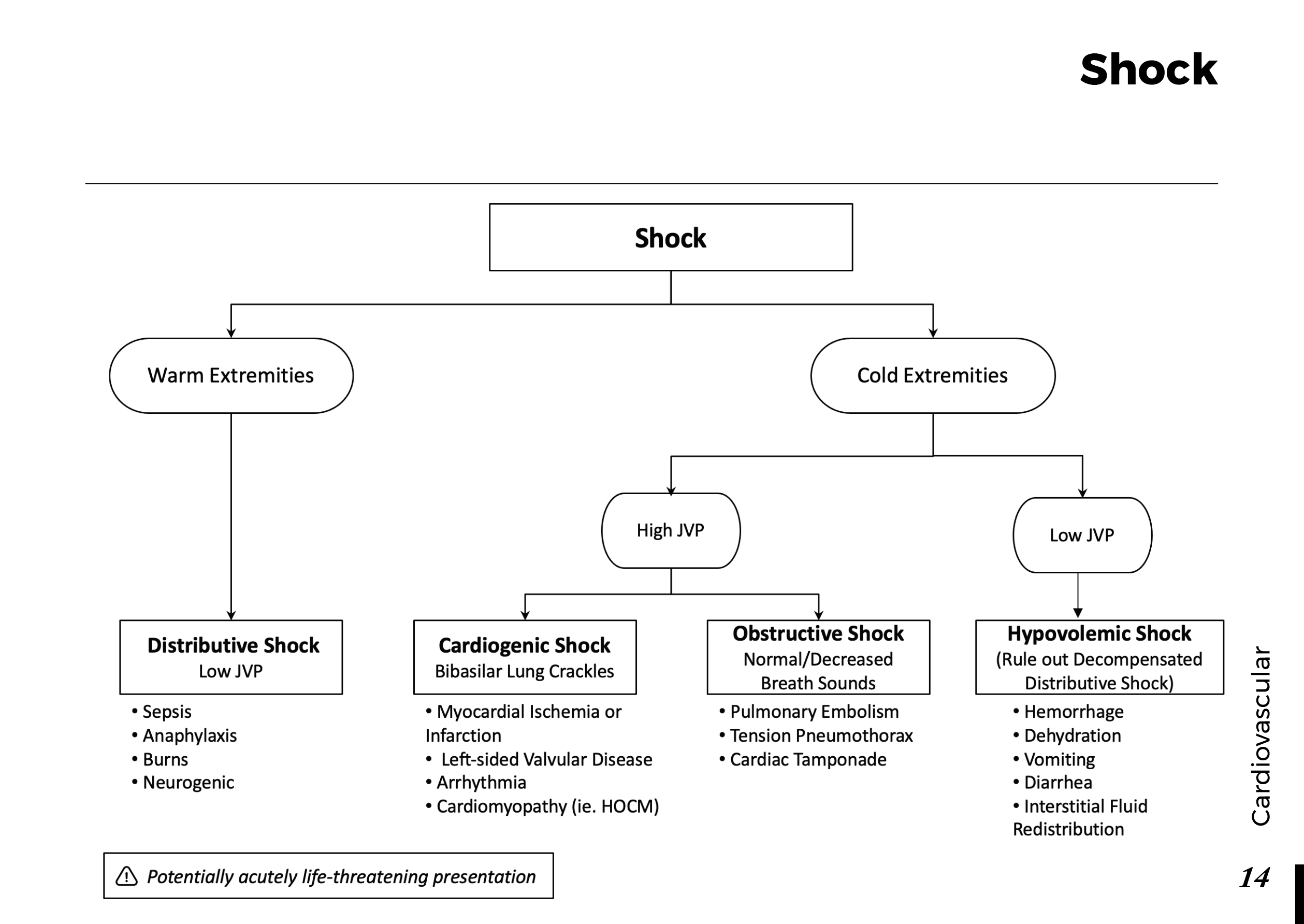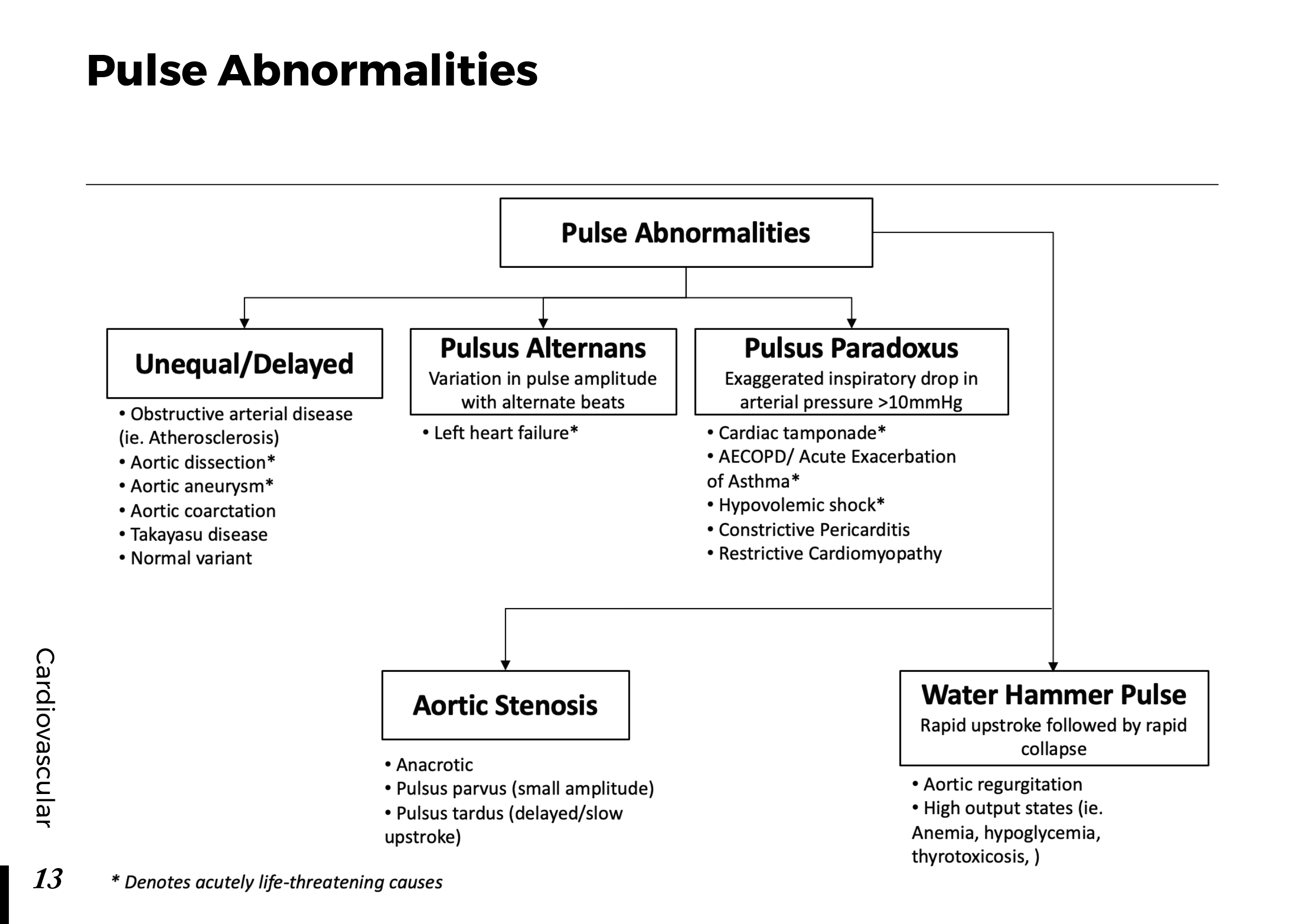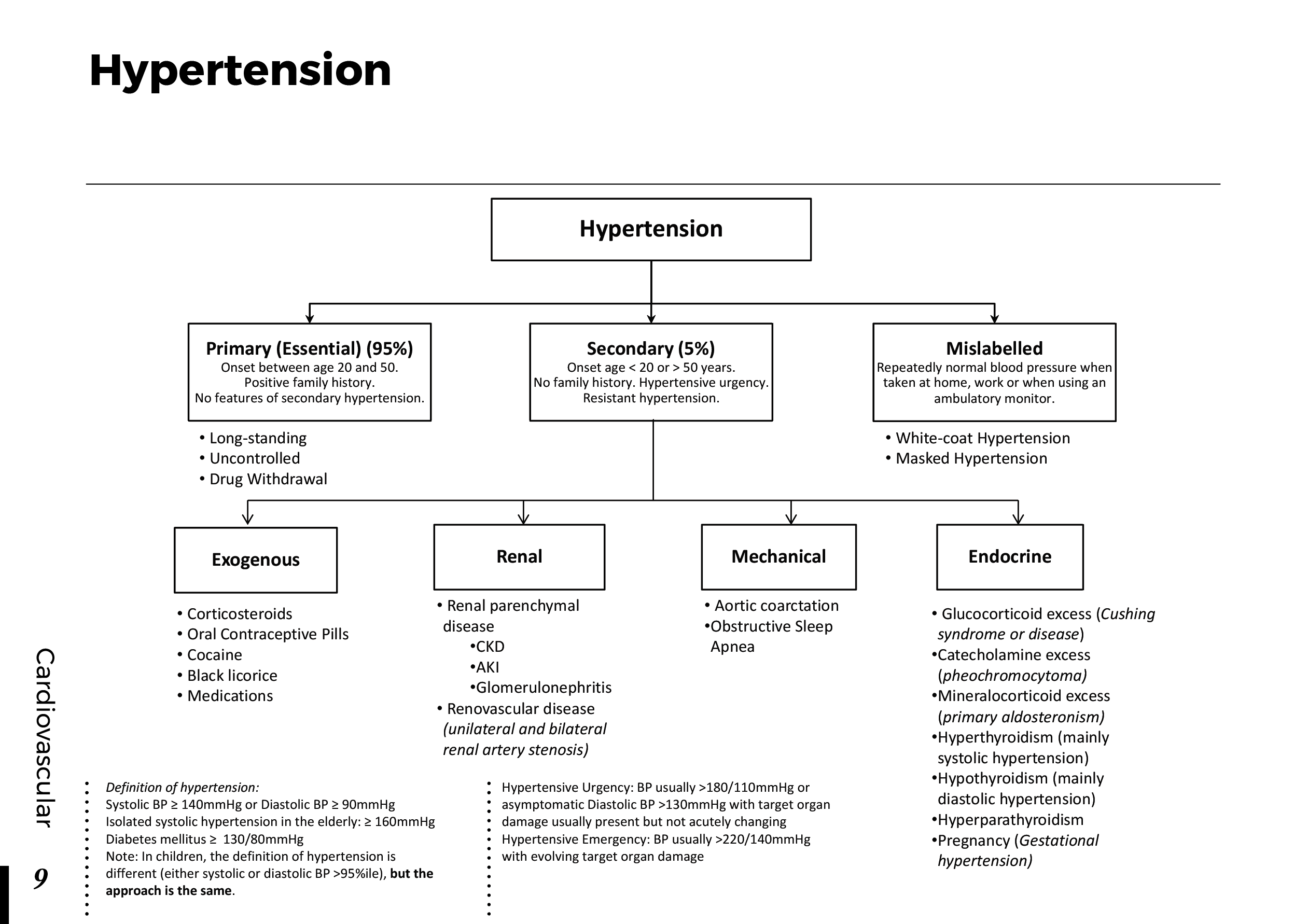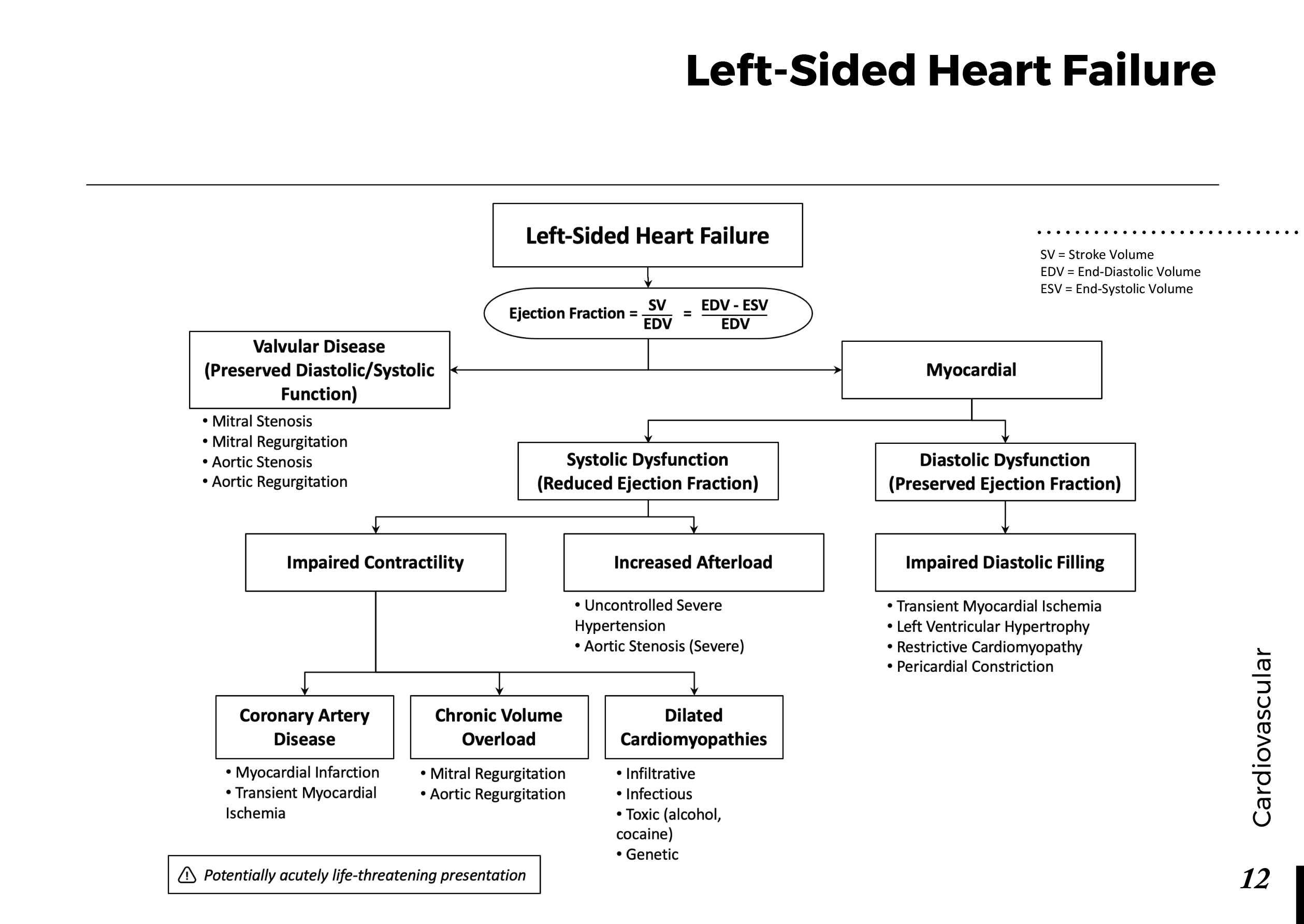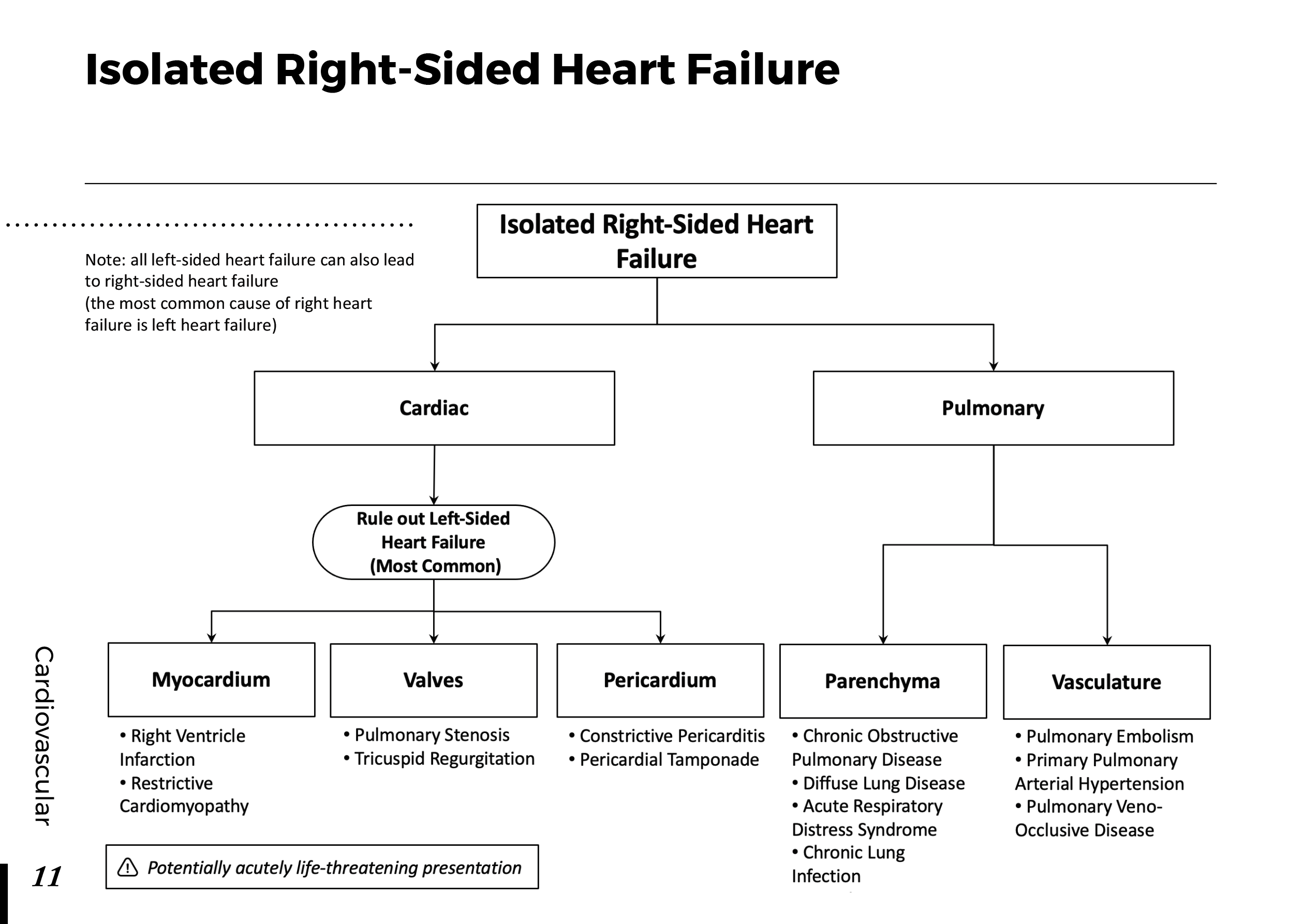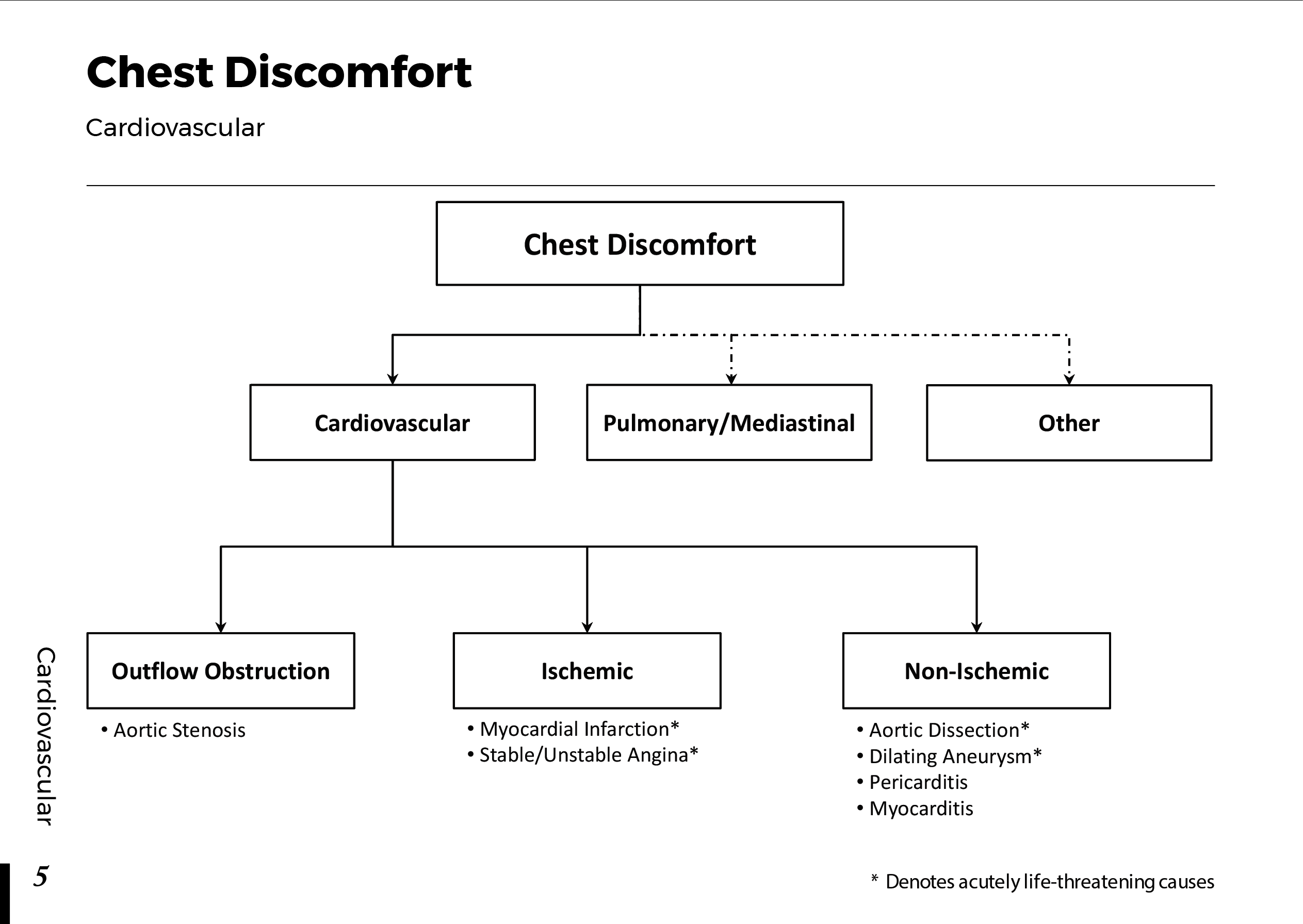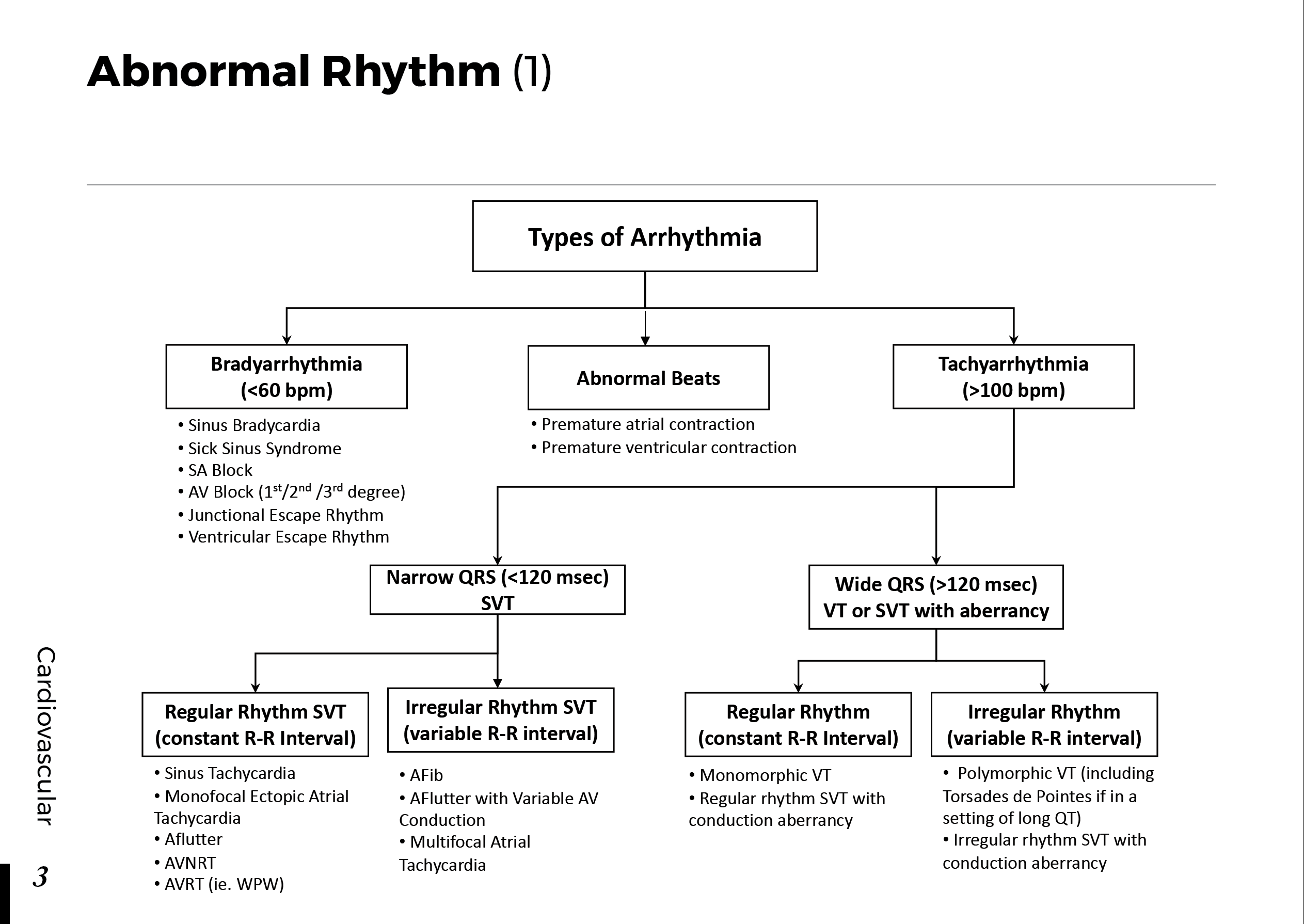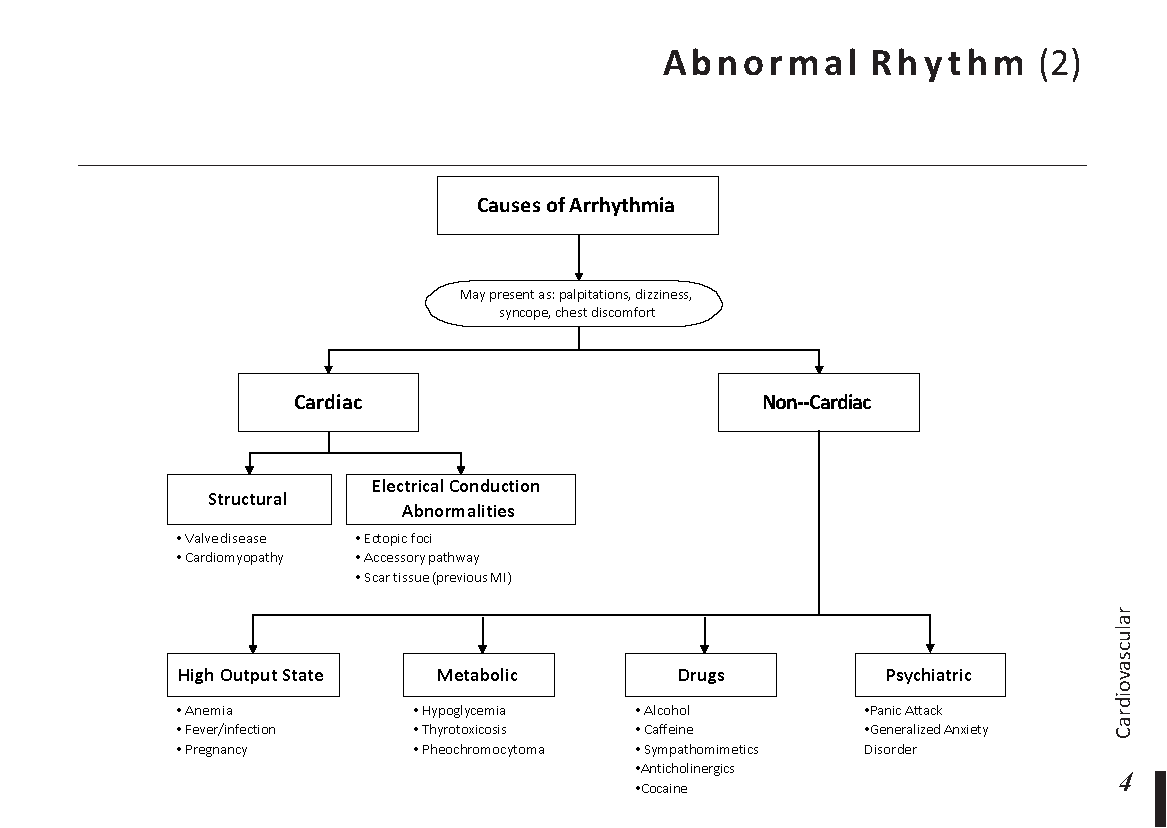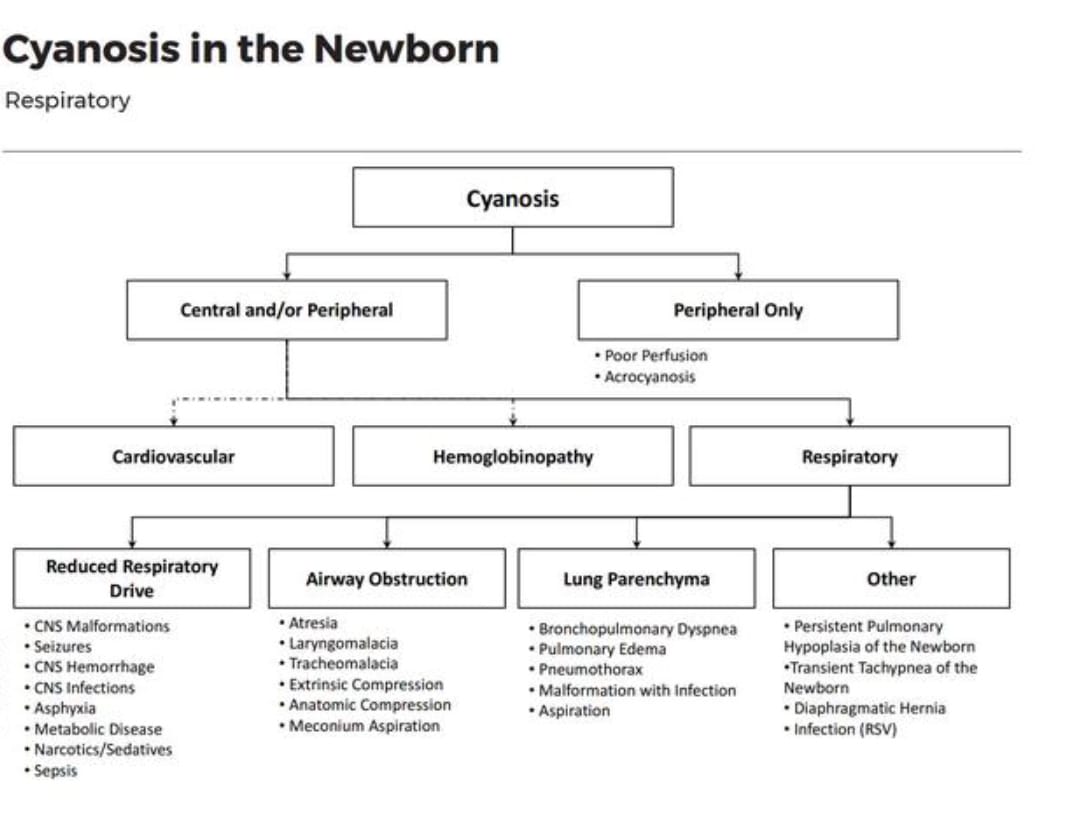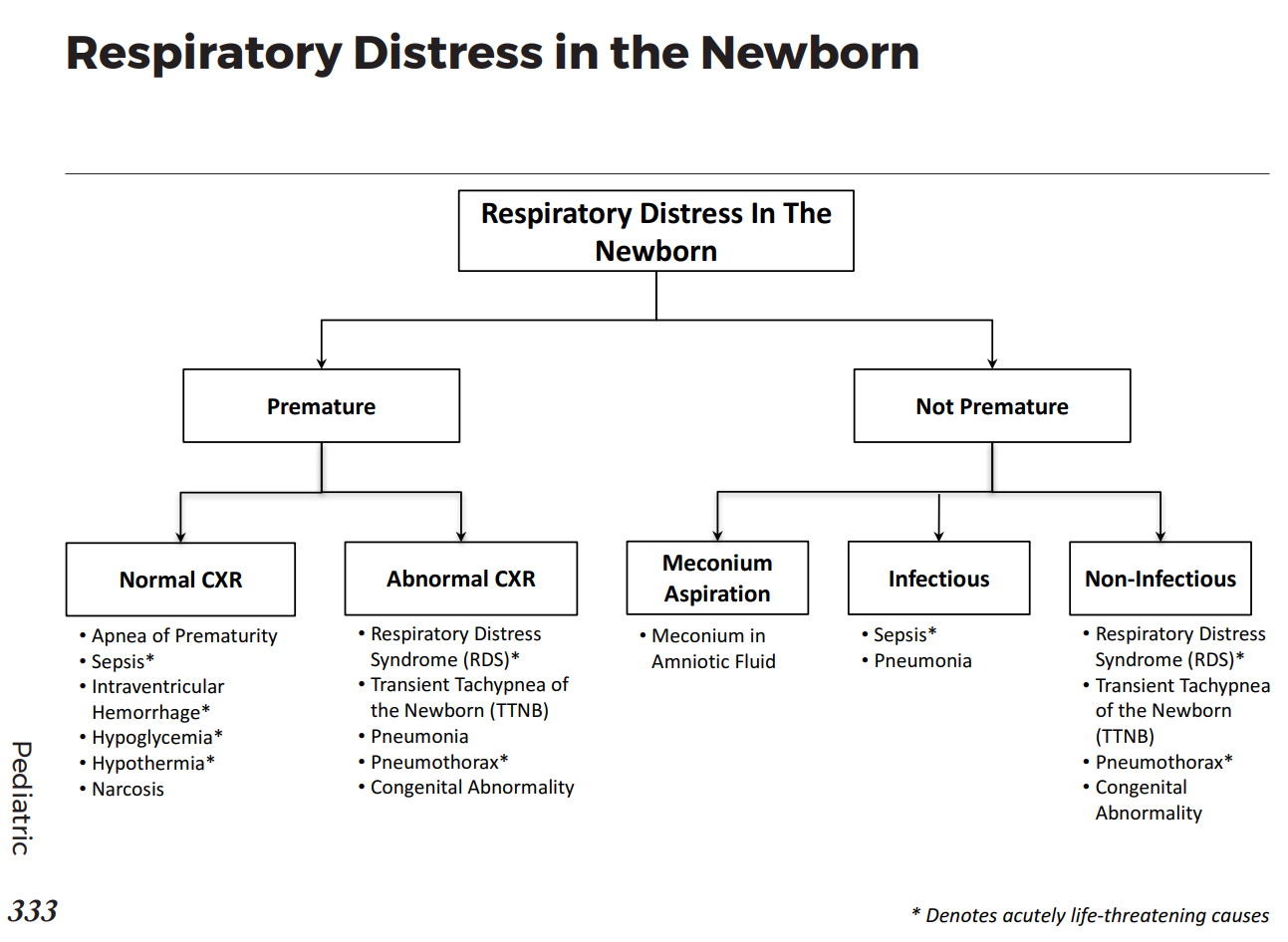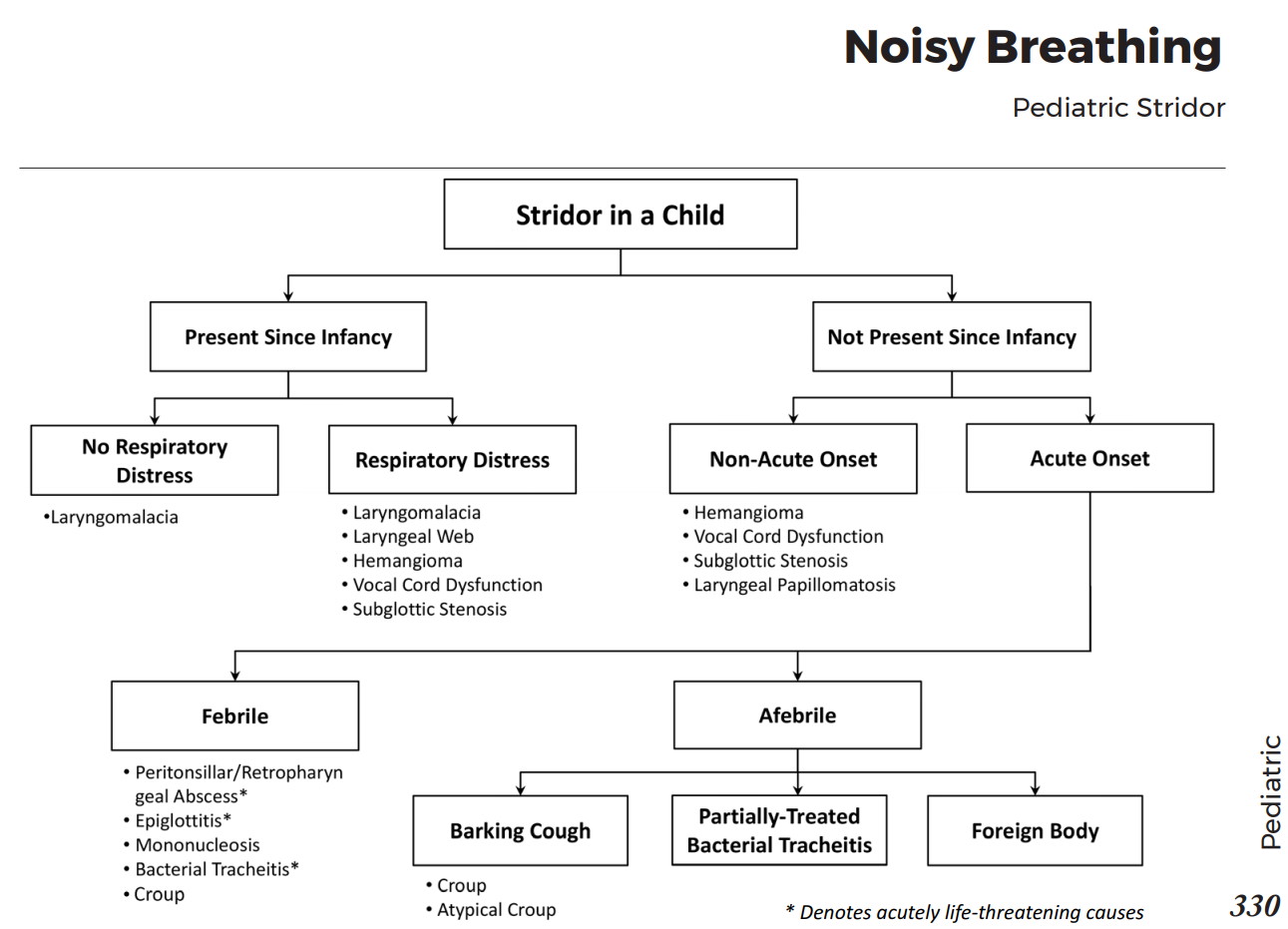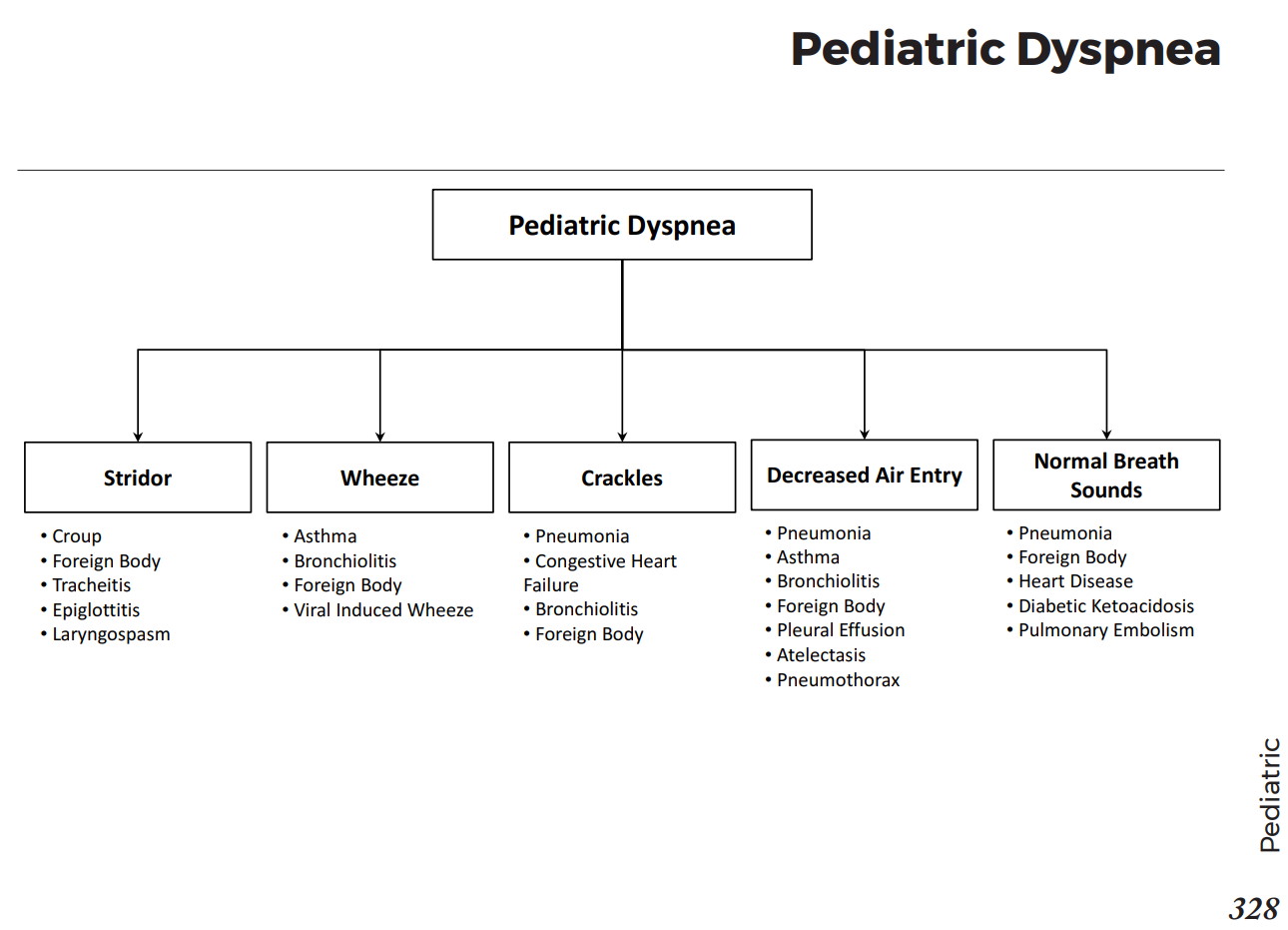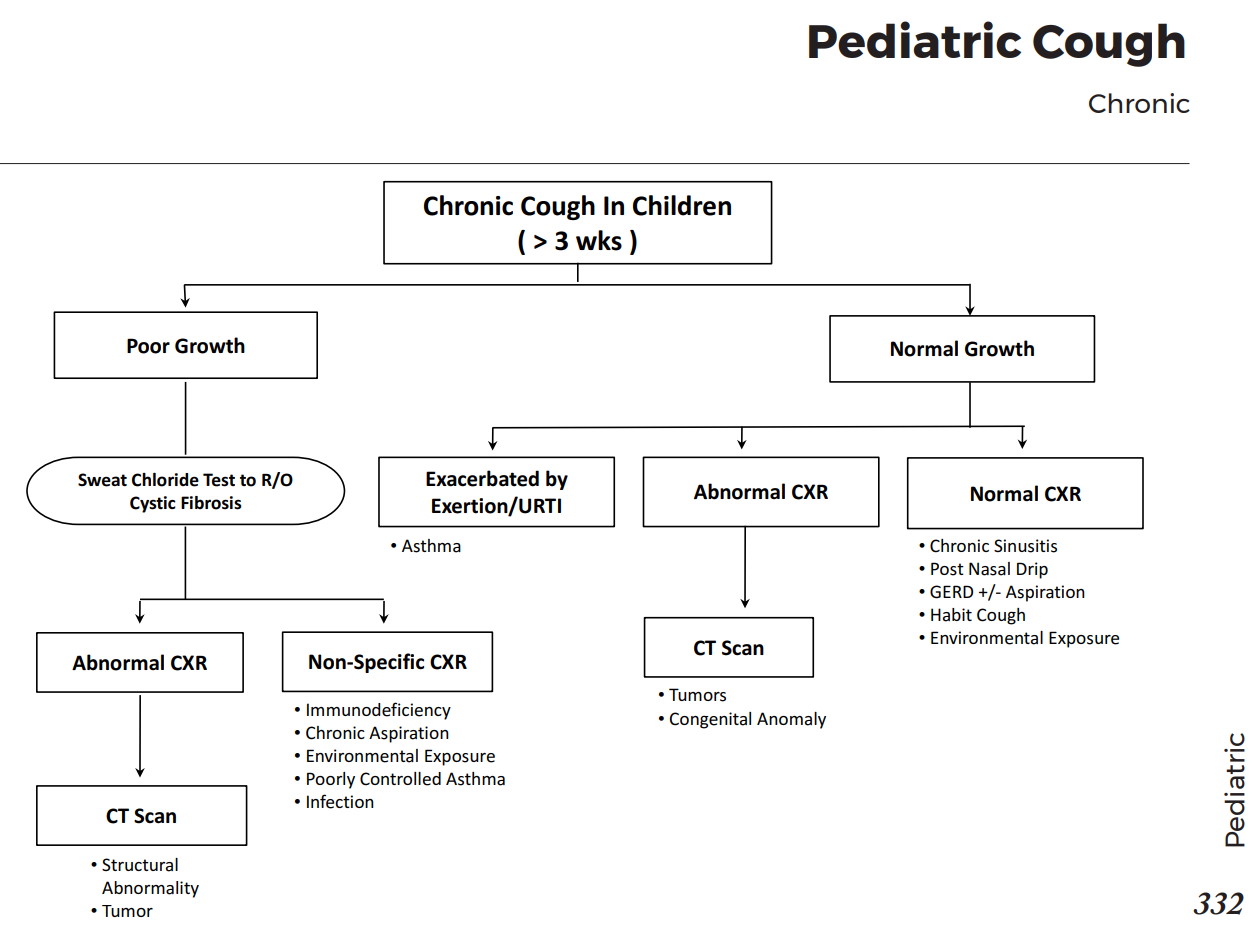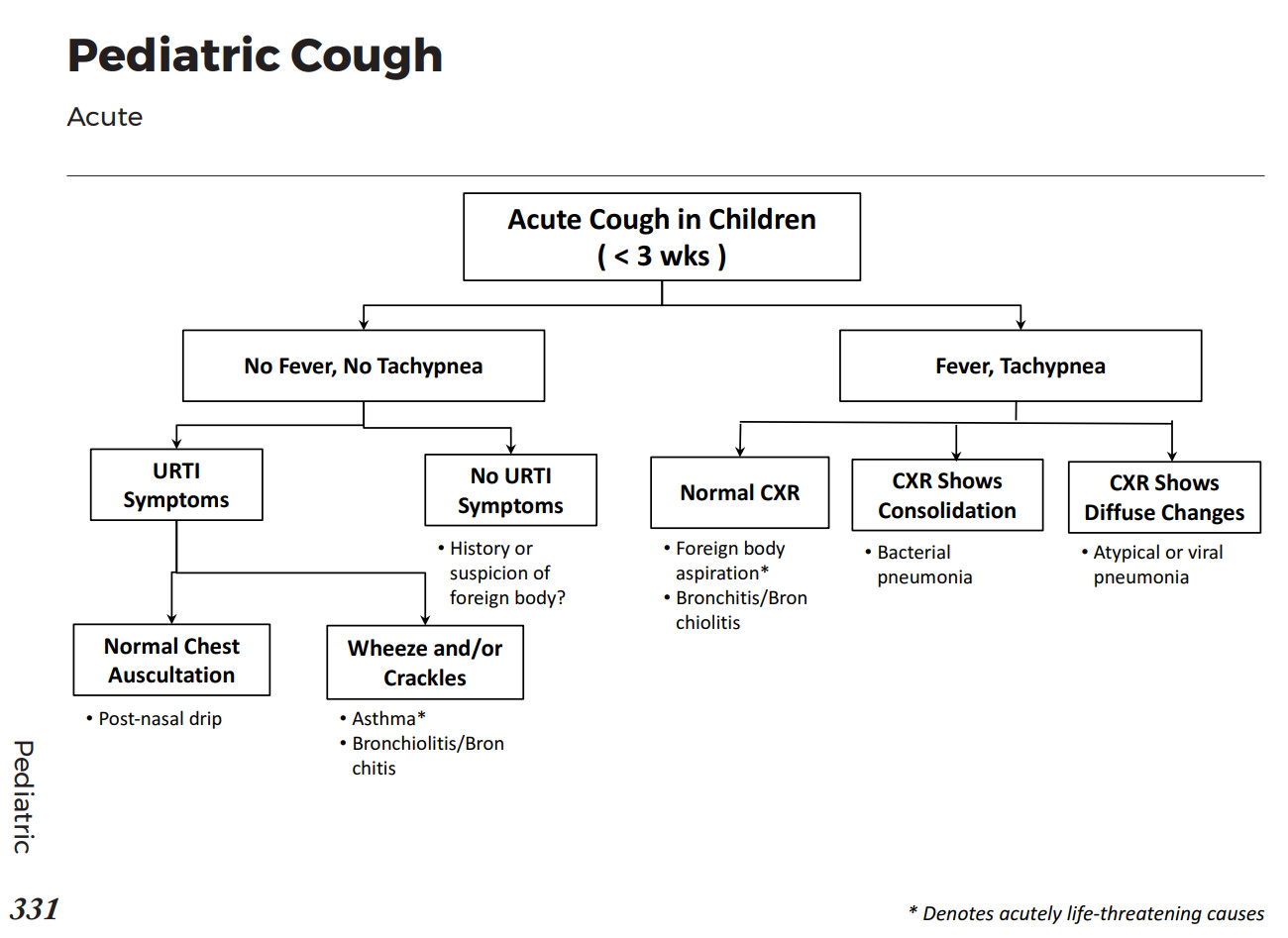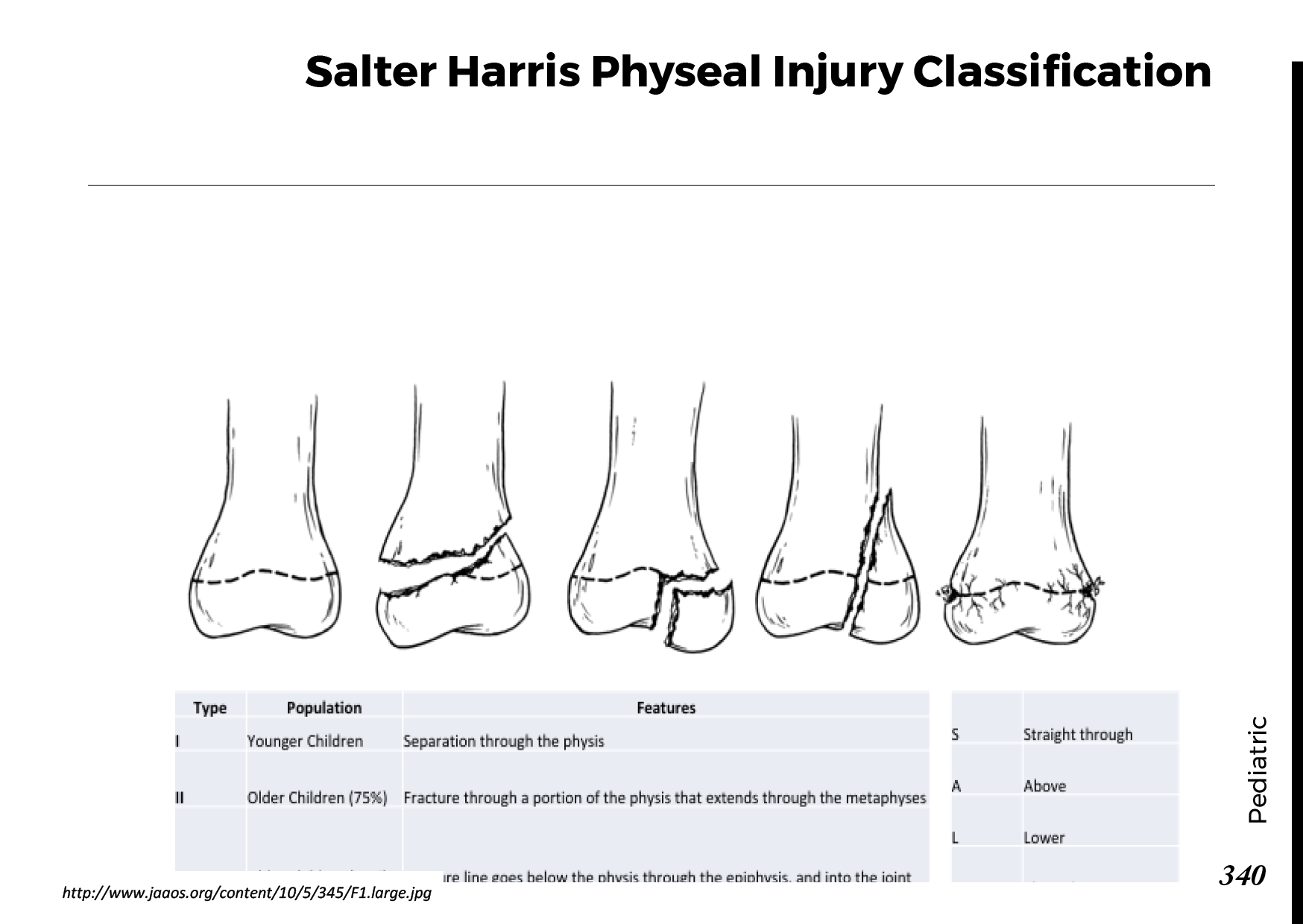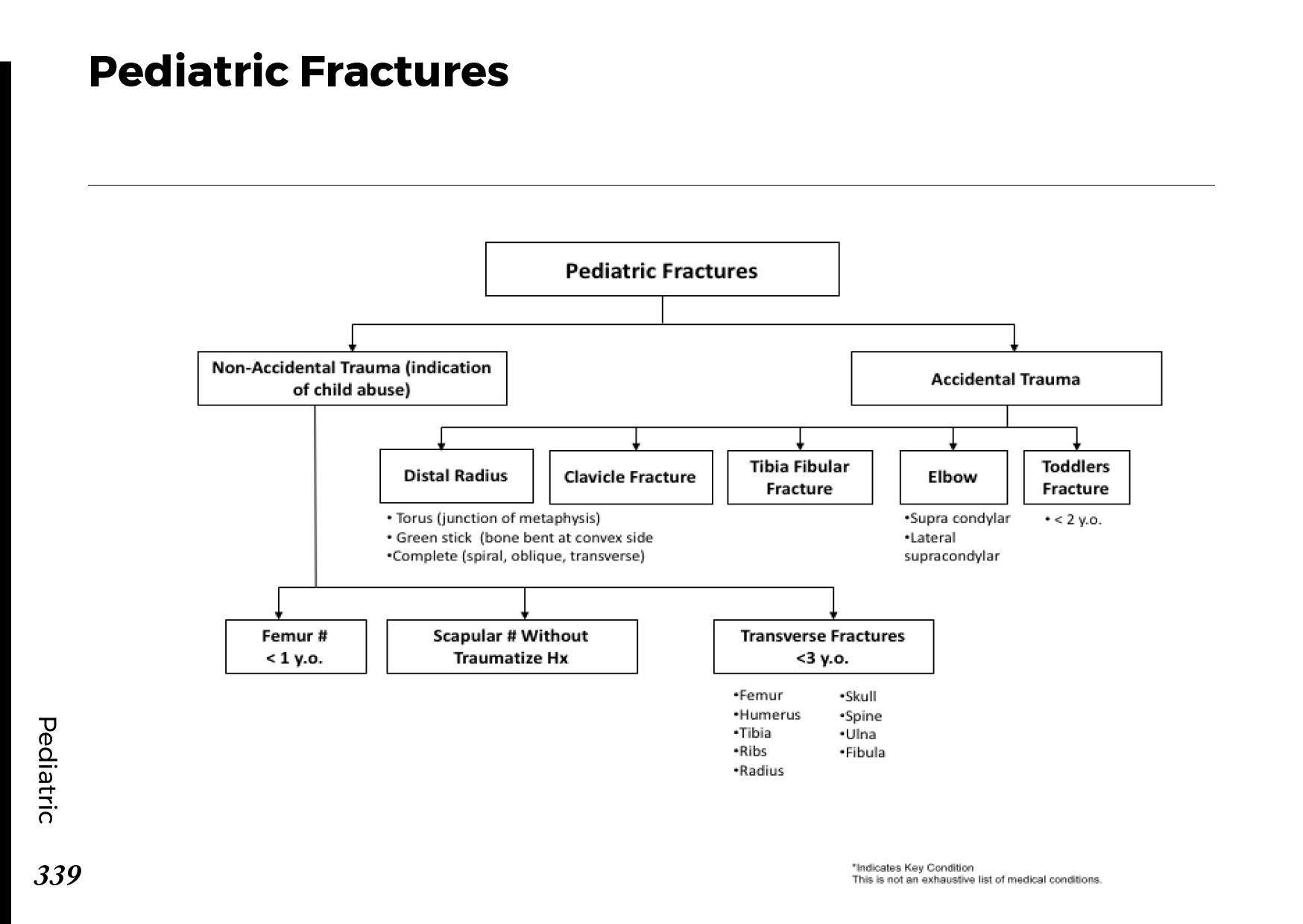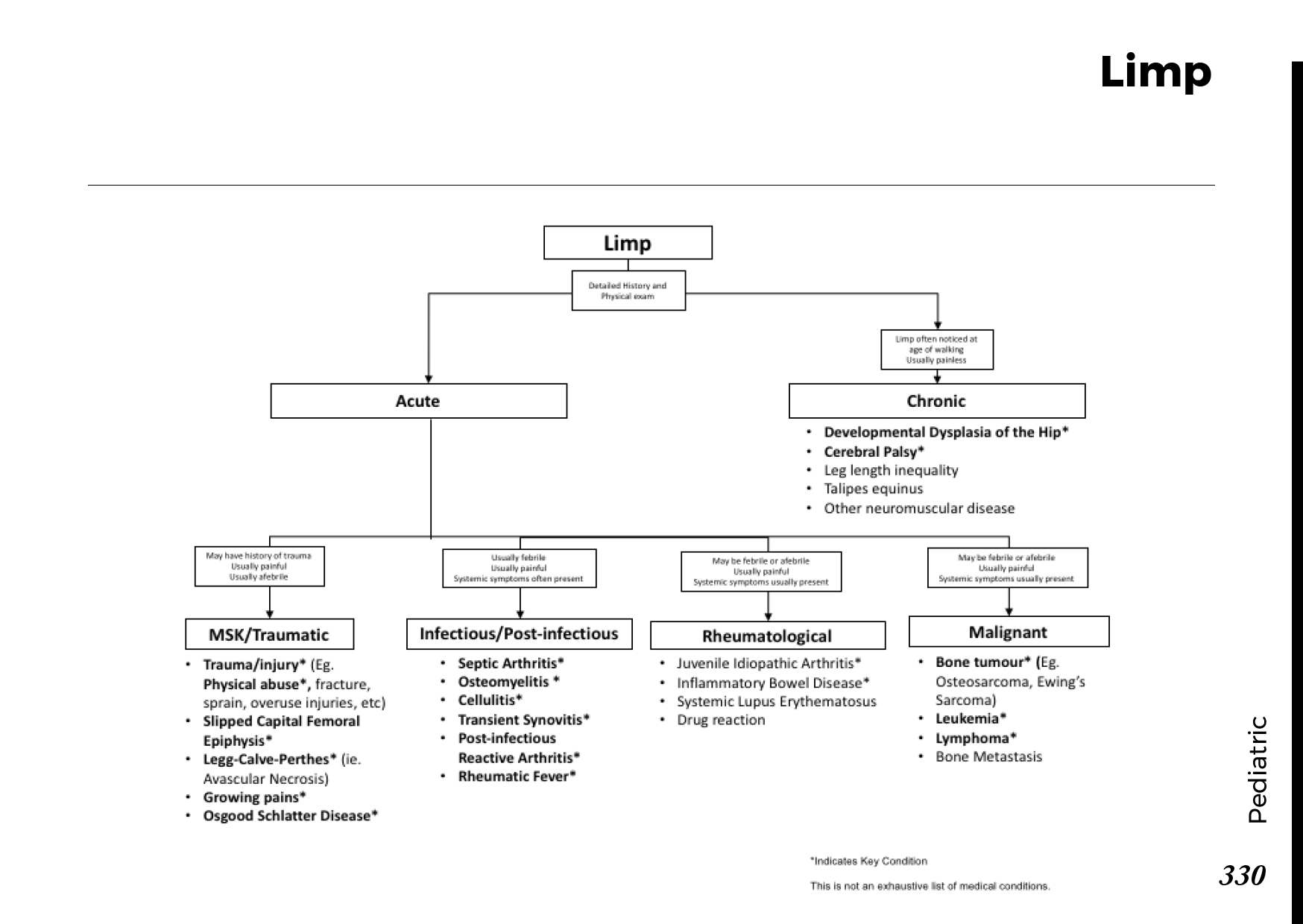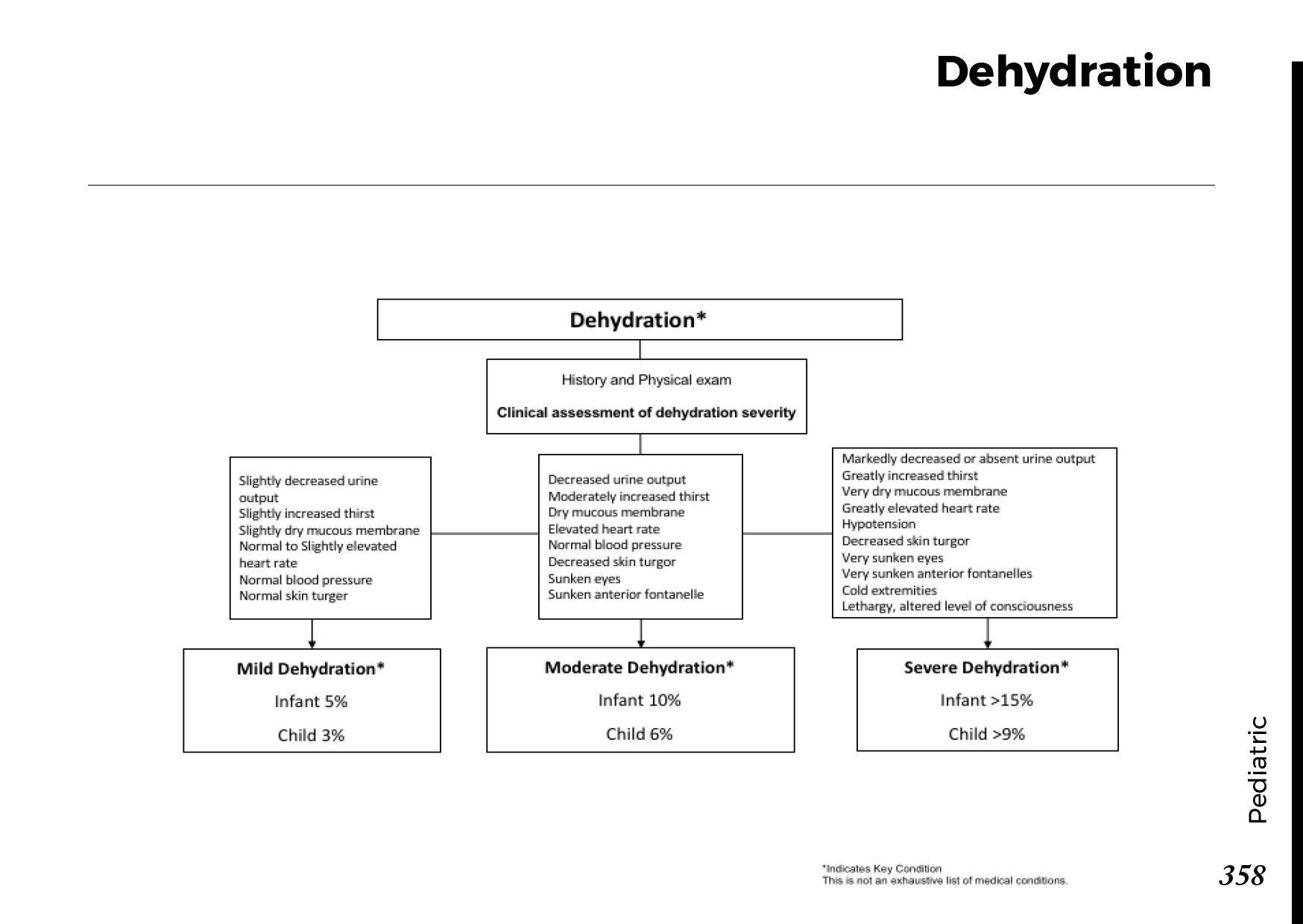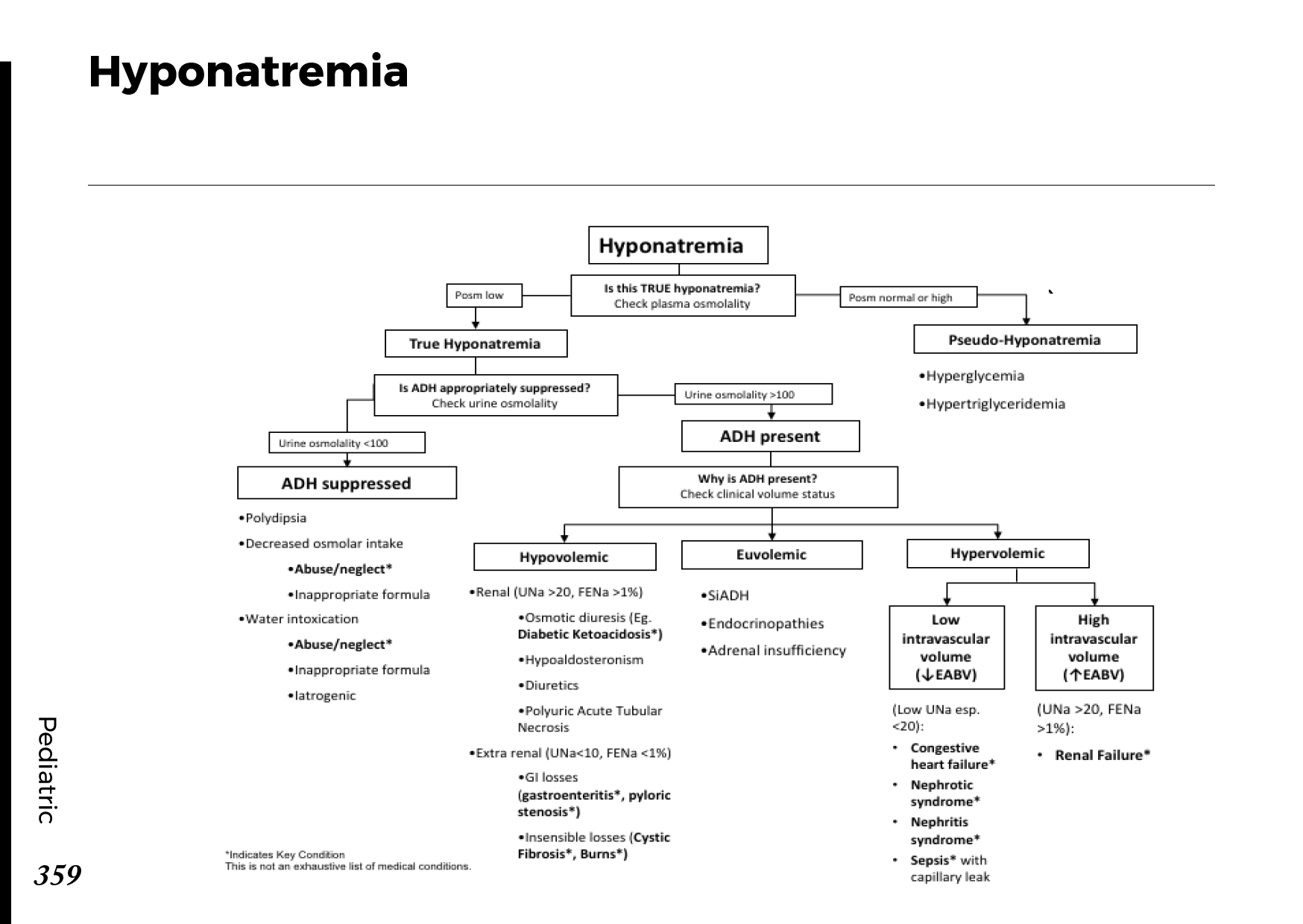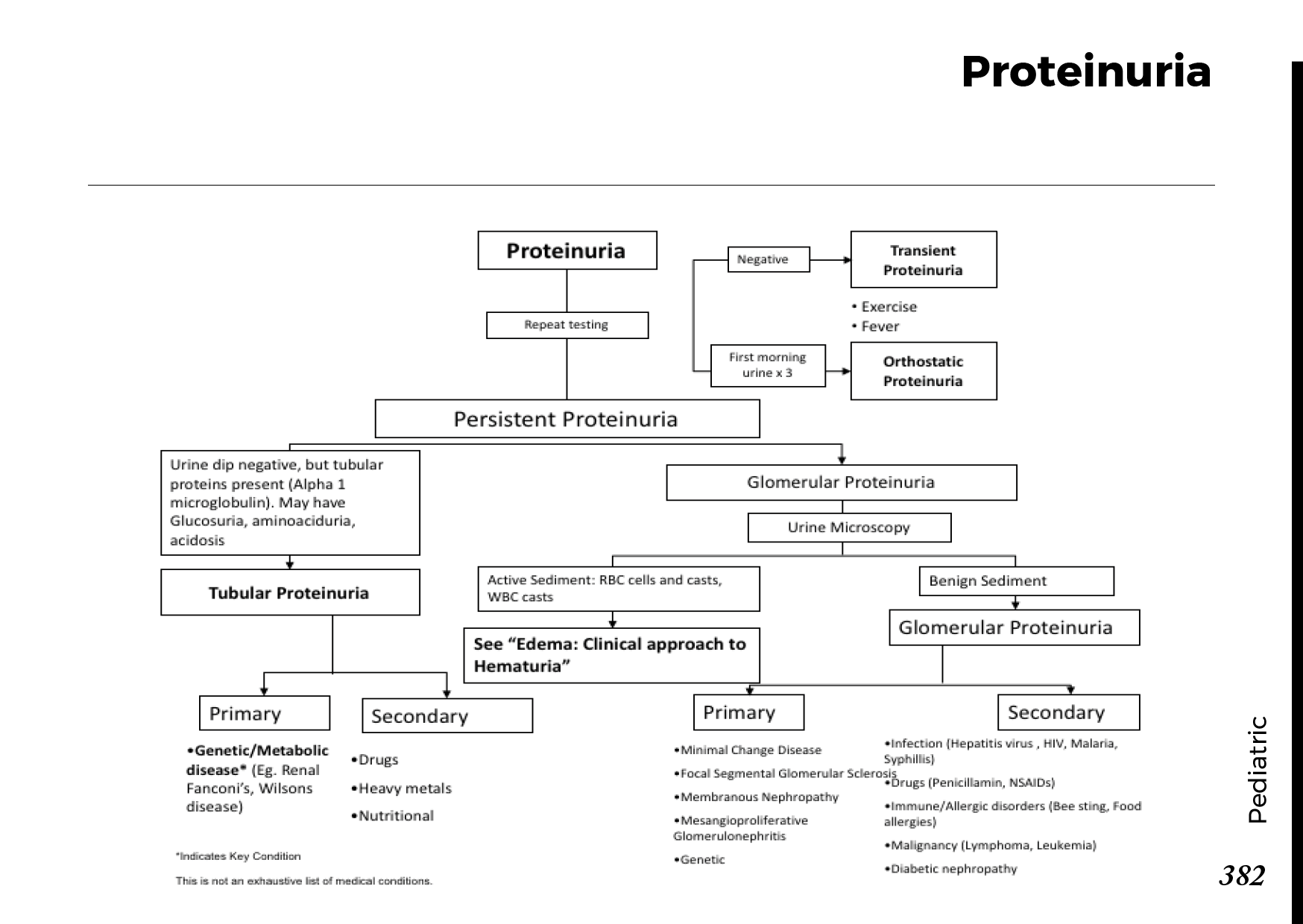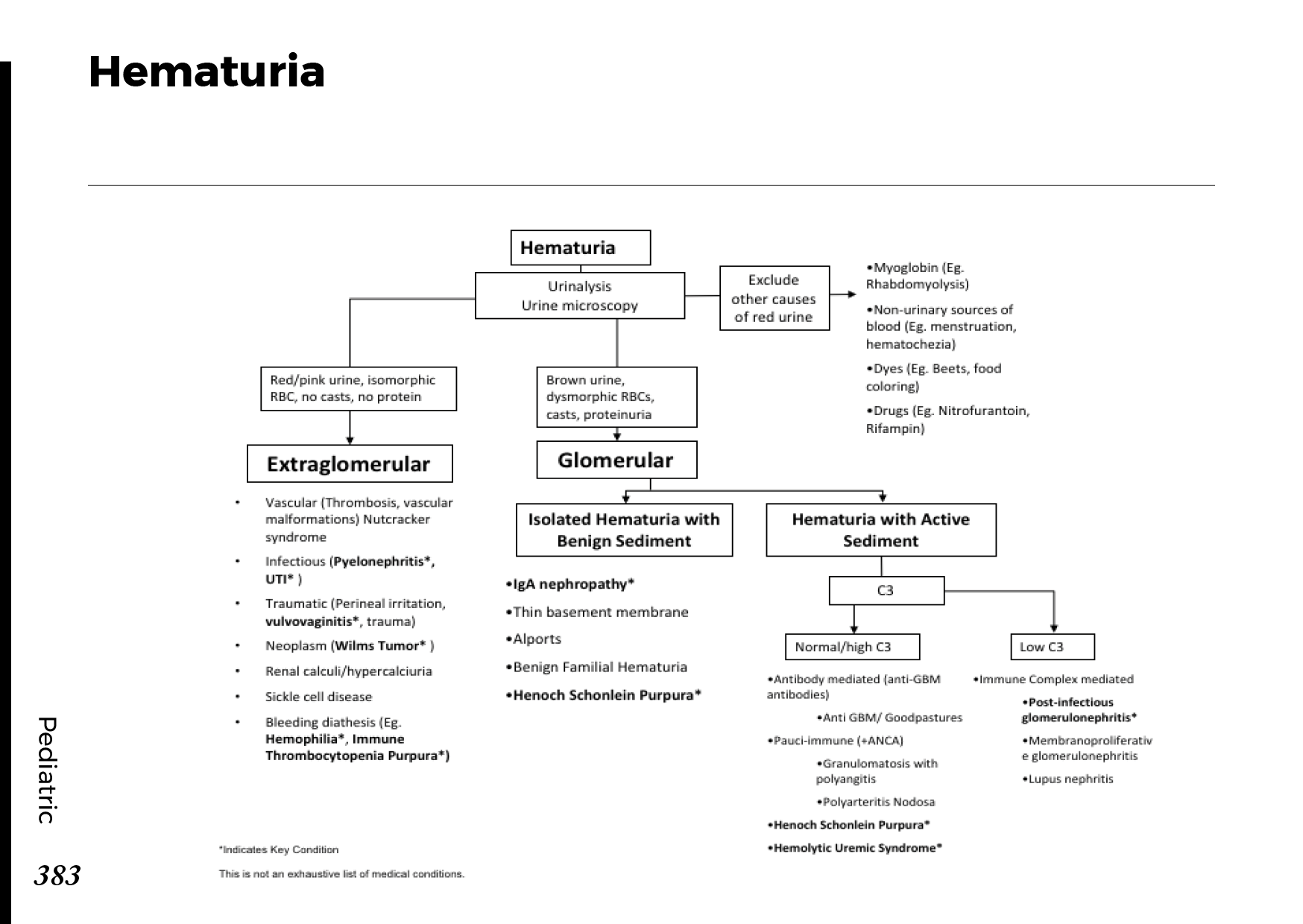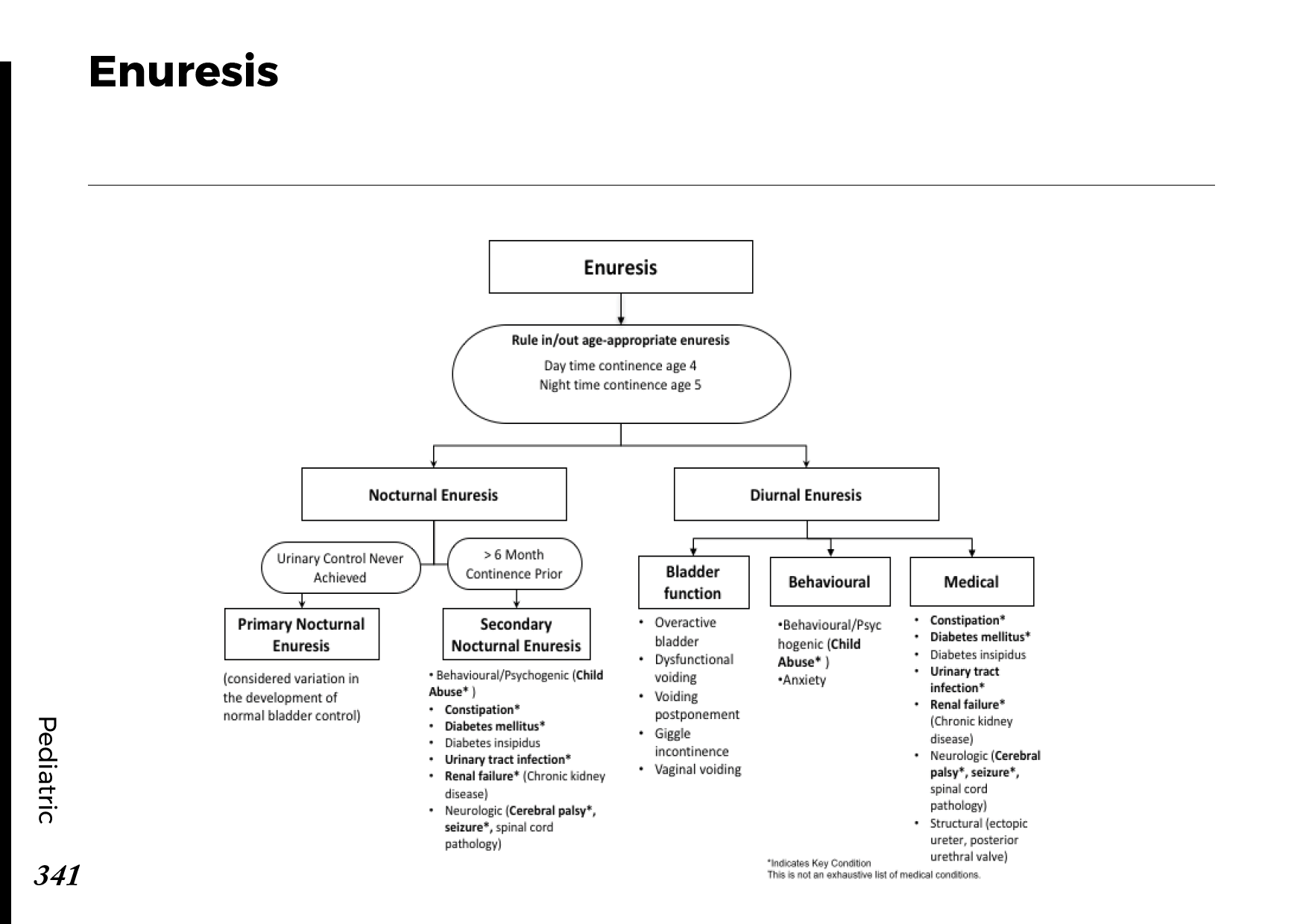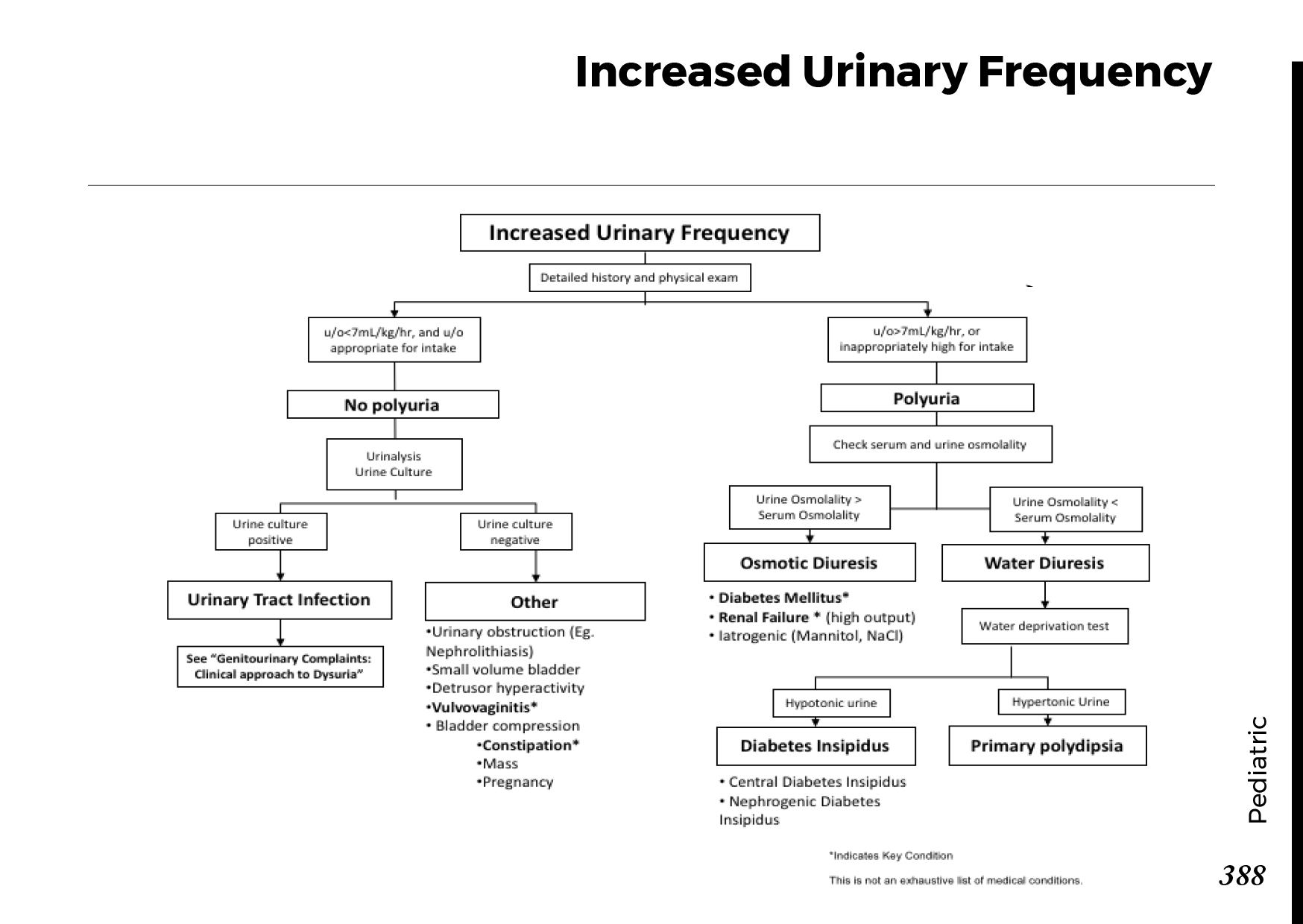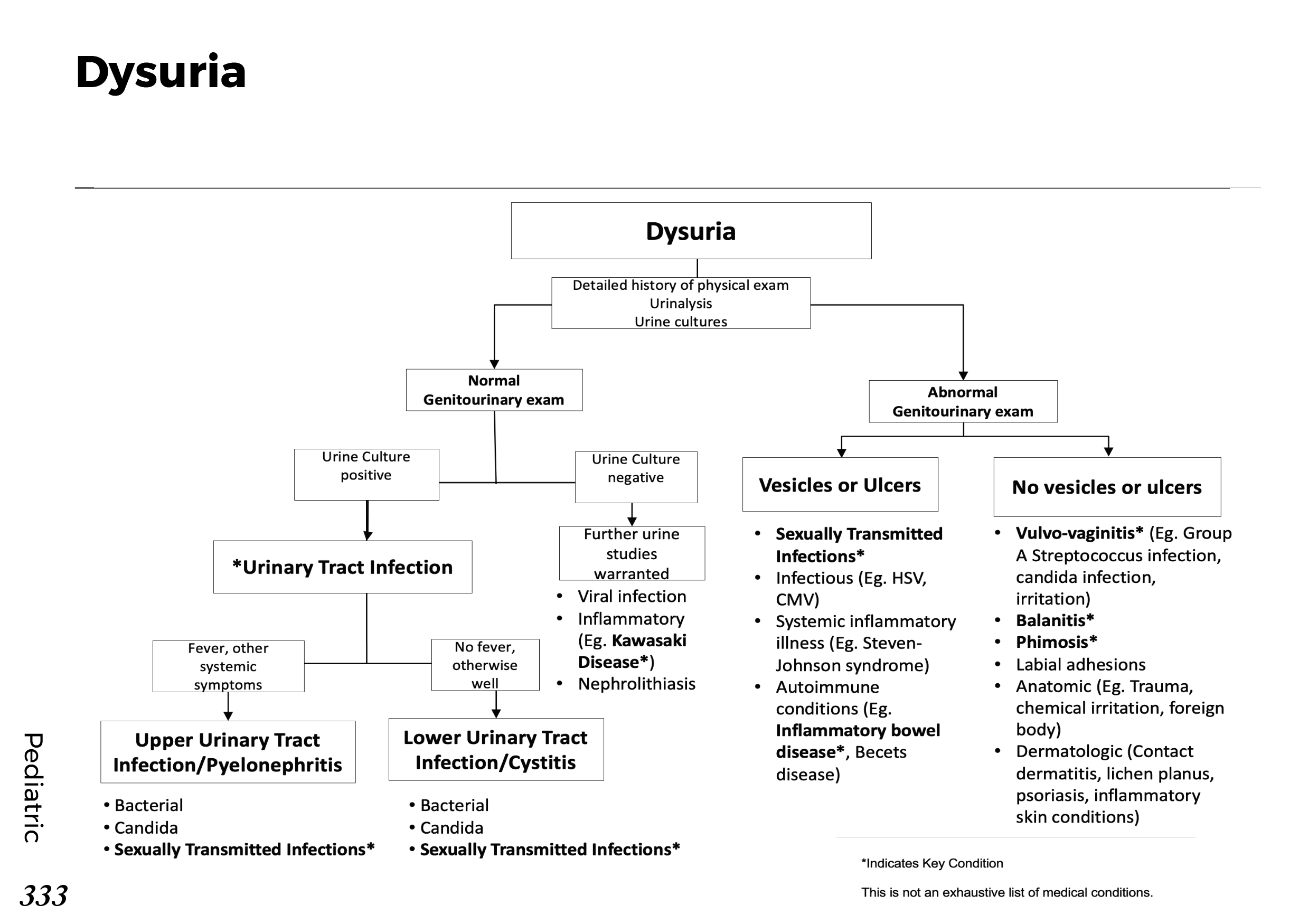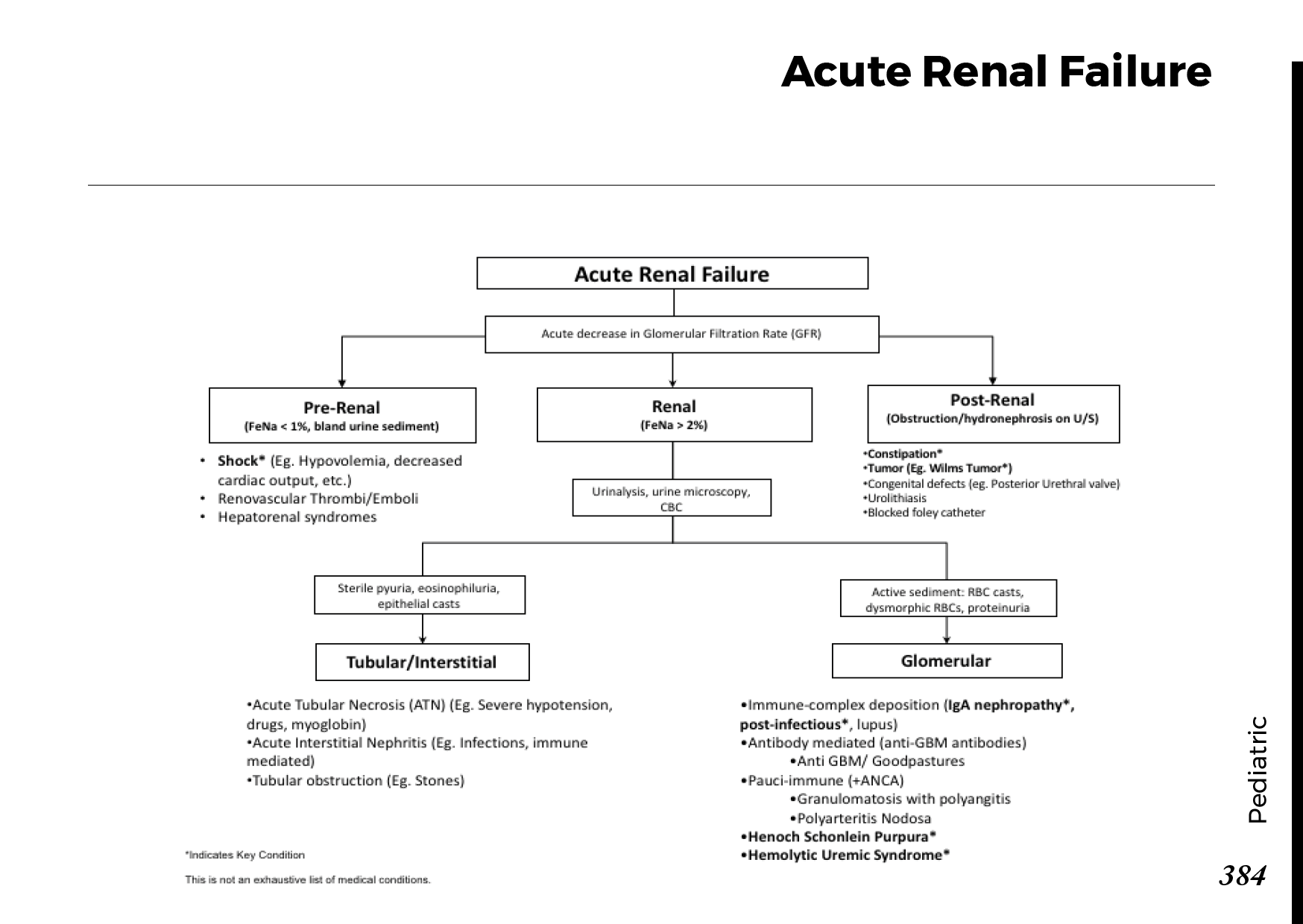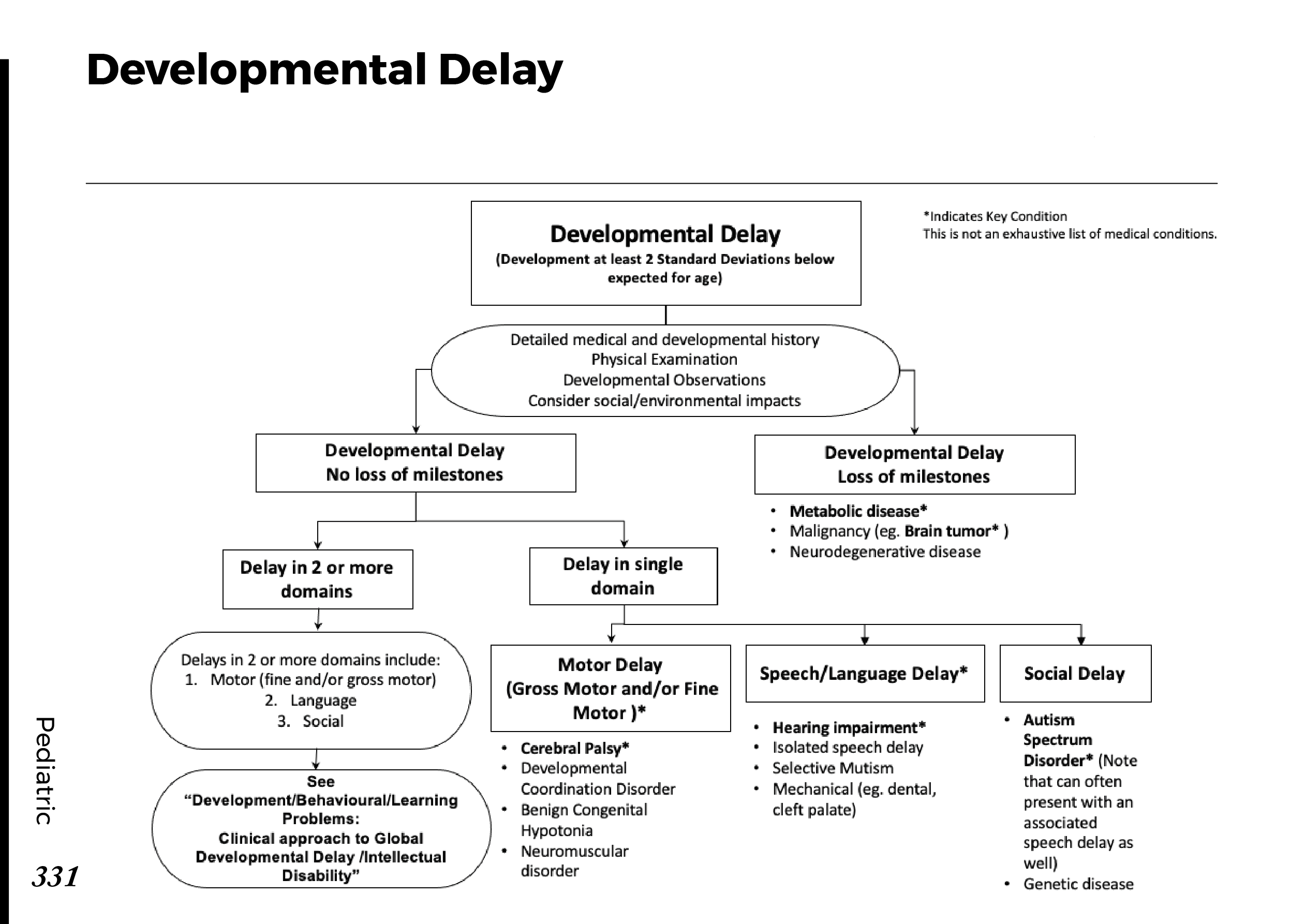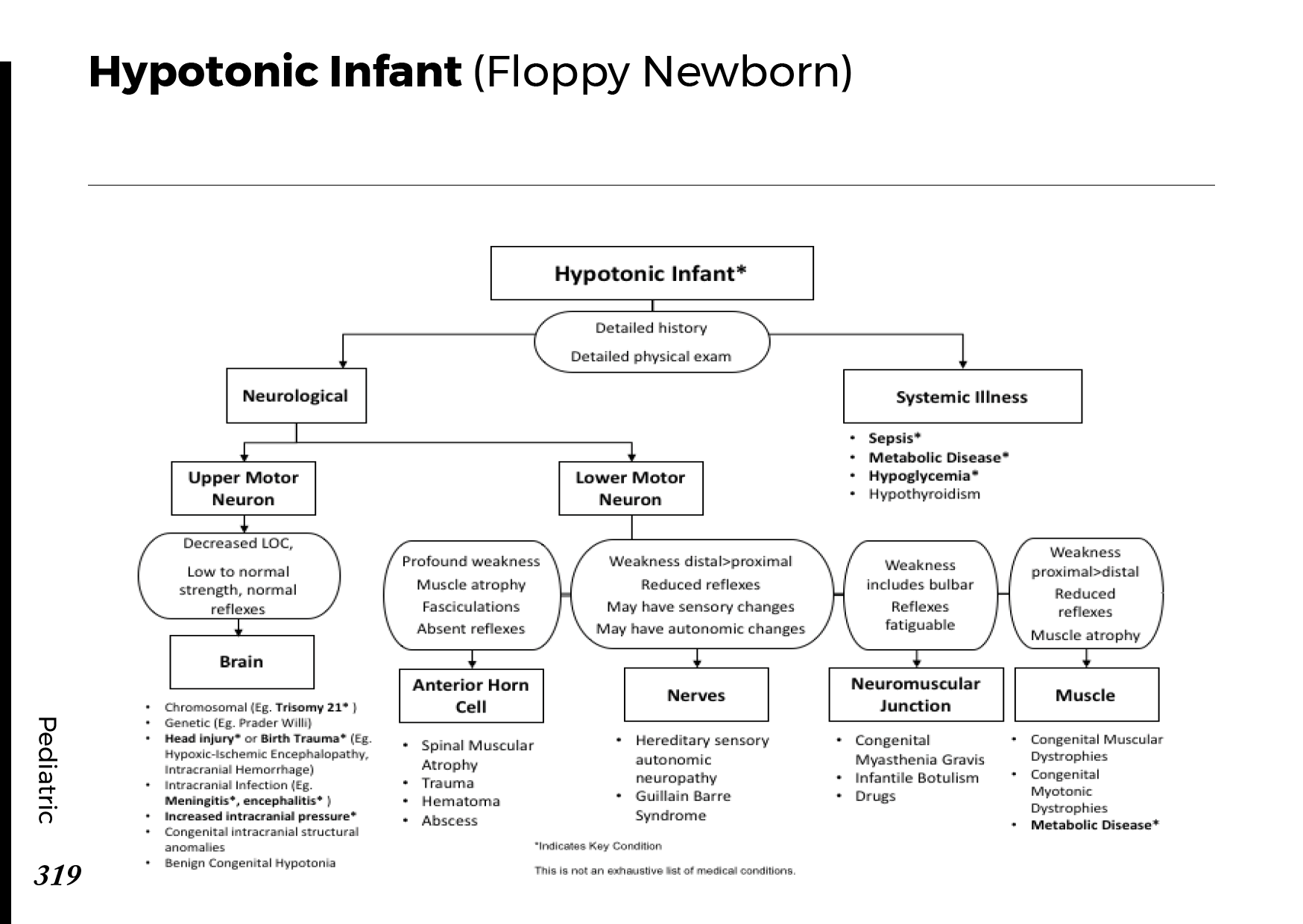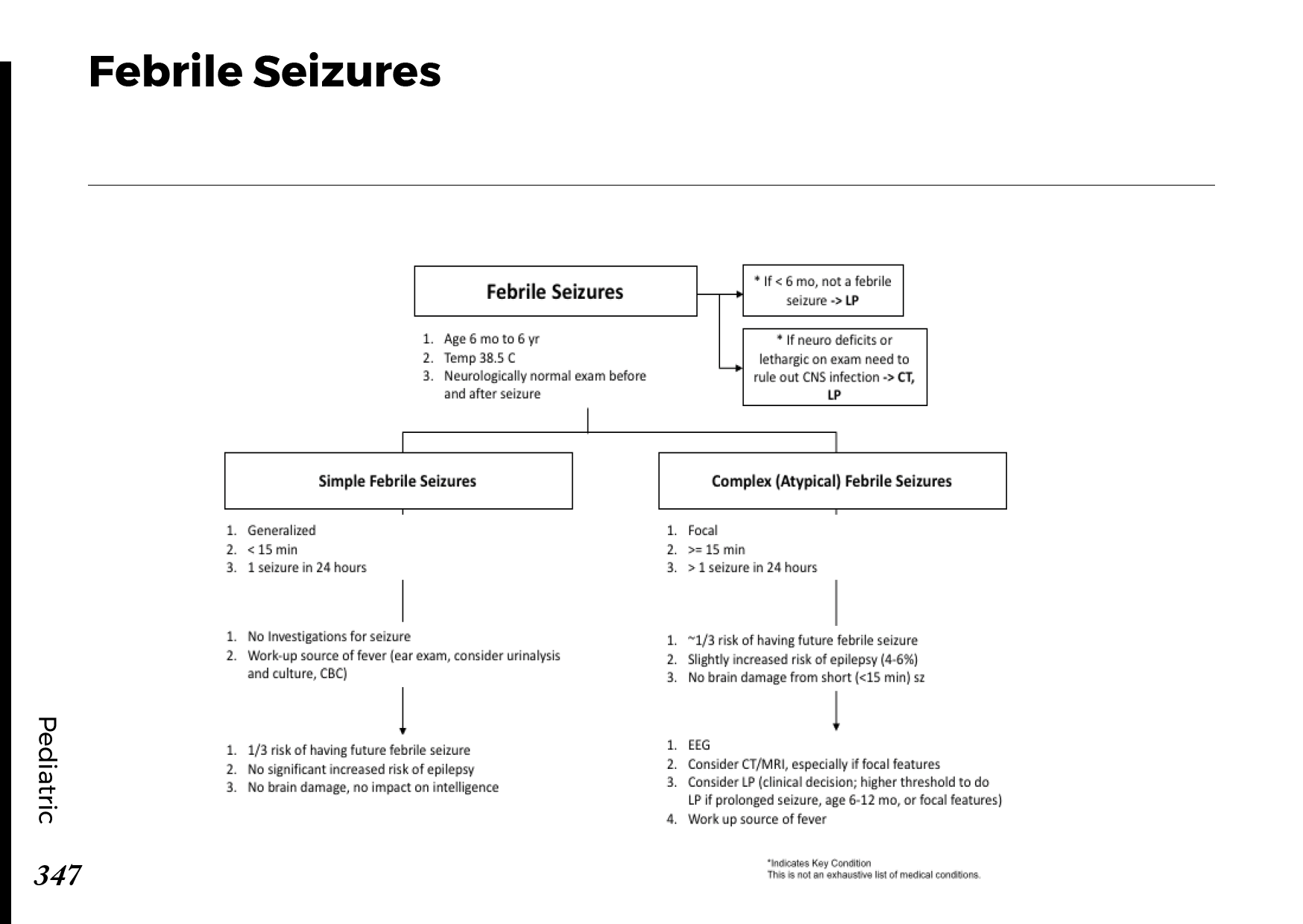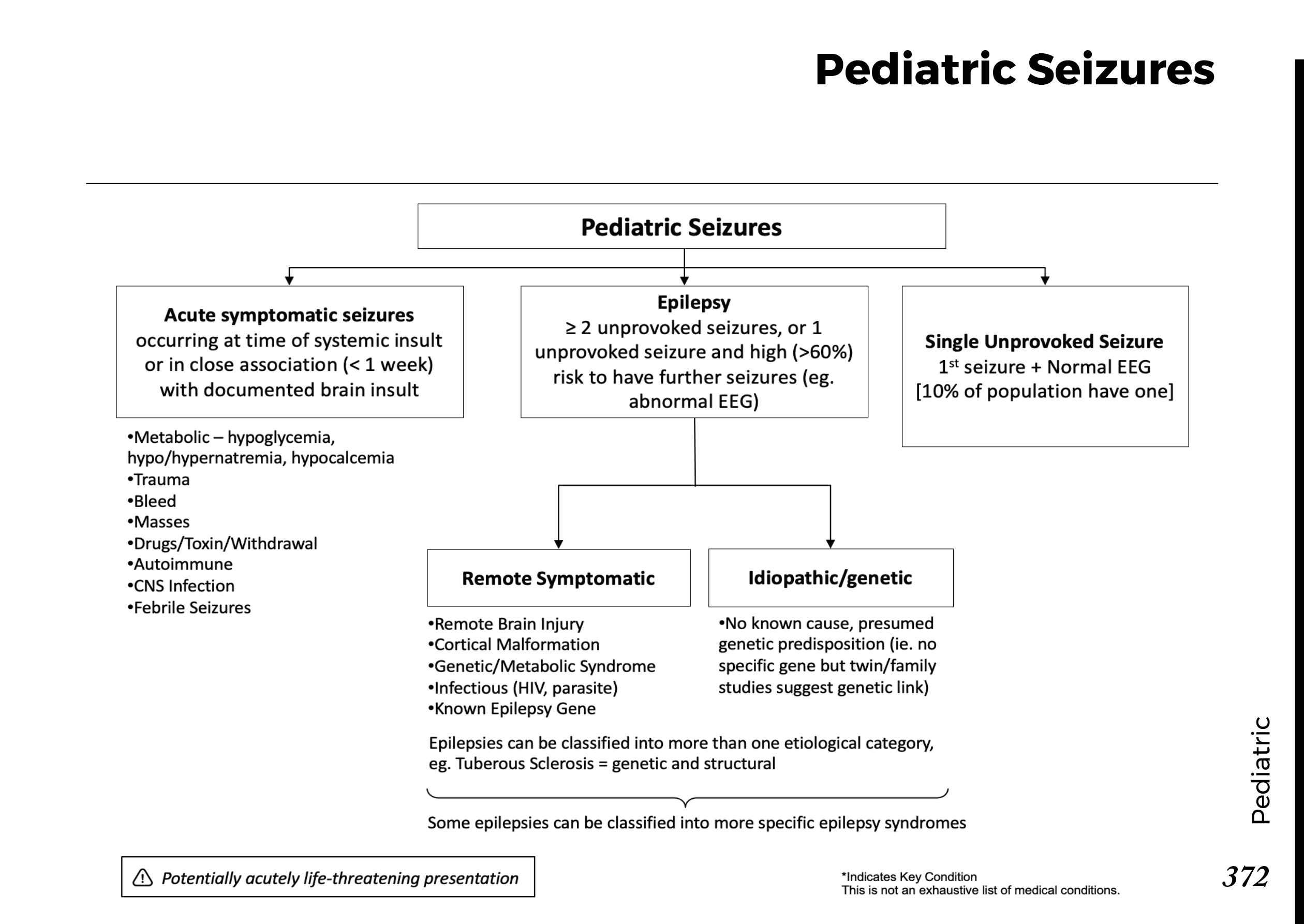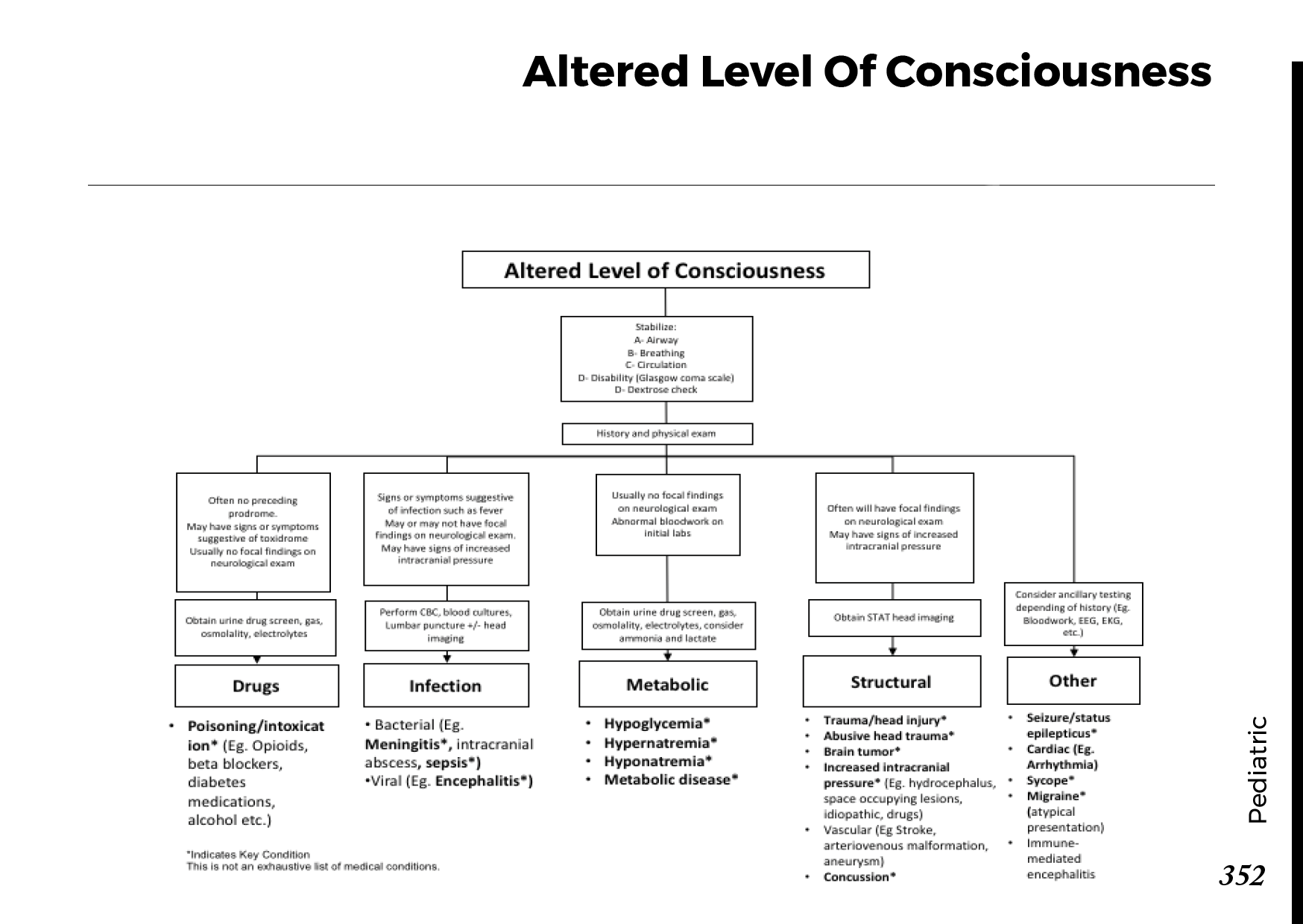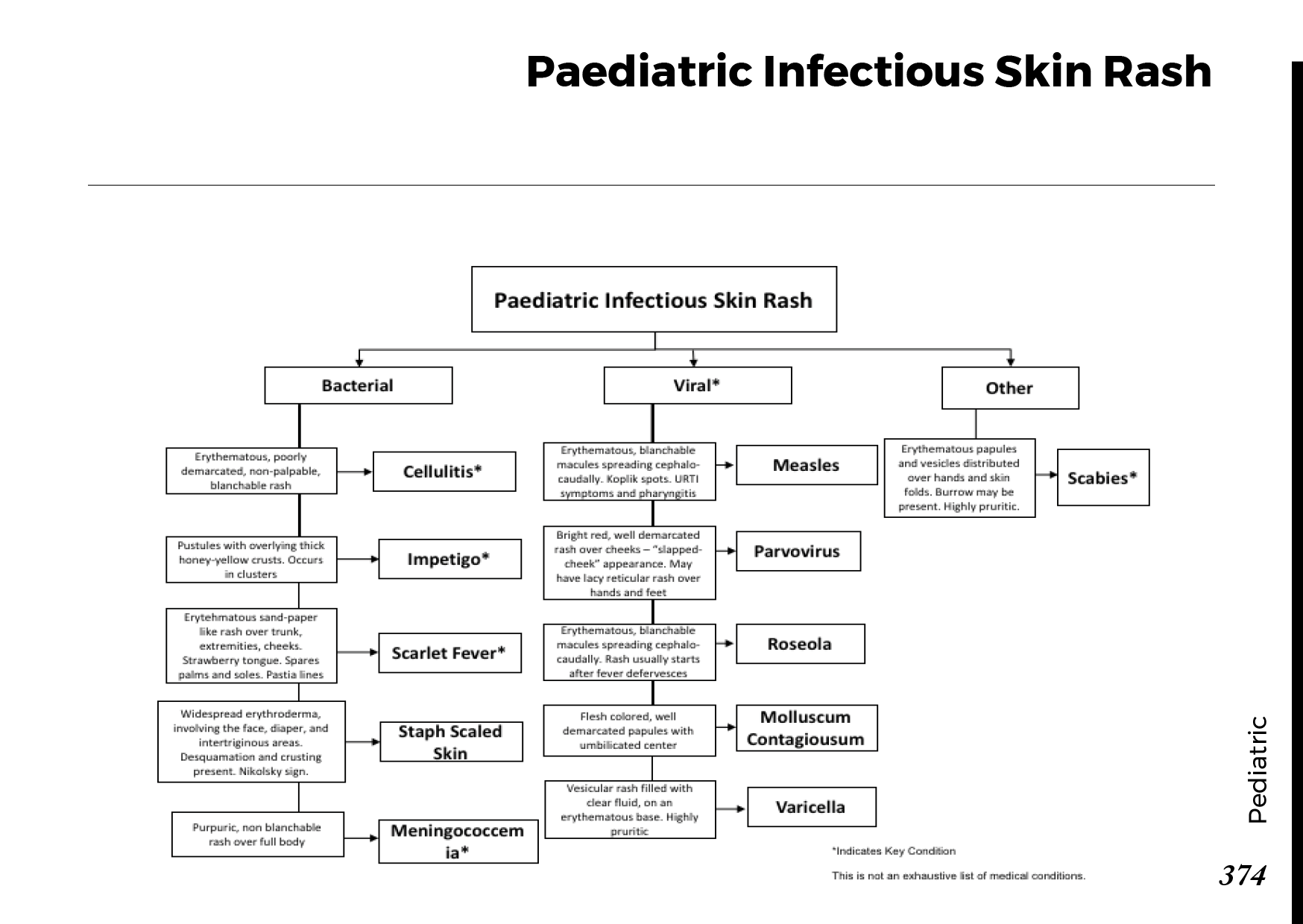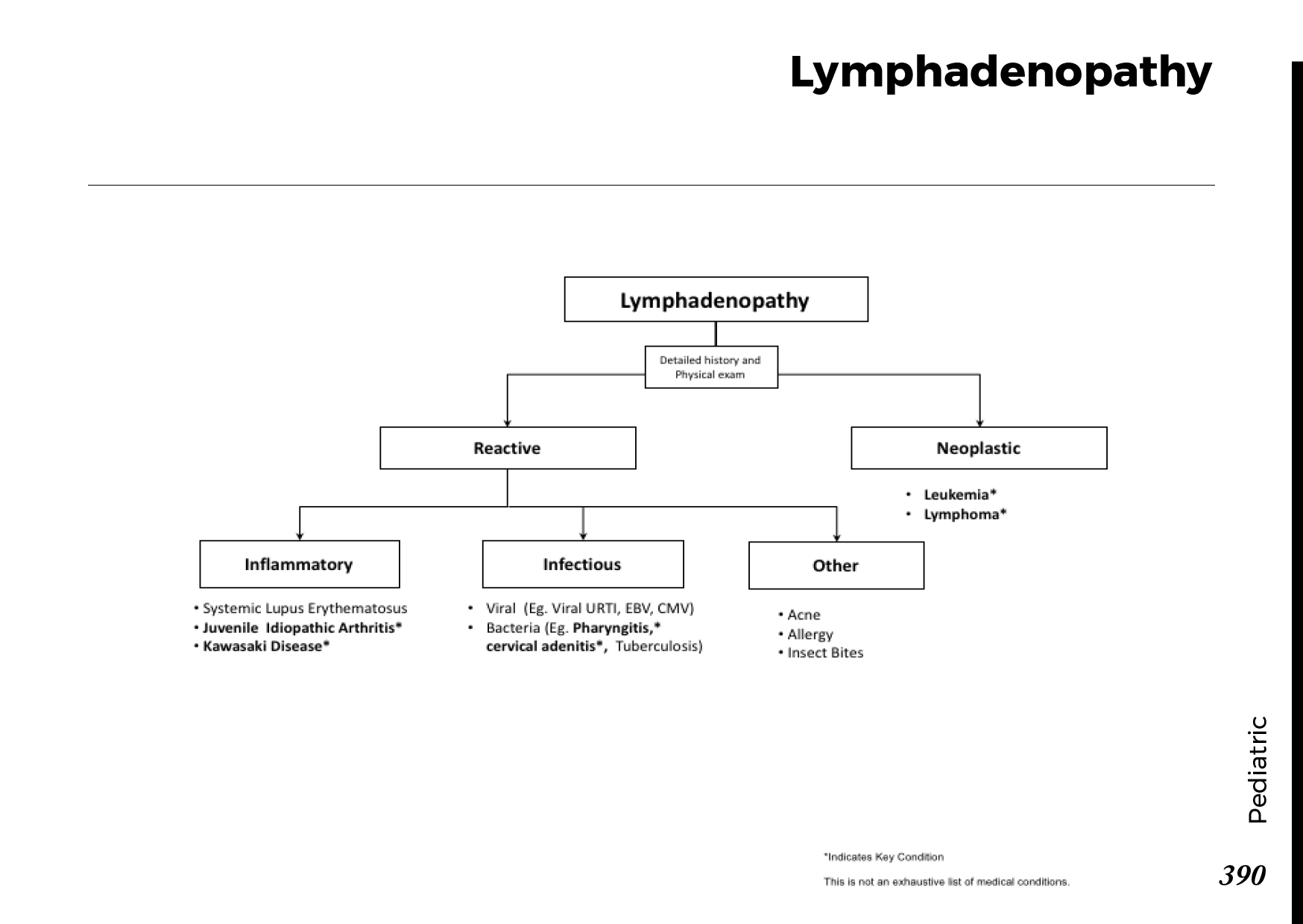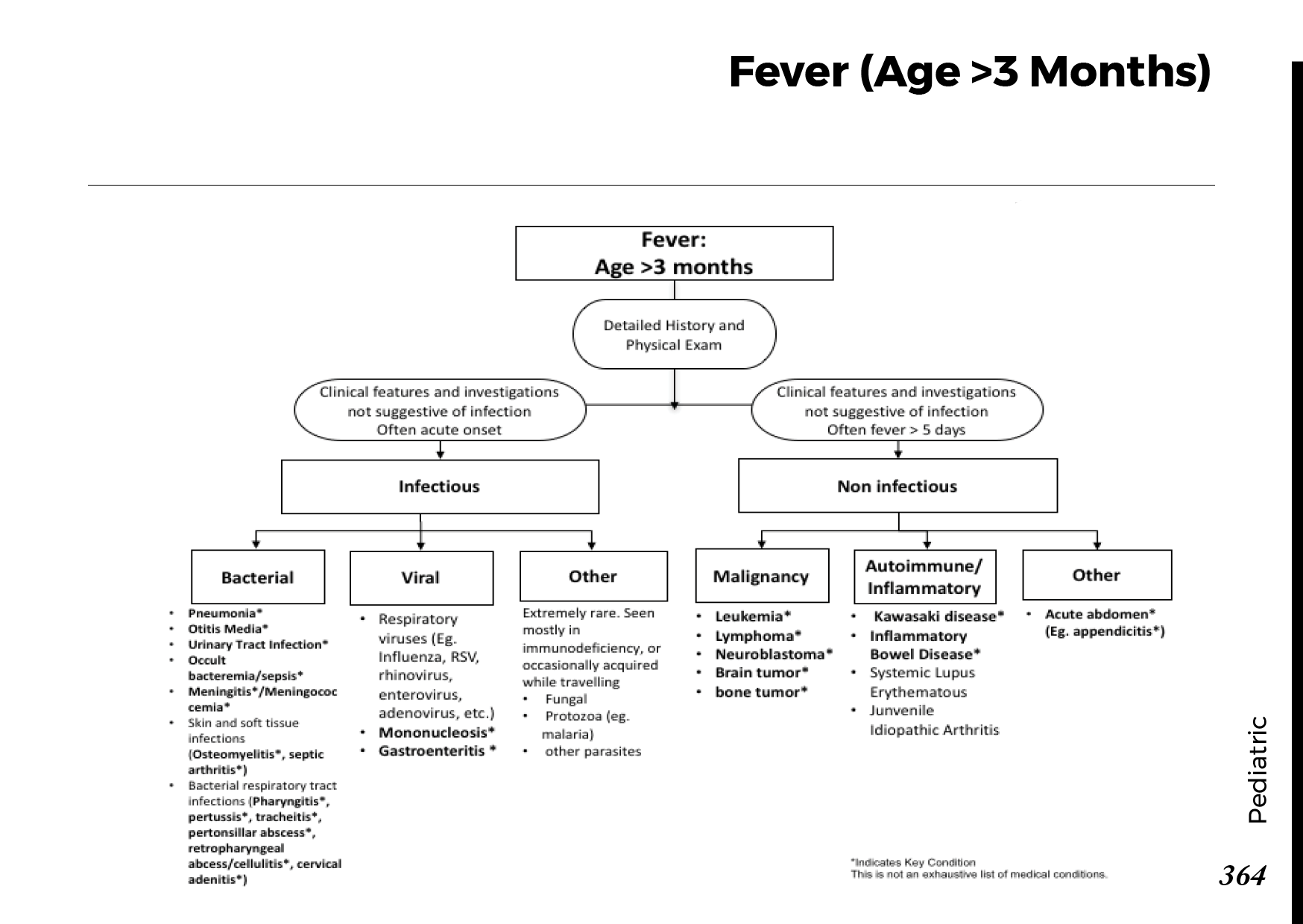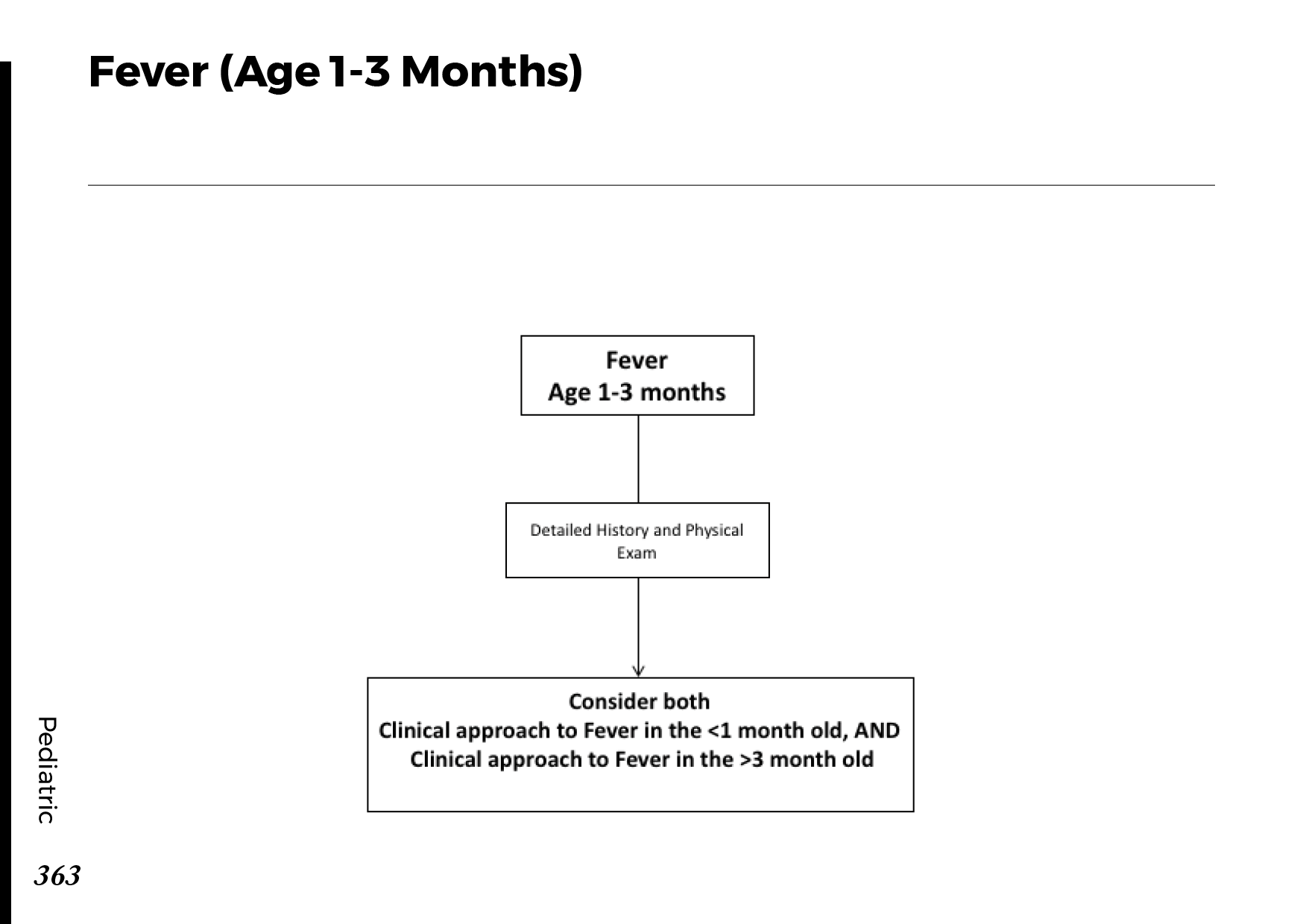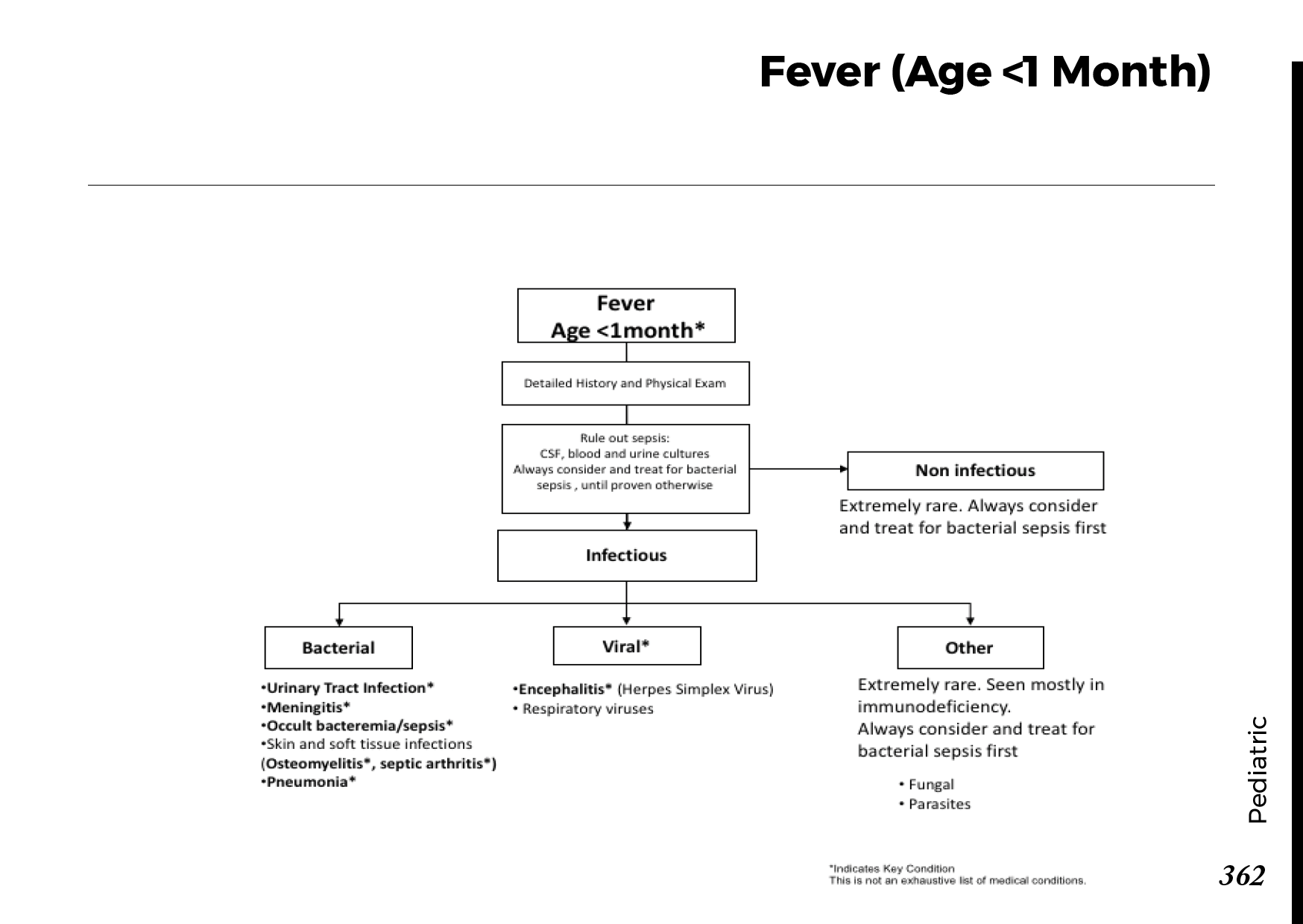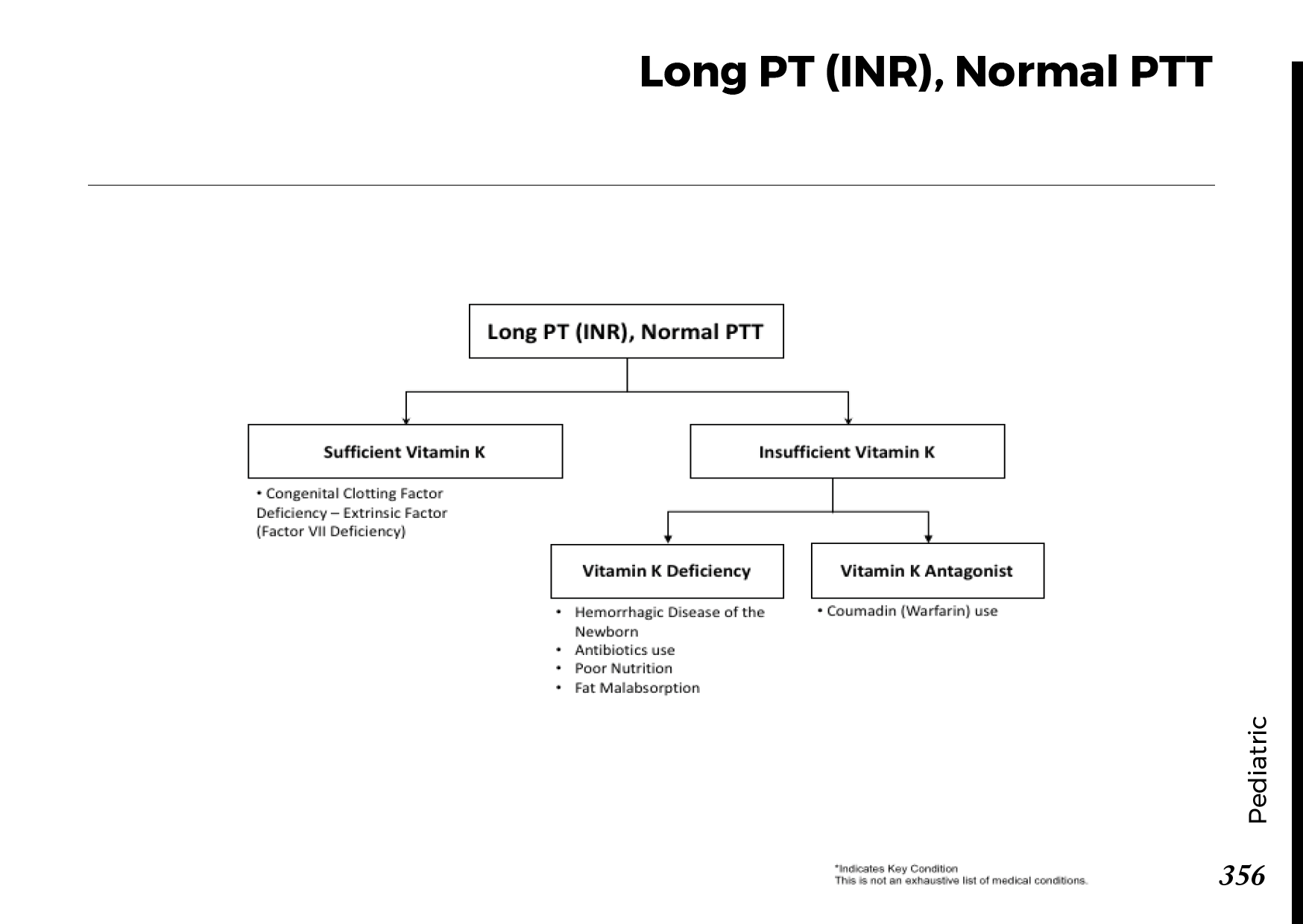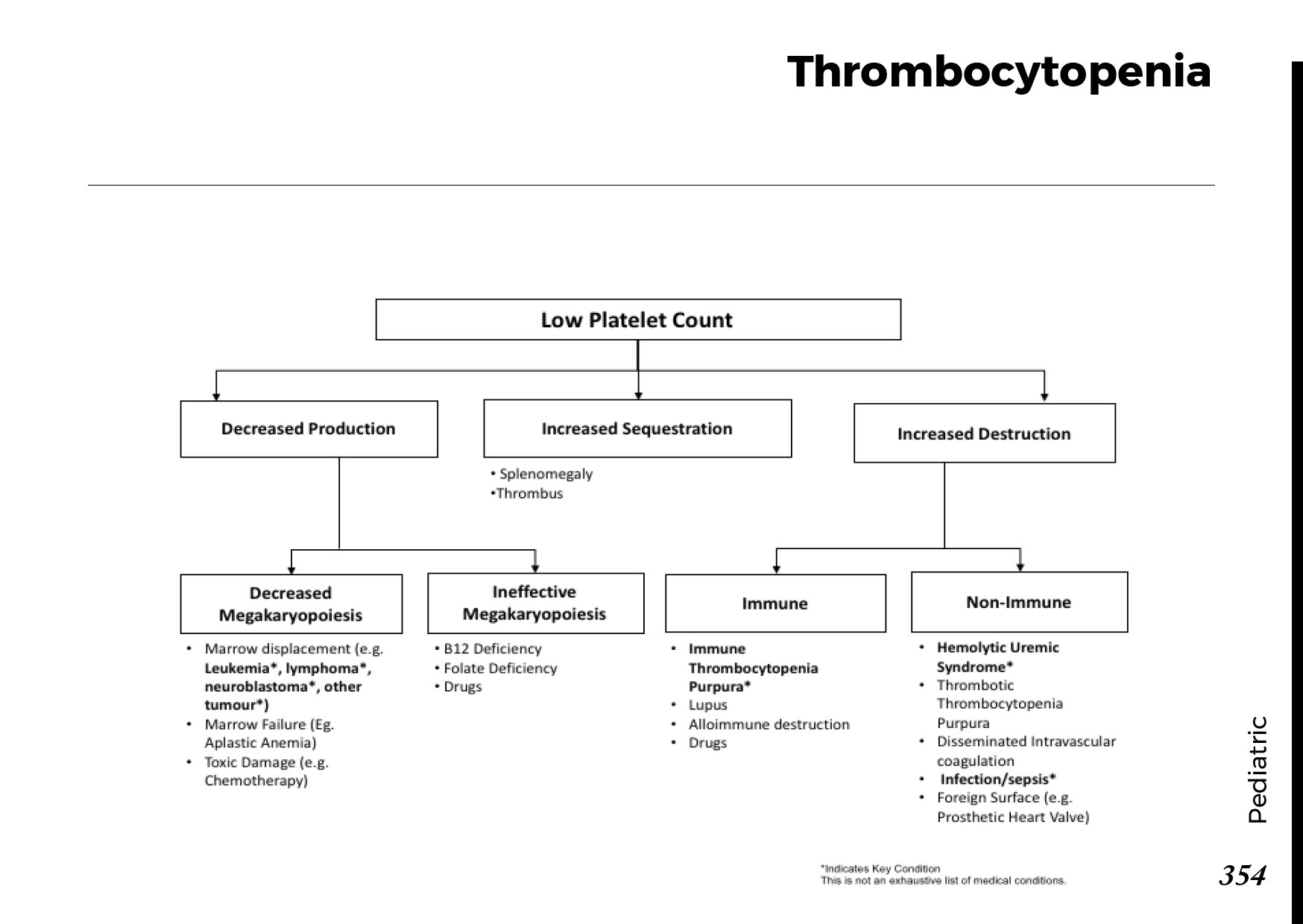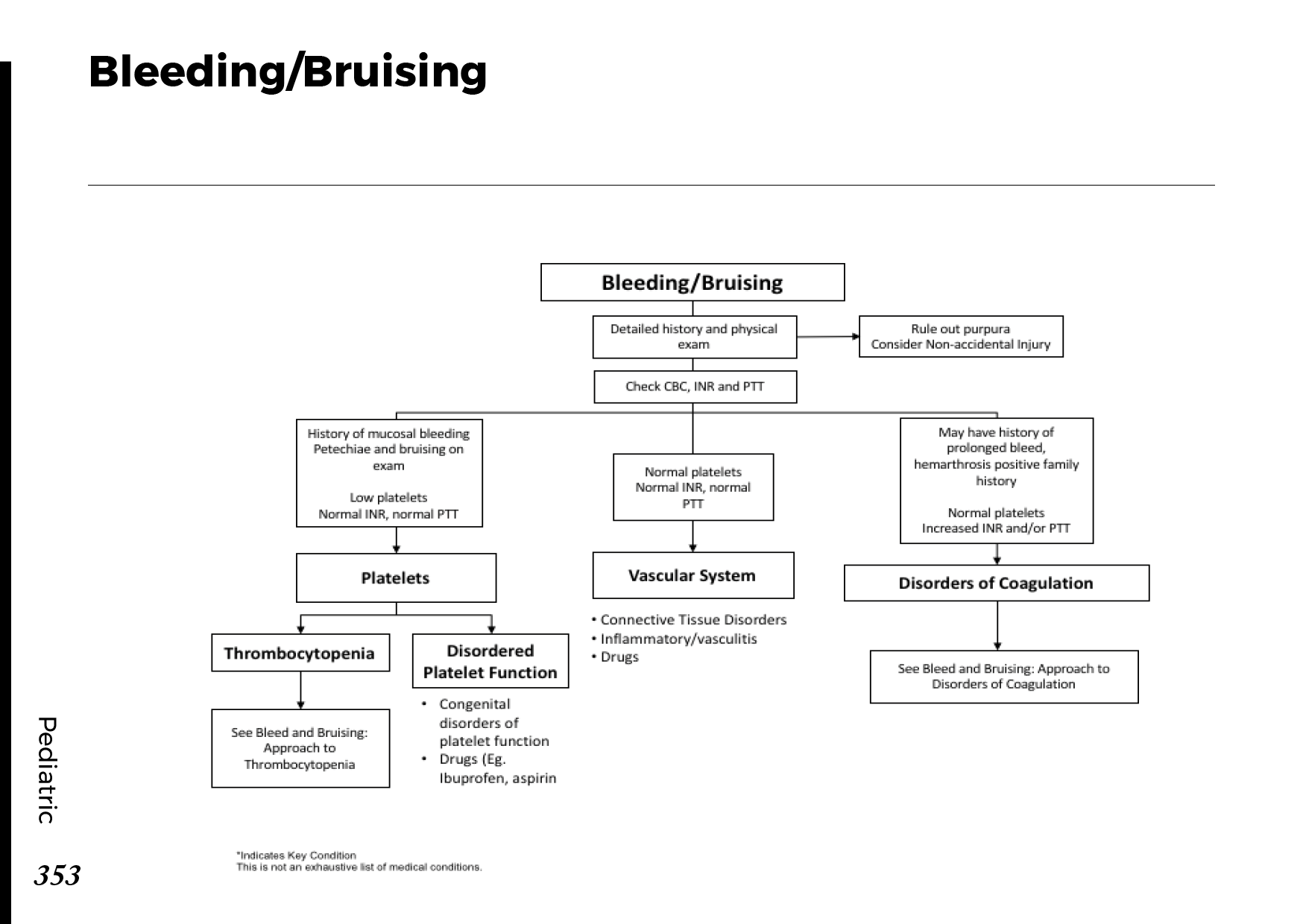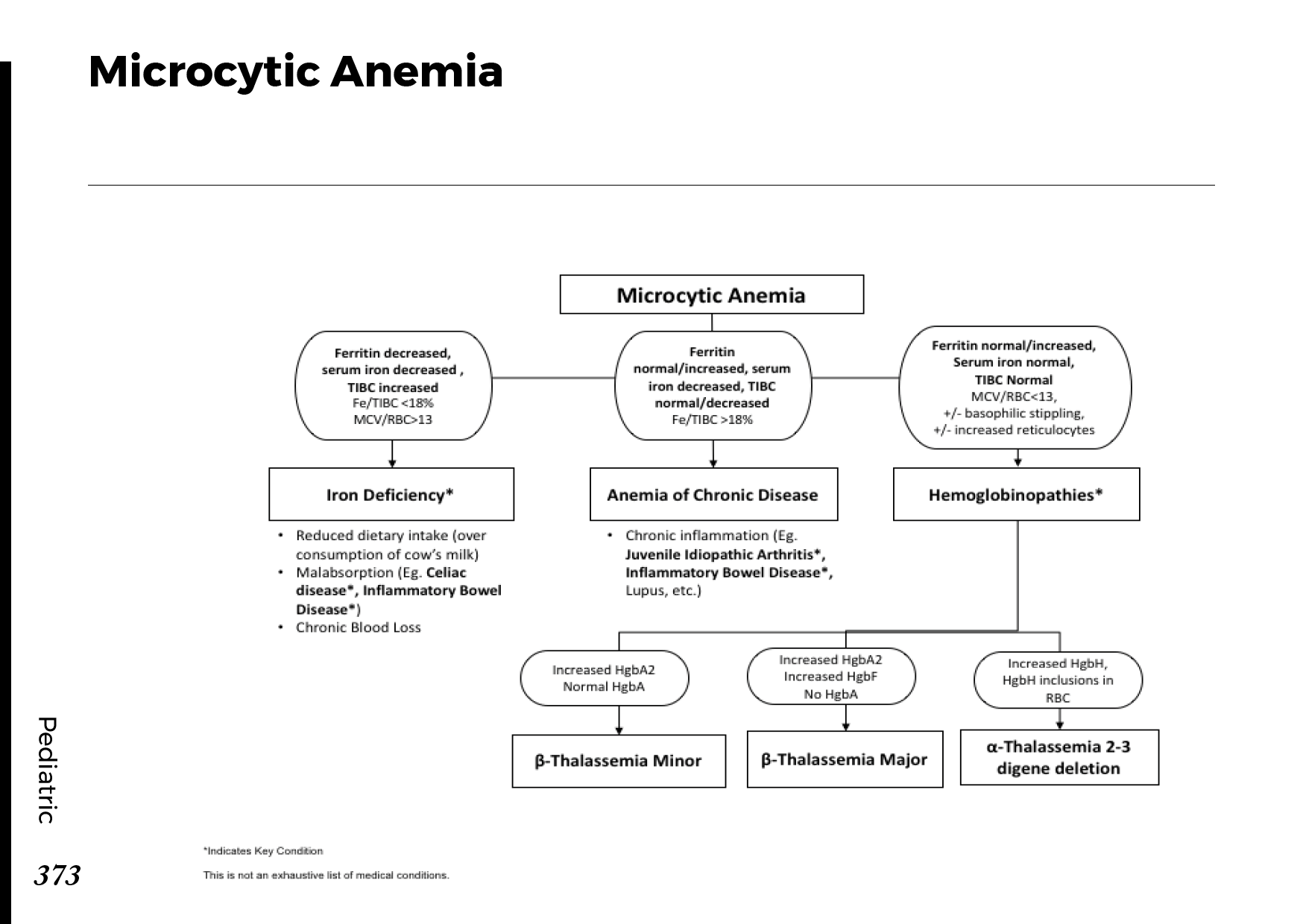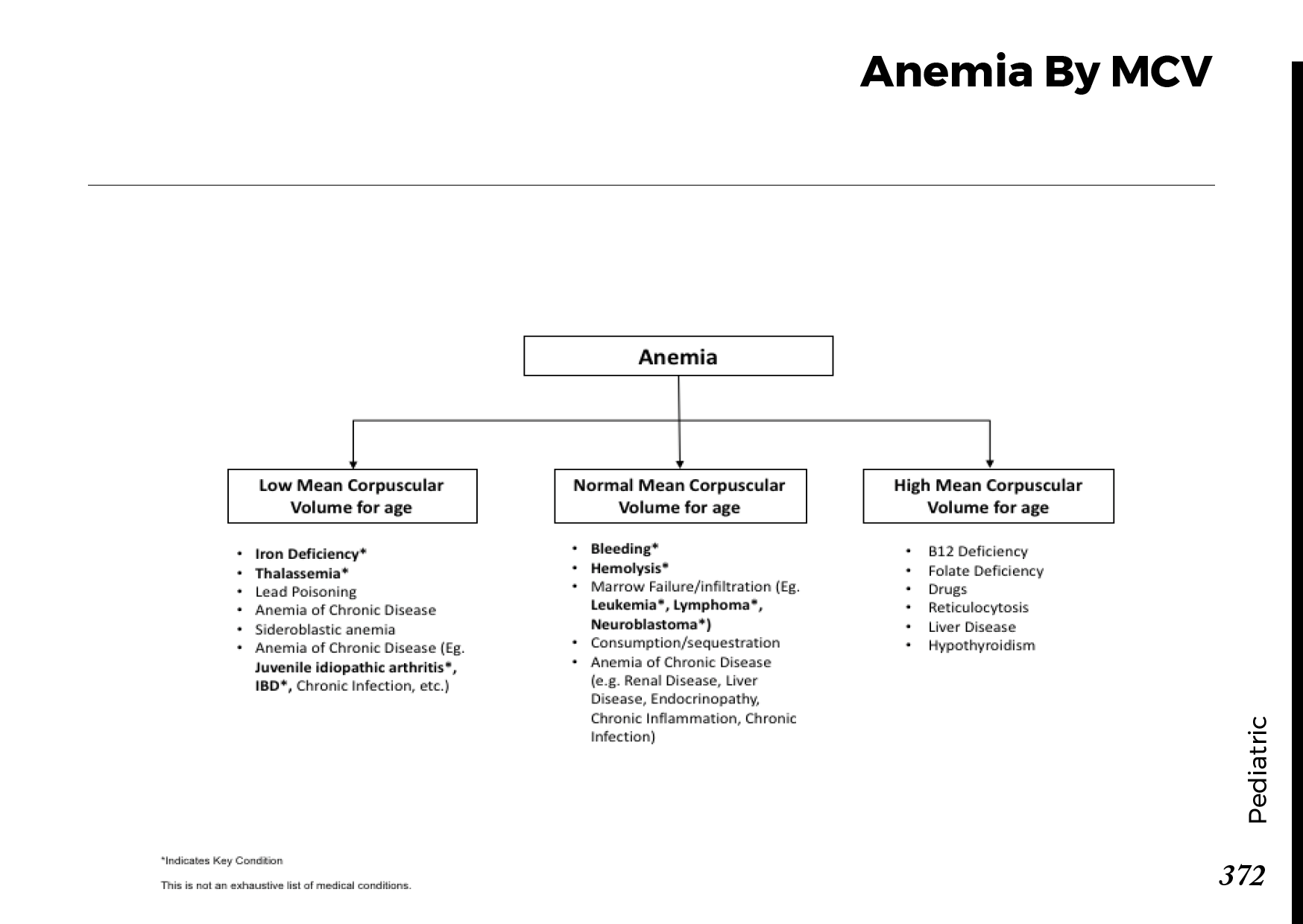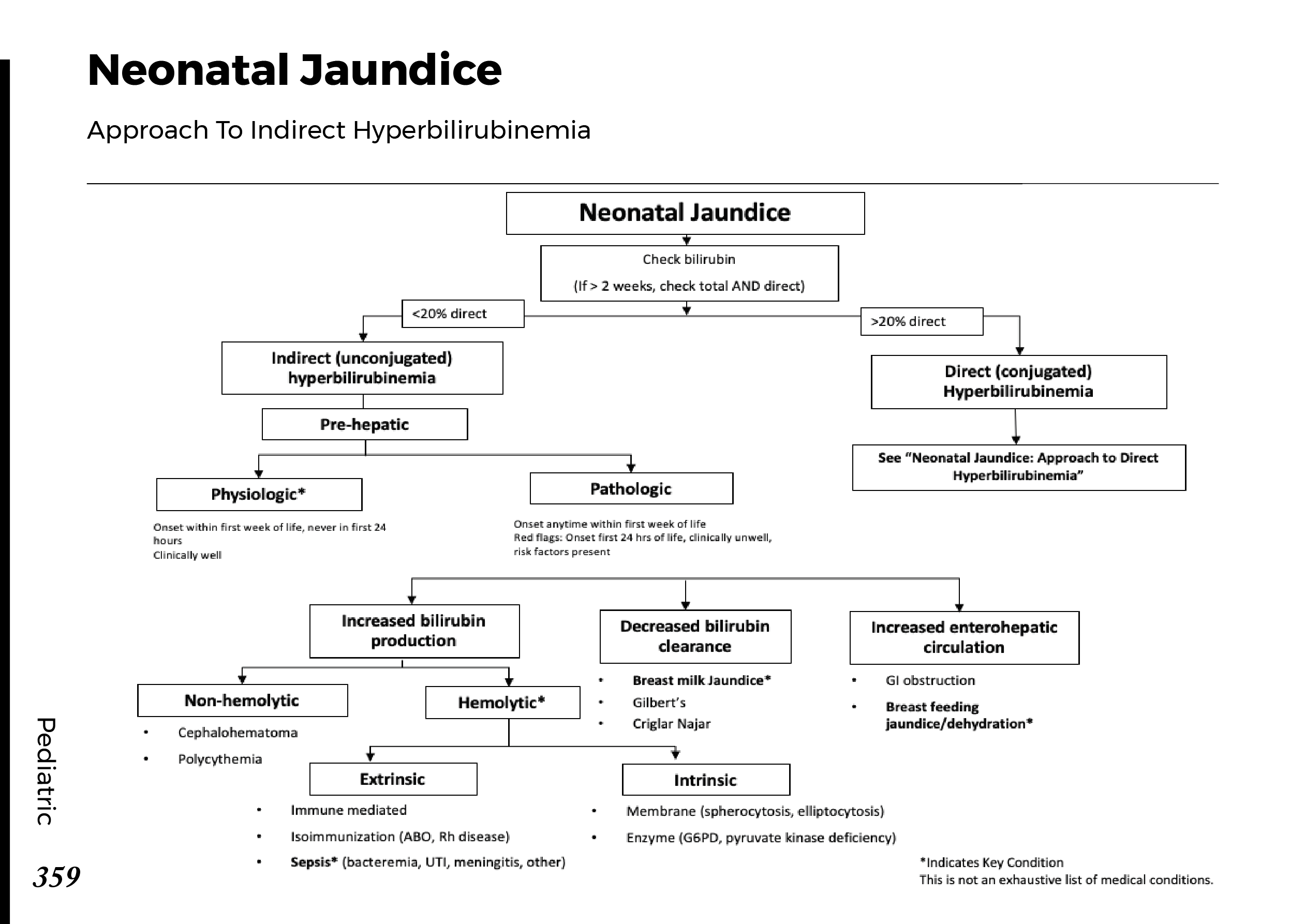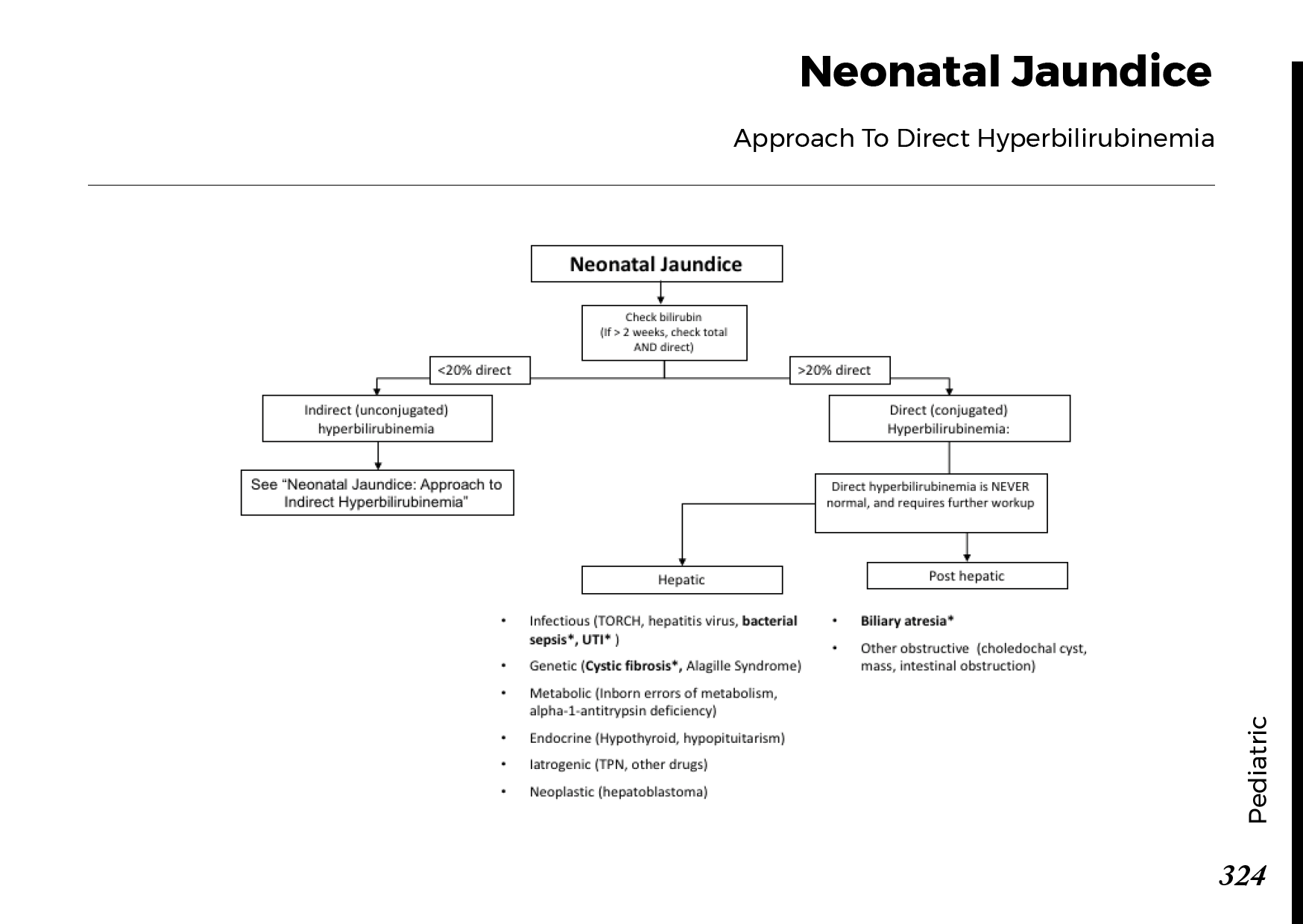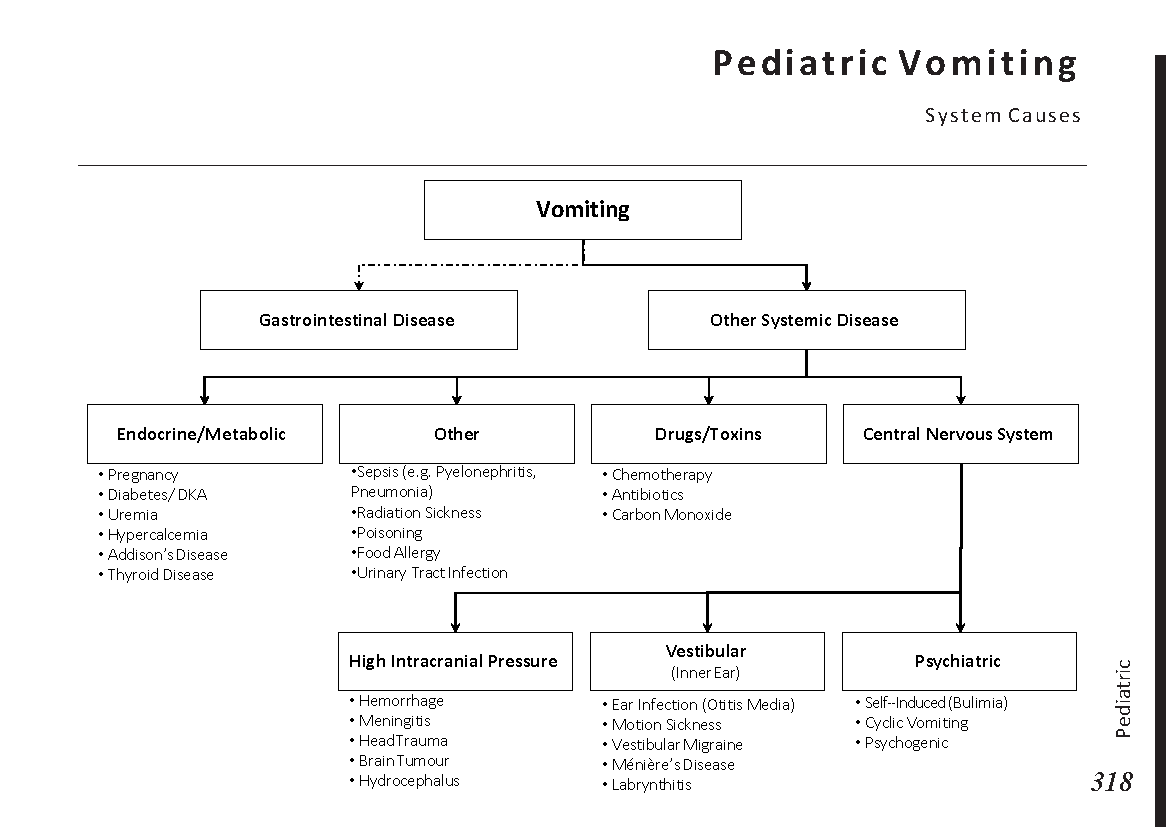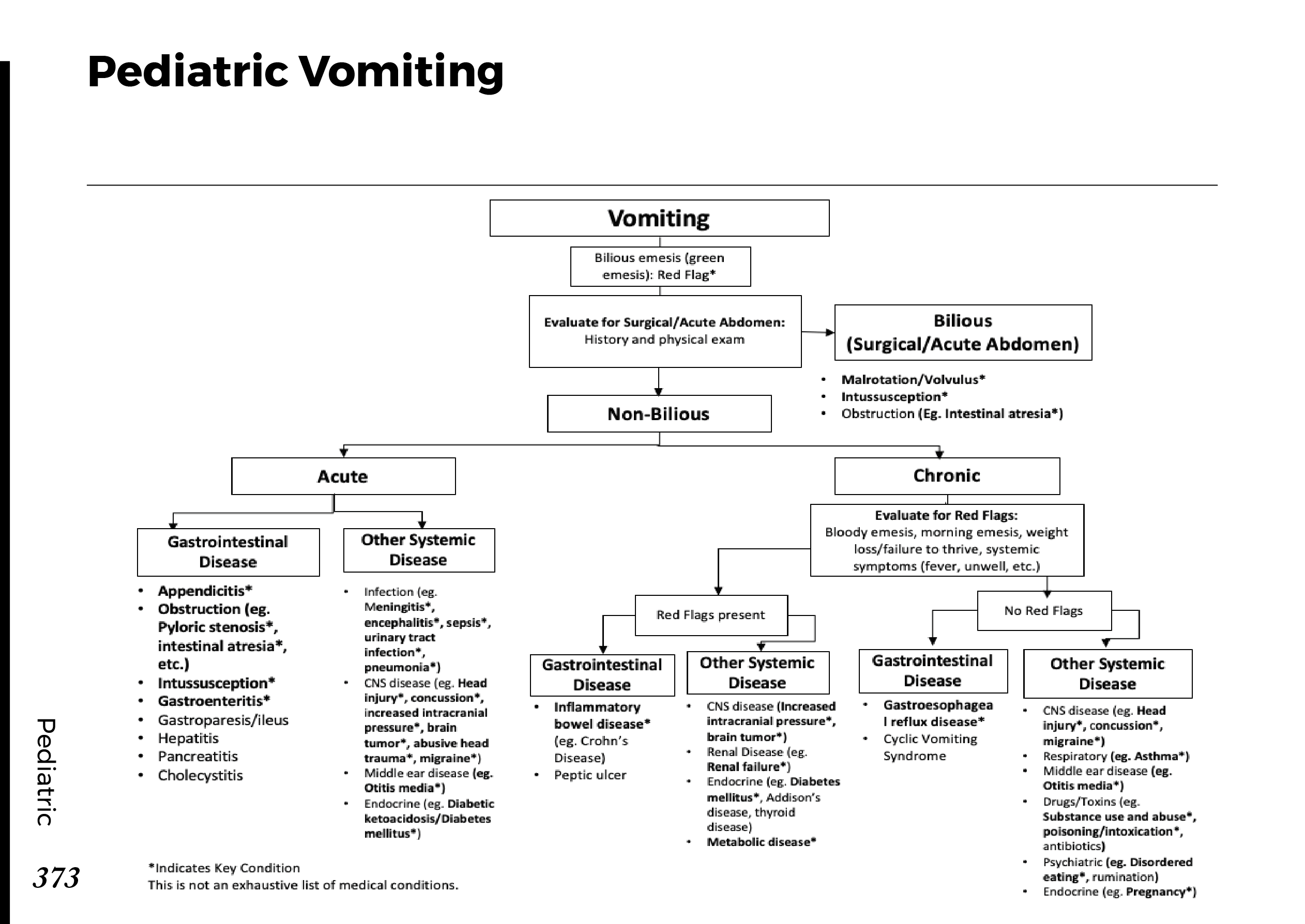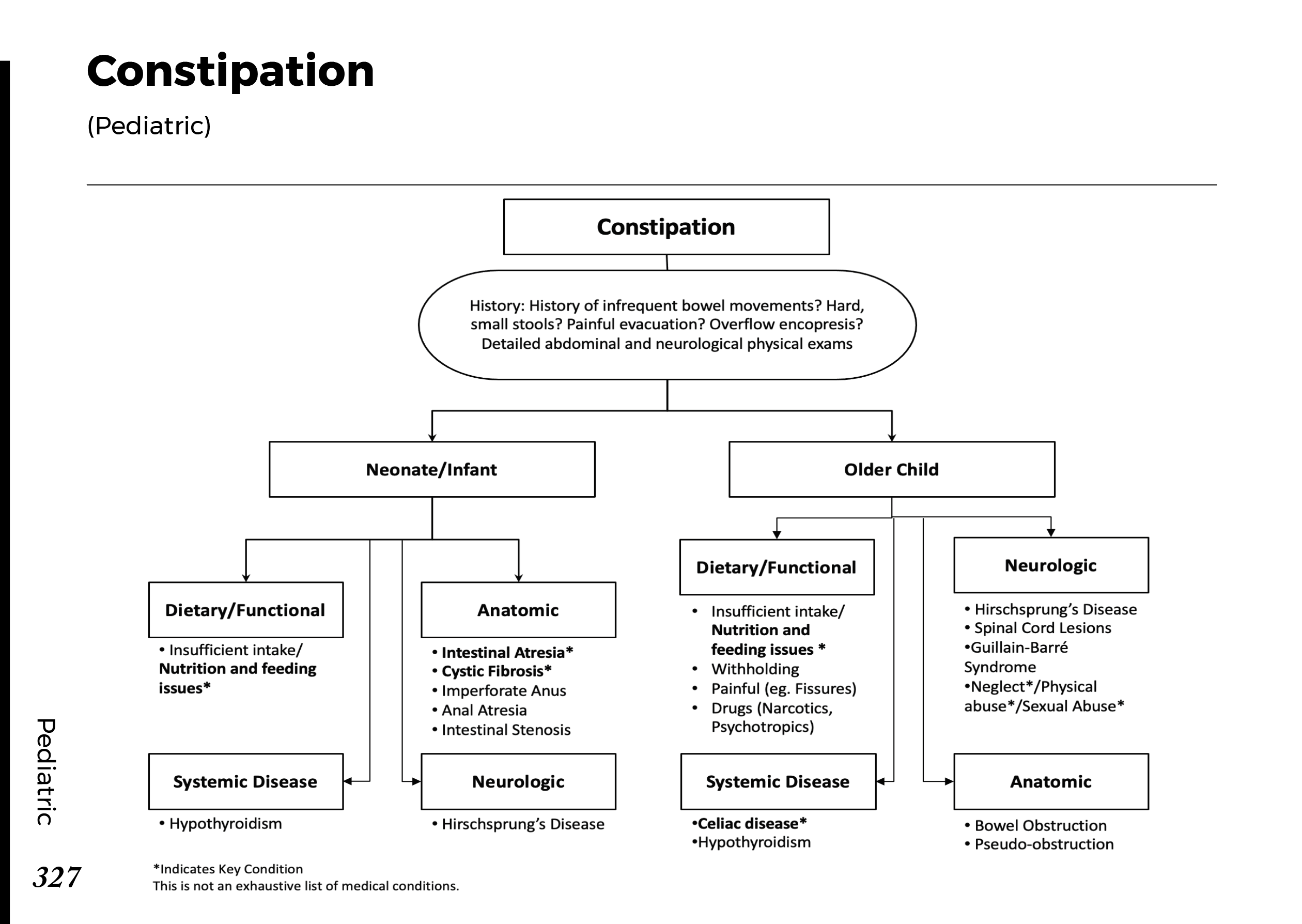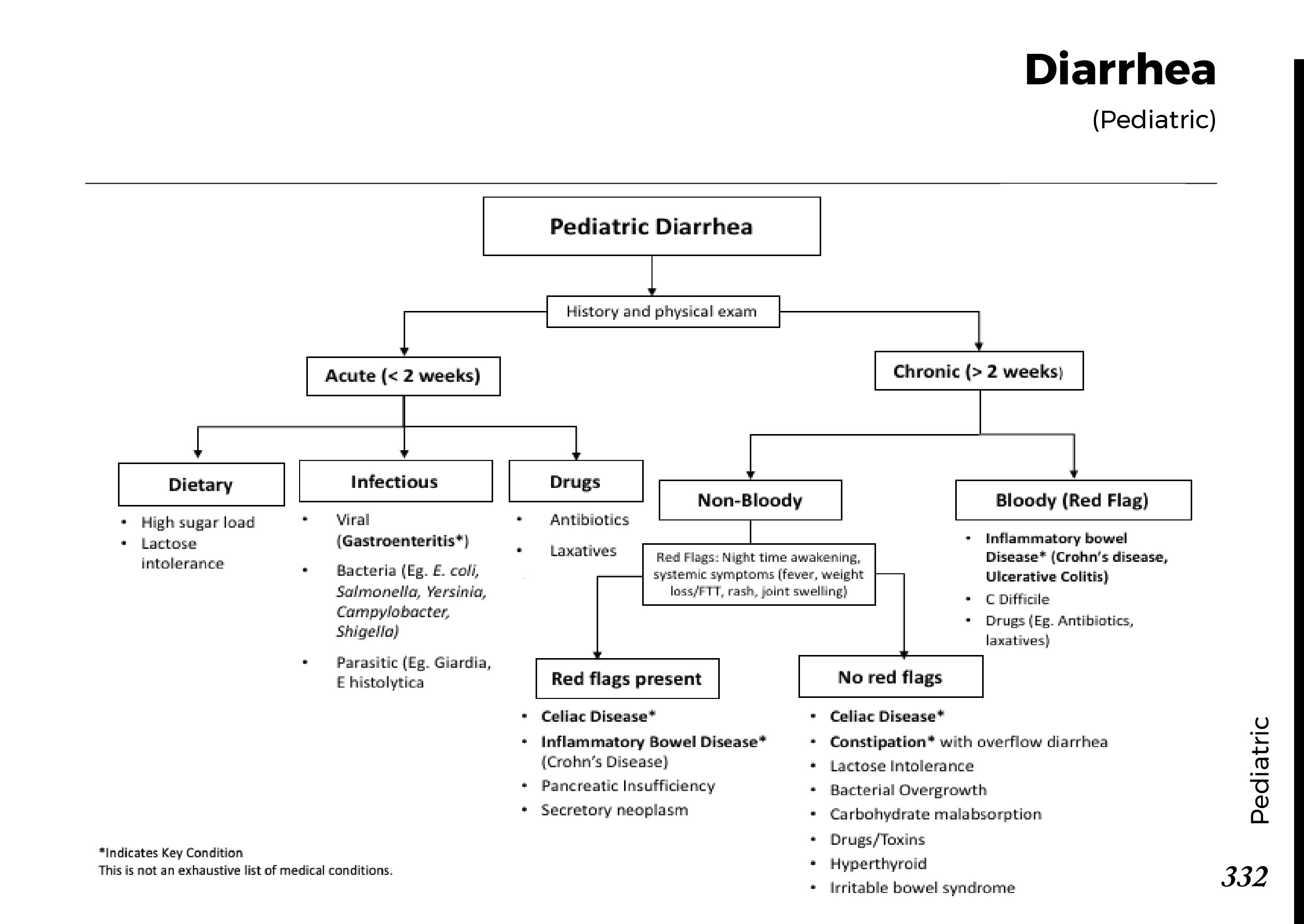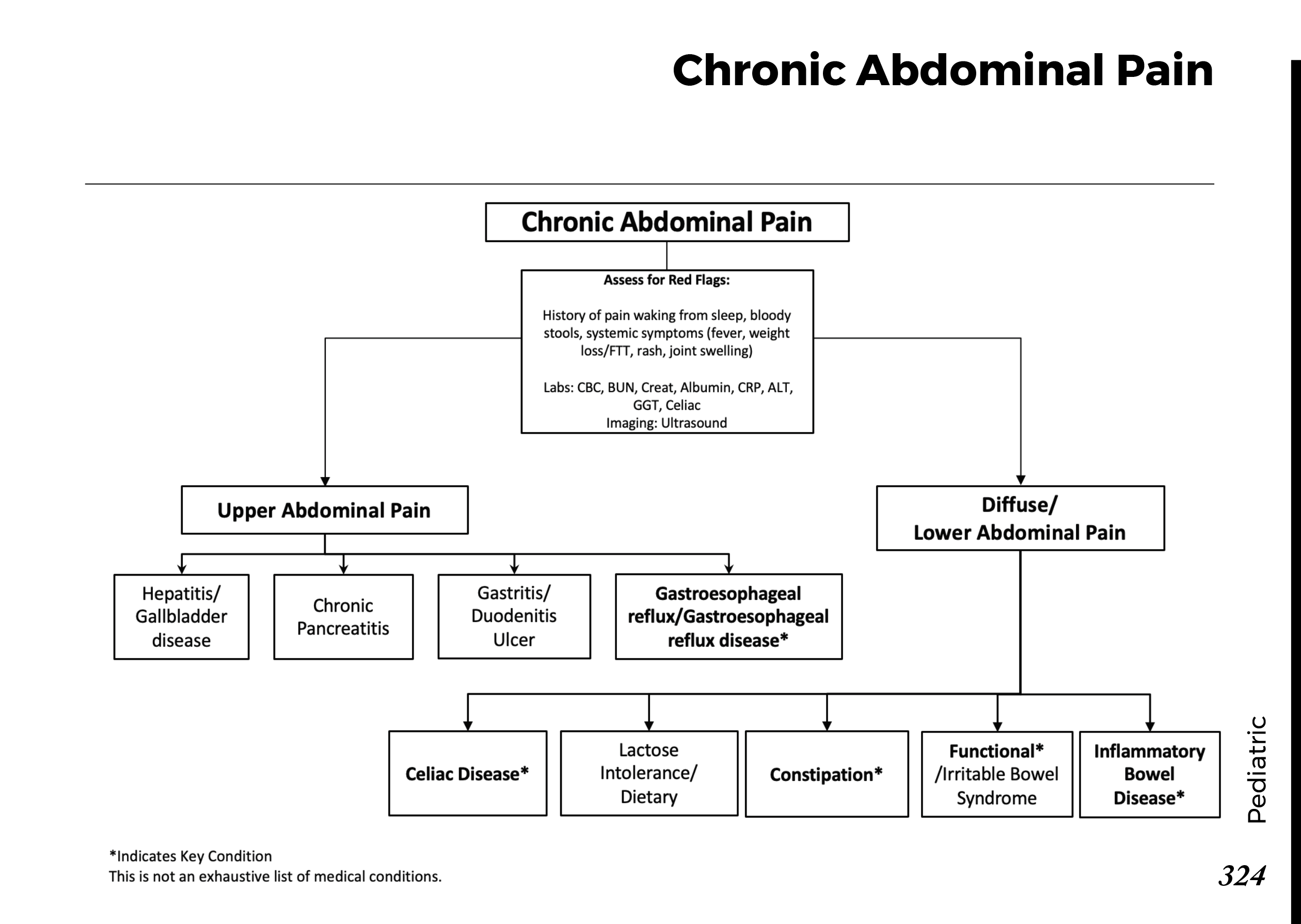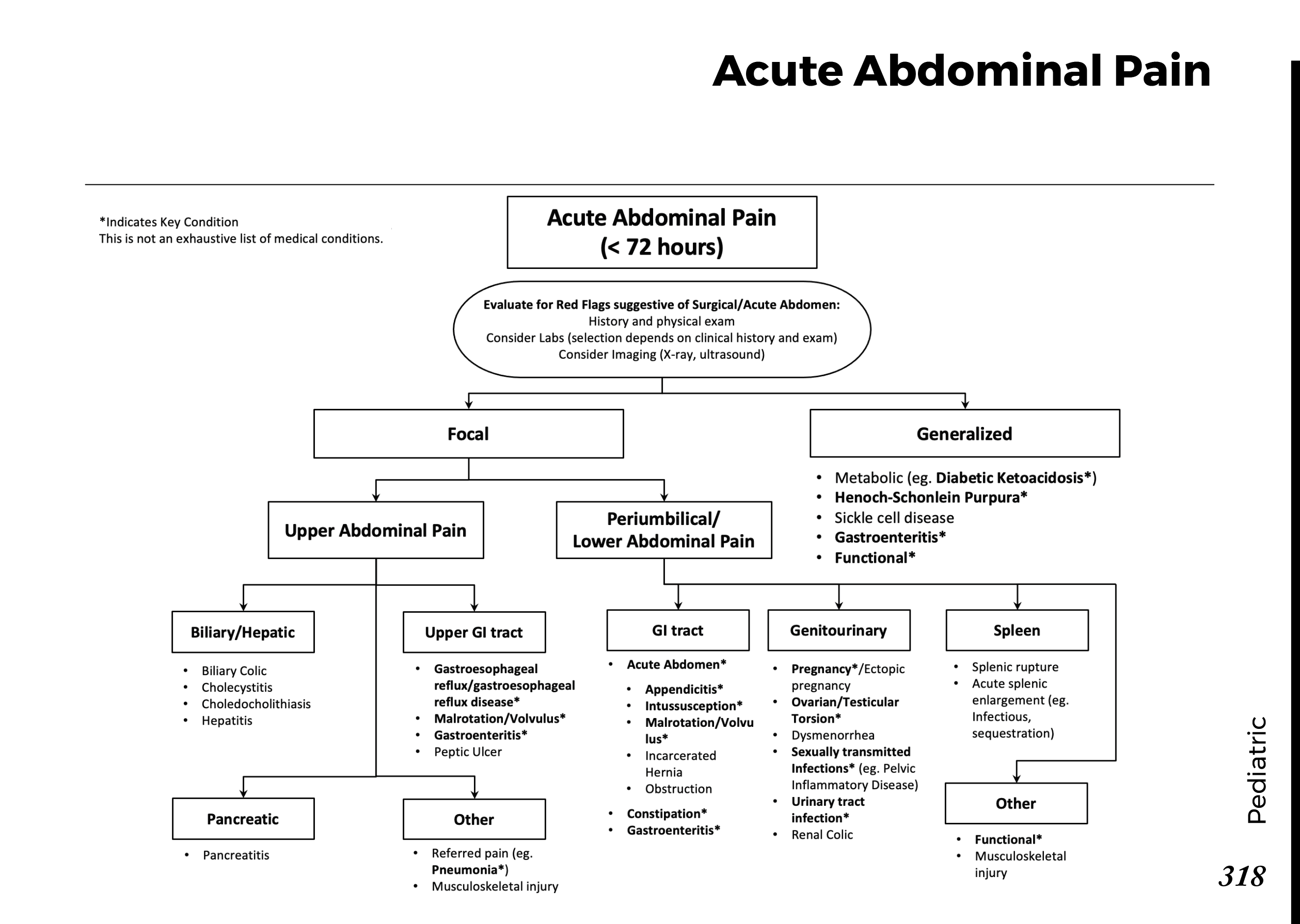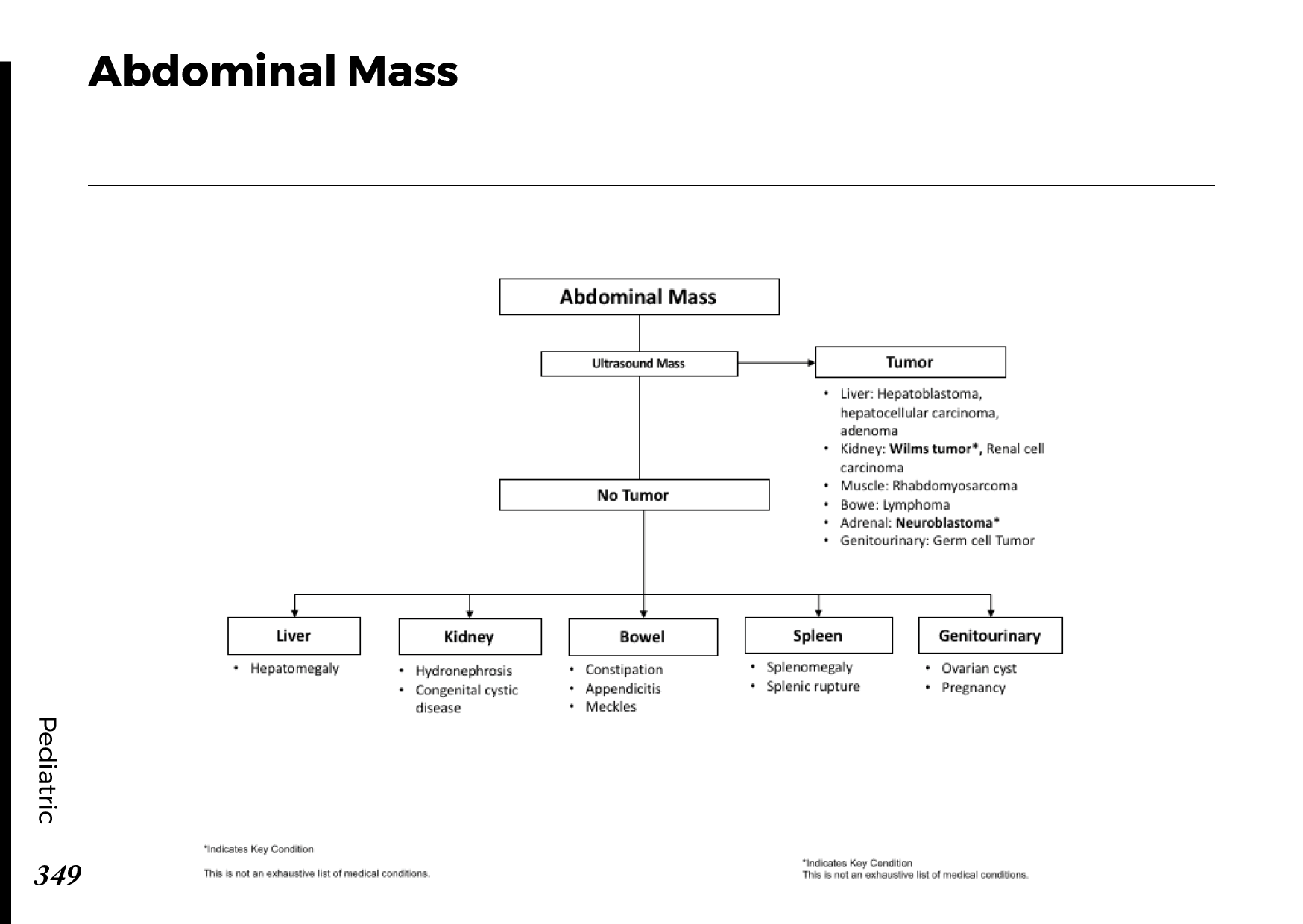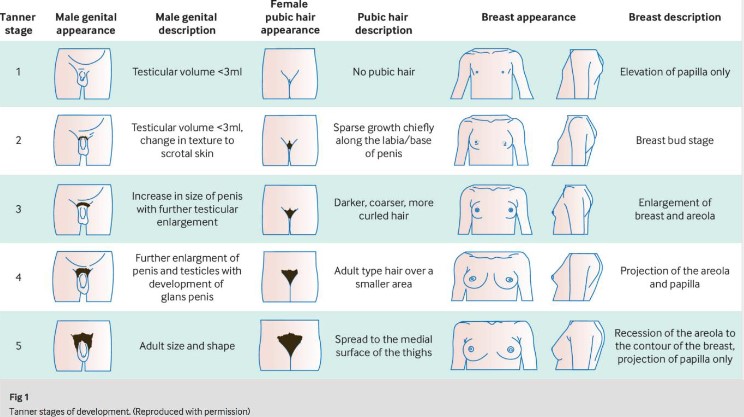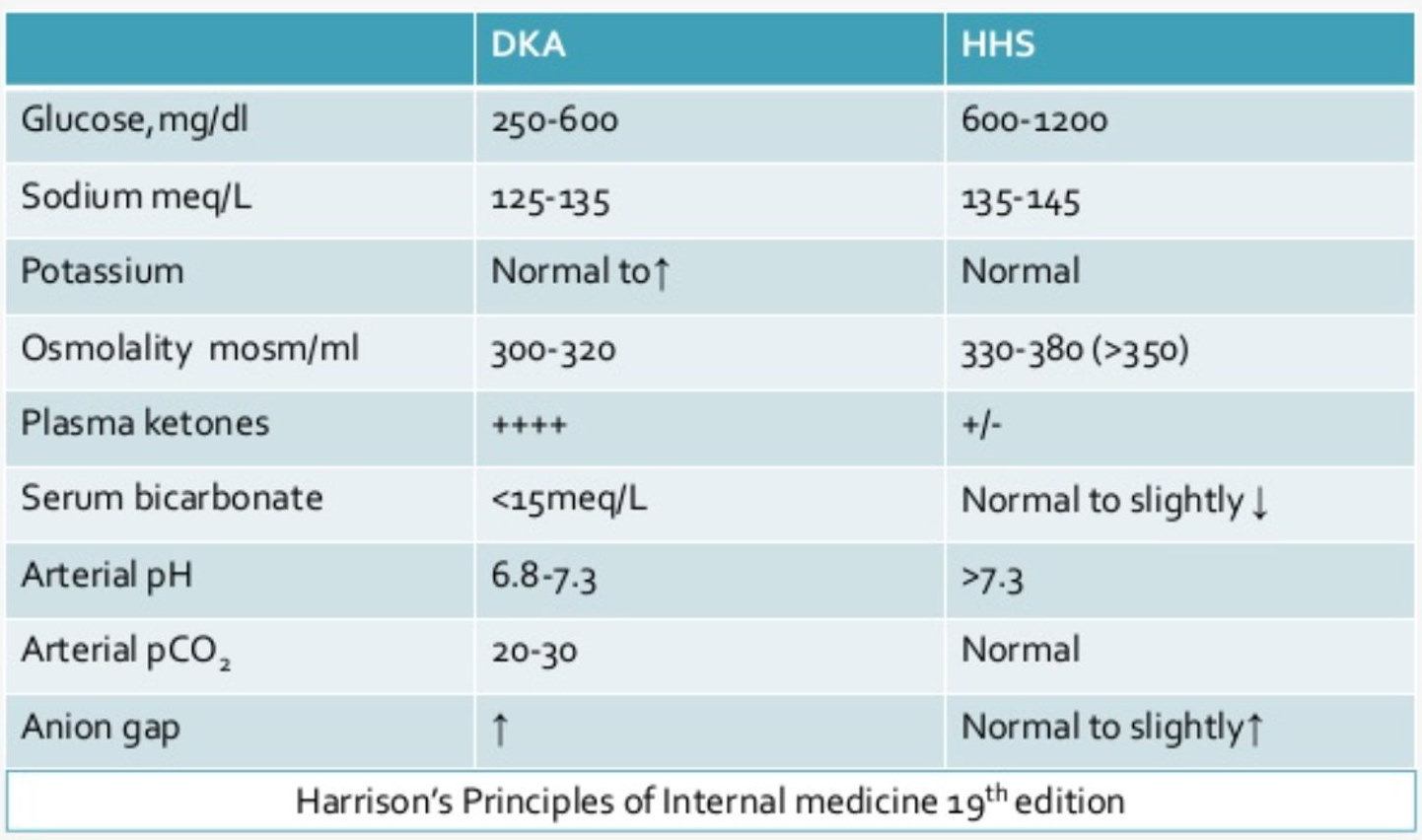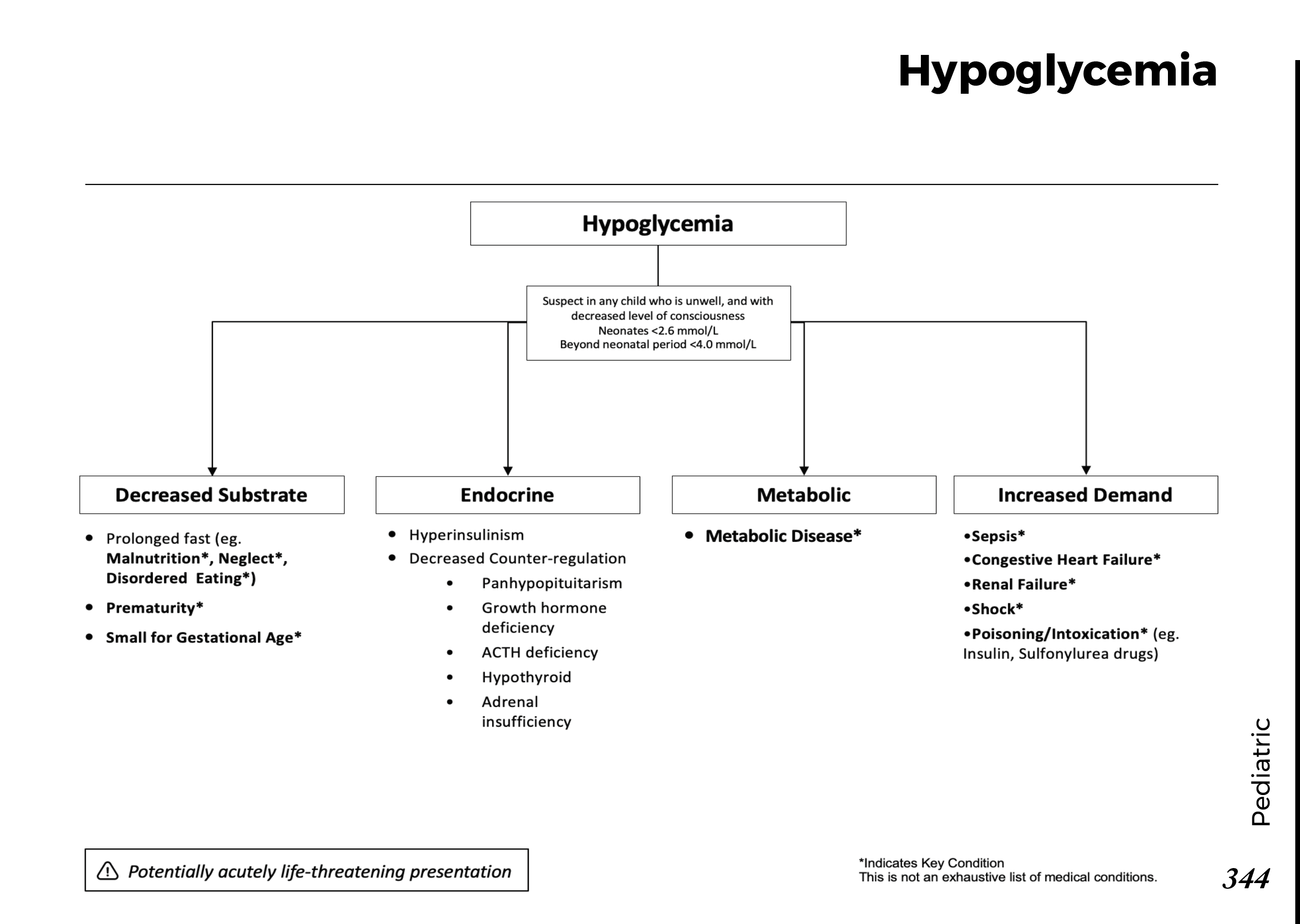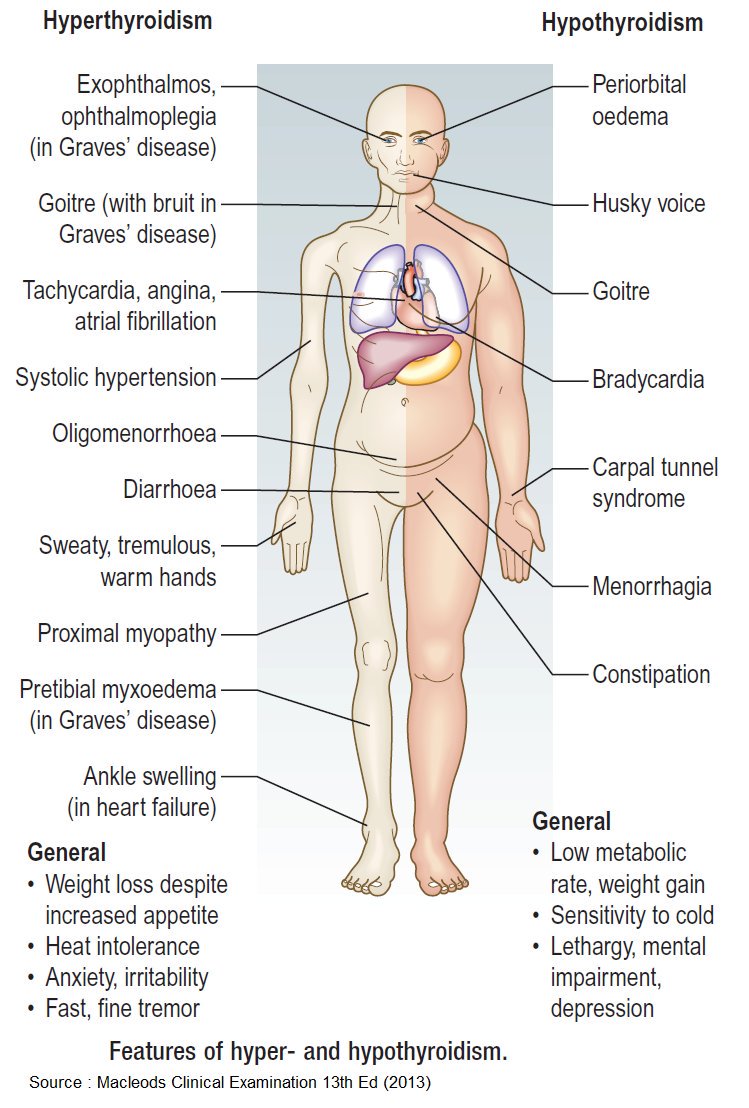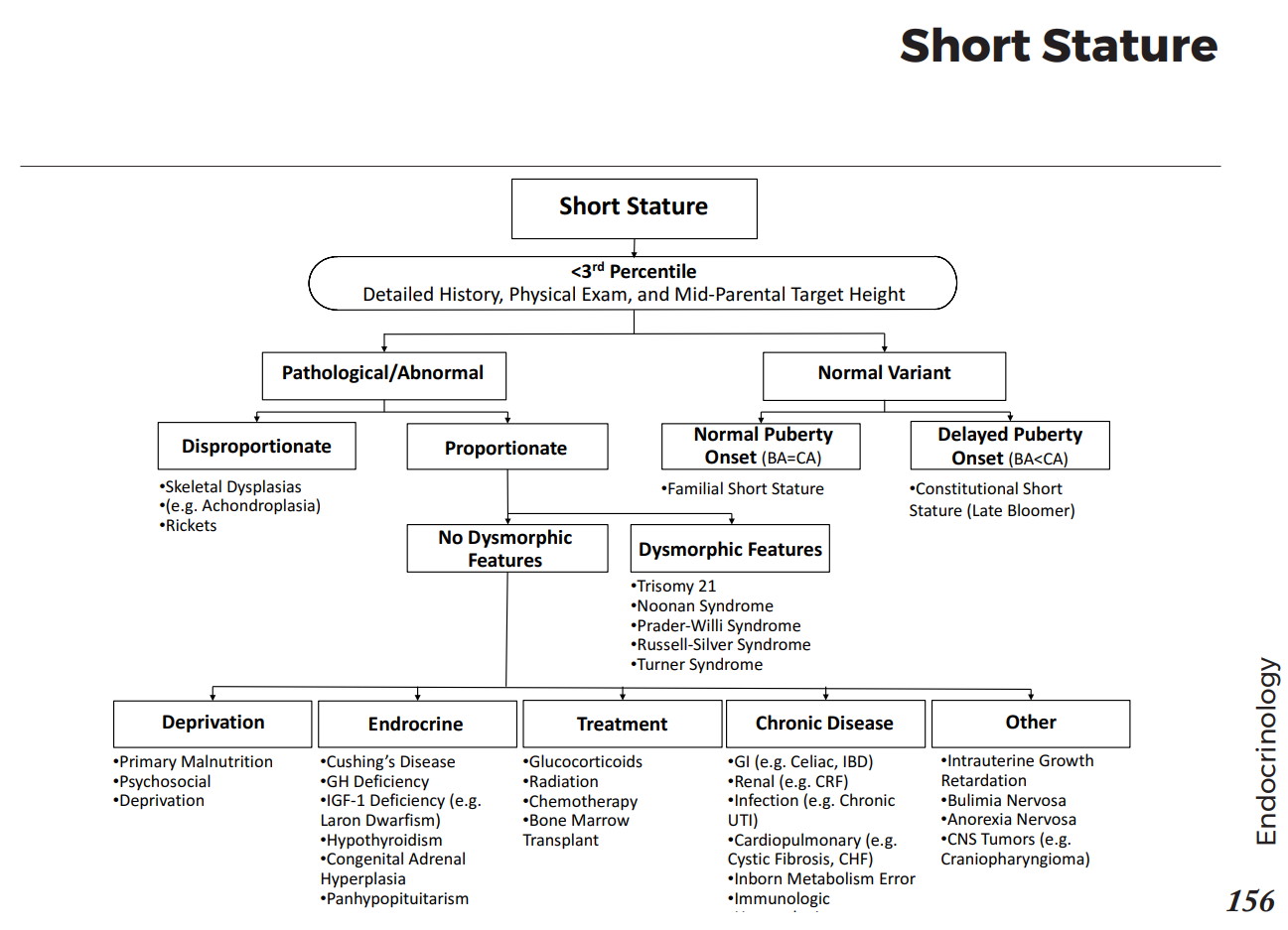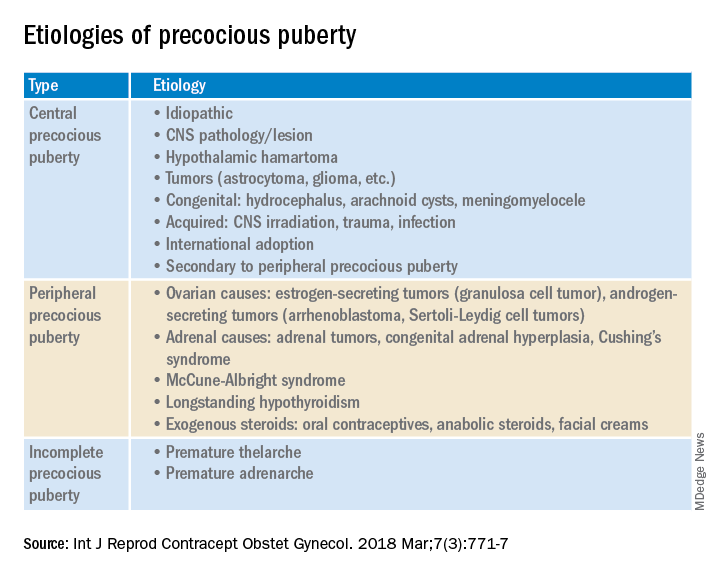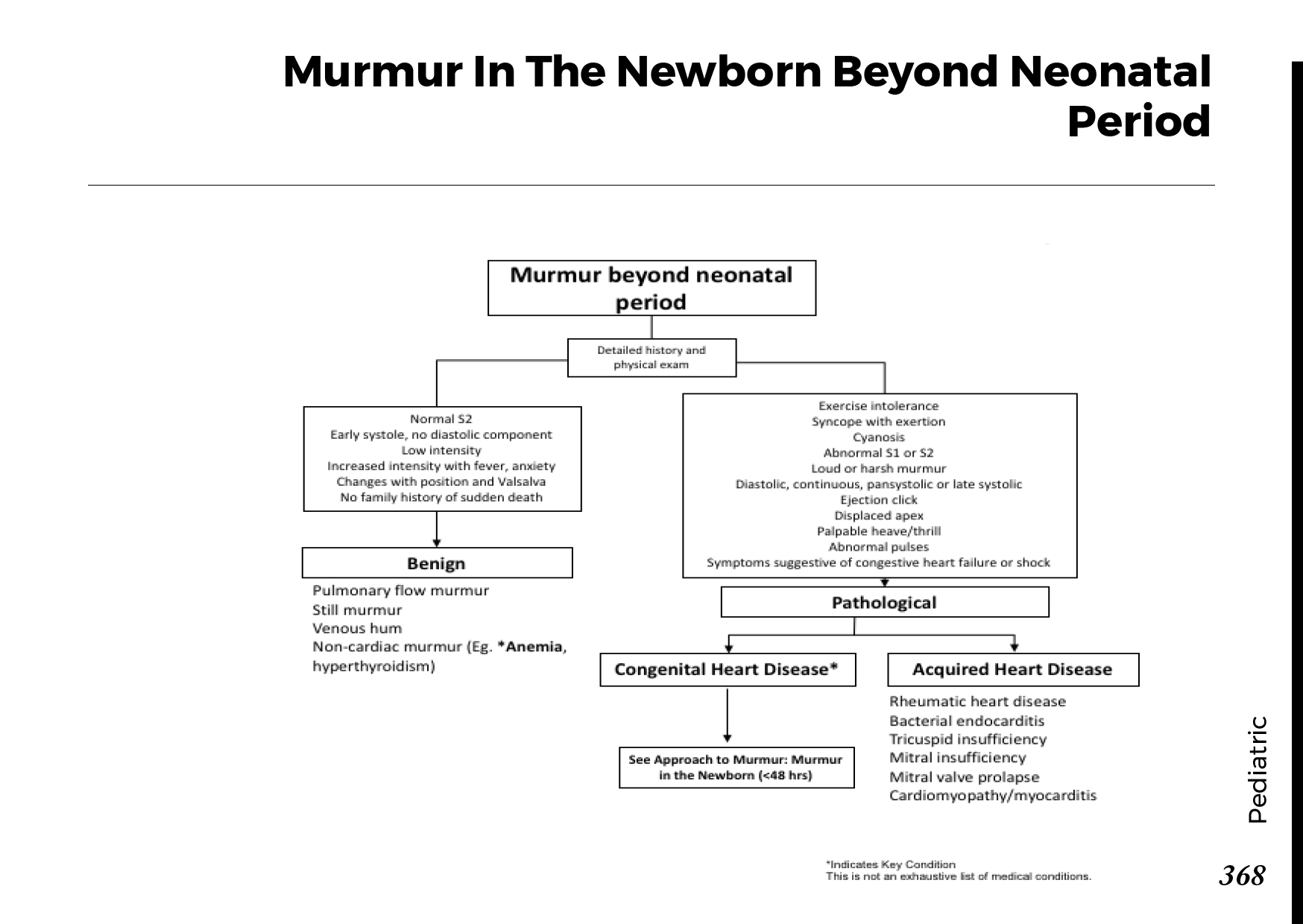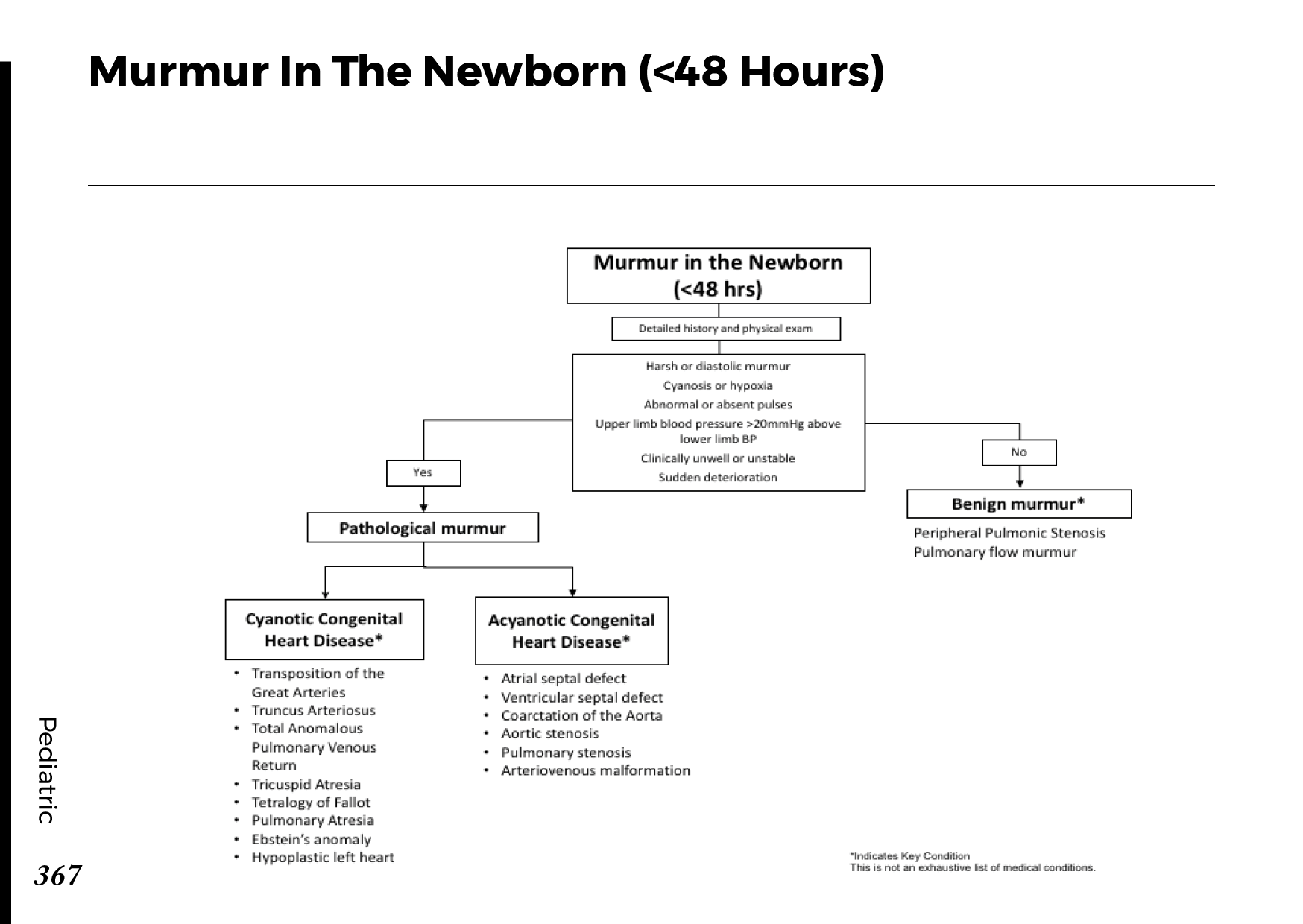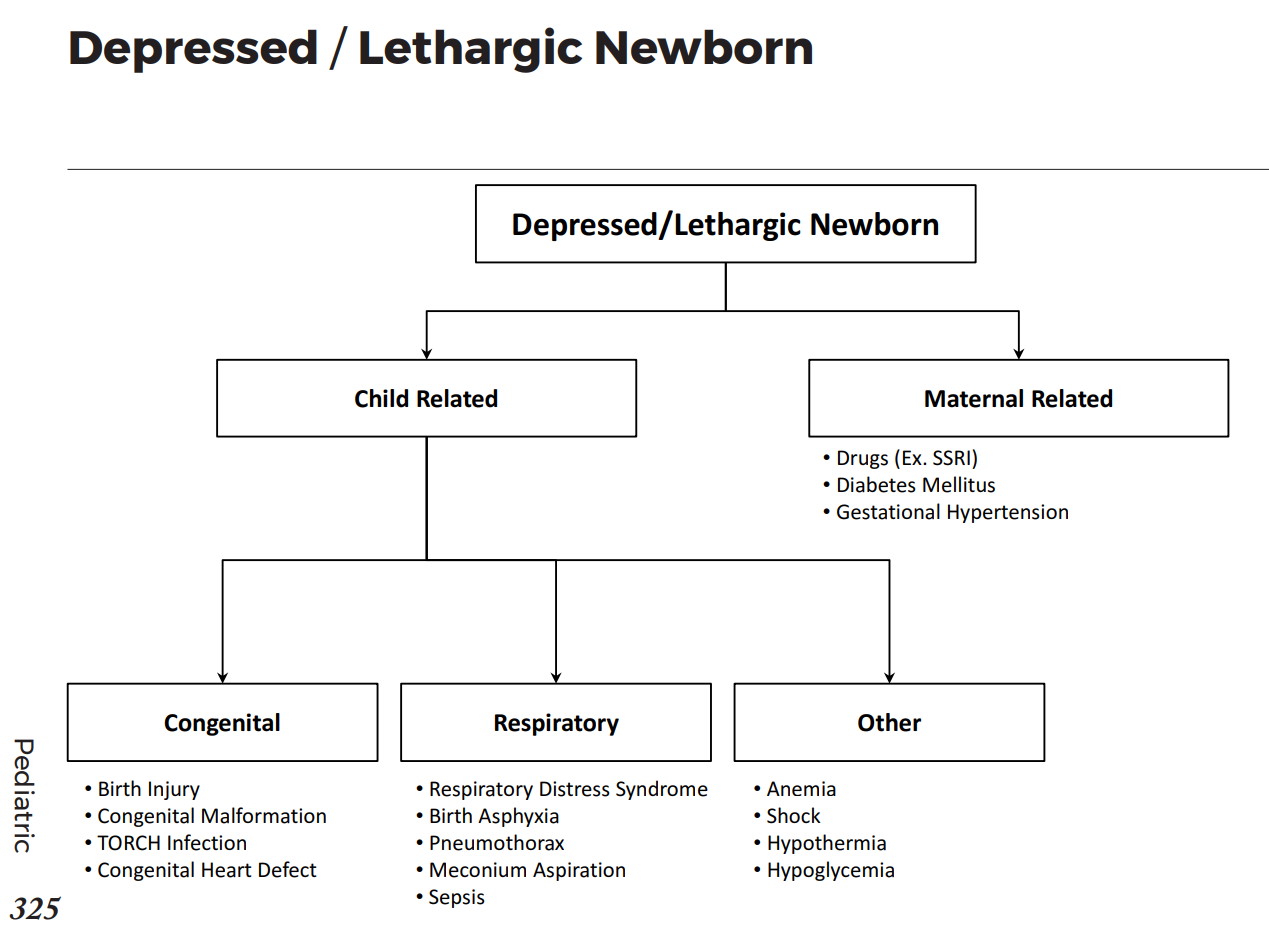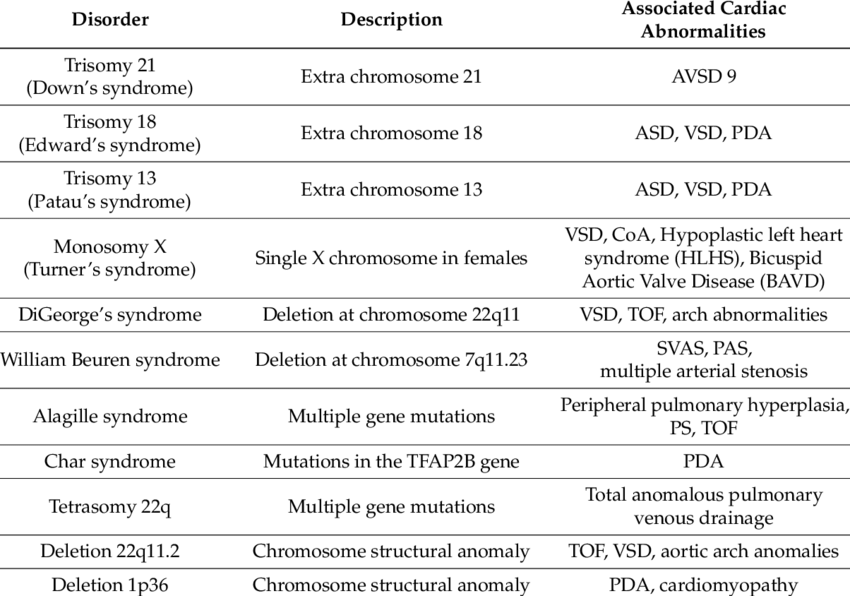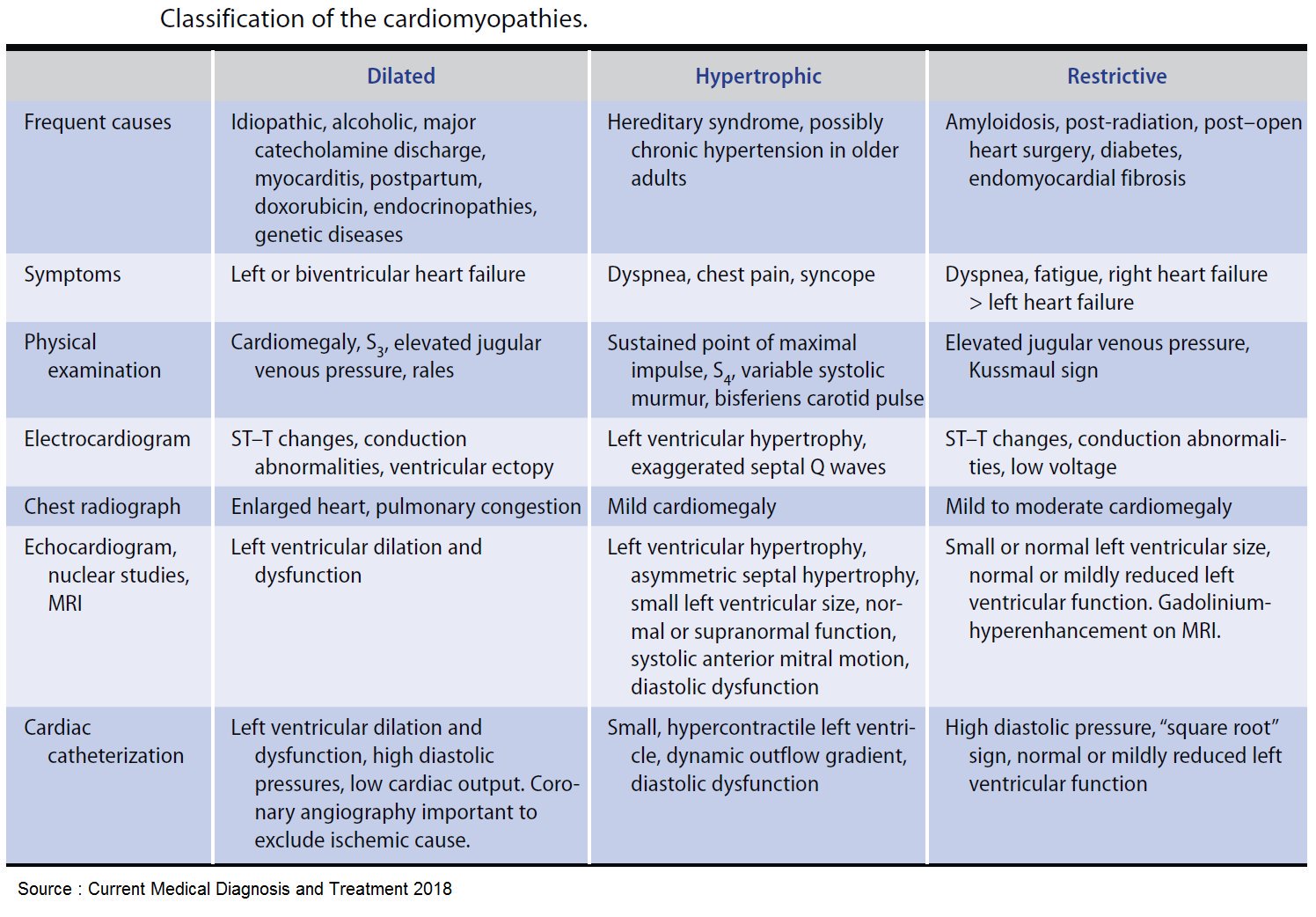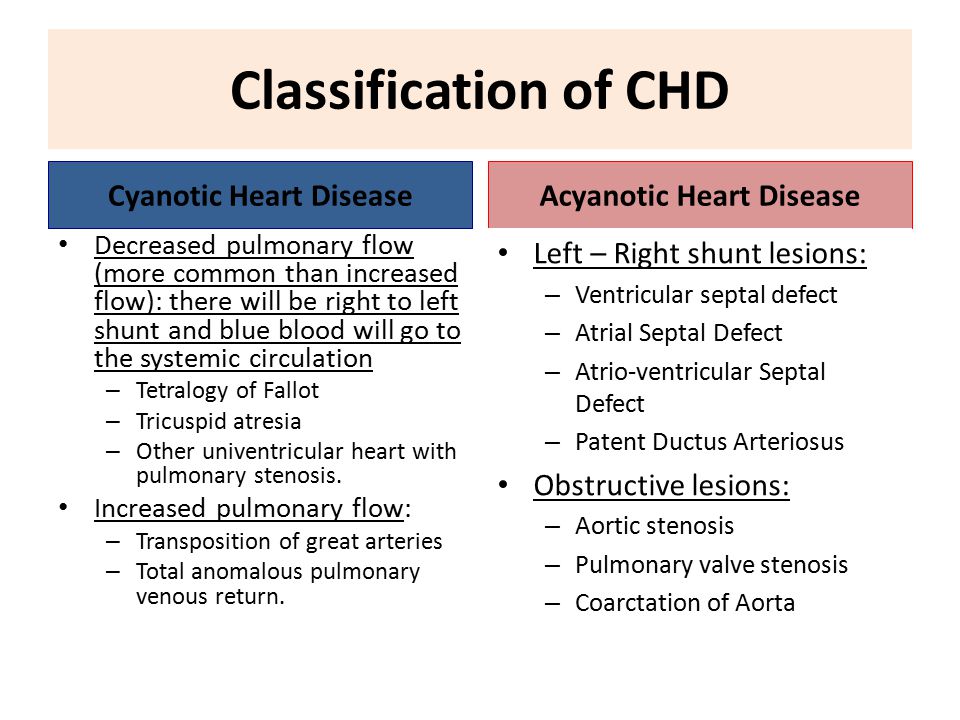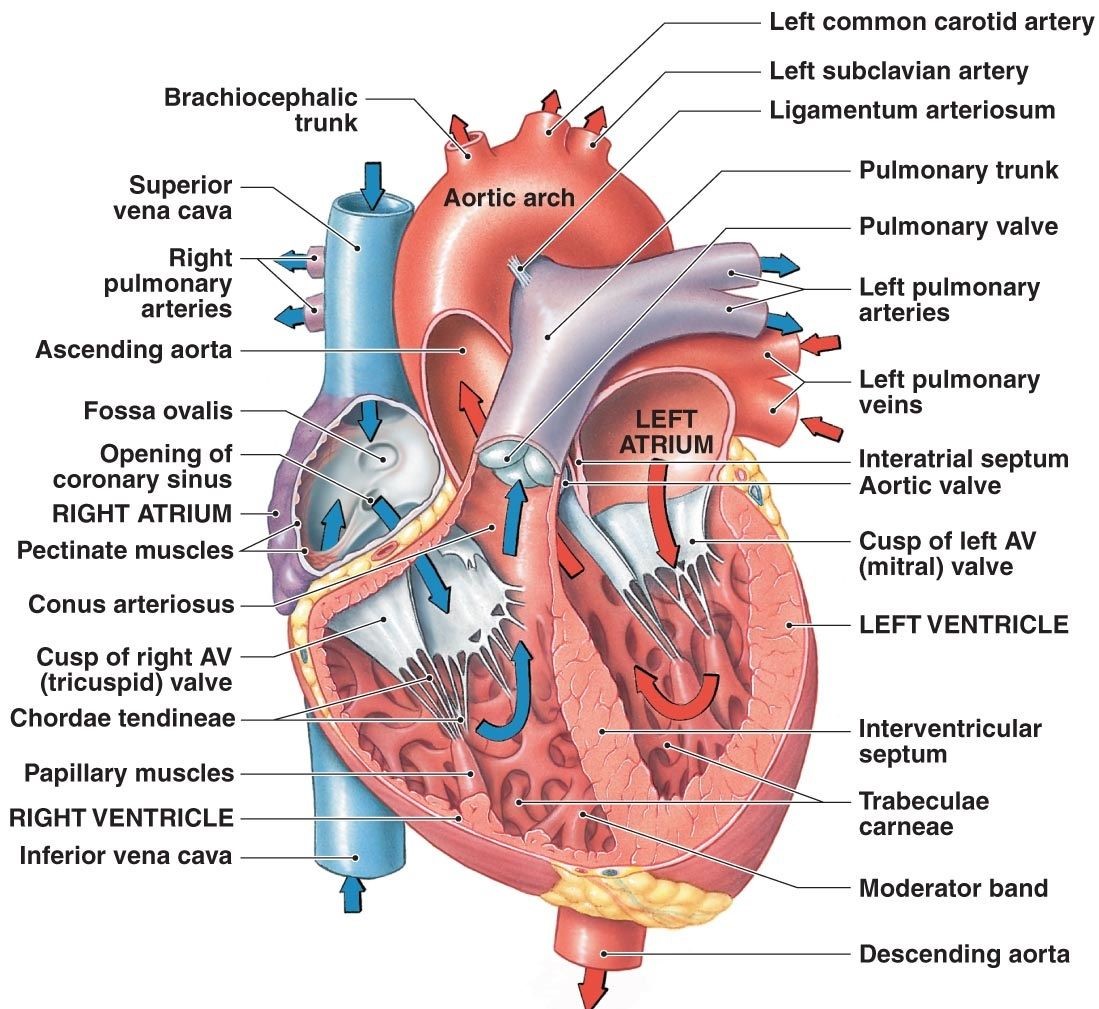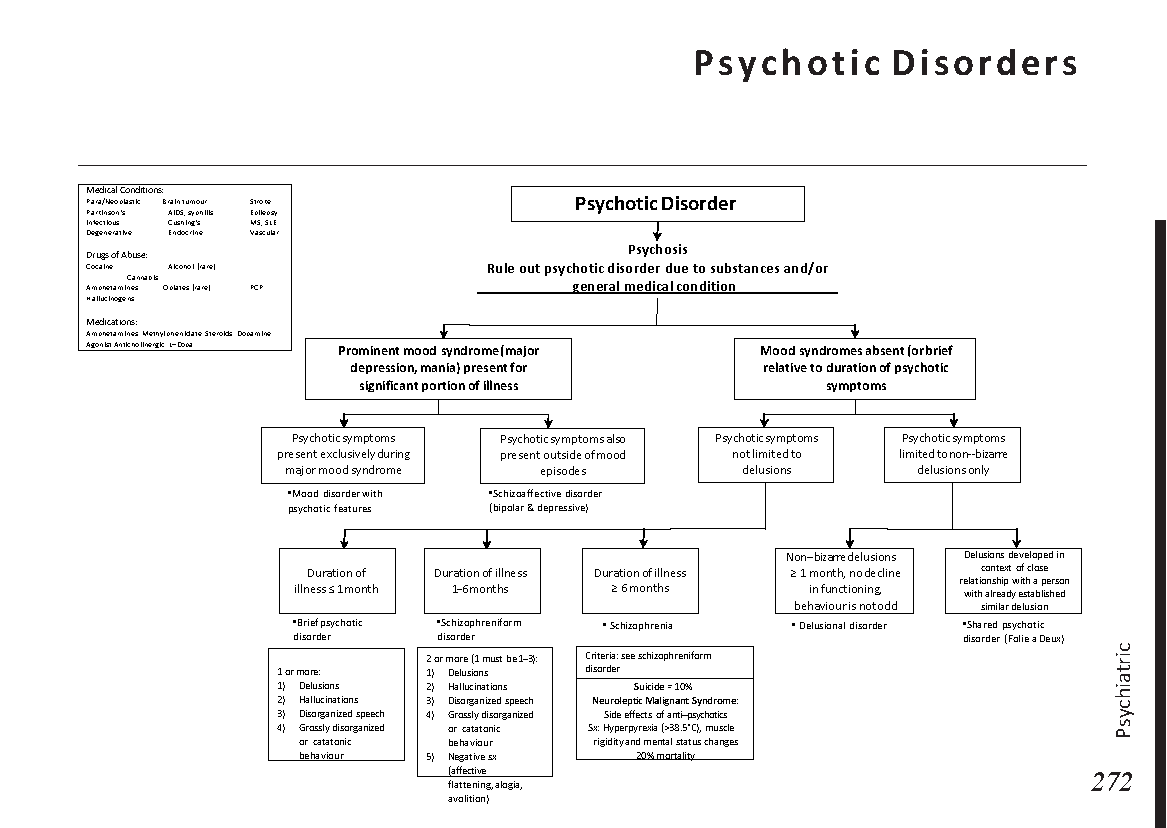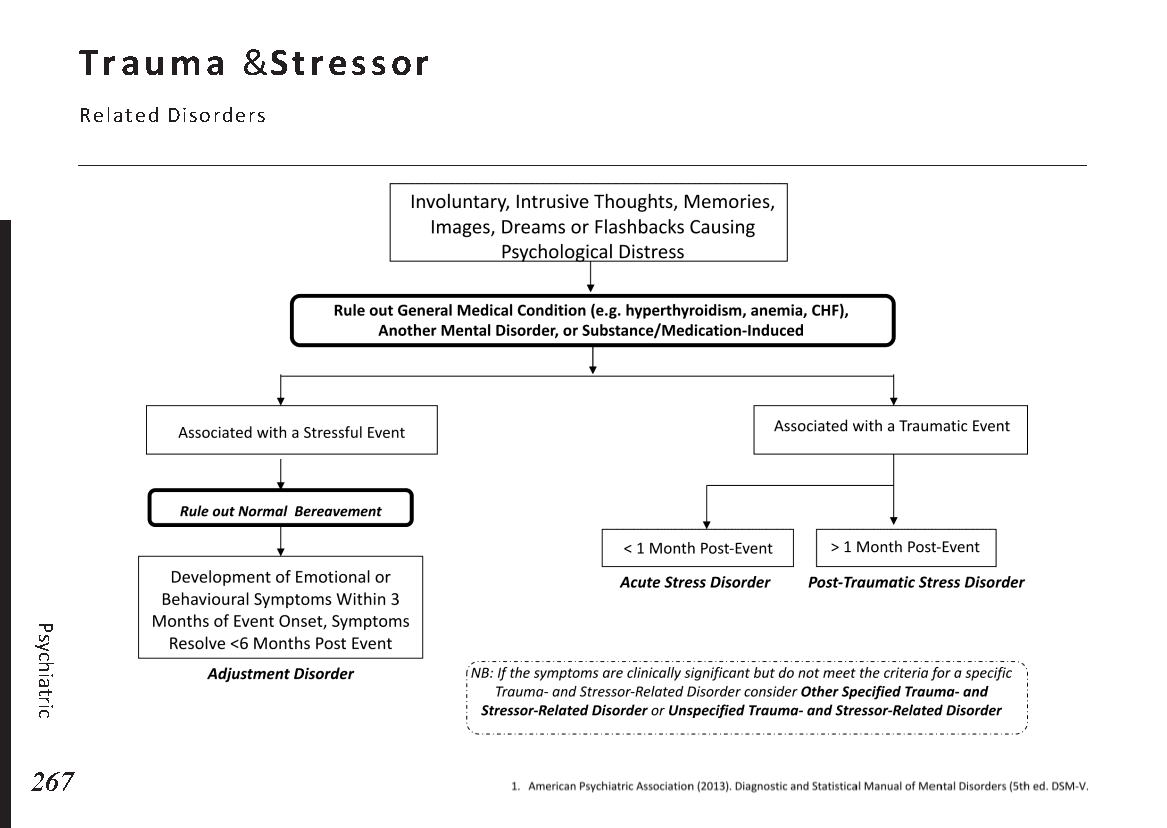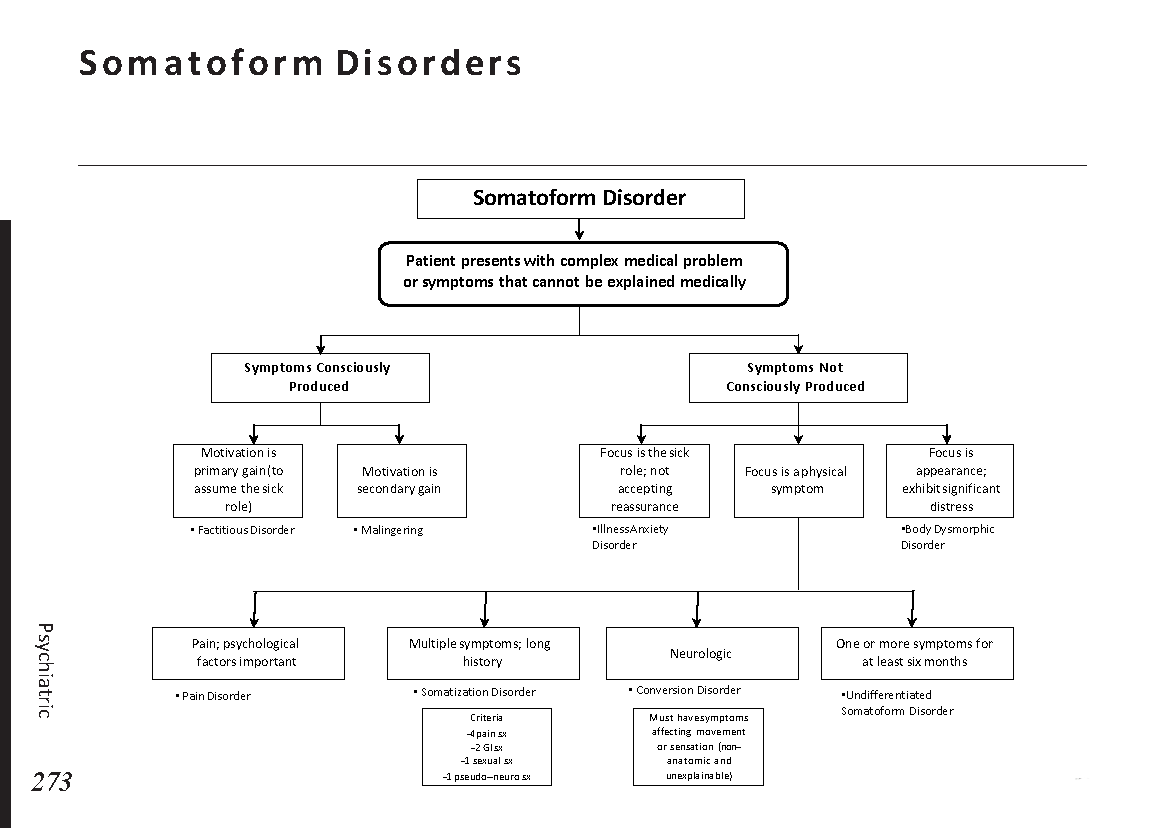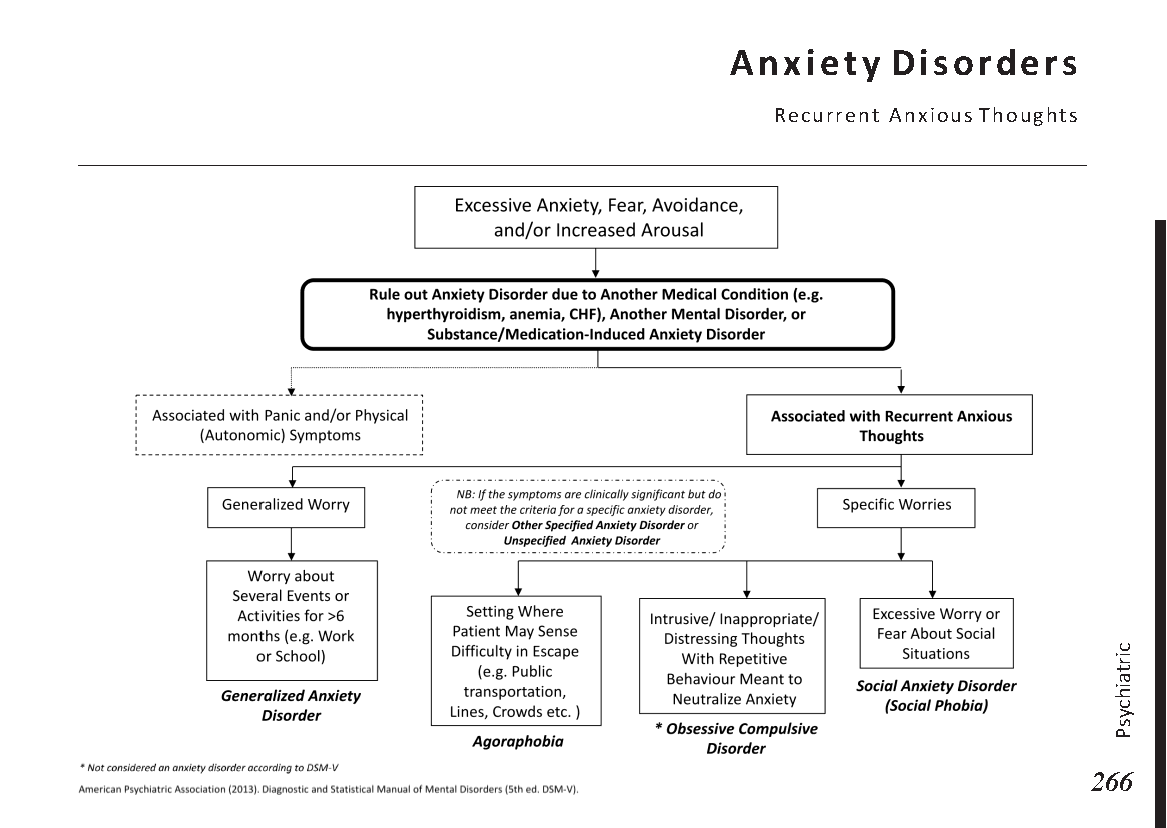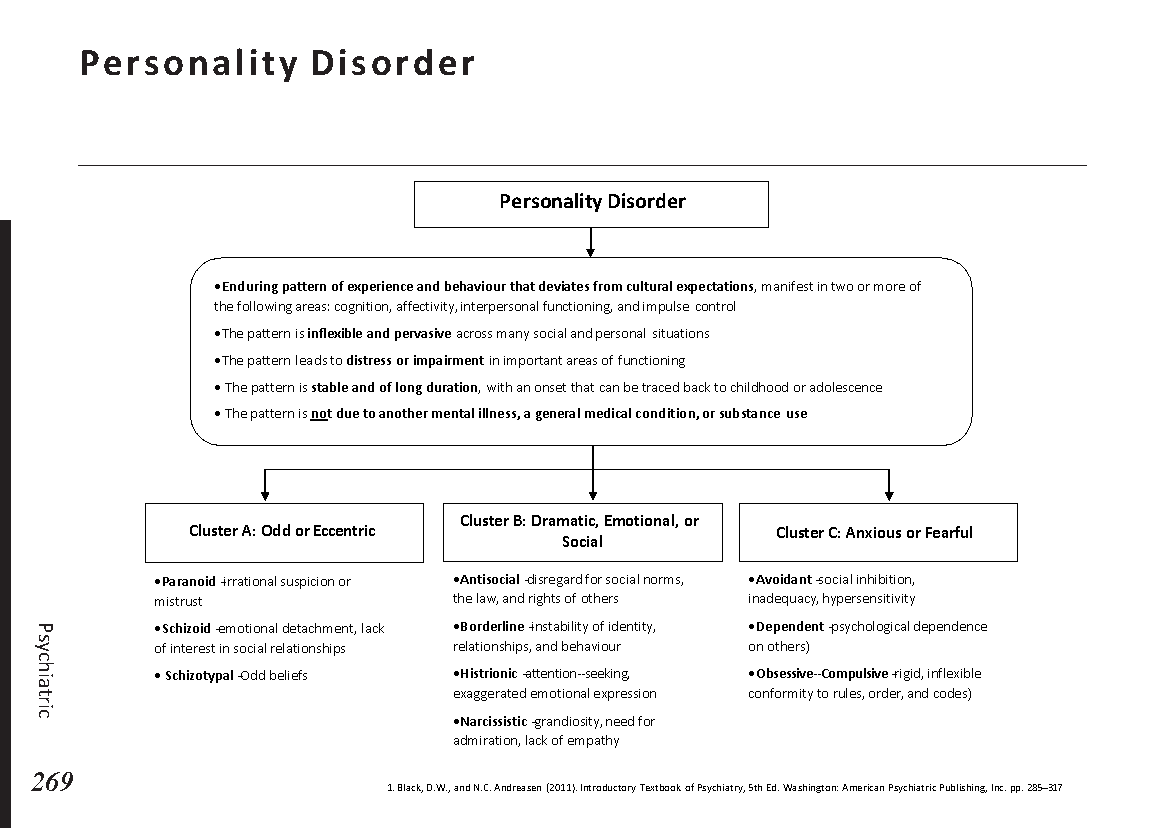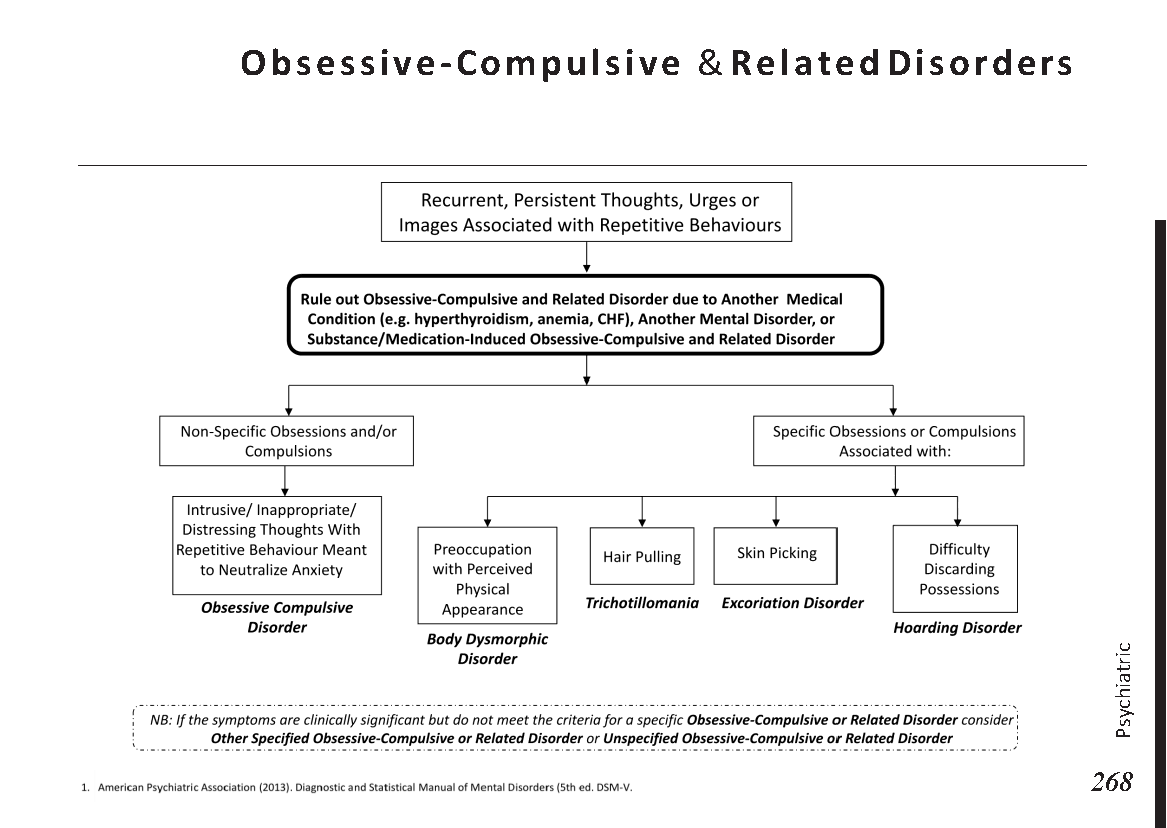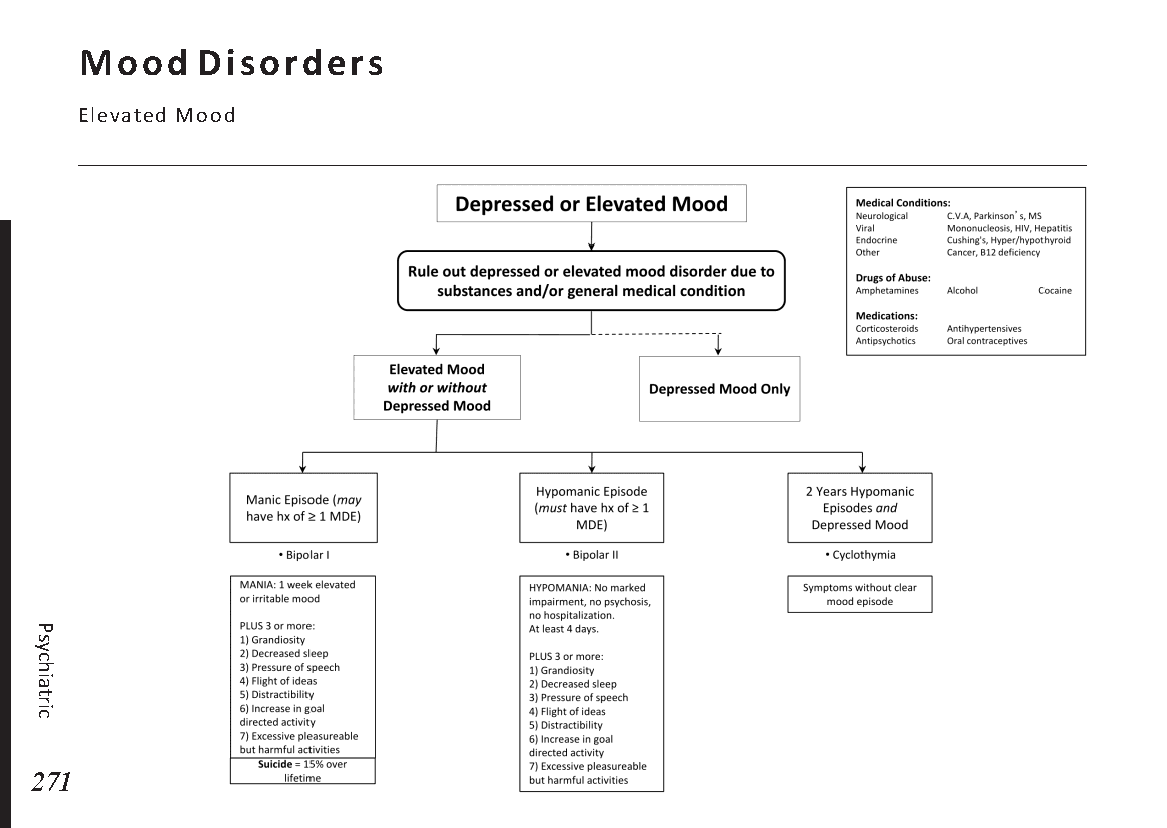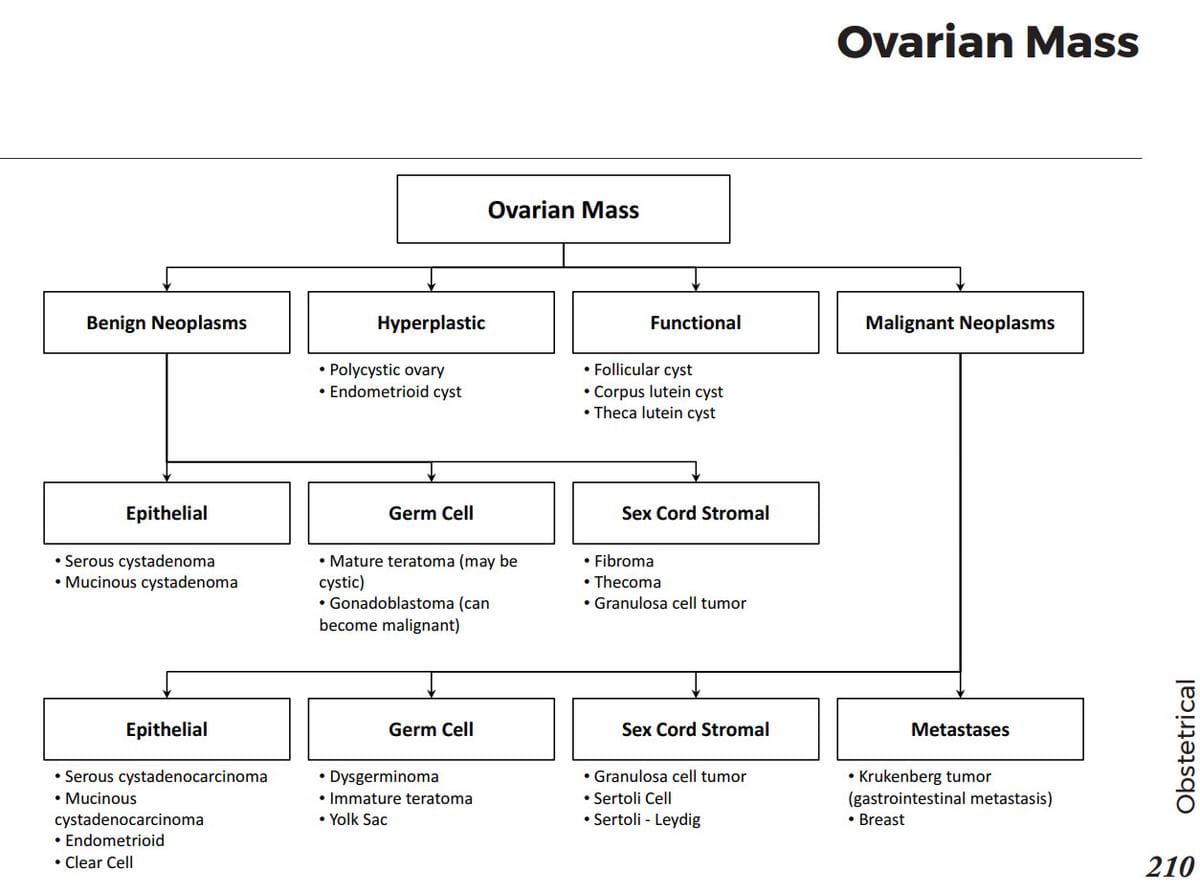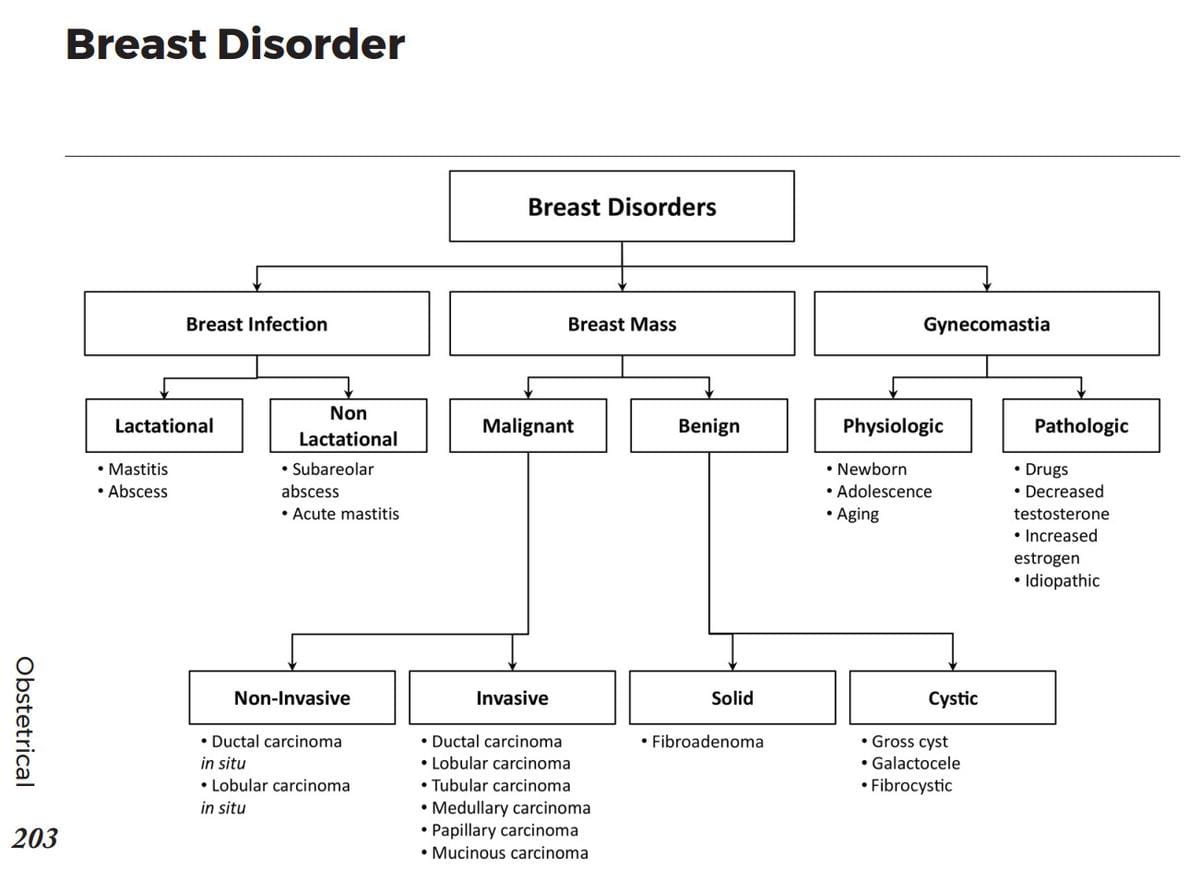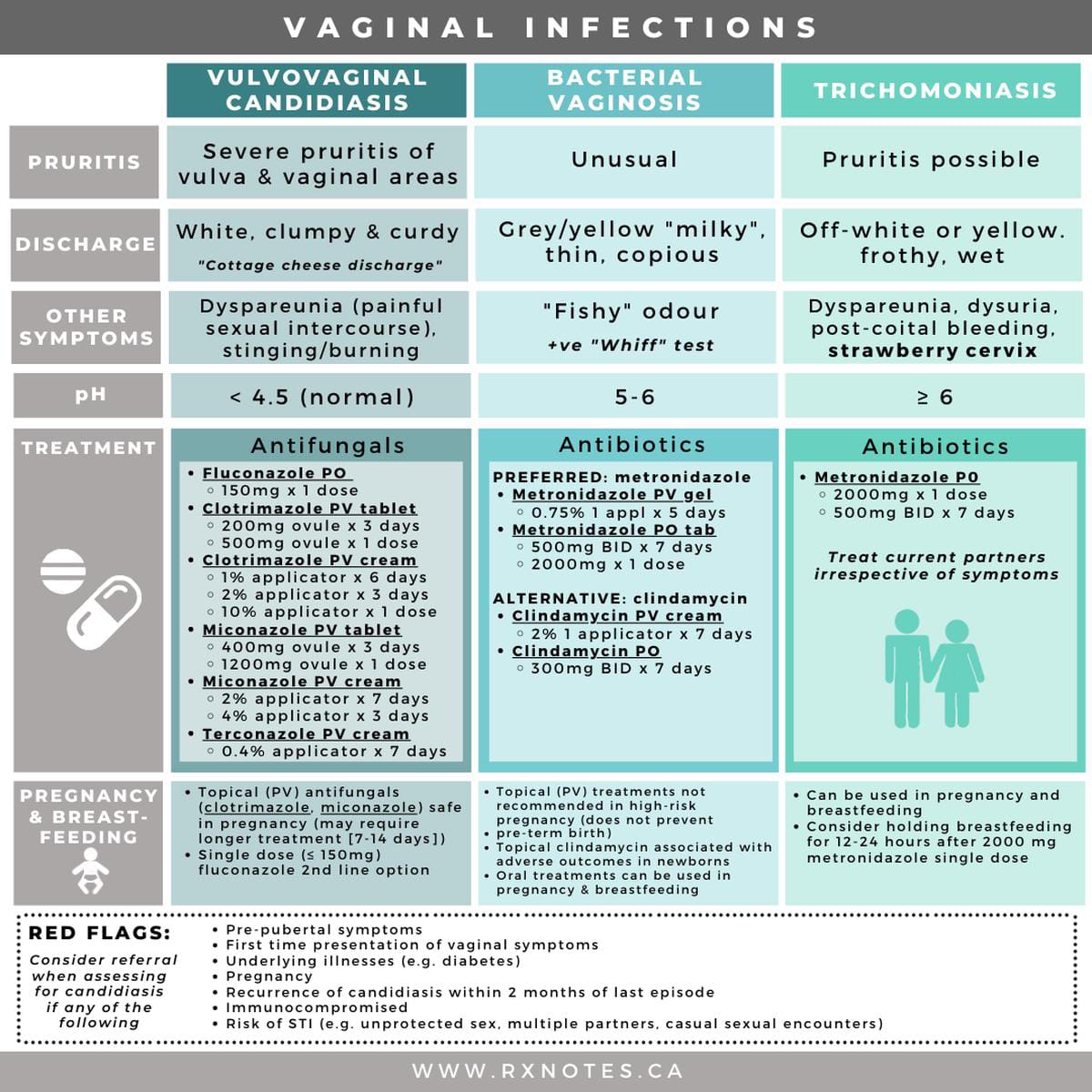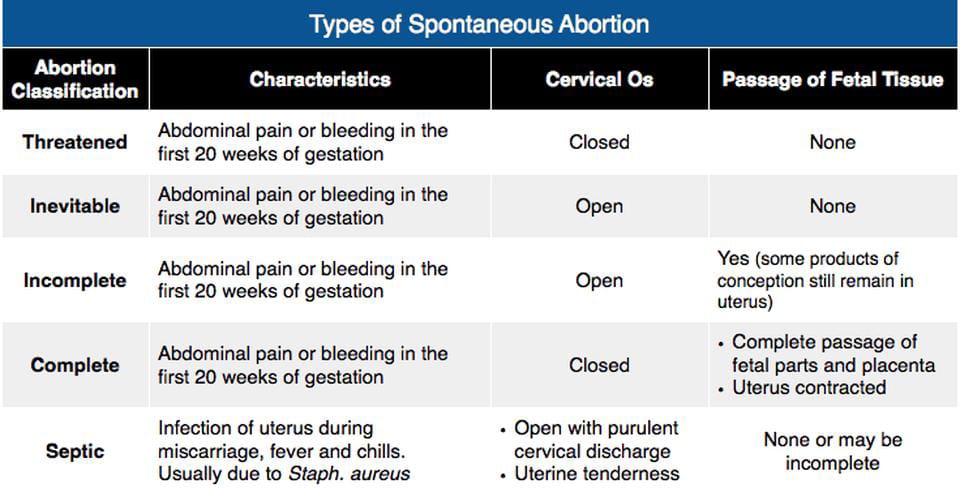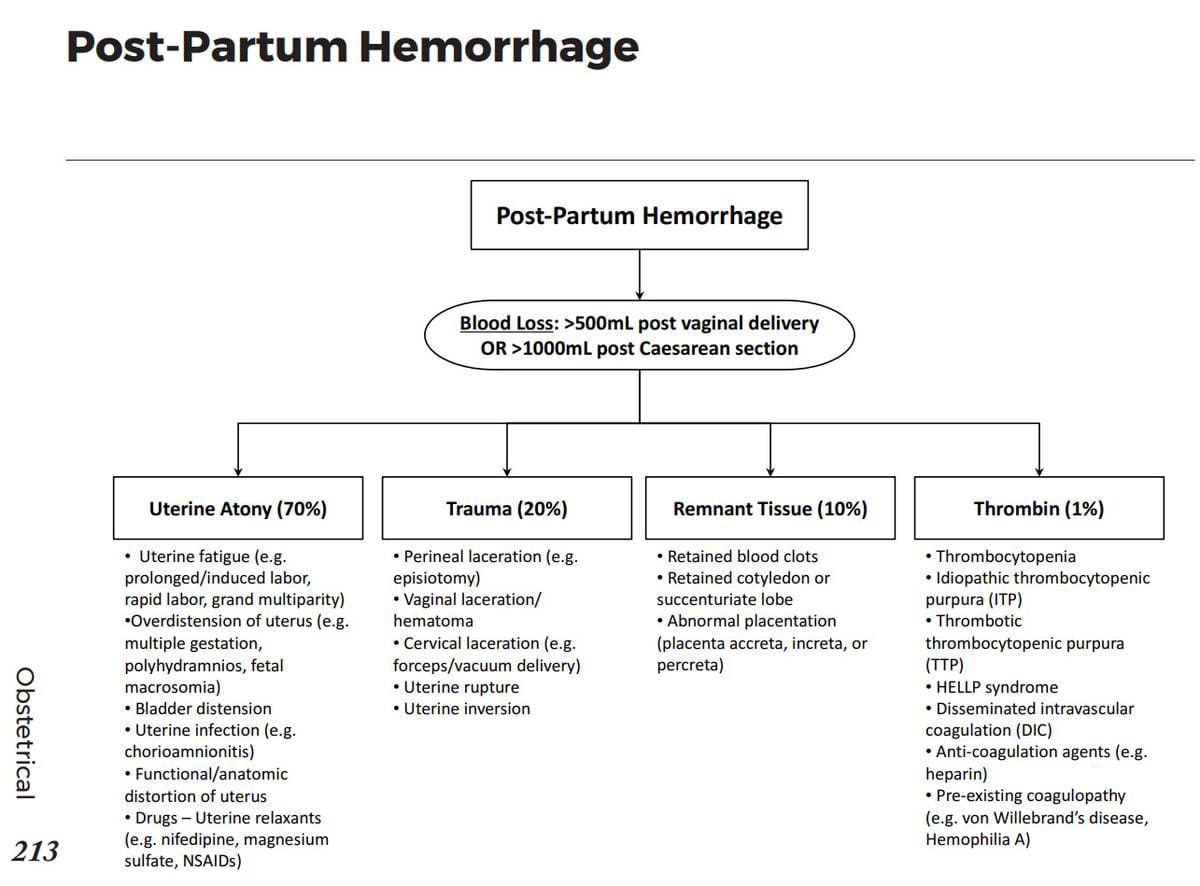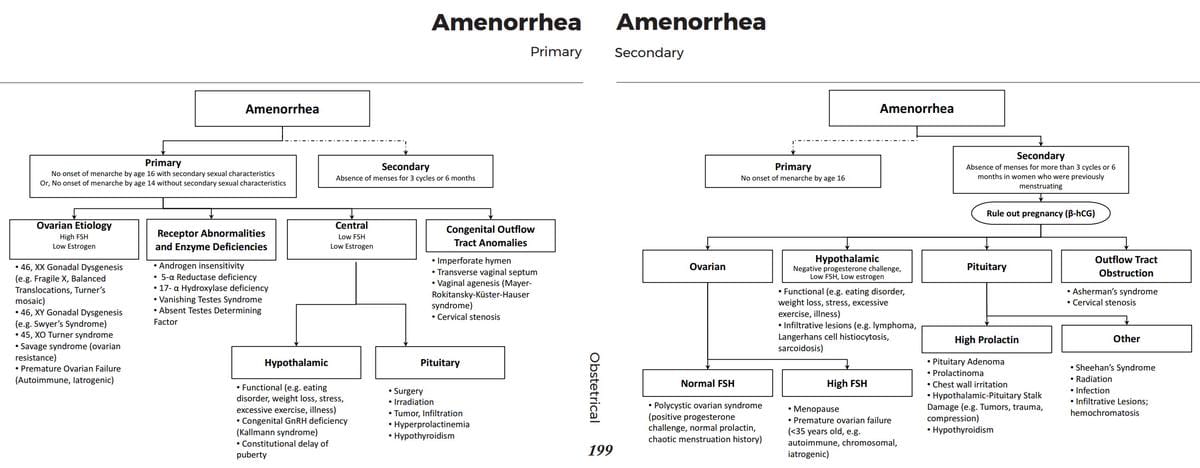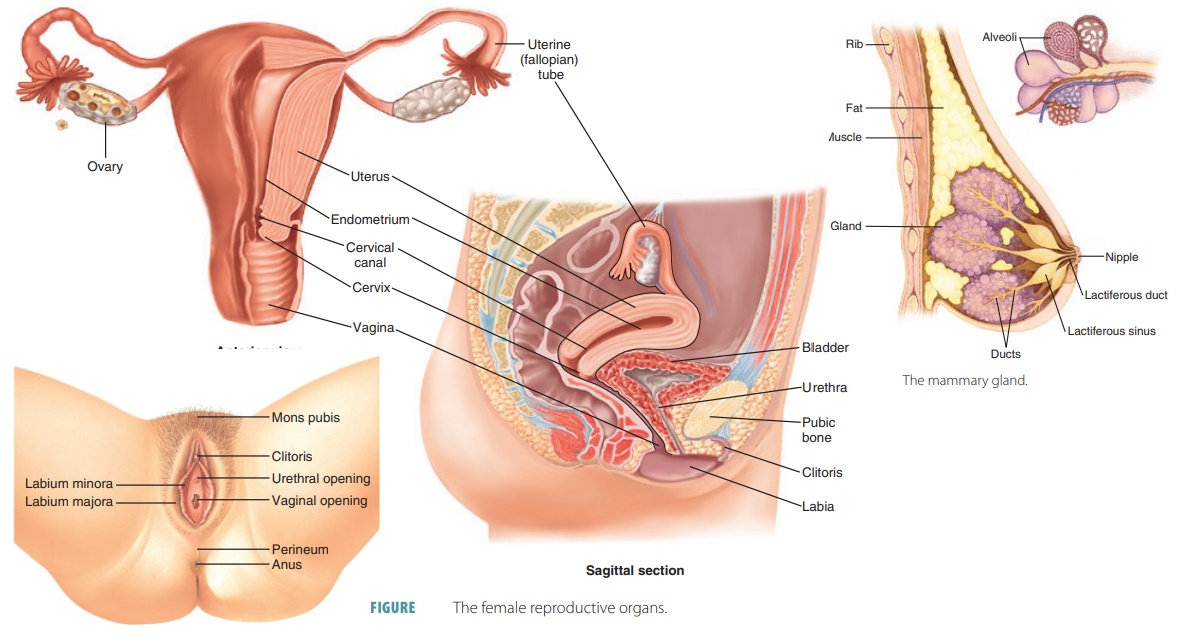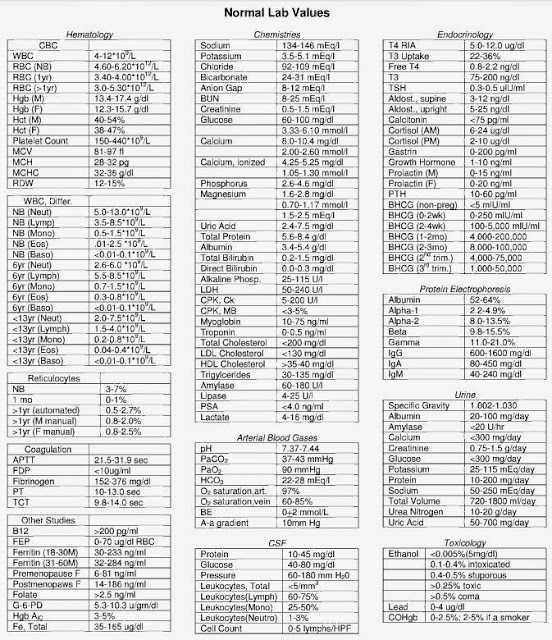Anatomy is the science of studying and understanding the structure and organization of the body. The art of medicine requires a strong foundation in the basic medical sciences, and anatomy is a keystone in that foundation. BRS gross anatomy is designed for medical, dental, graduate, physician associate, nursing, physical therapy, and other health science students. It is intended to help students prepare for the United States Medical Licensing Examination (USMLE), the National Board Dental Examination, as well as other board examinations for students in health related professions. It presents the essentials of human anatomy in the form of condensed descriptions and simple illustrations. The text is concisely outlined with related board-type questions following each section. An attempt has been made to include all board-relevant information without introducing a vast amount of material or entangling students in a web of details. Even though this book is in summary form, its content presents key elements of the full-text version with abundant clinical information. However, it is not intended to be used as a primary textbook for a comprehensive study of difficult concepts and fundamentals.


BRS Gross Anatomy PDF features:
- Four-Color Illustrations and Comprehensive Medical Art Illustrations are essential in helping students understand complex subjects, see anatomical structures, and recognize their functional and clinical traits. Many new figures and images have been added, and other illustrations have been redesigned or rearranged. Additionally, the inclusion of new four-color illustrations showcases greater artistic efforts, highlights the exquisite anatomical design of human tissues and organs, clarifies complex ideas, improves the quality and clarity of the images, and makes it easier to understand and quickly recall the text’s contents. The text contains a wealth of brand-new, vibrant illustrations, line drawings, and angiograms that help readers learn about anatomical structures and connect them to their functions and clinical applications.
- Clinical Correlations Expanded and Updated By connecting fundamental anatomy to real-world medical practice, clinical correlations highlight how important anatomical knowledge is. They are made to test the pupil, improve understanding of anatomy, and promote information assimilation. The clinical correlates are positioned in the text at the appropriate points and are set in boxes. There have been a lot of clinical correlation boxes that have been updated, consolidated, or reorganized.
- High-Yield Subjects with Chapter Summary One of the most significant features of the new version is the presentation of high-yield topics with chapter summaries at the end of each chapter. These enable students to acquire a foundational understanding of anatomy, as well as problem-solving abilities, critical thinking, and the integration of fundamental anatomical and clinical principles. The high-yield themes aid in the most effective learning and comprehension, speedy review and memory of critical knowledge, reinforcement of key ideas, and identification of the topics most likely to be tested in course exams as well as state and national board exams.
- Each Chapter’s Review Test is at the End. The chapter review tests include questions and answers that correspond to the current USMLE format and the standards established by the National Board of Medical Examiners. The exercises examine the students’ understanding of fundamental anatomical concepts, their capacity to interpret their findings, and their ability to use their knowledge to address clinical situations. Because their primary utility is founded on the link between anatomy and clinical medicine, clinically oriented questions and applications have thus greatly risen. Numerous test questions have been changed and redone, and more questions about embryology have been added. They revolve on a real-world clinical scenario that calls for in-depth anatomic knowledge, analytical abilities, and clinical applications. Explanations are given for both the right and wrong answers.
- Comprehensive Analysis The comprehensive examination is located, as before, at the end of the book. It helps students prepare for the course final as well as state and national board exams by detecting specific knowledge gaps, filling them in, and serving as an independent study, review resource, and self-assessment tool. The authors hope that those who use this book to learn about and teach basic and clinical anatomy will provide feedback in the form of comments, constructive criticism, and helpful recommendations.
What’s new BRS Gross anatomy 8th edition?
The new eighth edition begins with a brief introduction to the skeletal, muscular, nervous, circulatory, and organ systems. The introductory chapter is followed by chapters on regional anatomy. These include the introduction, back, thorax, abdomen, perineum and pelvis, lower limb, upper limb, head and neck, and cranial and autonomic nerves of the head and neck. The cranial and autonomic nerves are separated from the head and neck chapter and are described more extensively with high-quality illustrations to facilitate thorough understanding of cranial and autonomic nerve functions and memory retention of information. Once more, anatomy forms a foundation of clinical medicine and surgery and is a visual science of human structures. Thus, the success of learning and understanding largely depends on the quality of dissection and on clear, accurate illustrations. Many of the illustrations are simple schematic drawings, which are used to enhance the student’s understanding of the descriptive text. A few of the illustrations are more complex, attempting to exhibit important anatomic relations. The considerable number of tables of muscles will prove particularly useful as a summary and review. In addition, the high-yield topics at the end of each chapter emphasize more important facts of anatomy and clinical medicine. These include numerous concise charts for the cranial nerves and their lesions, autonomic nerve functions, summary charts for muscle innervation and action, autonomic ganglia, and foramina of the skull and their contents in order to highlight pertinent aspects of the body system.
Test questions at the end of each chapter emphasize important information and lead to a better understanding of the material. These questions also serve as a self-evaluation to help the student uncover areas of weakness. Answers and explanations are provided after the questions.
BRS Gross anatomy 8th edition PDF Download lnk:
Disclaimer:
This site complies with DMCA Digital Copyright Laws. Please bear in mind that we do not own copyrights to any Book Found in our library. We are not hosting any copyrighted contents on our servers, it’s a catalog of links that already found on the internet. medicogenic.com have only links to books that are taken from other sites on the web are published and these links are unrelated to the book server. No illegal copies are made or any copyright © and/or copyright is damaged or infringed since all material is free on the internet. Check out our DMCA Policy. If you feel that we have violated your copyrights, then please contact us immediately. We’re sharing this with our audience ONLY for educational purpose and we highly encourage our visitors to purchase original licensed software/Books. If someone with copyrights wants us to remove this software/Book, please contact us. immediately.
This article was written by Hashem Khdour, Medical Doctor and the founder of Medicogenic medicine learning & health website

